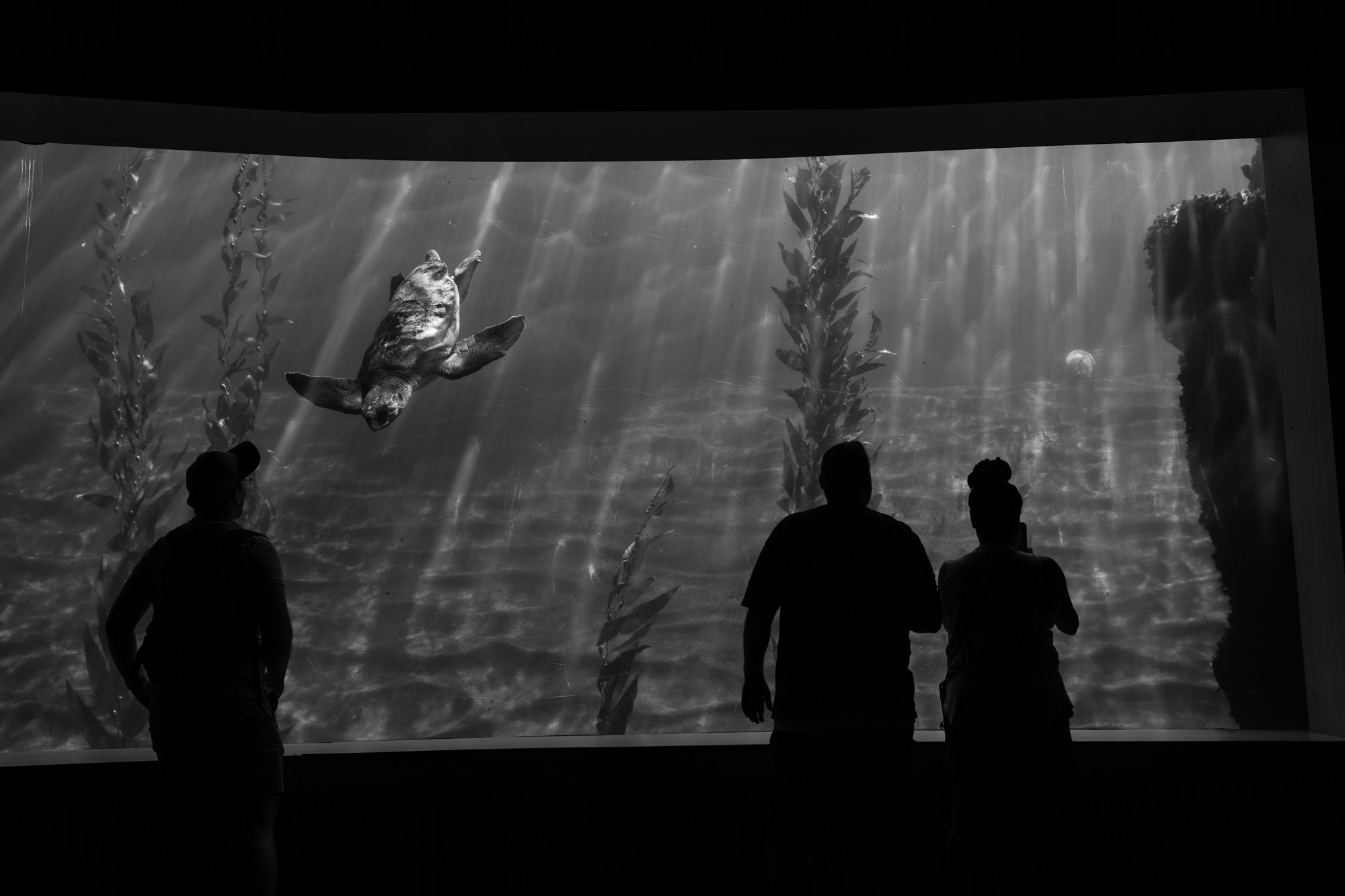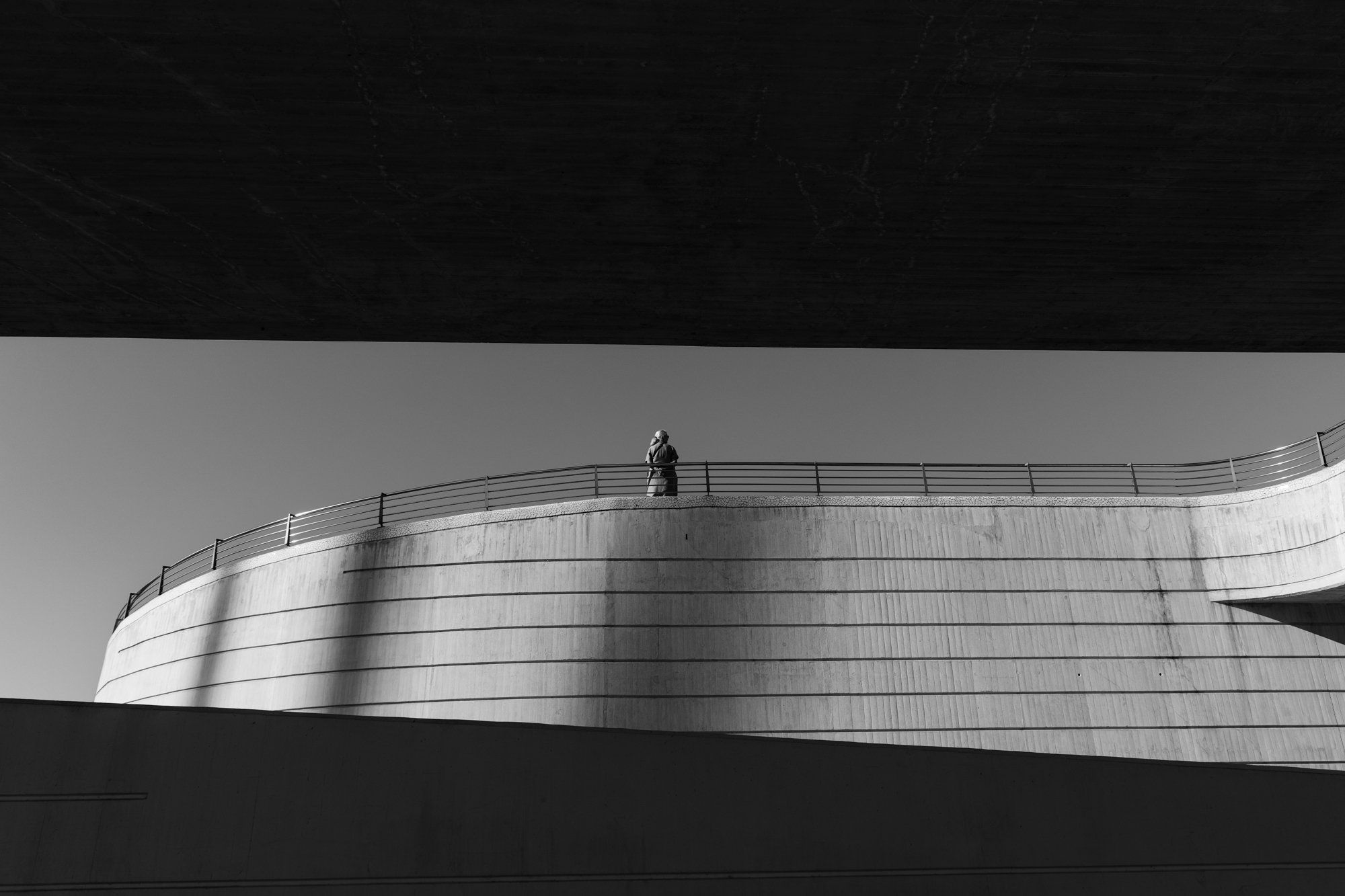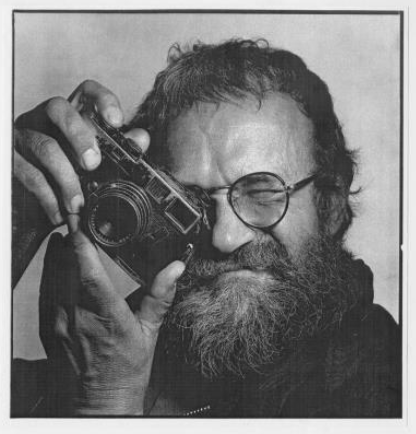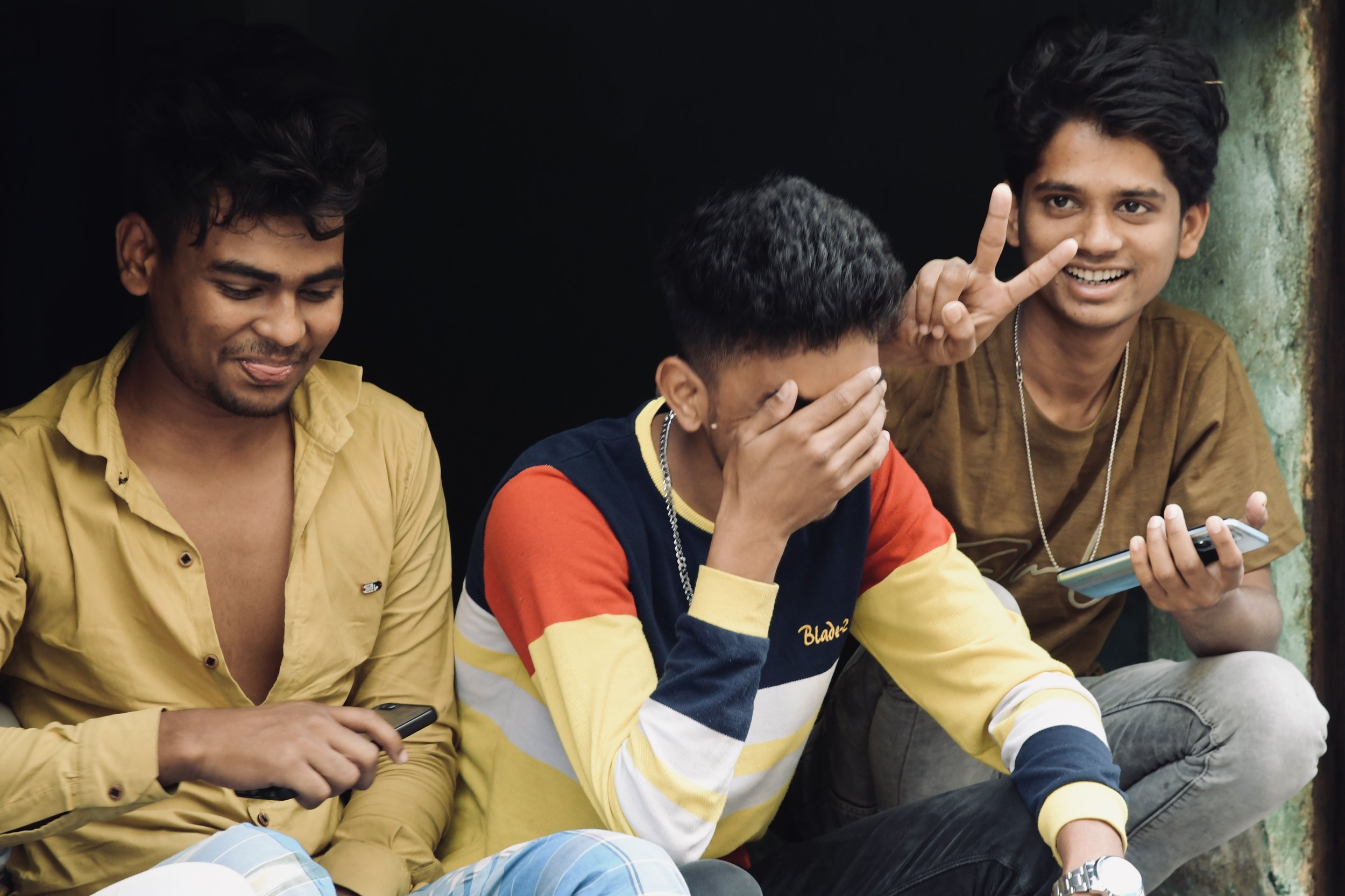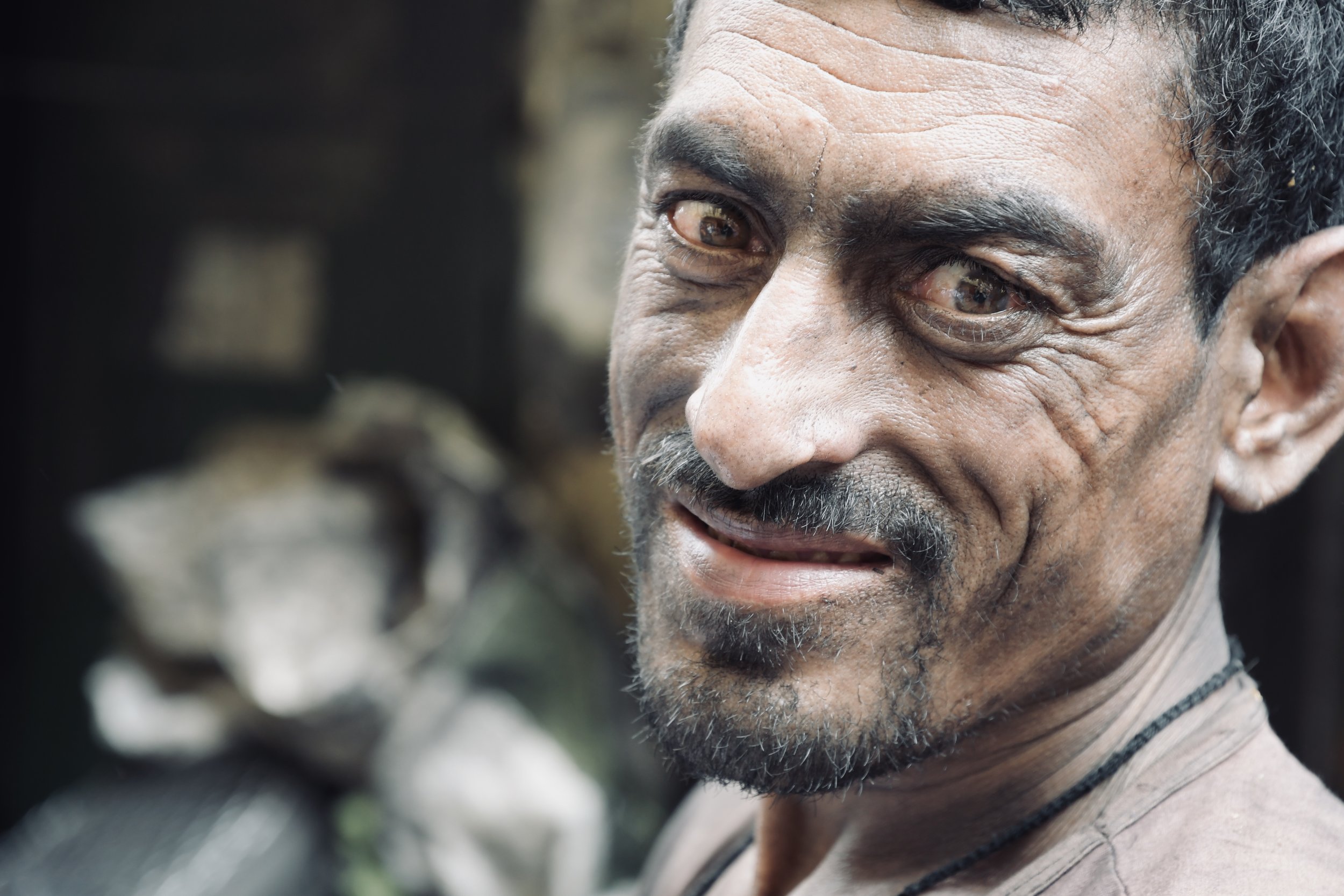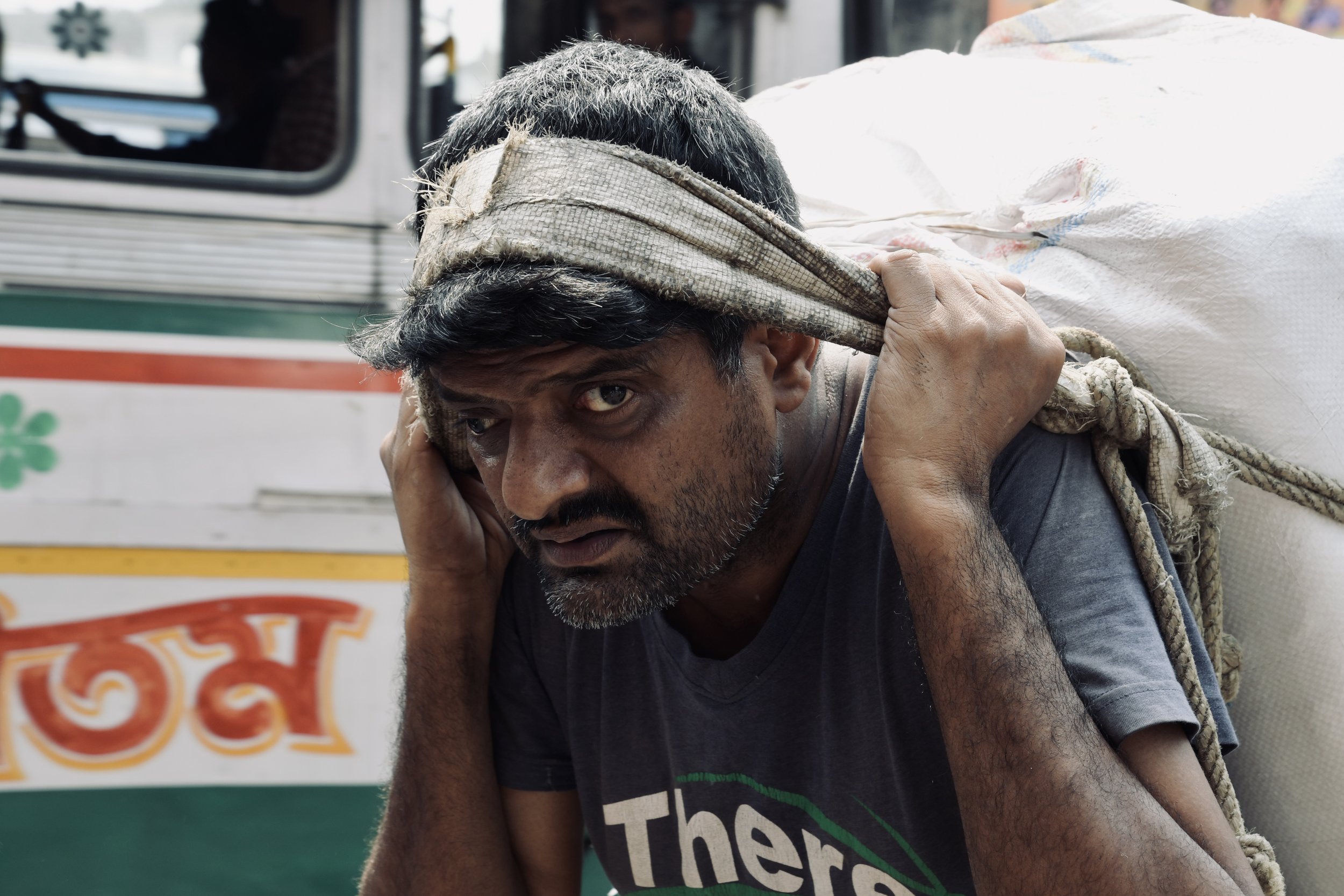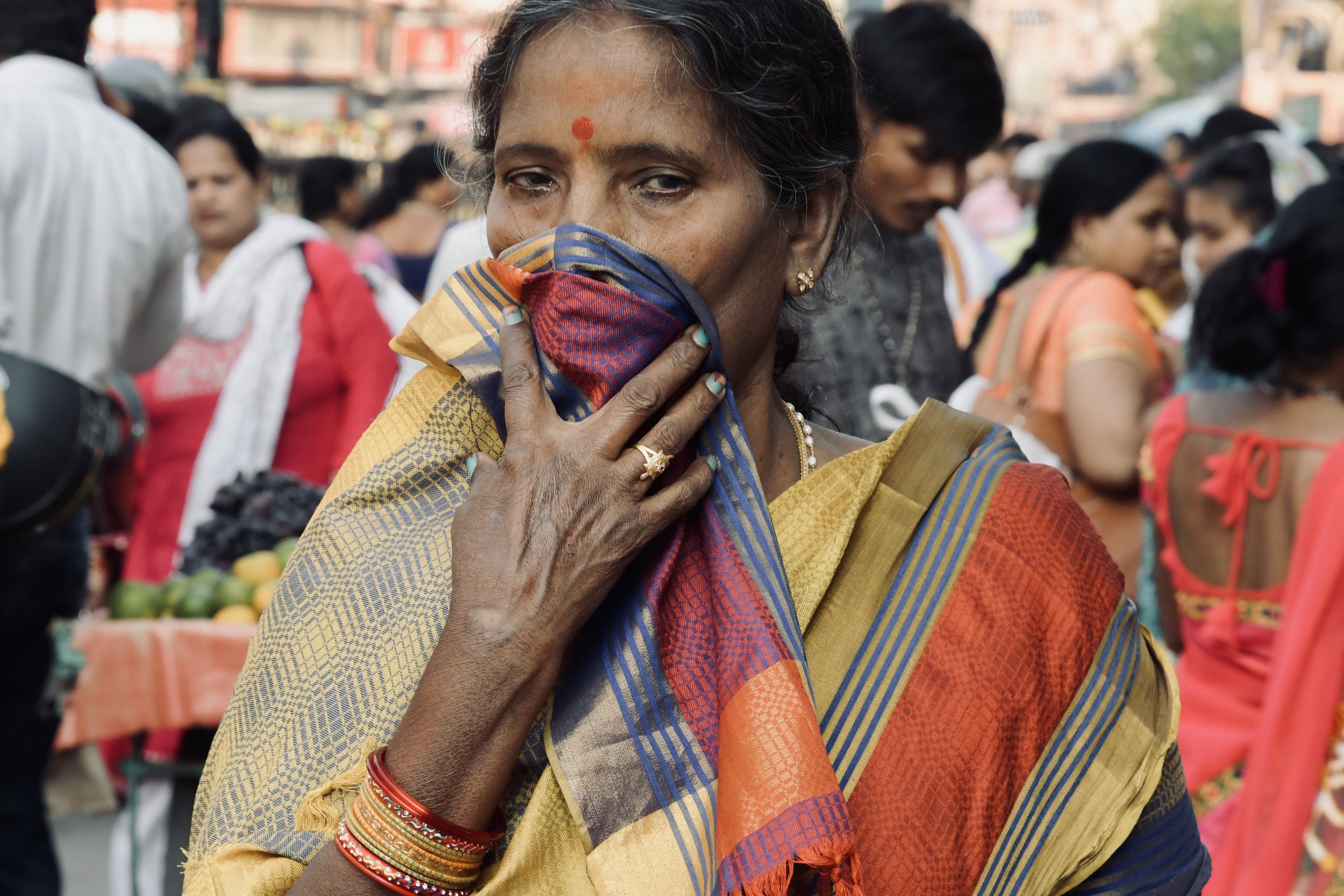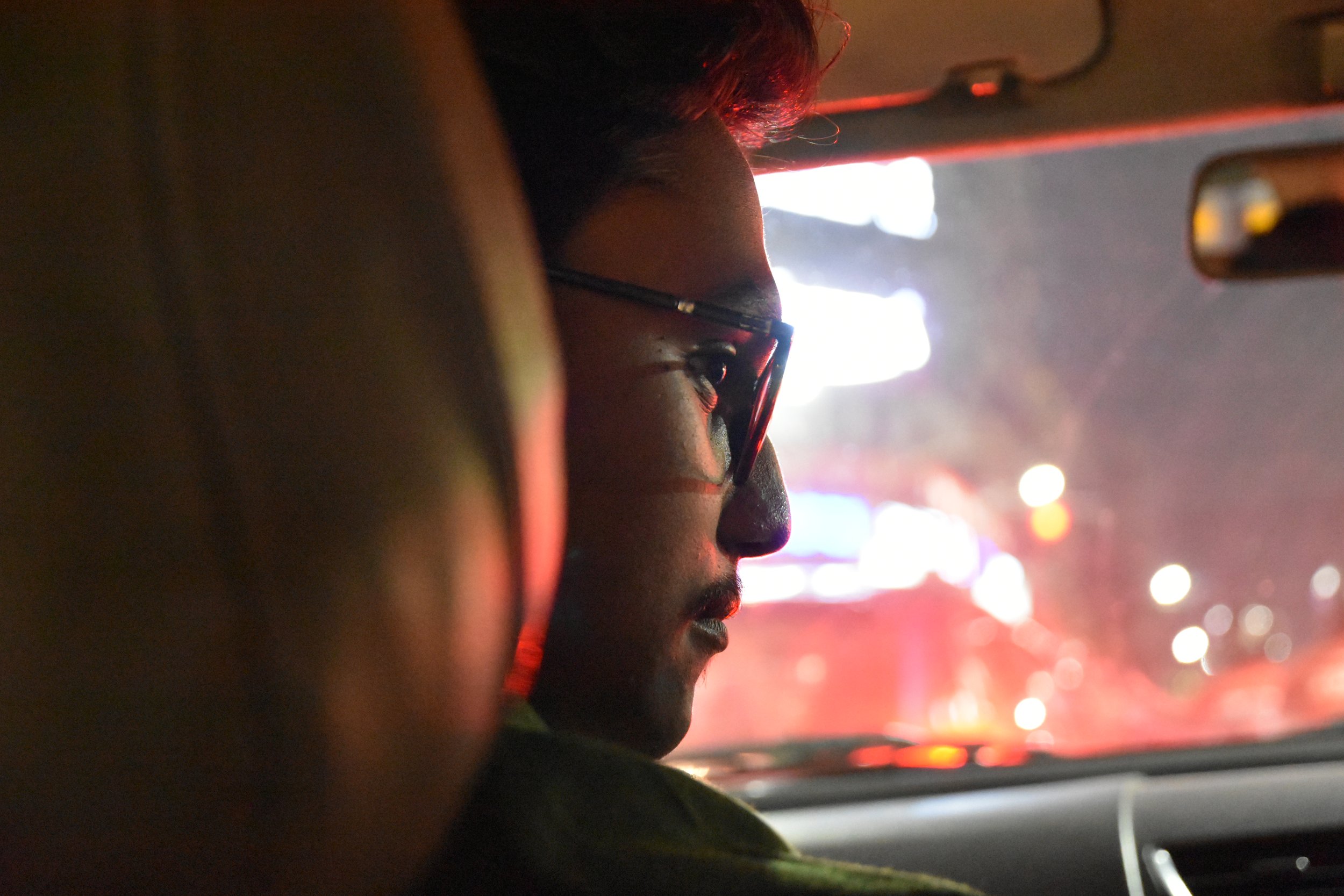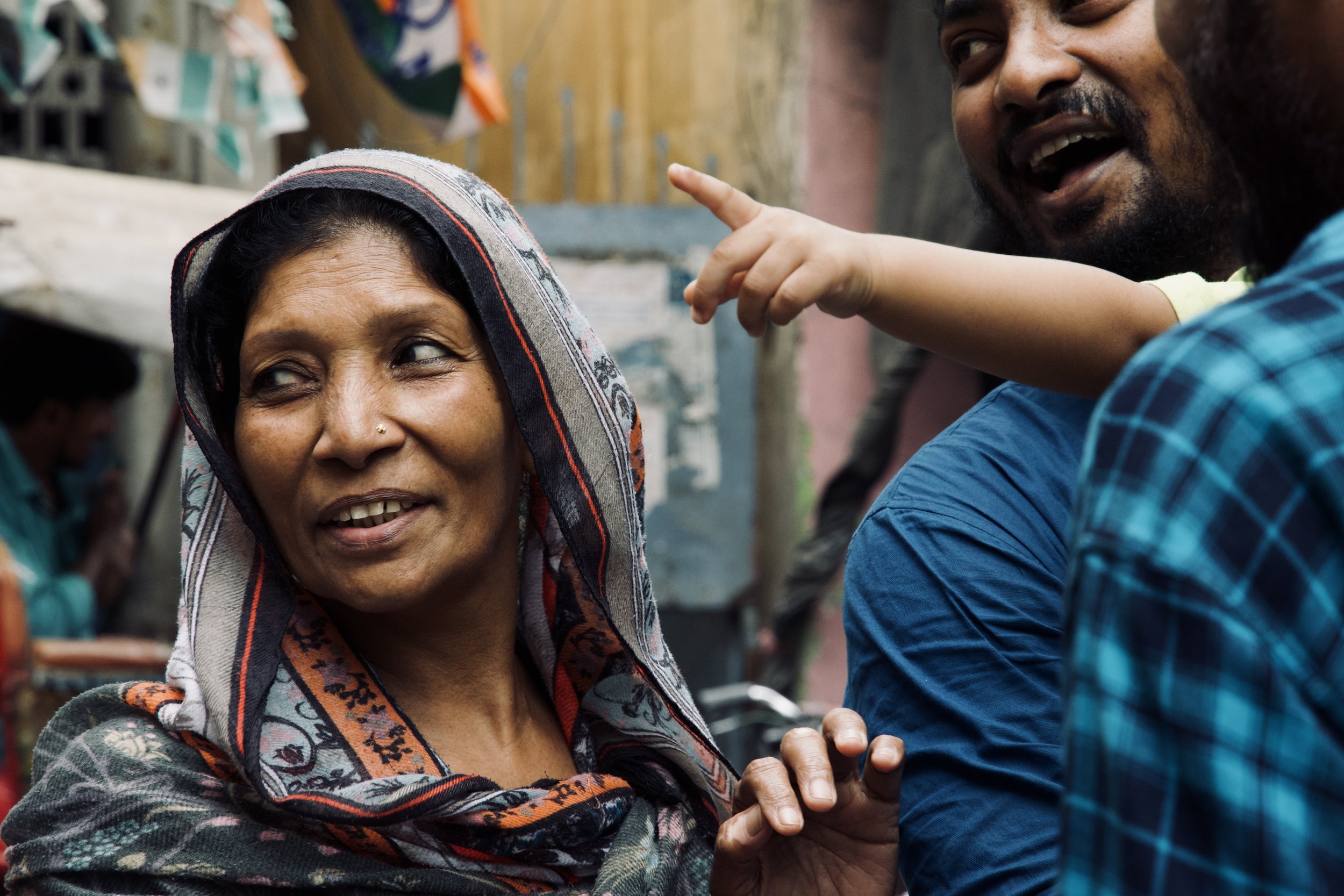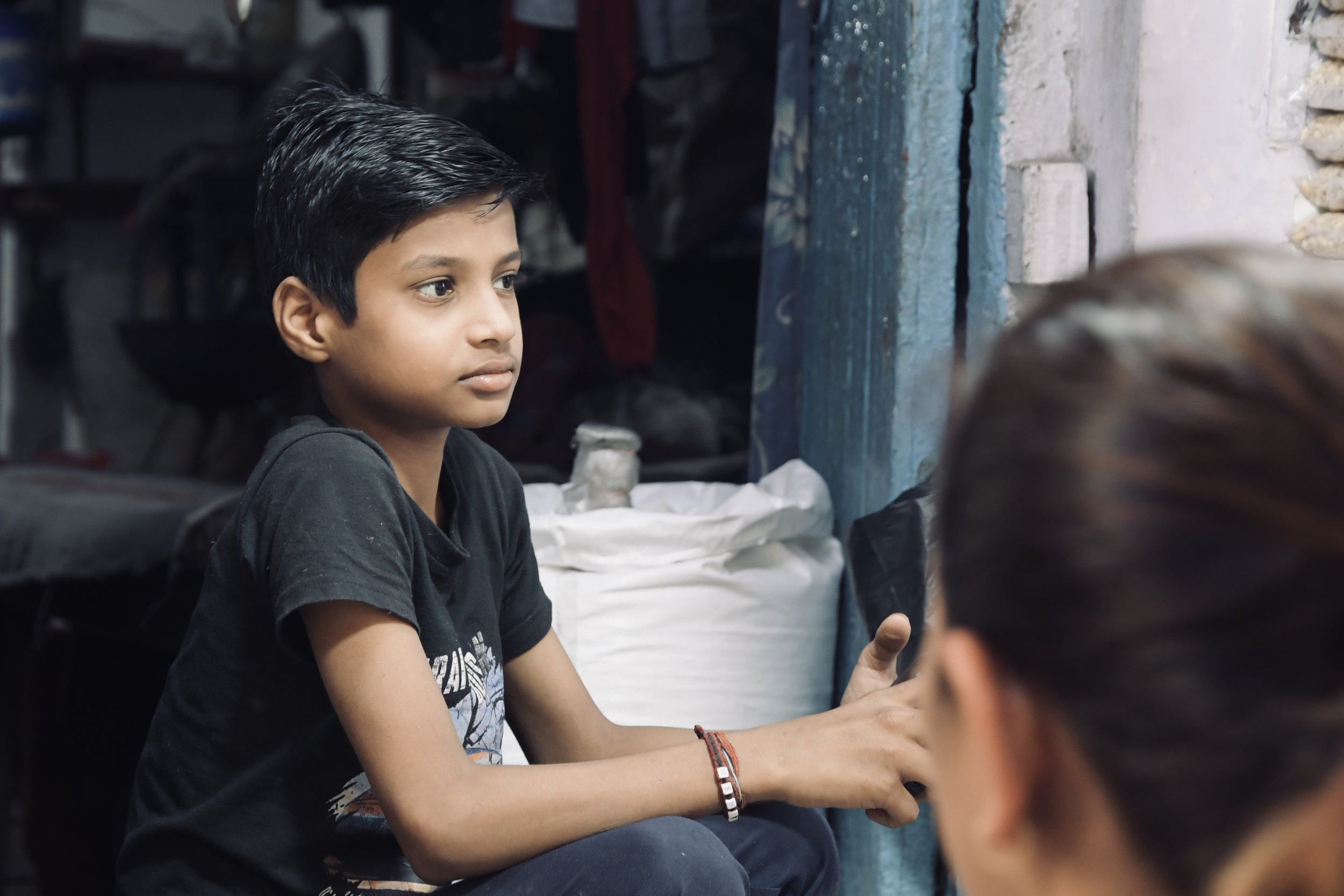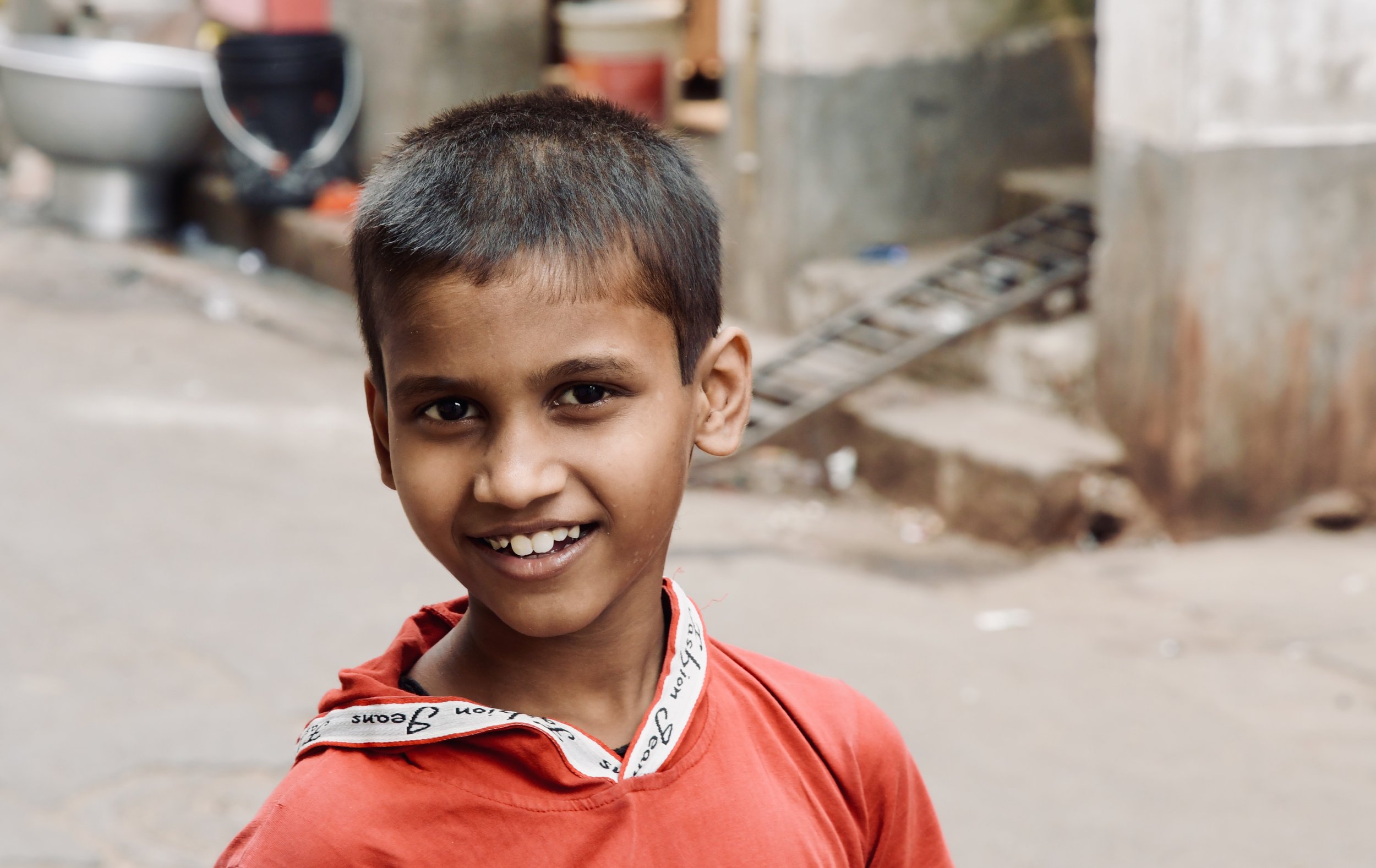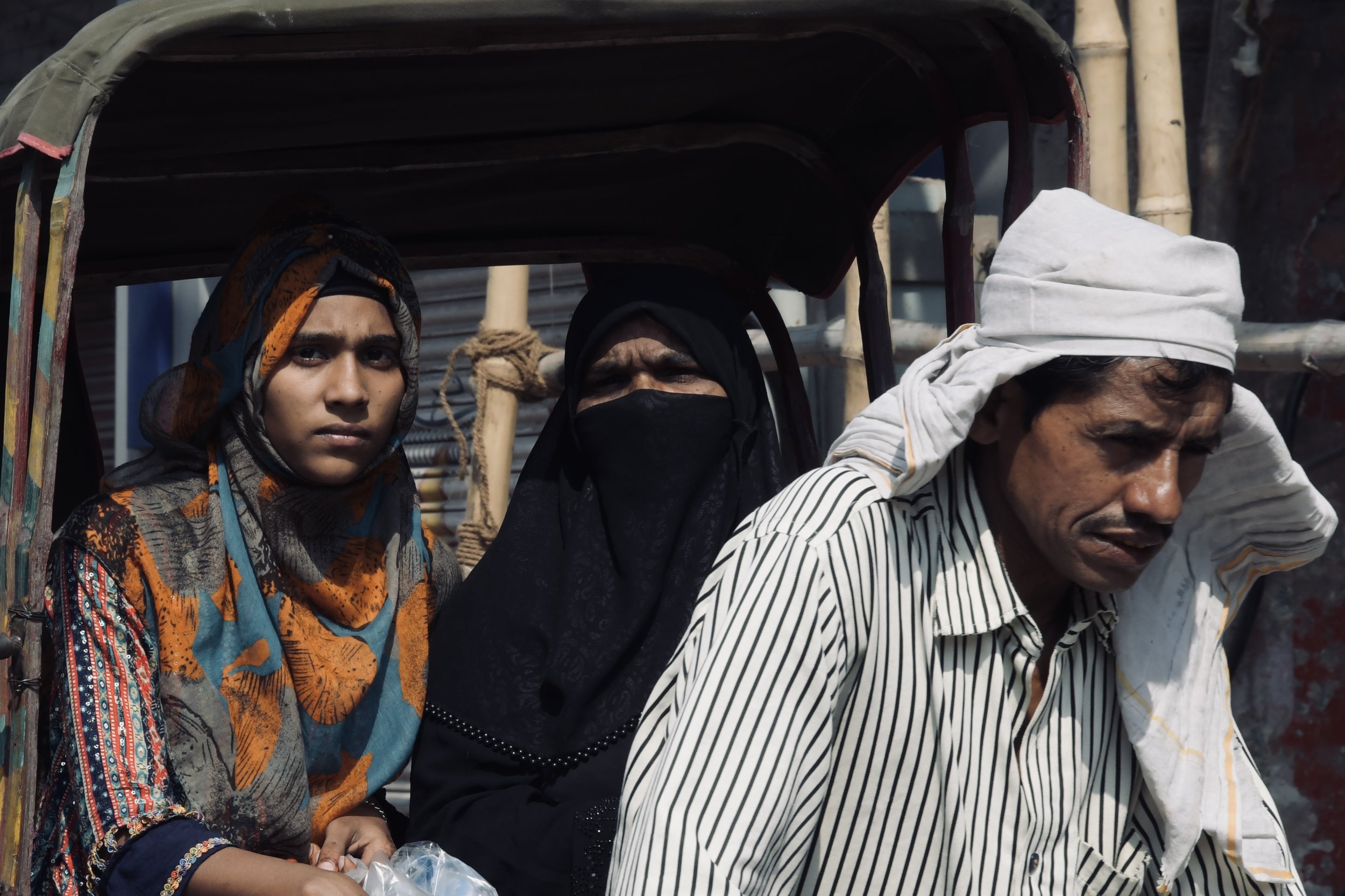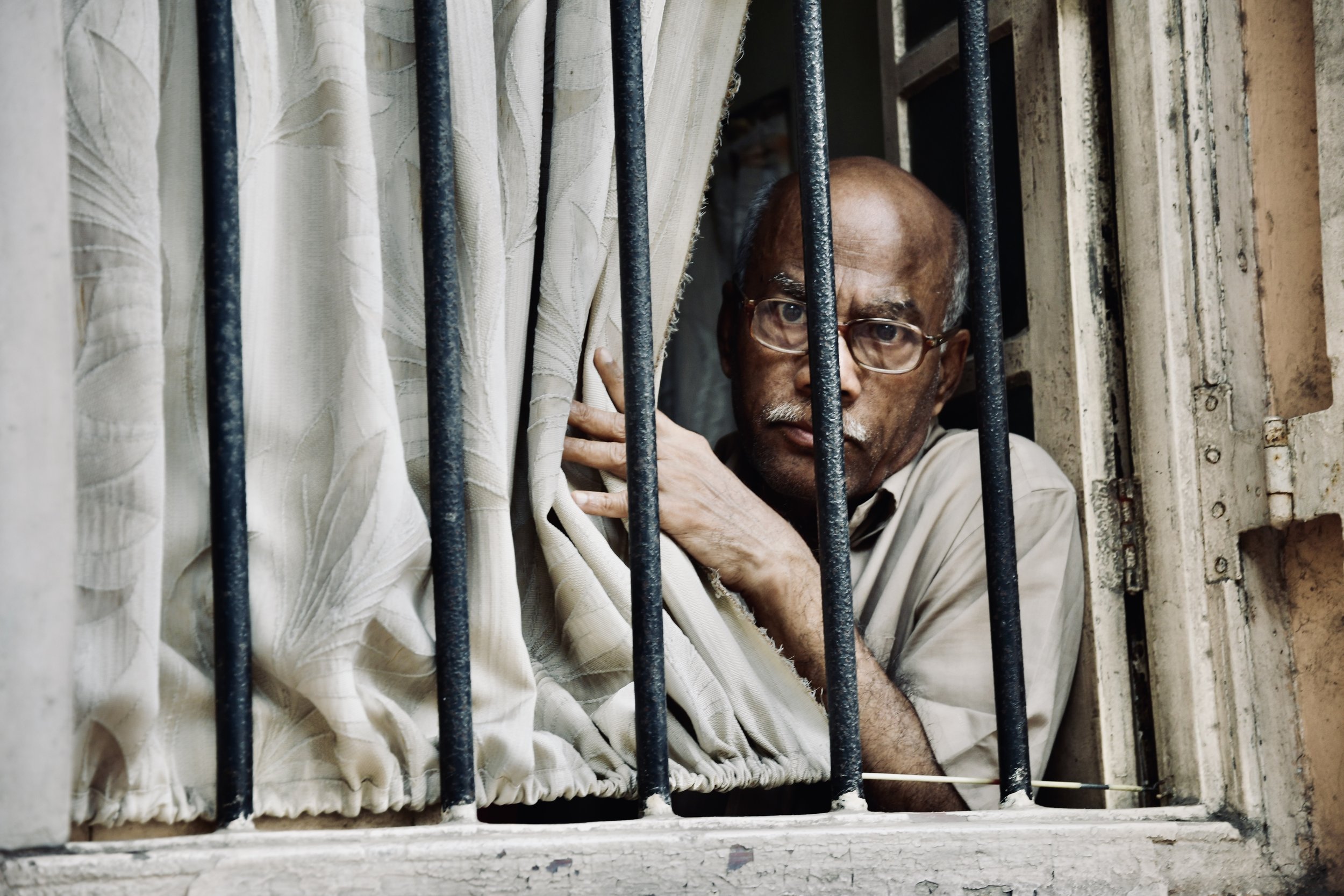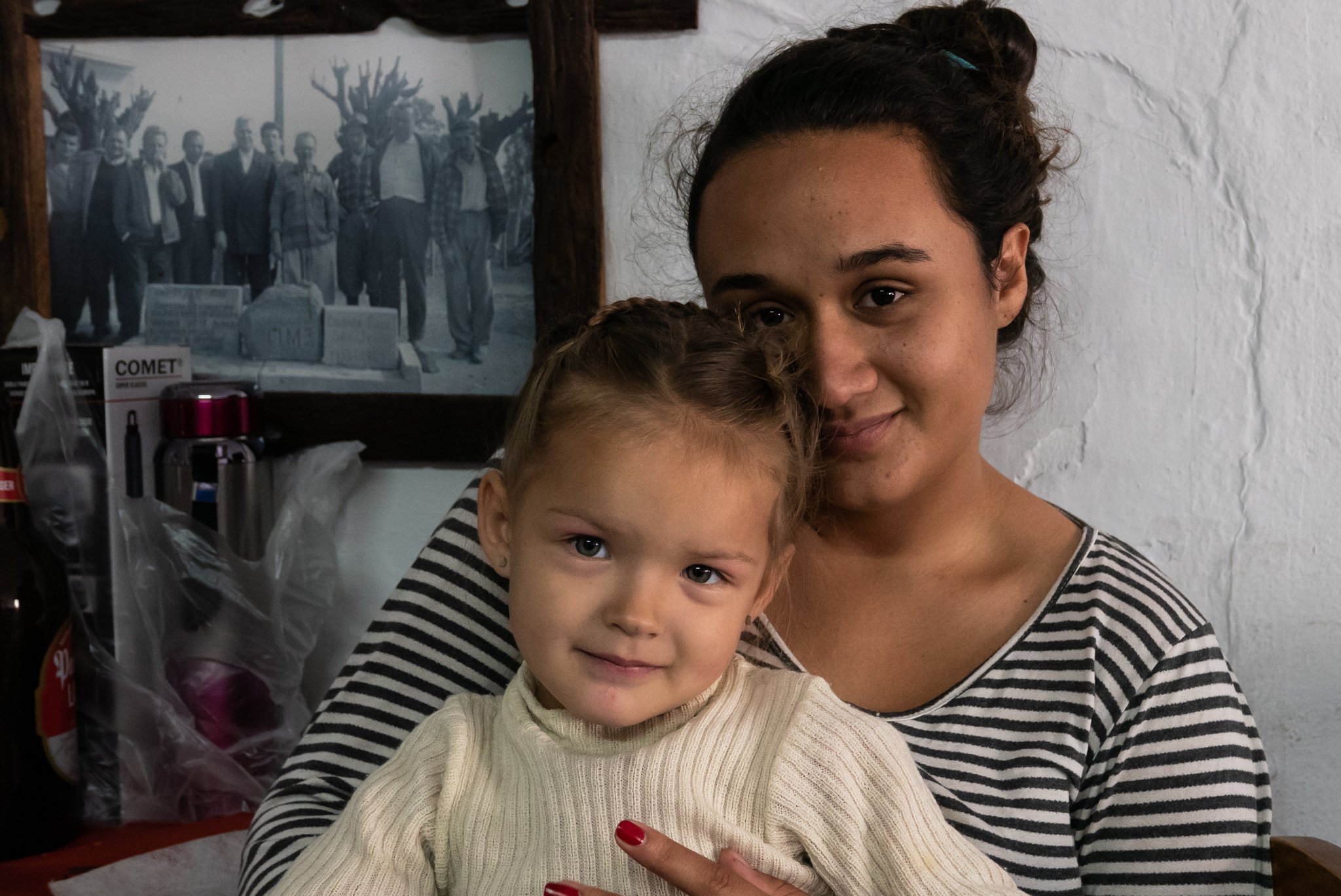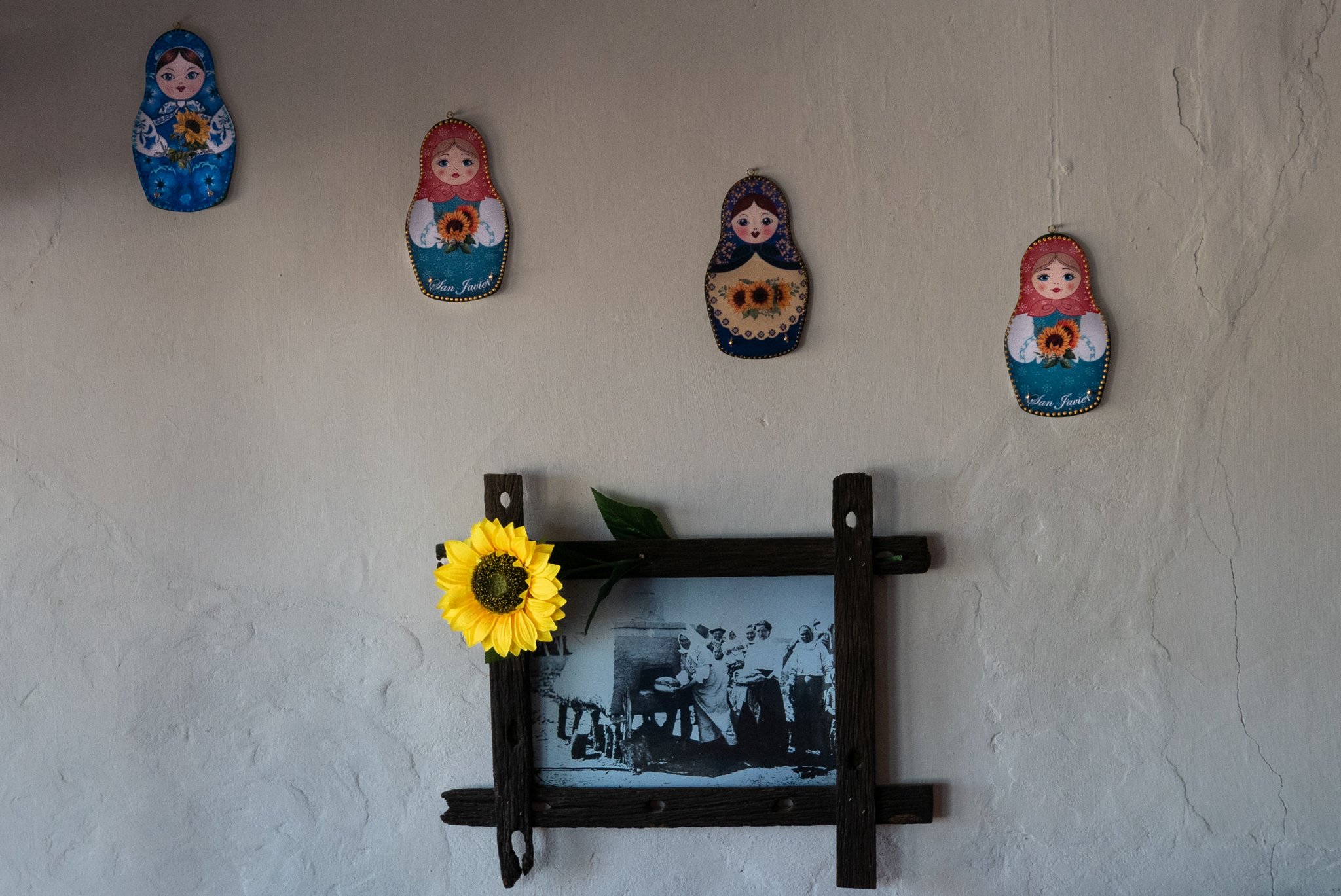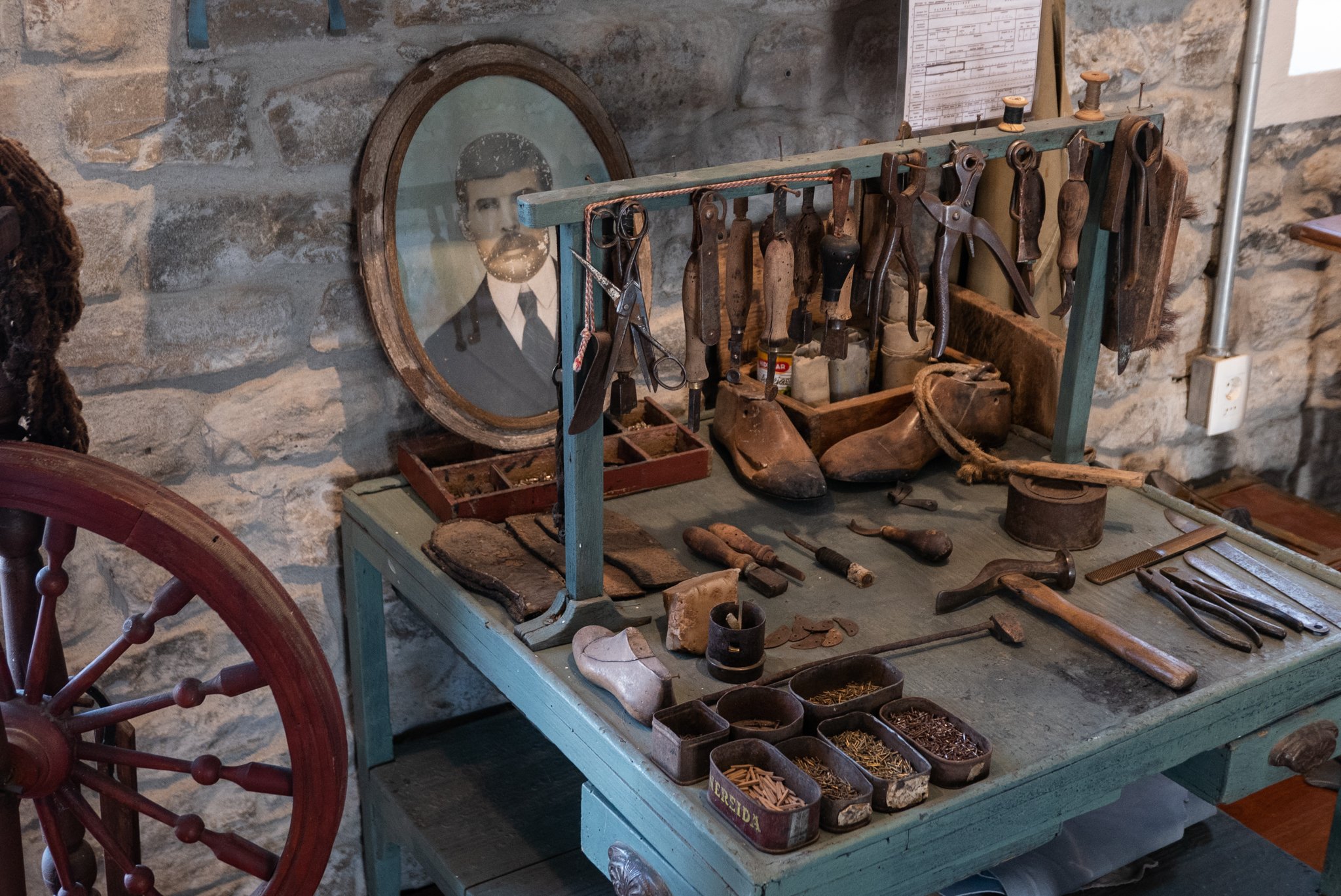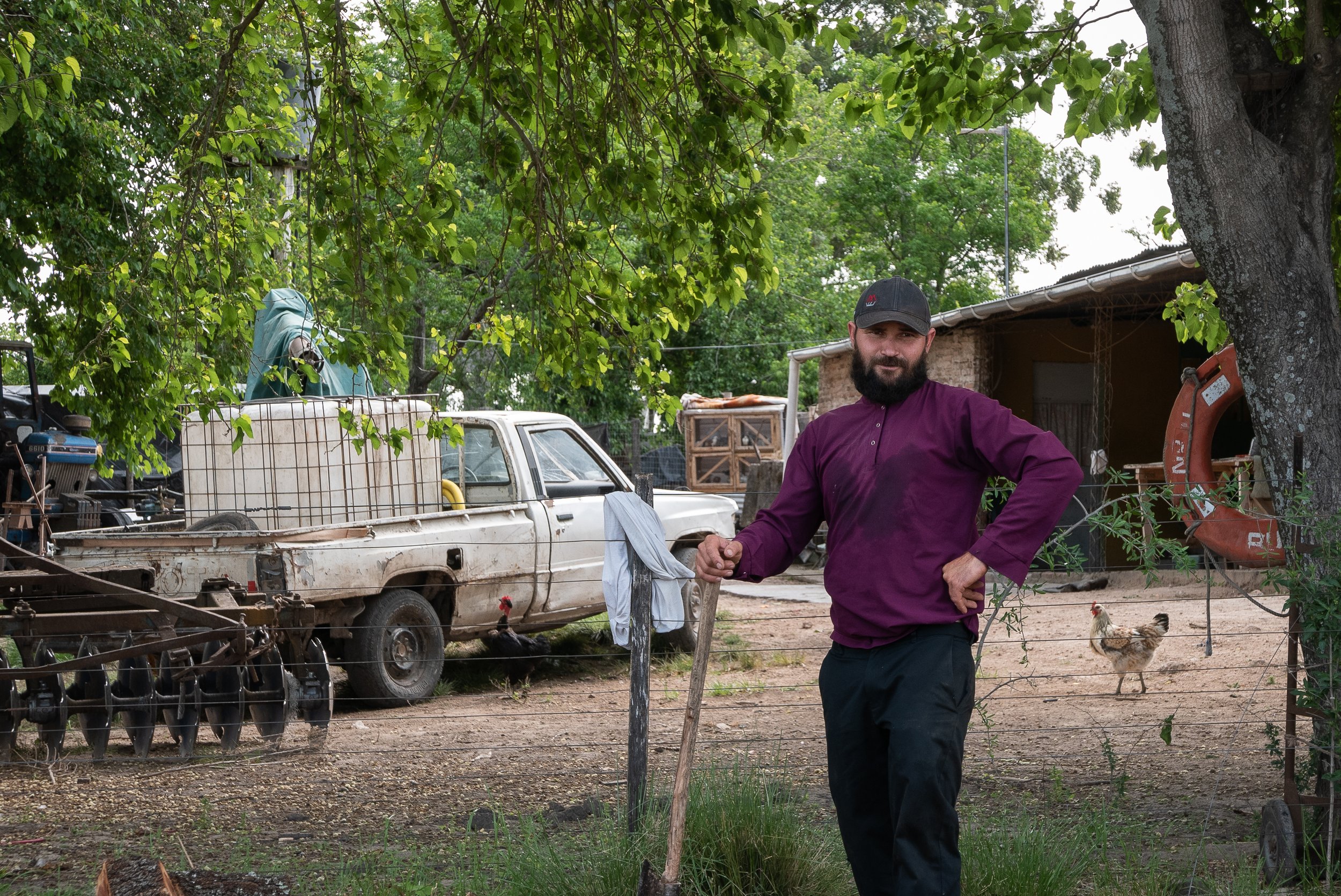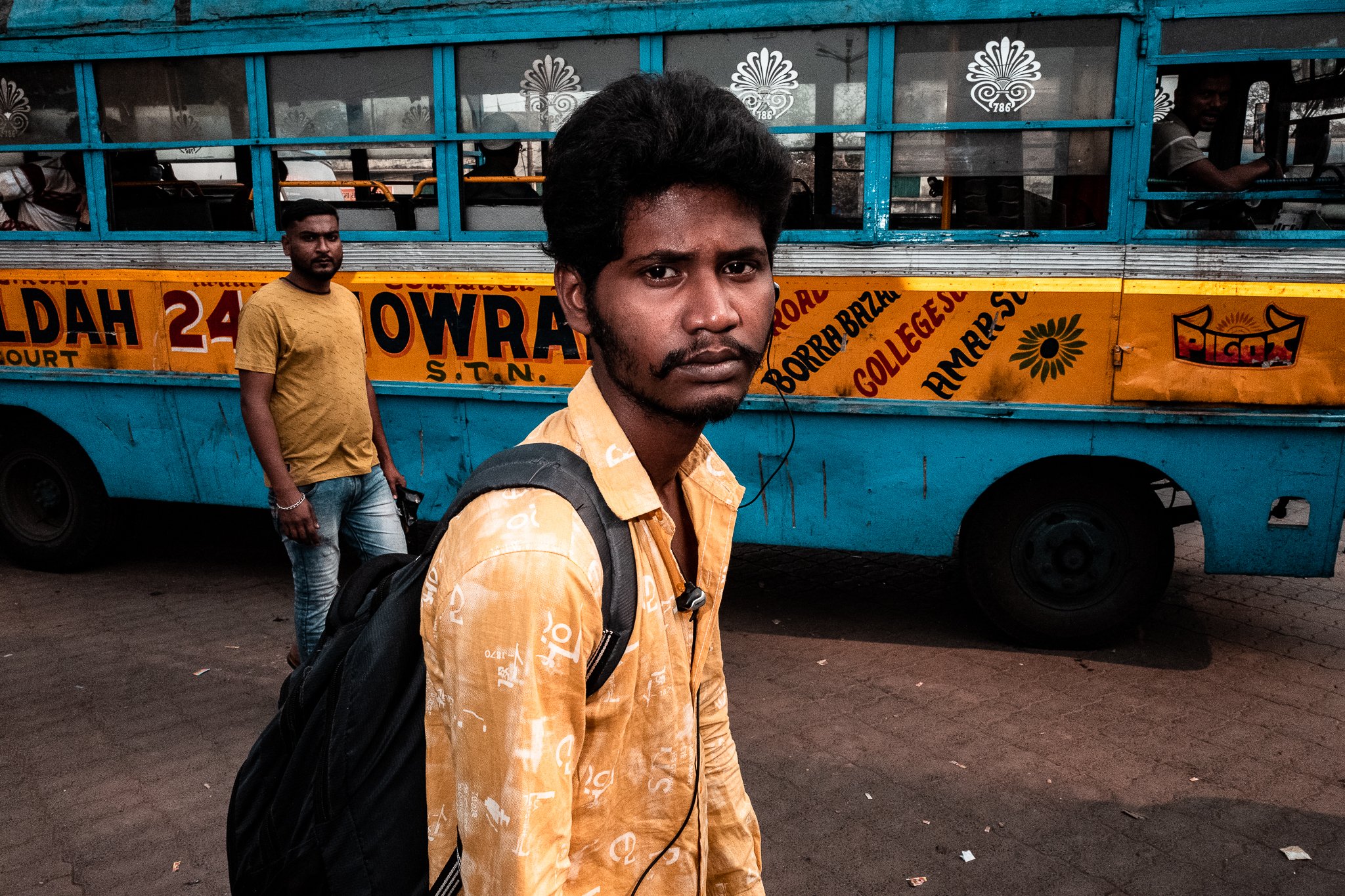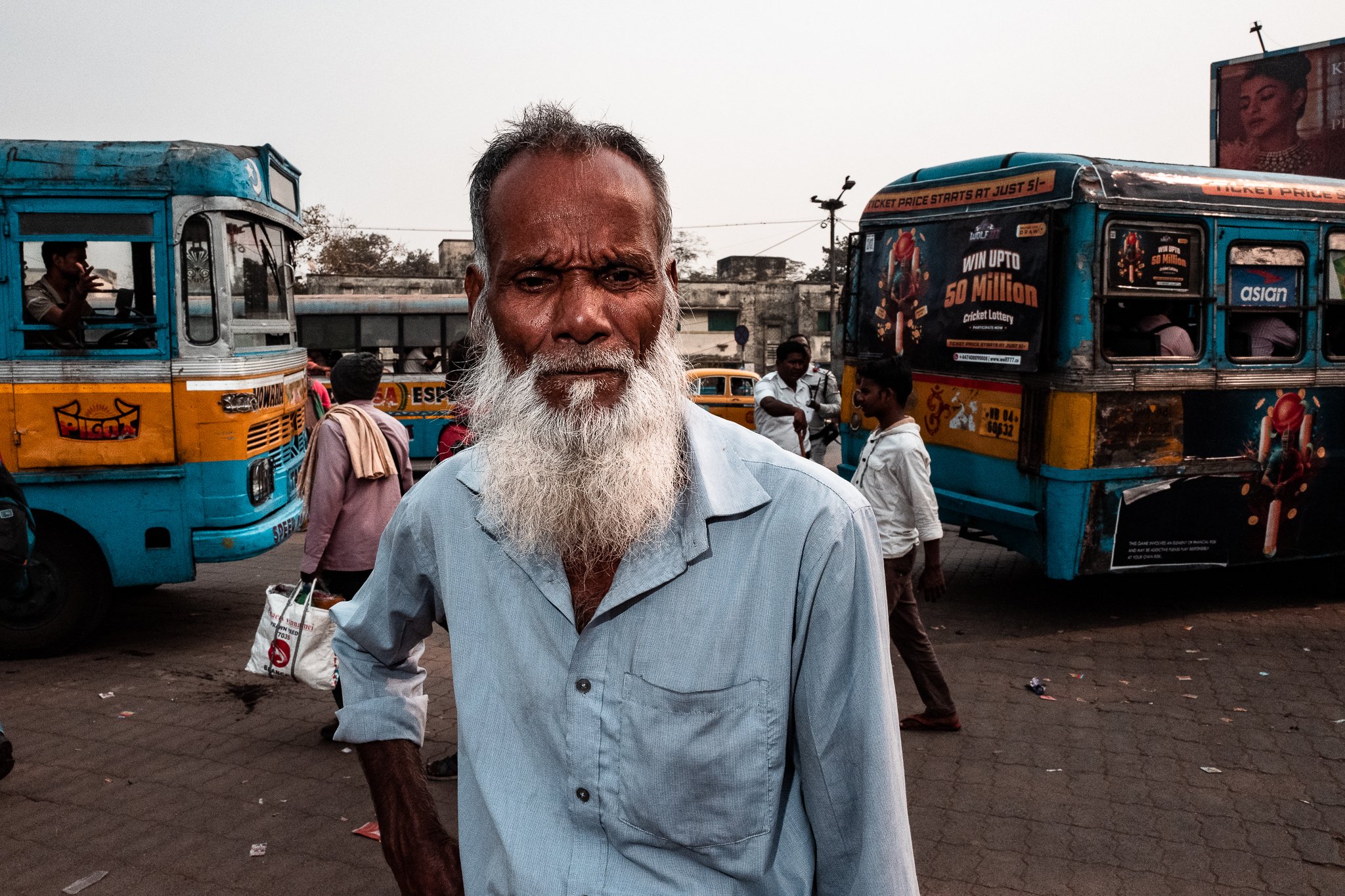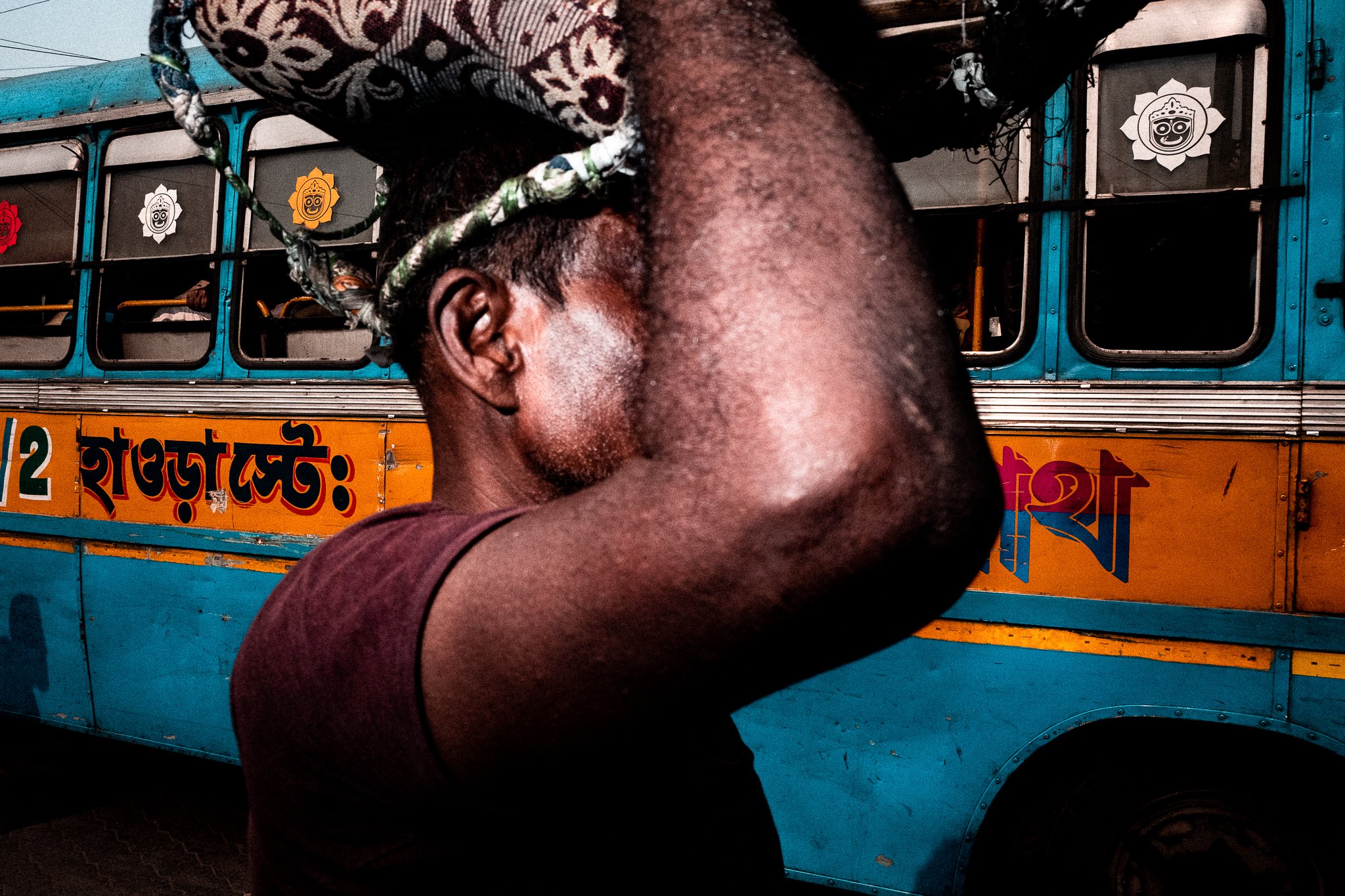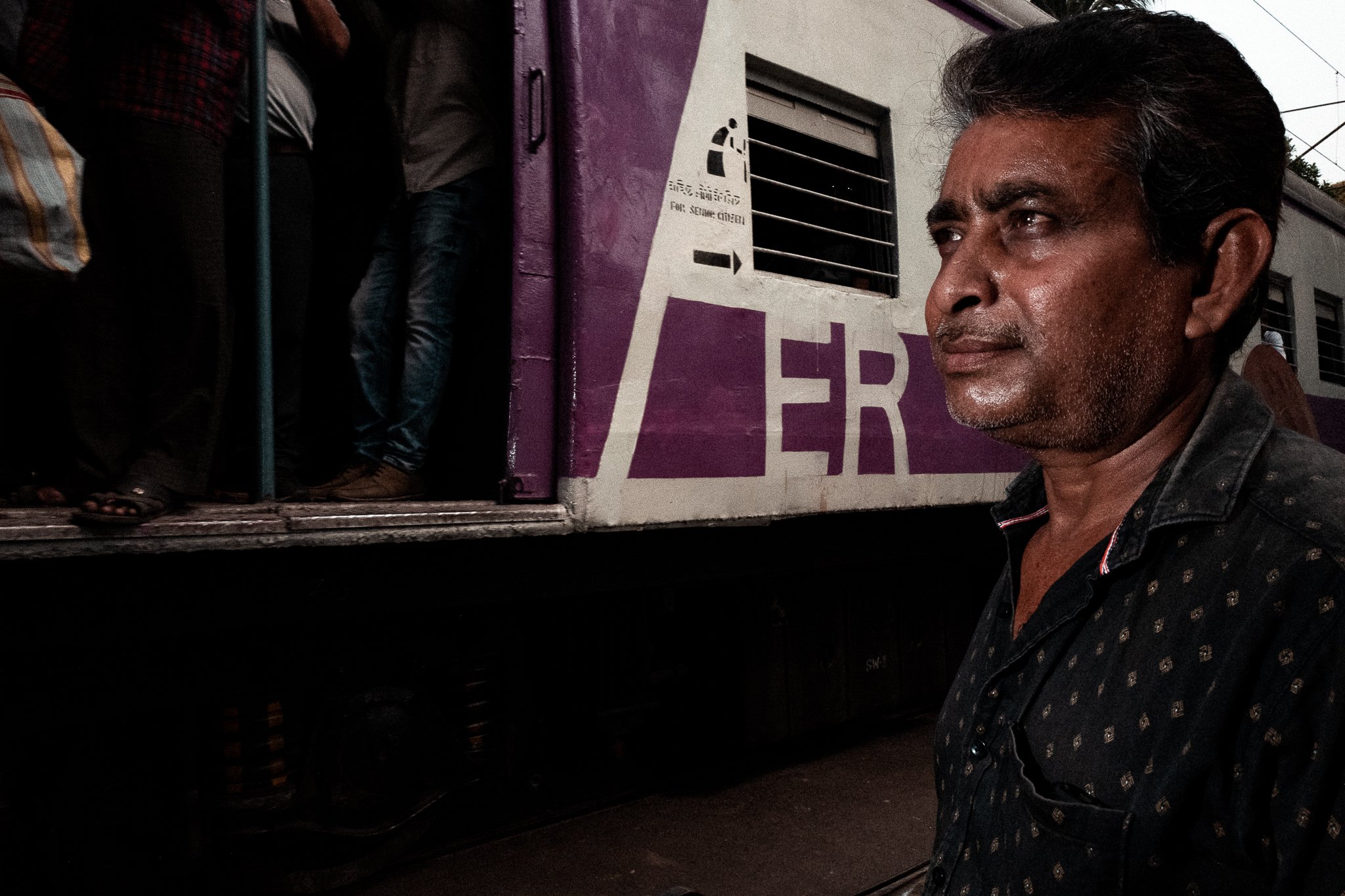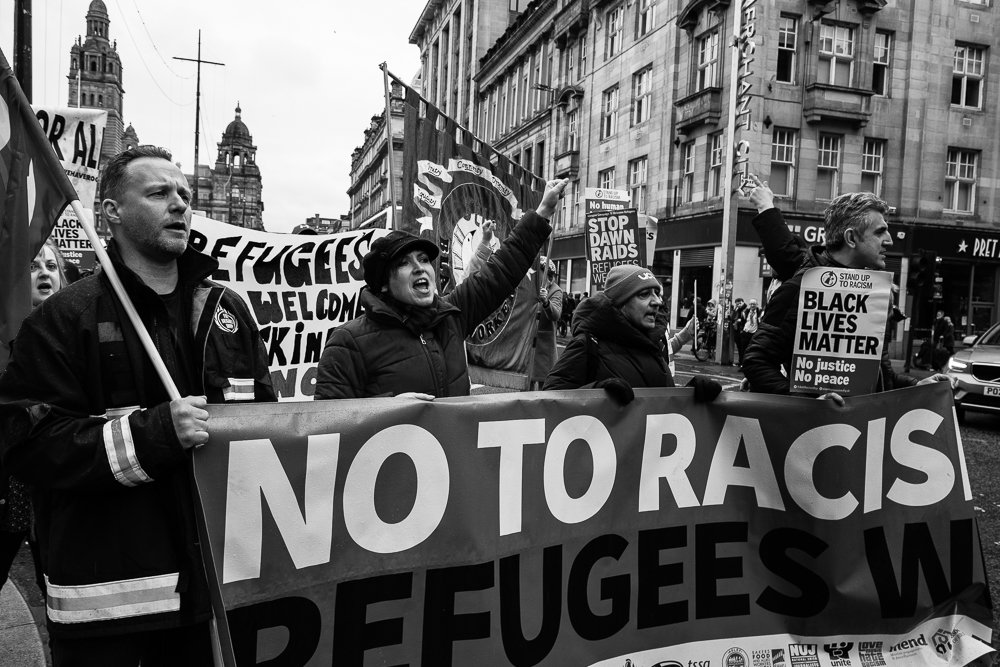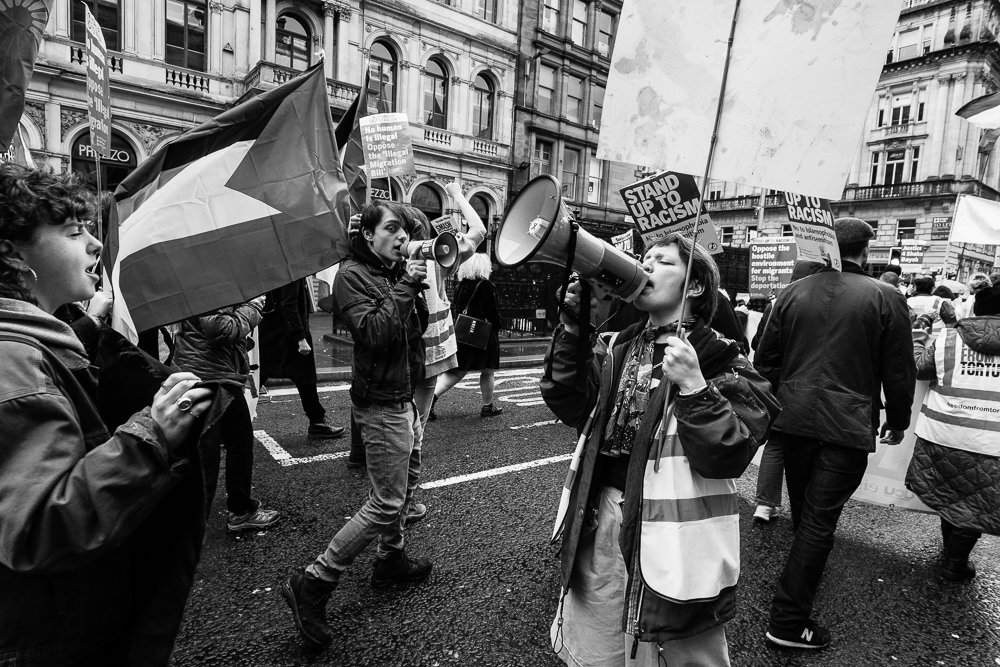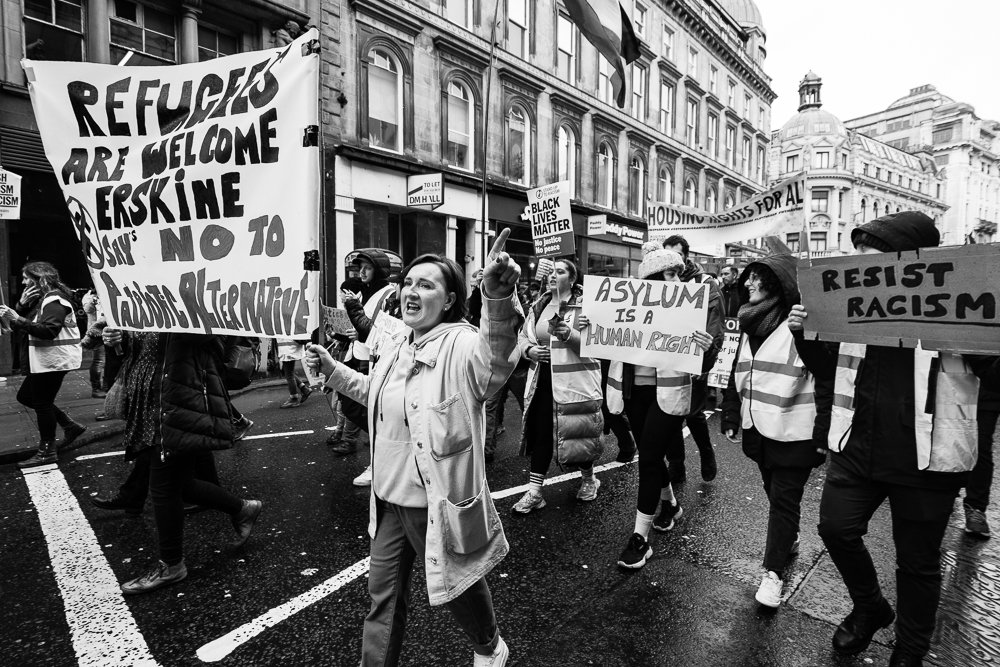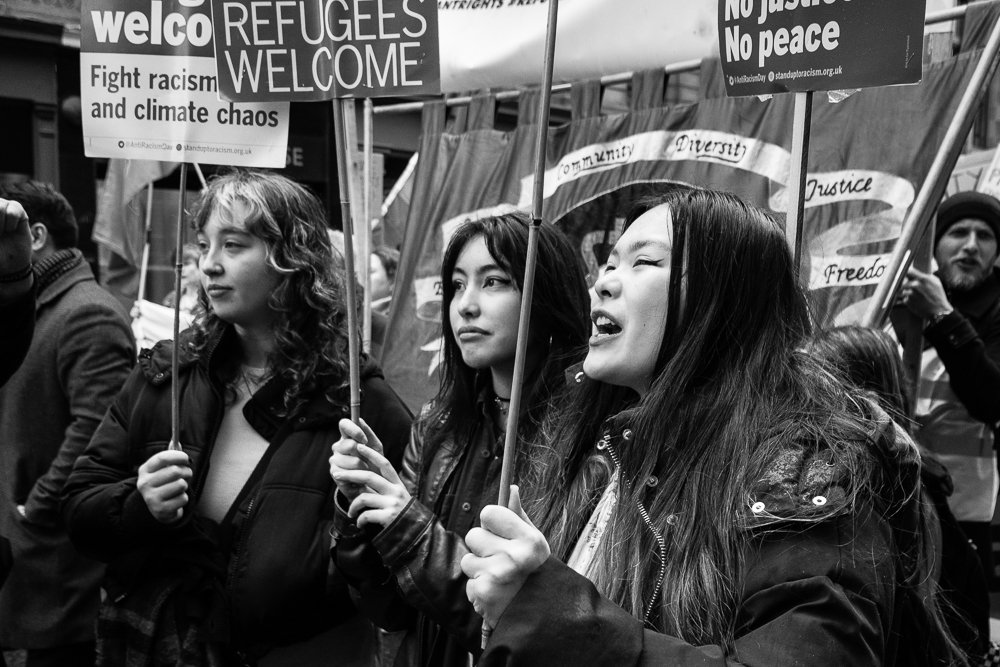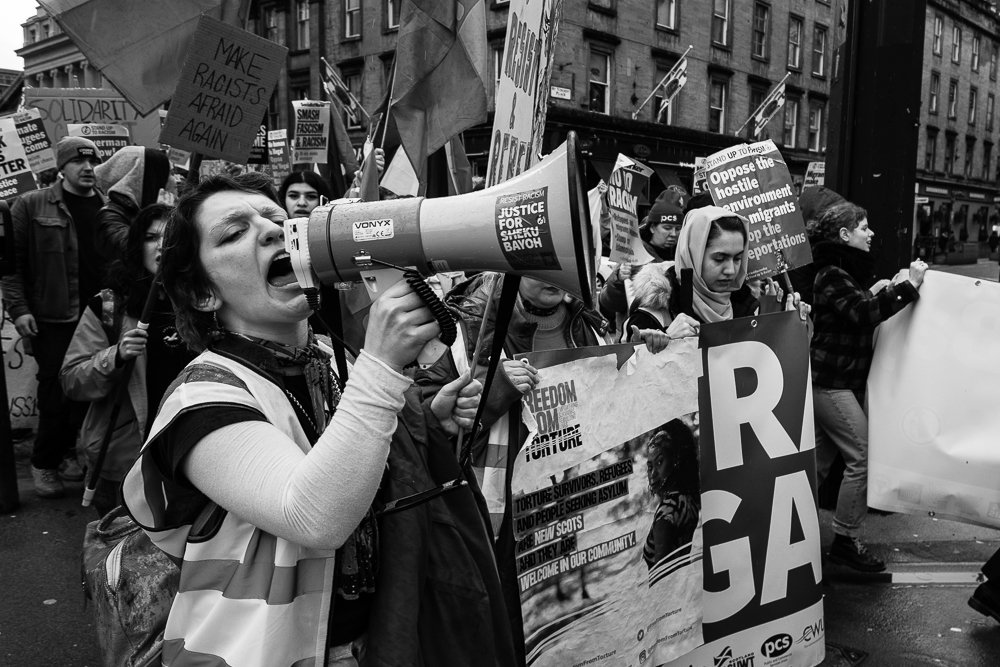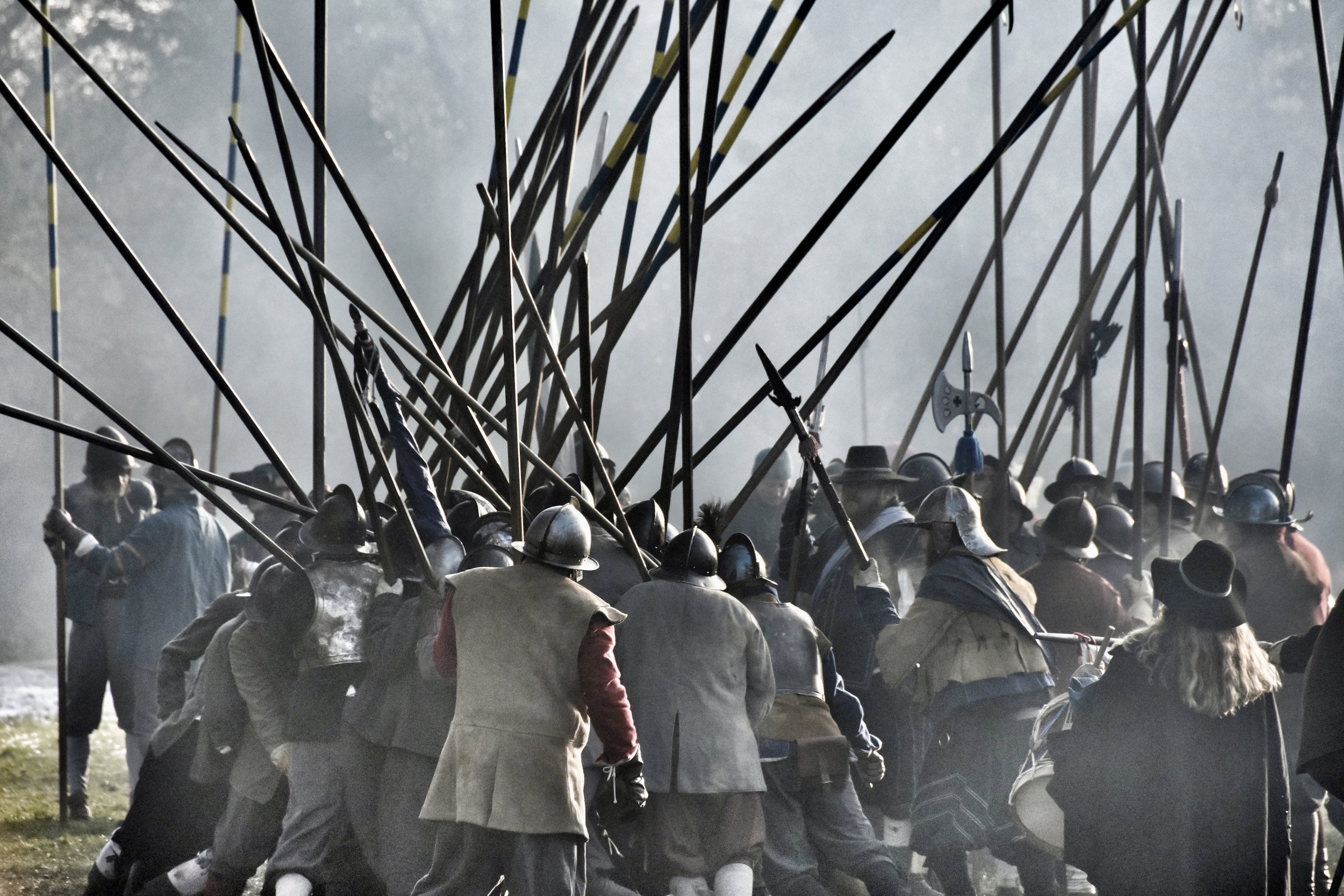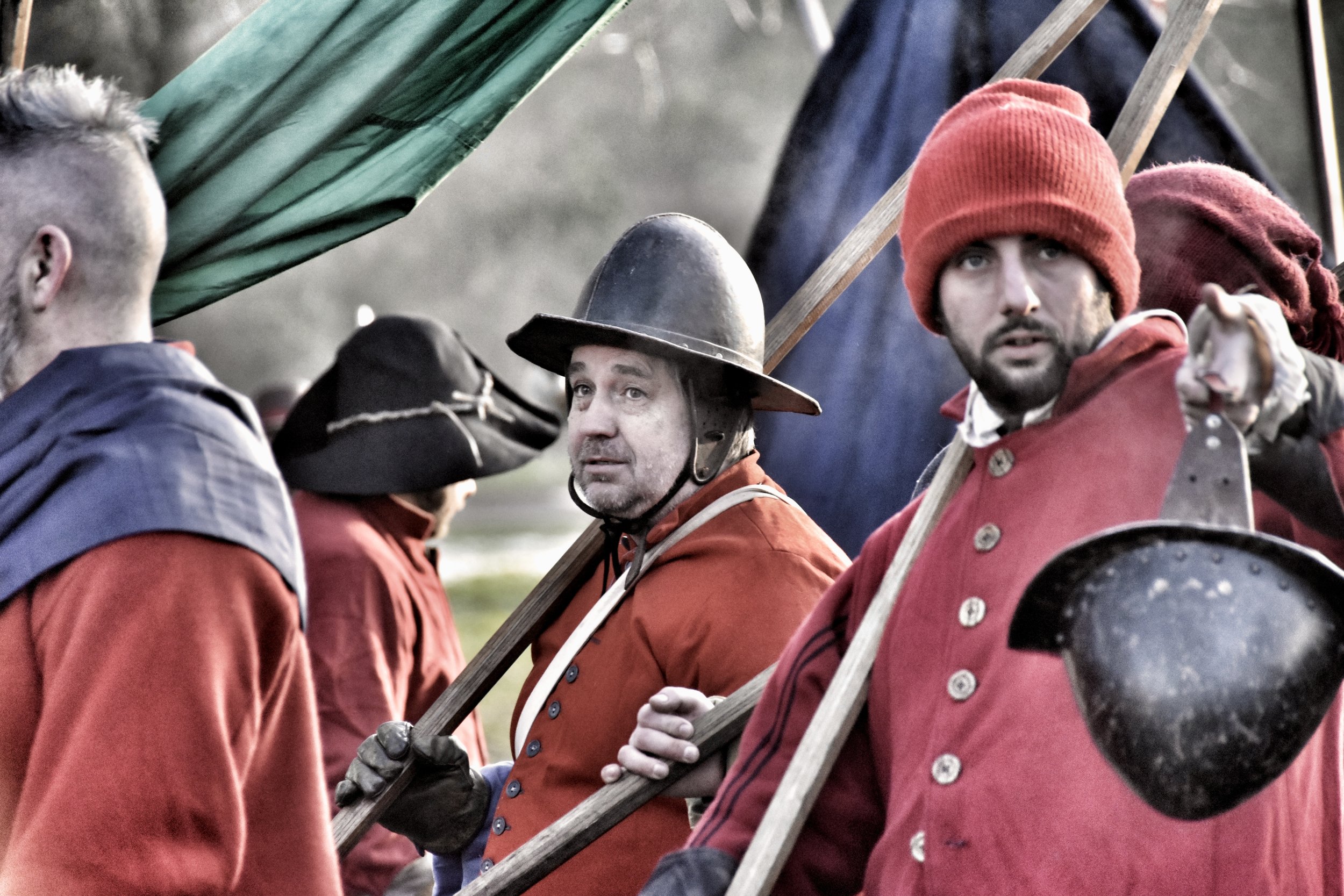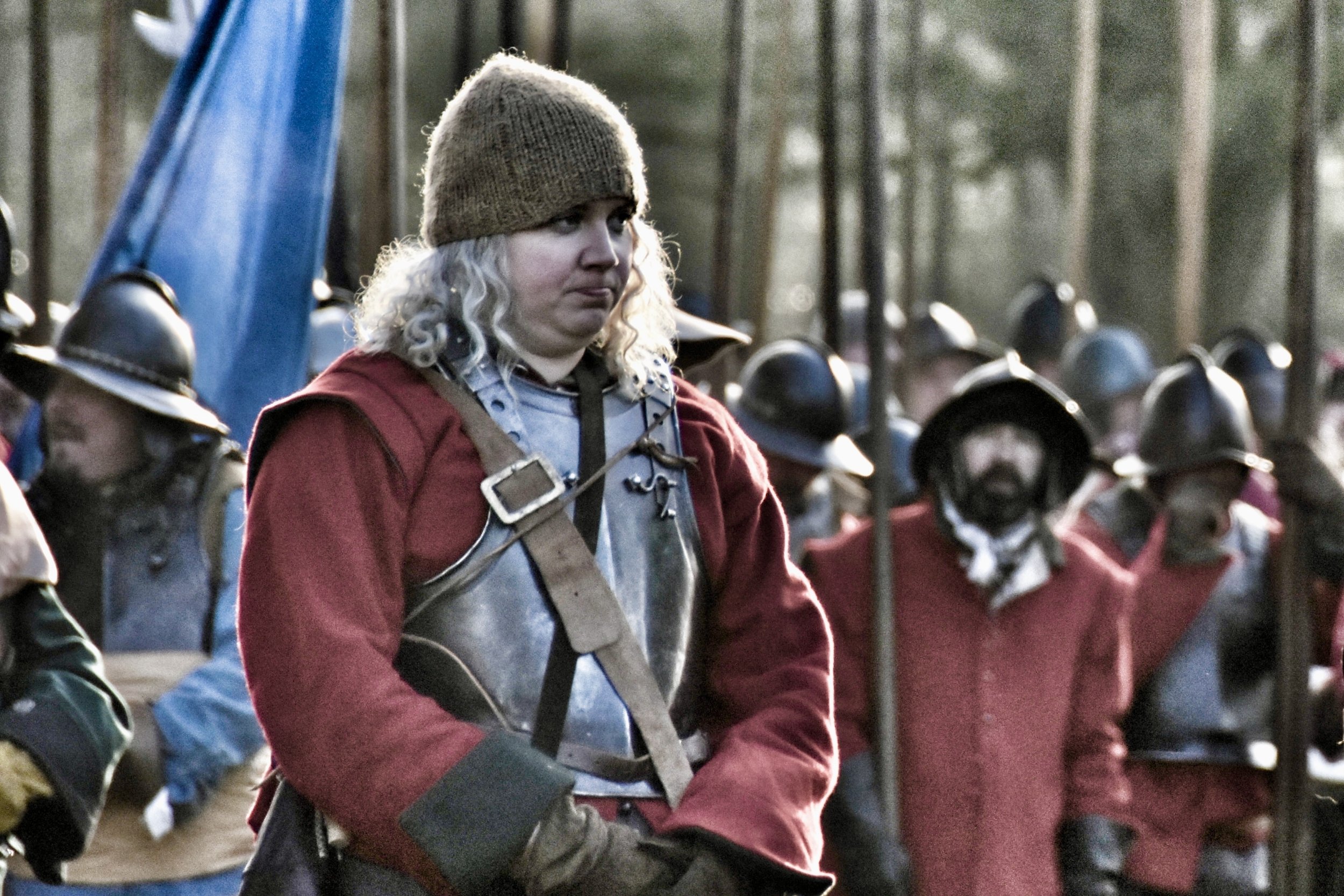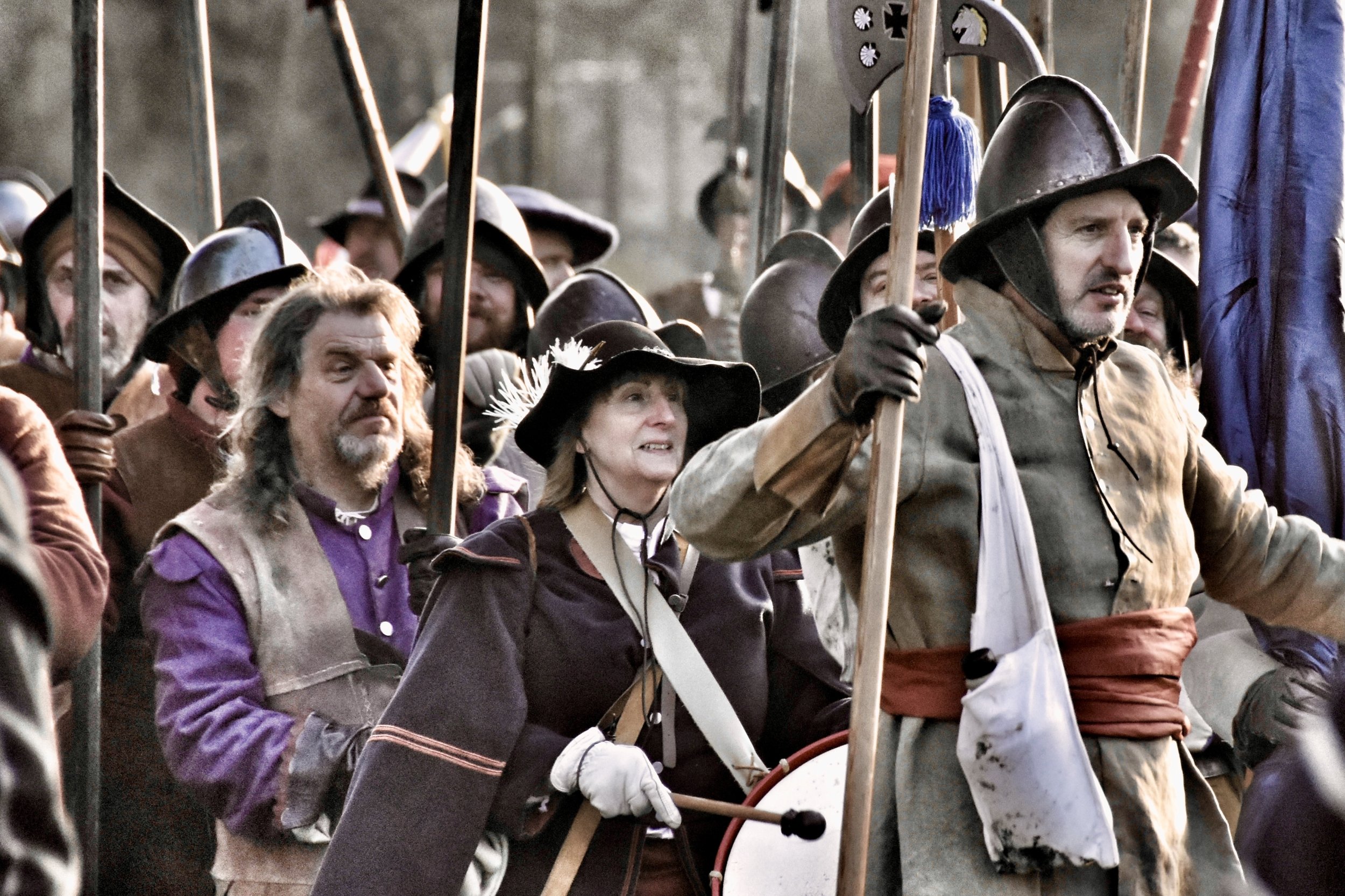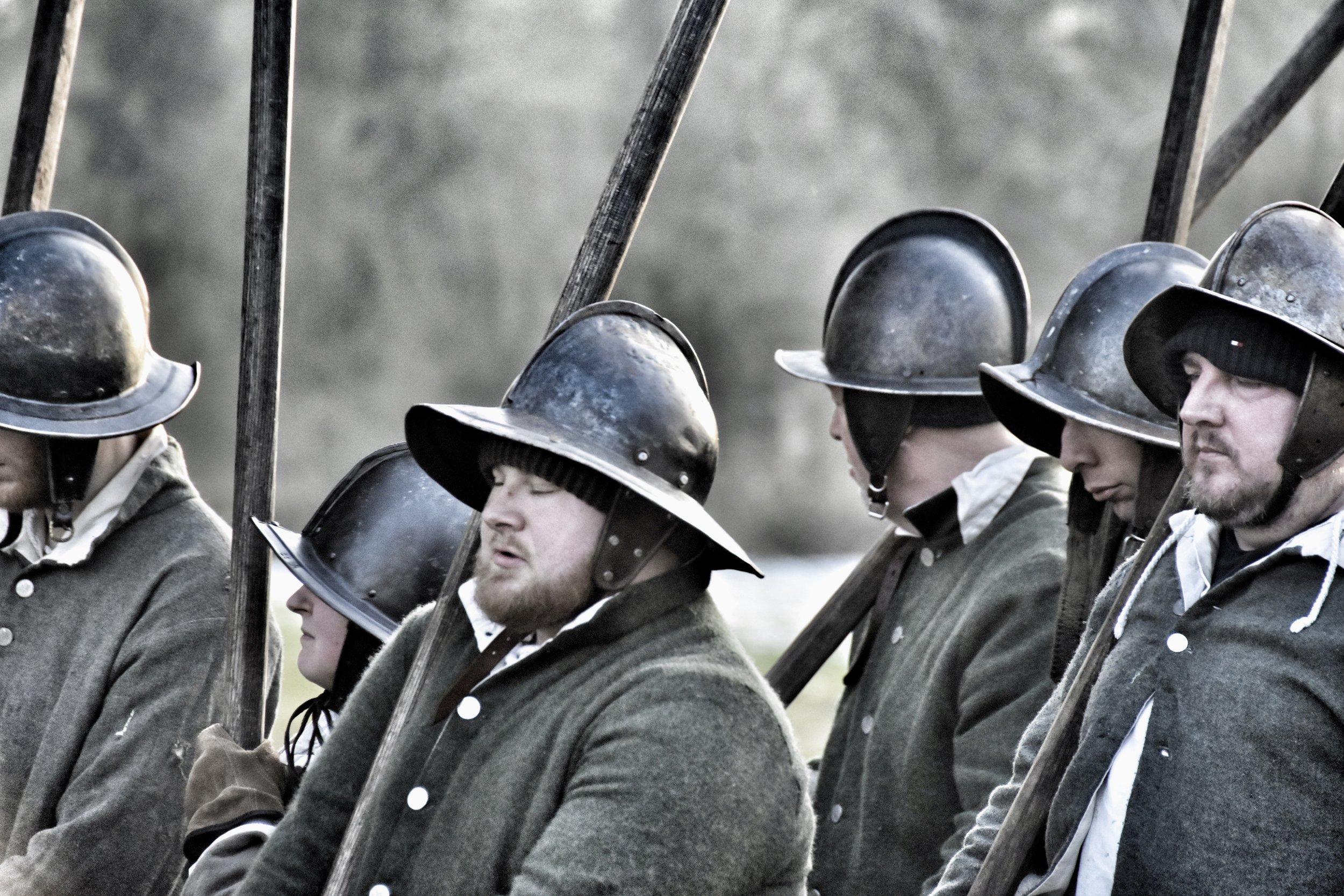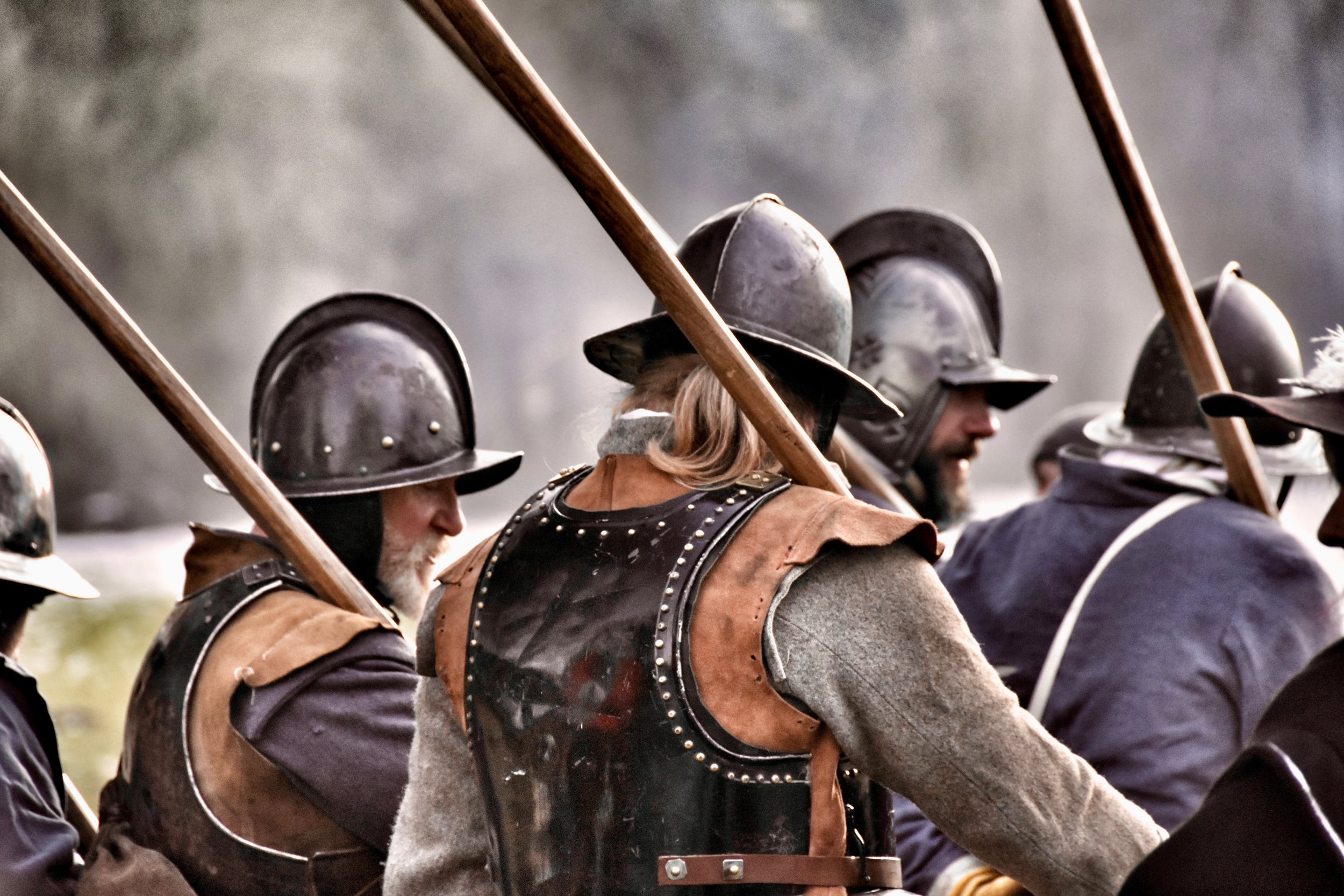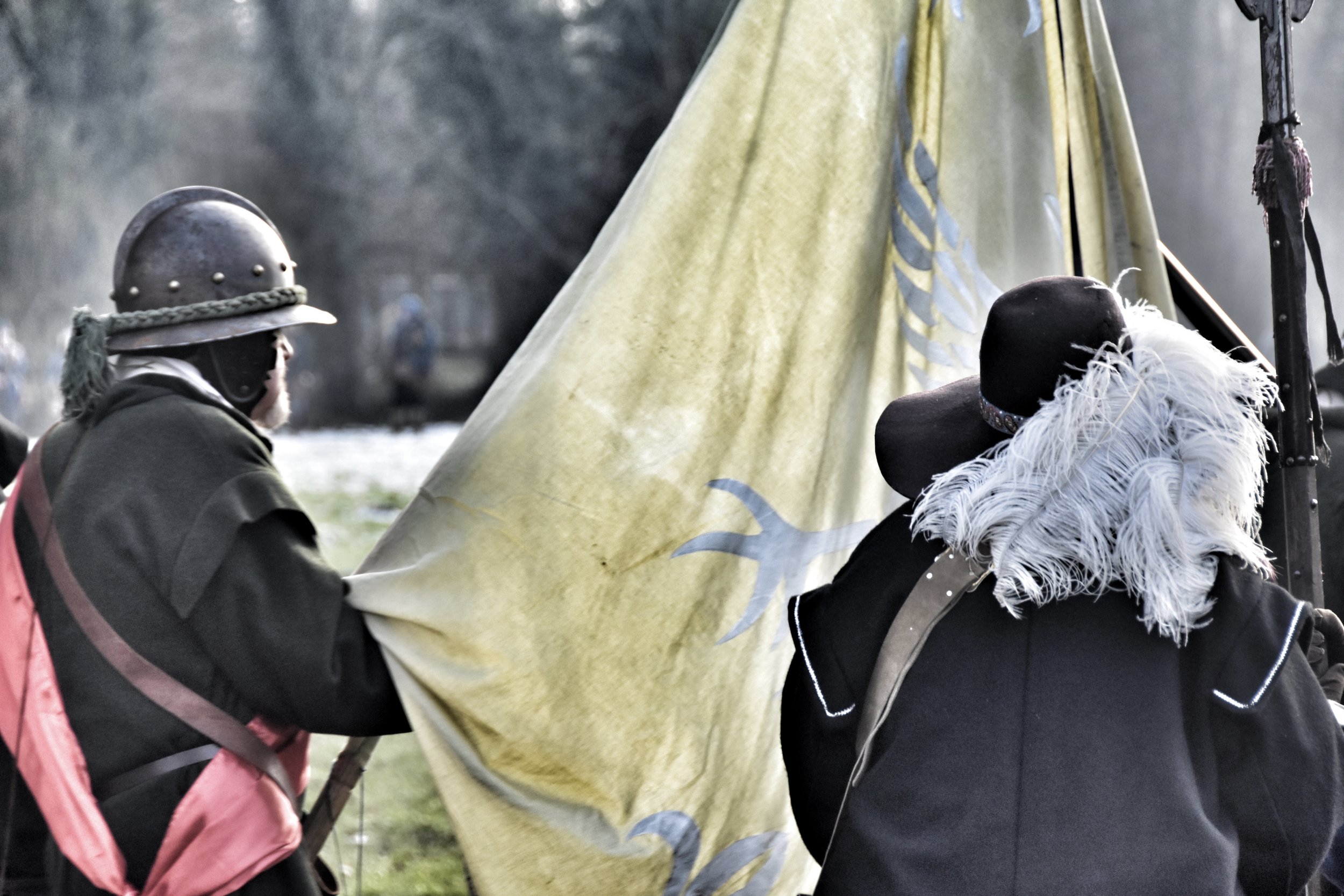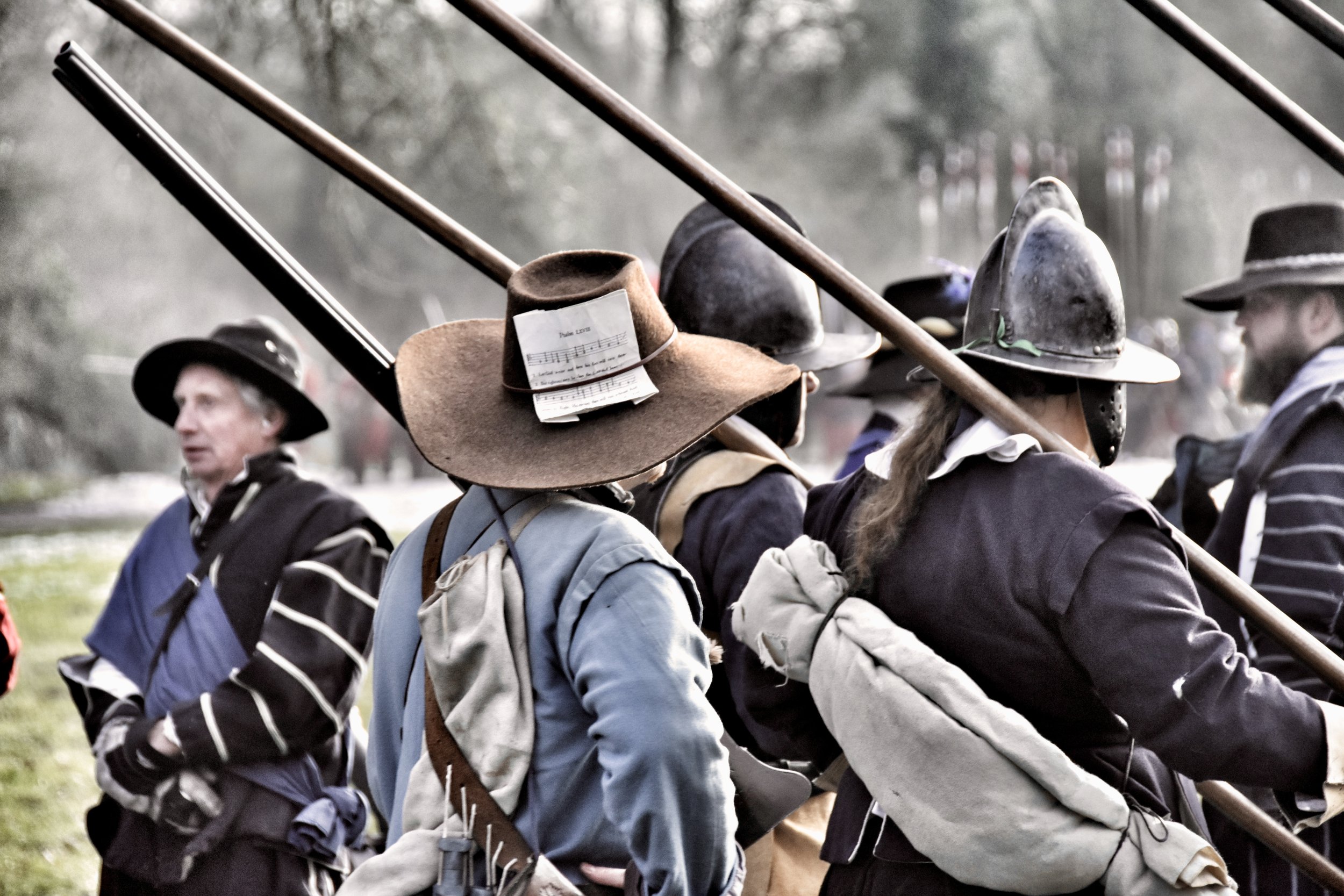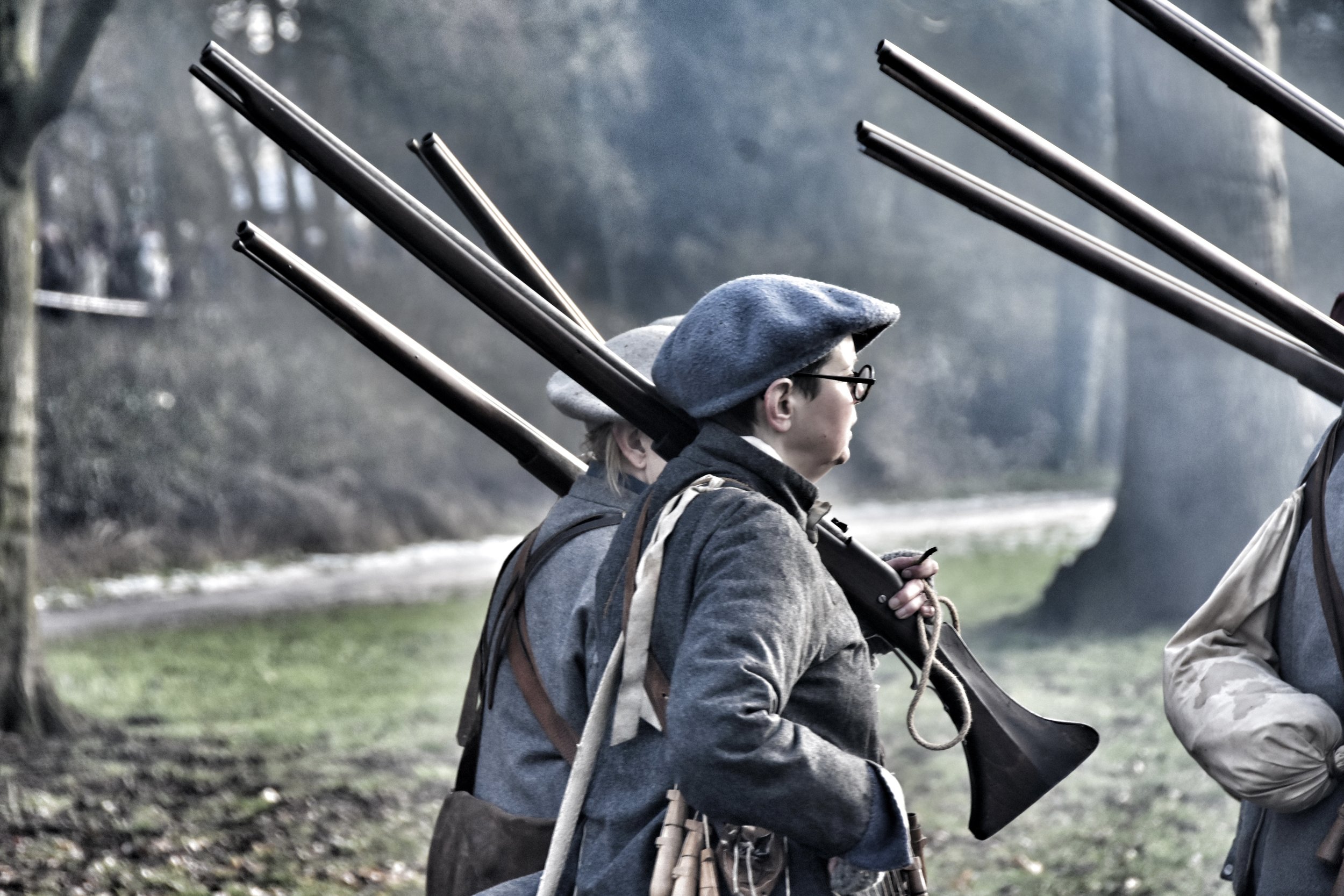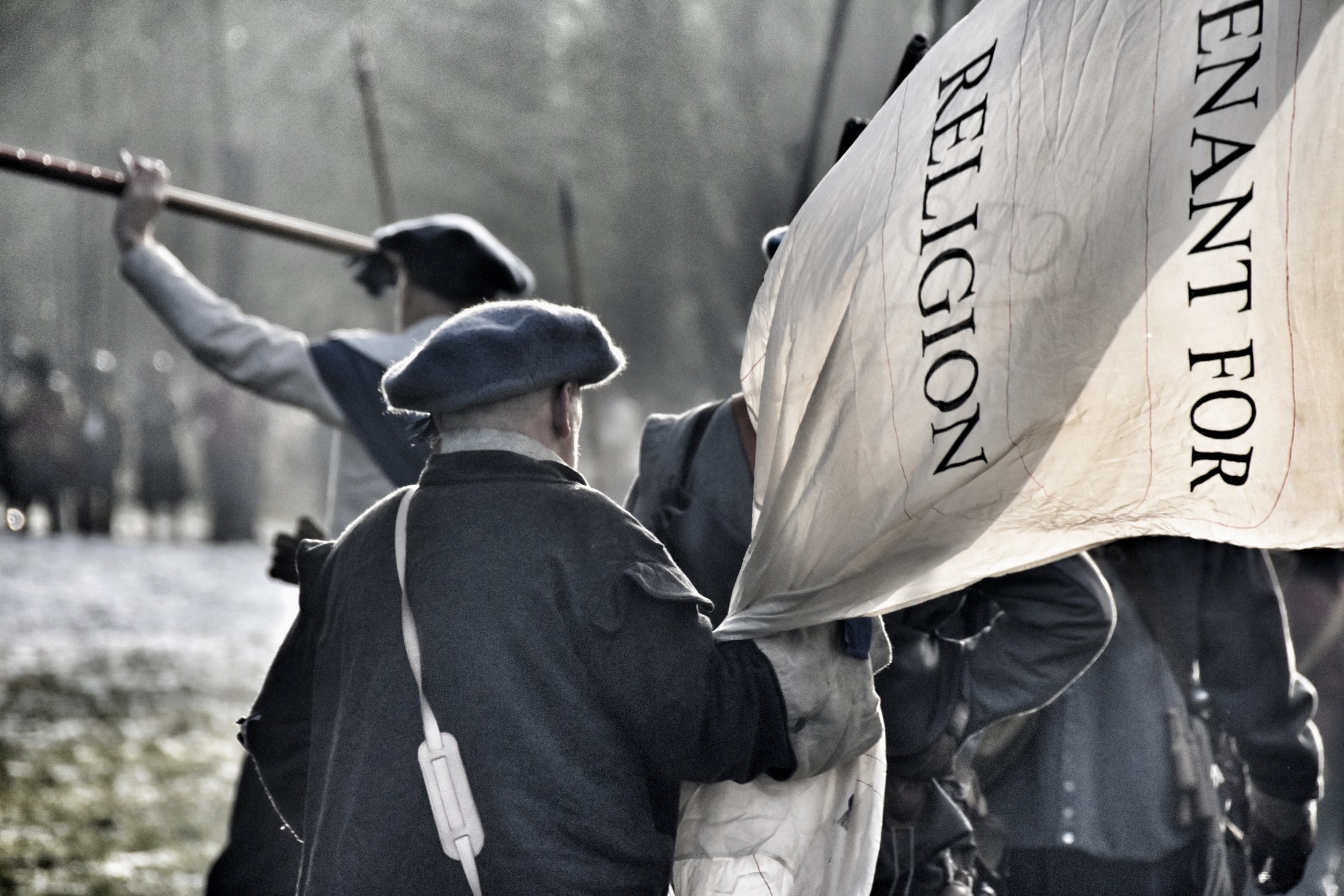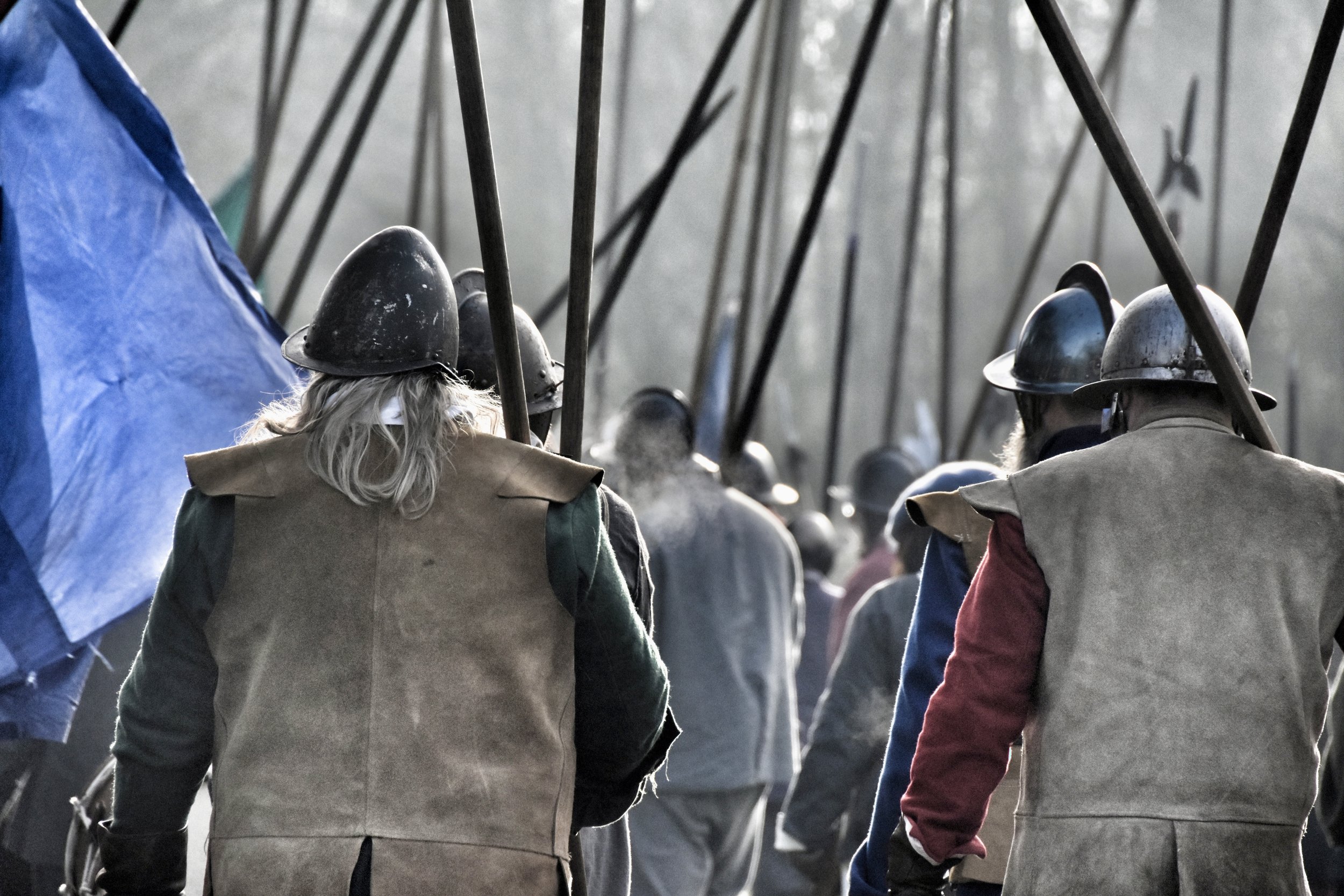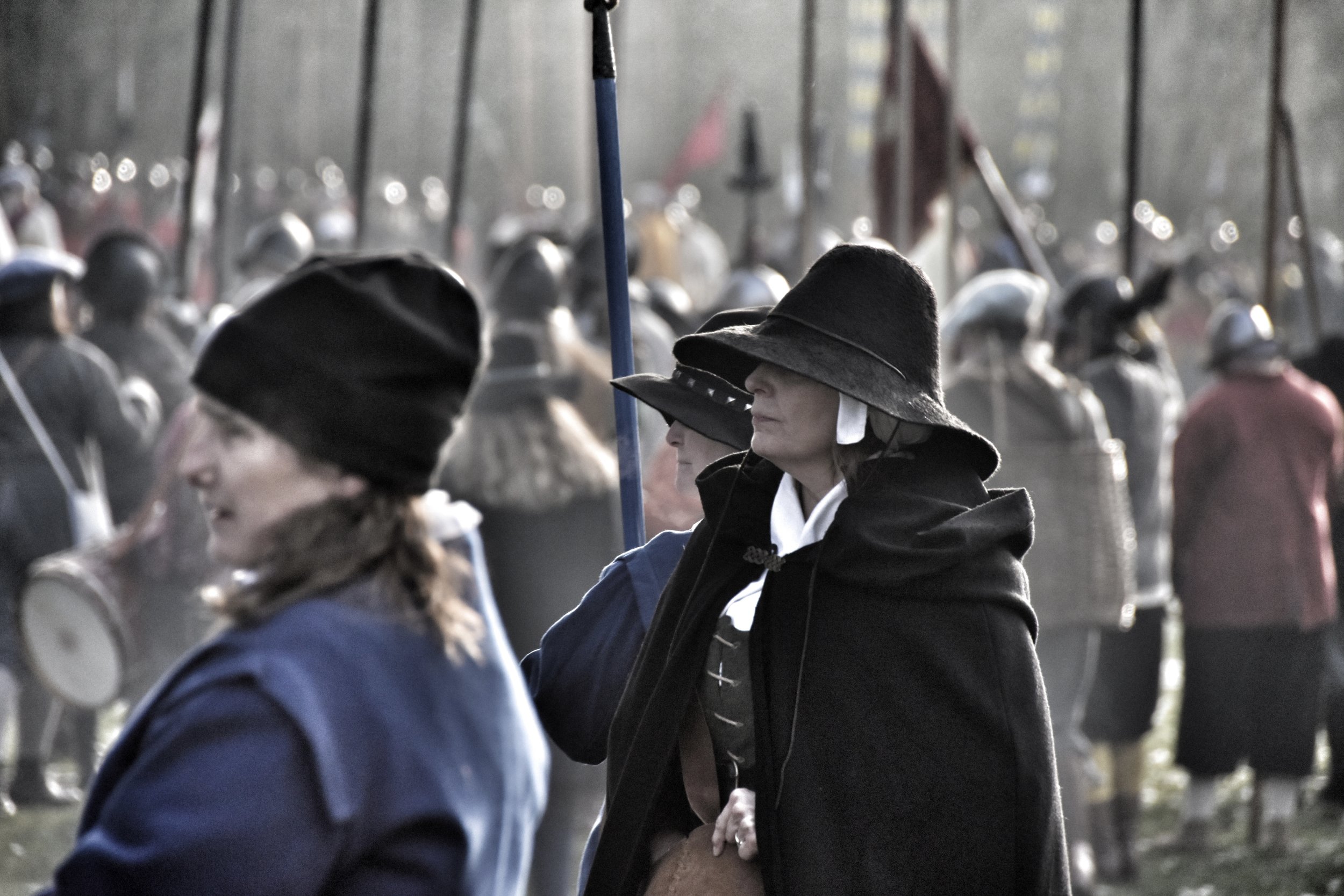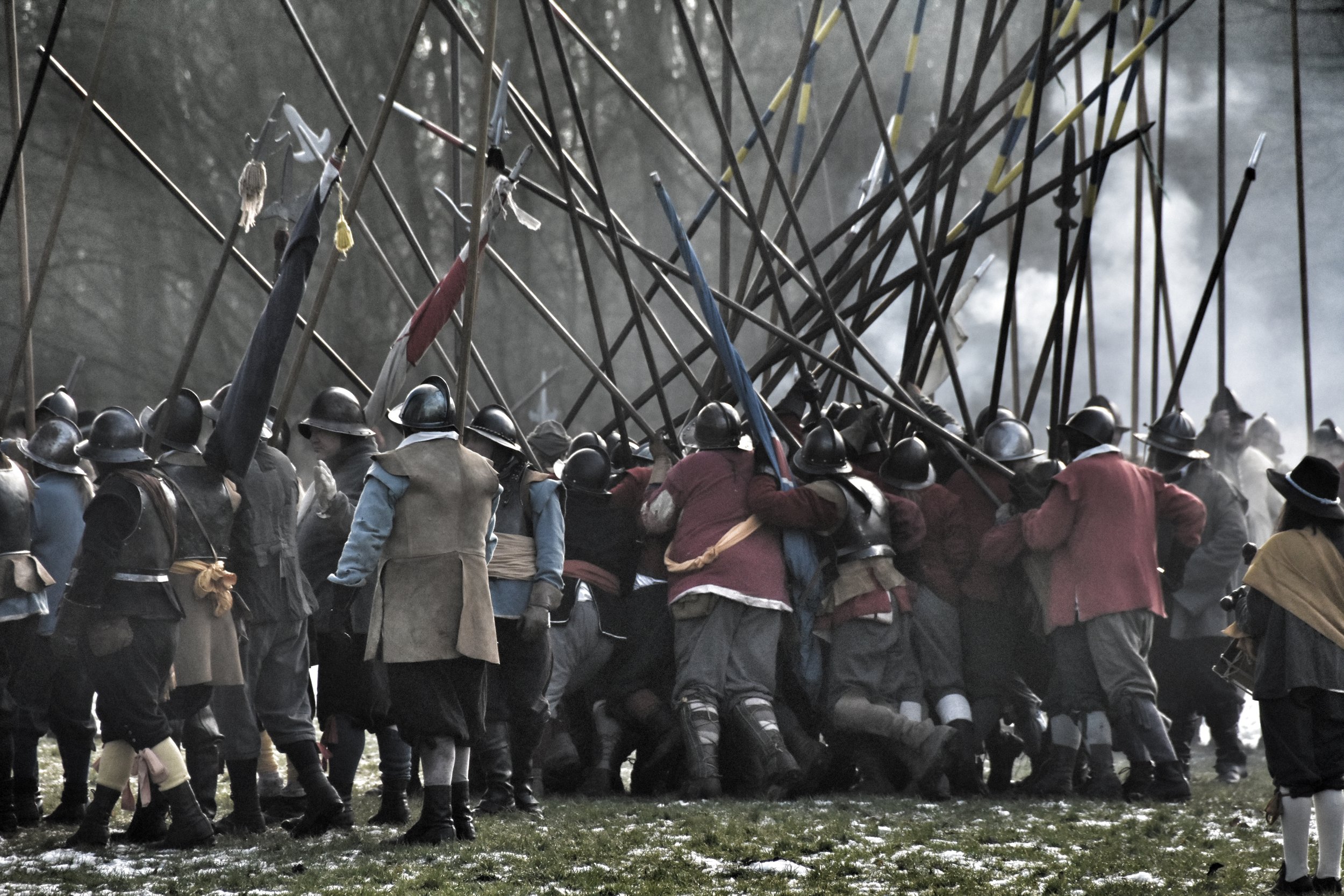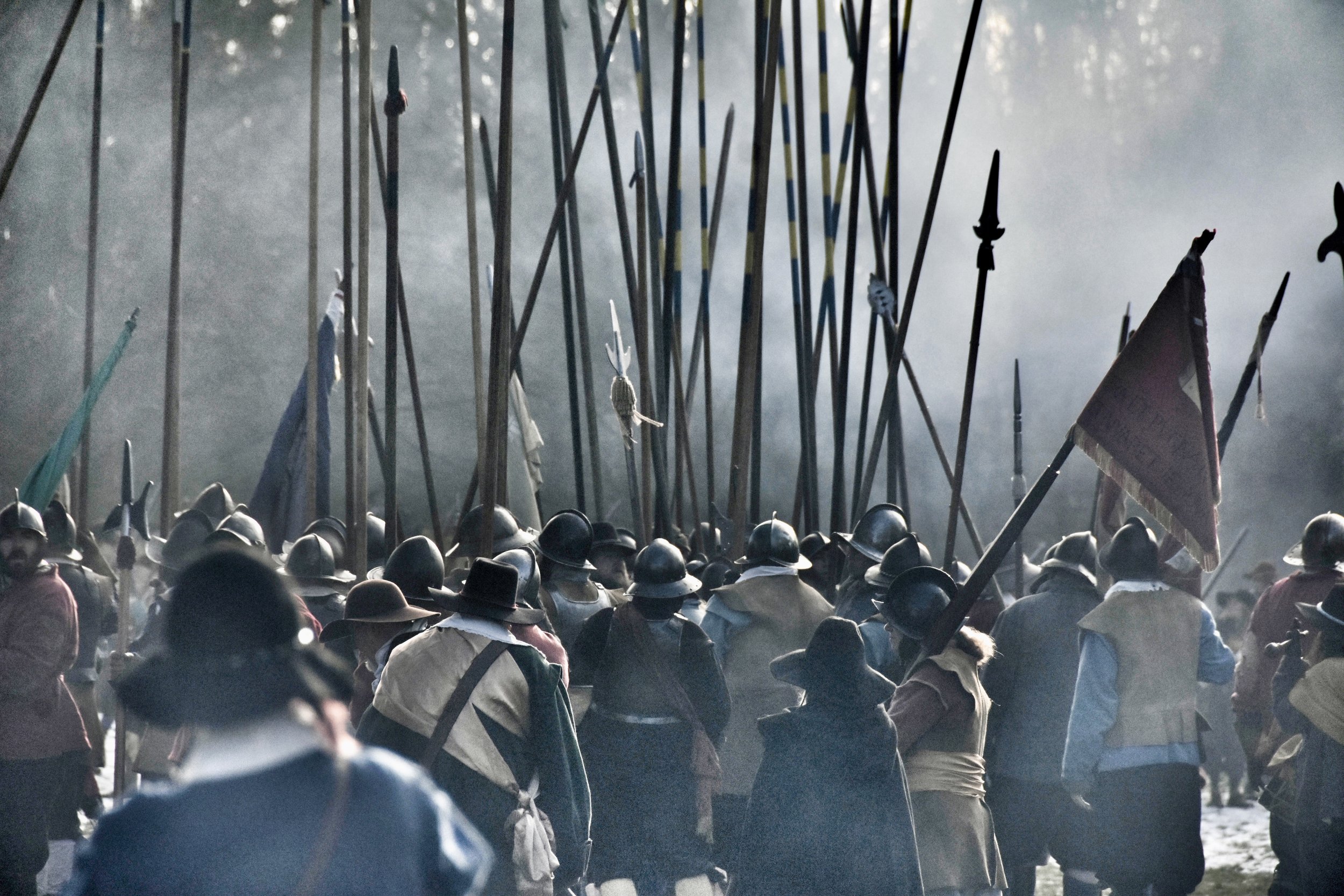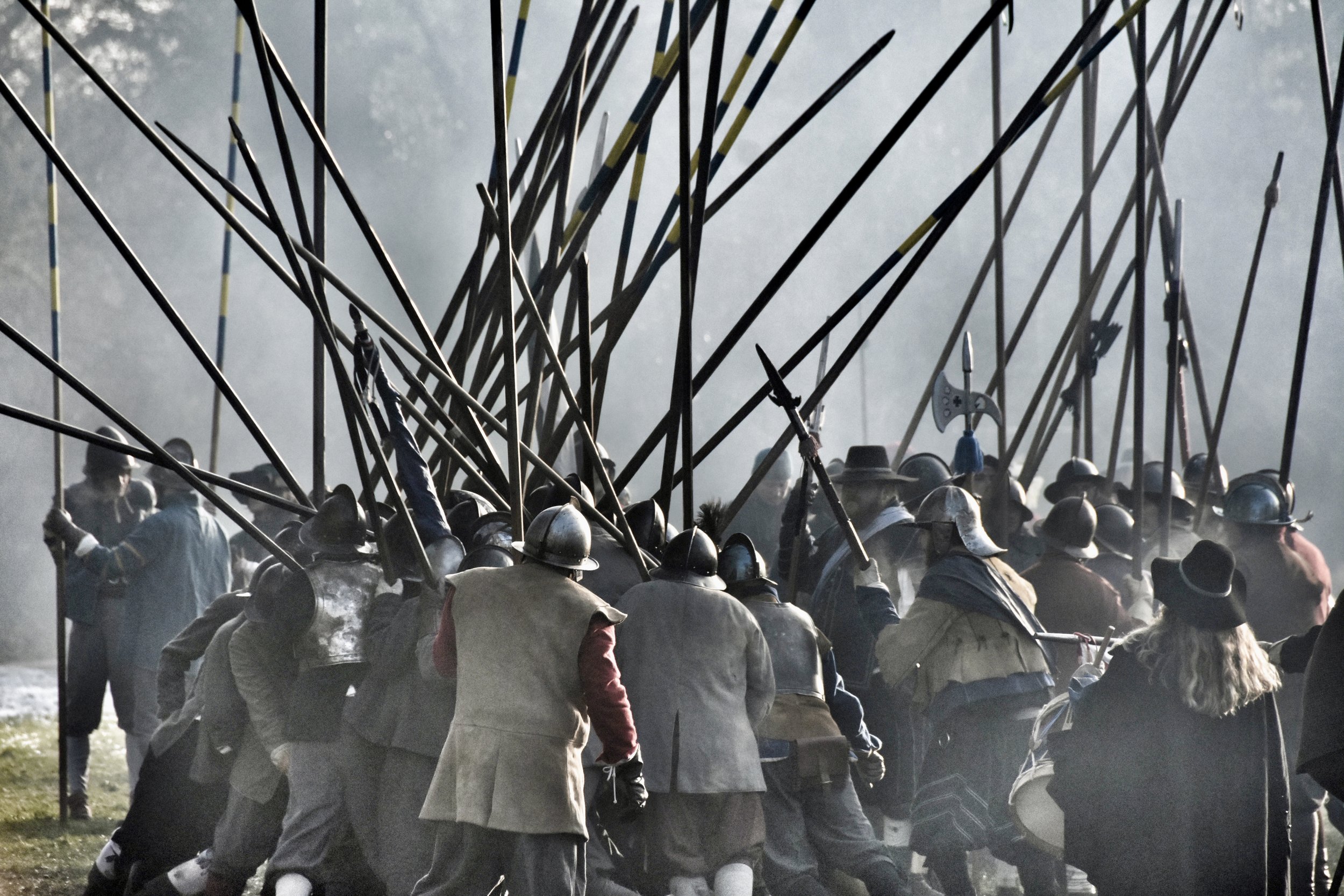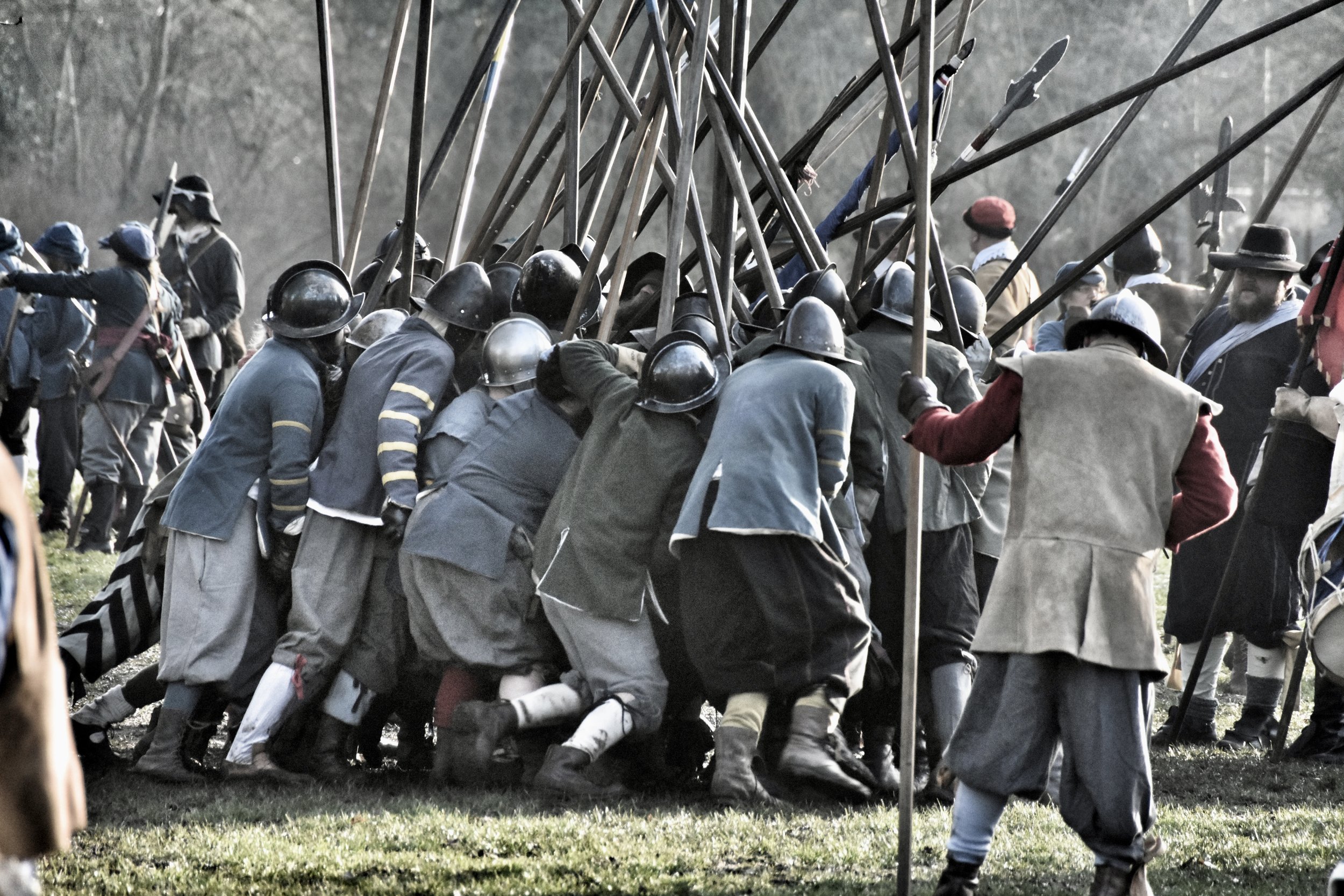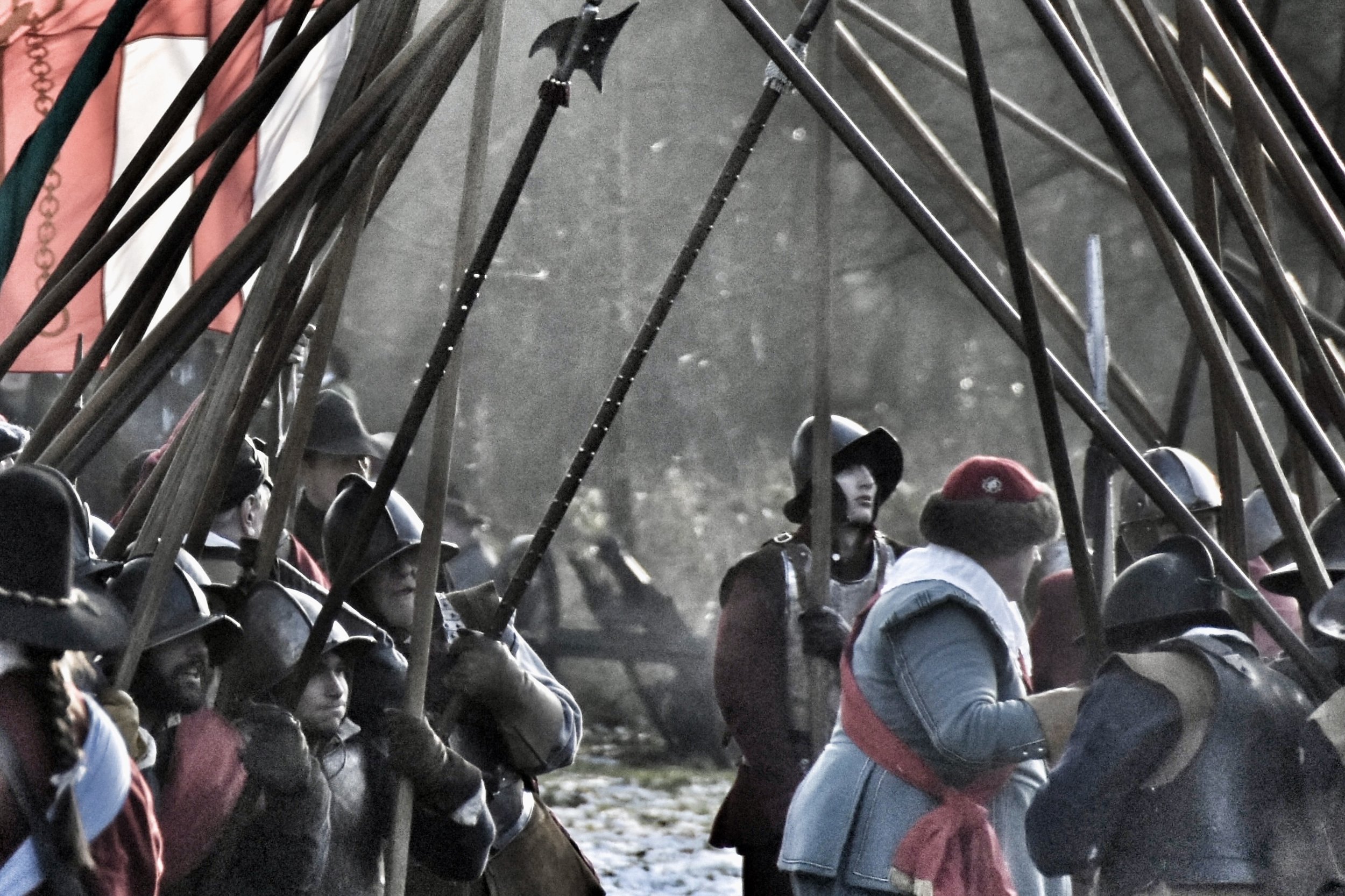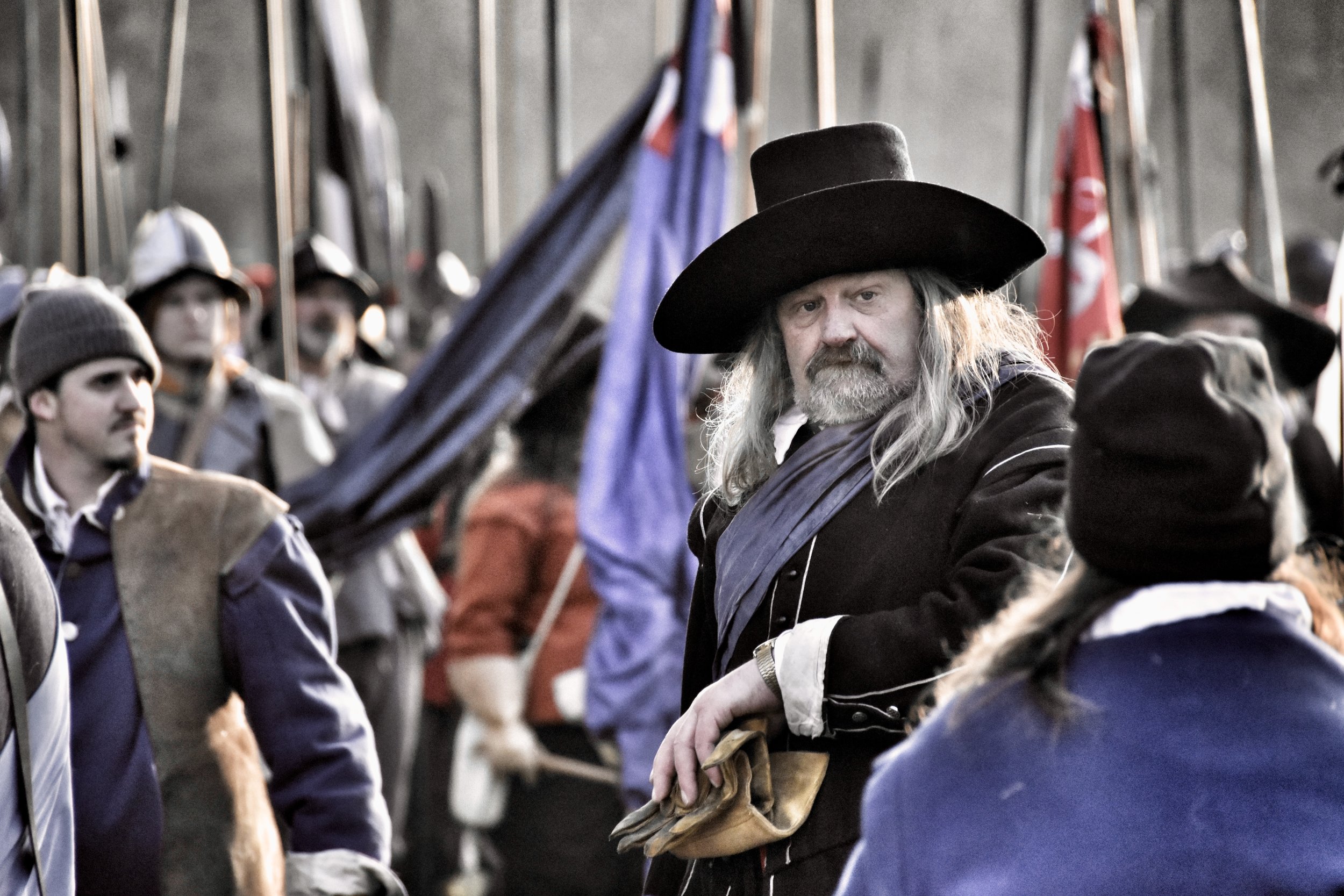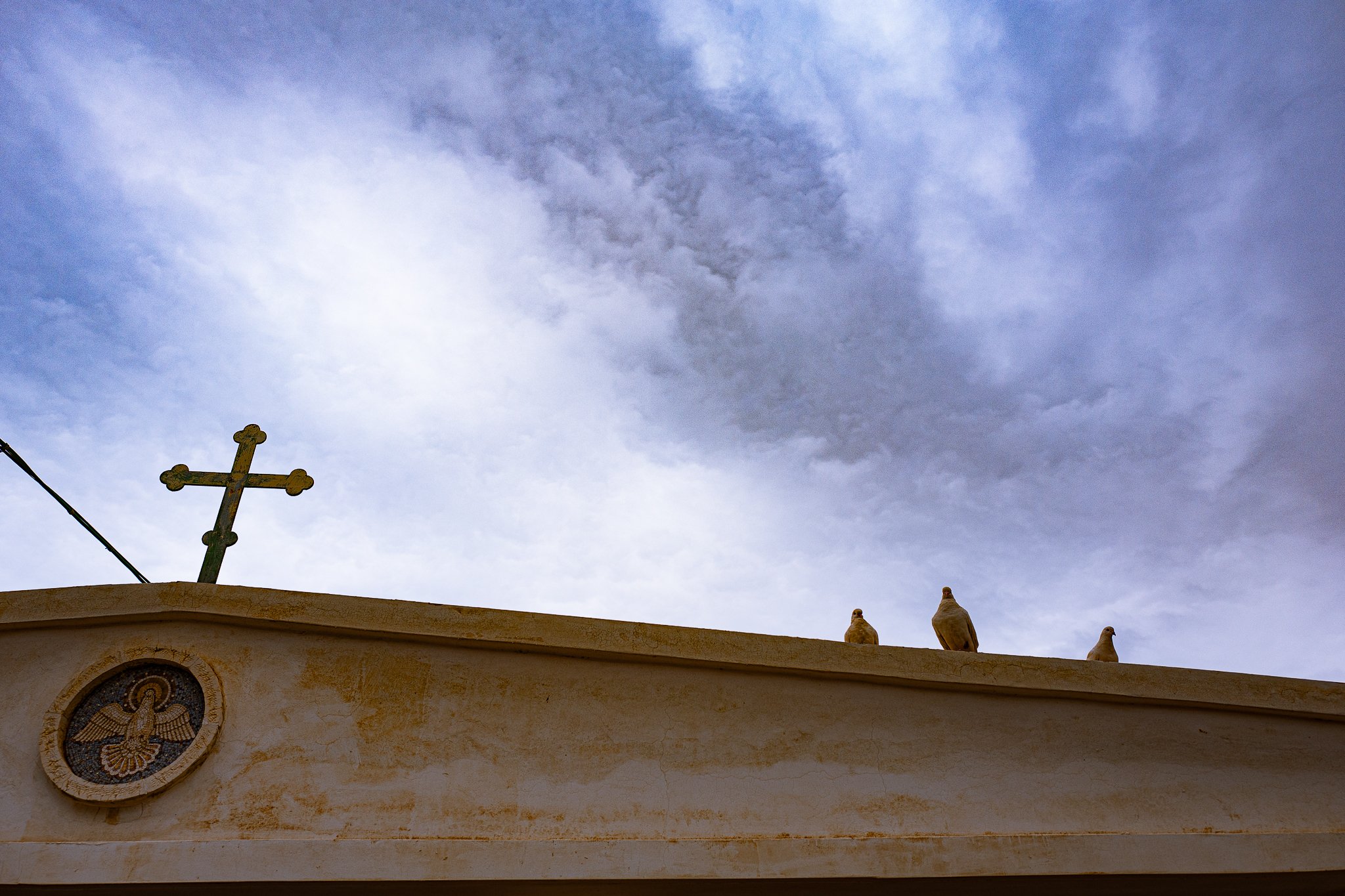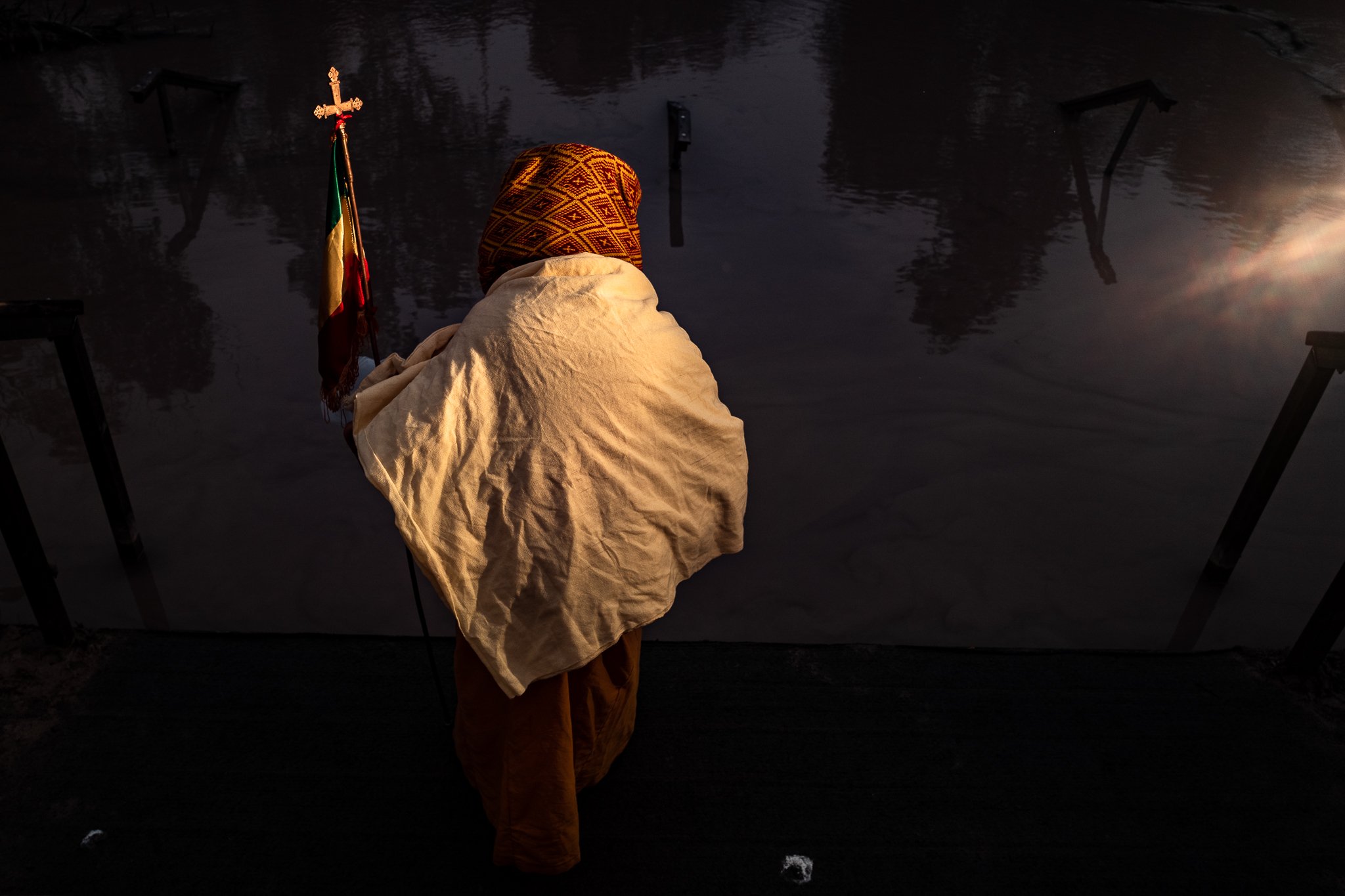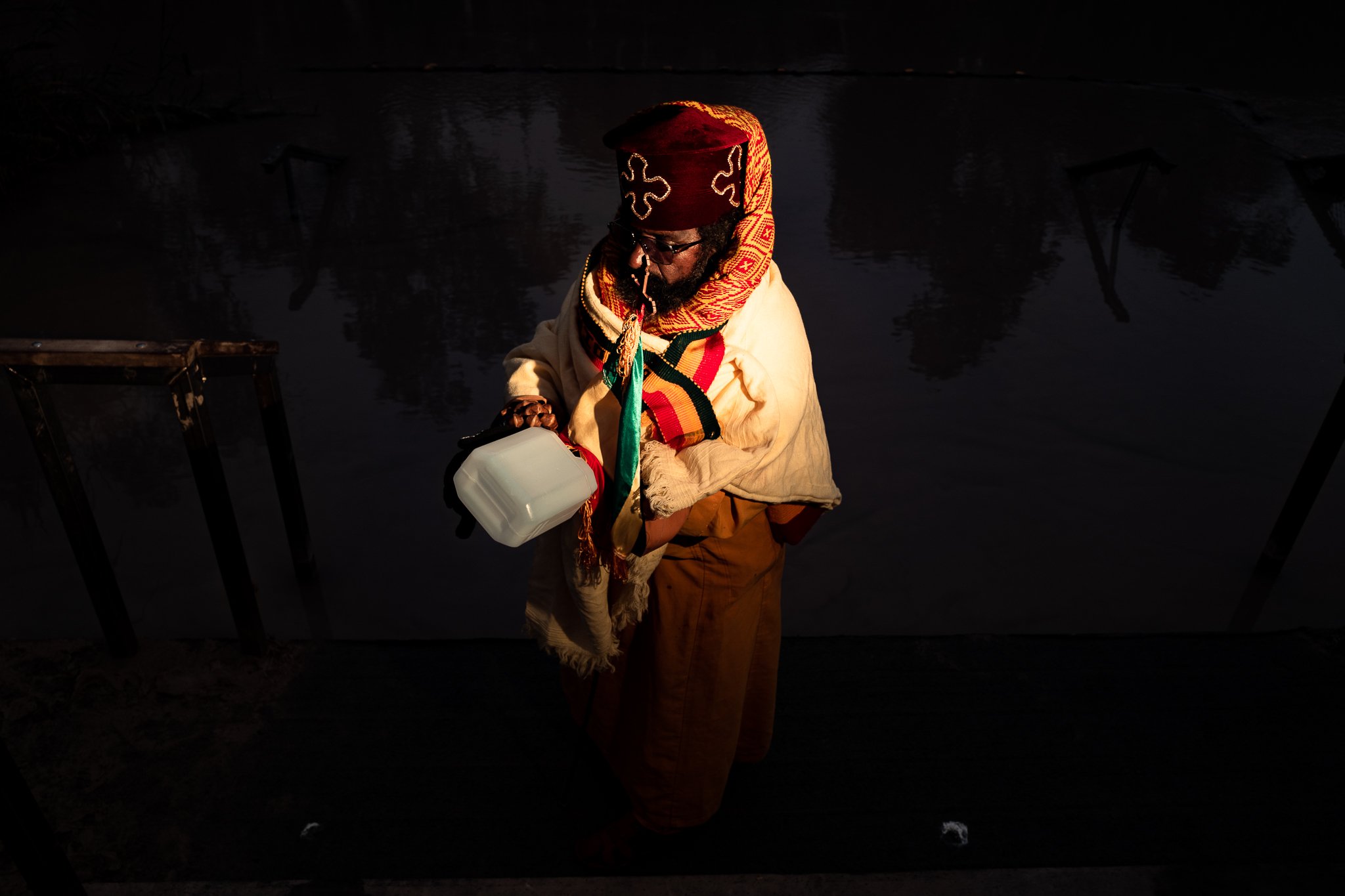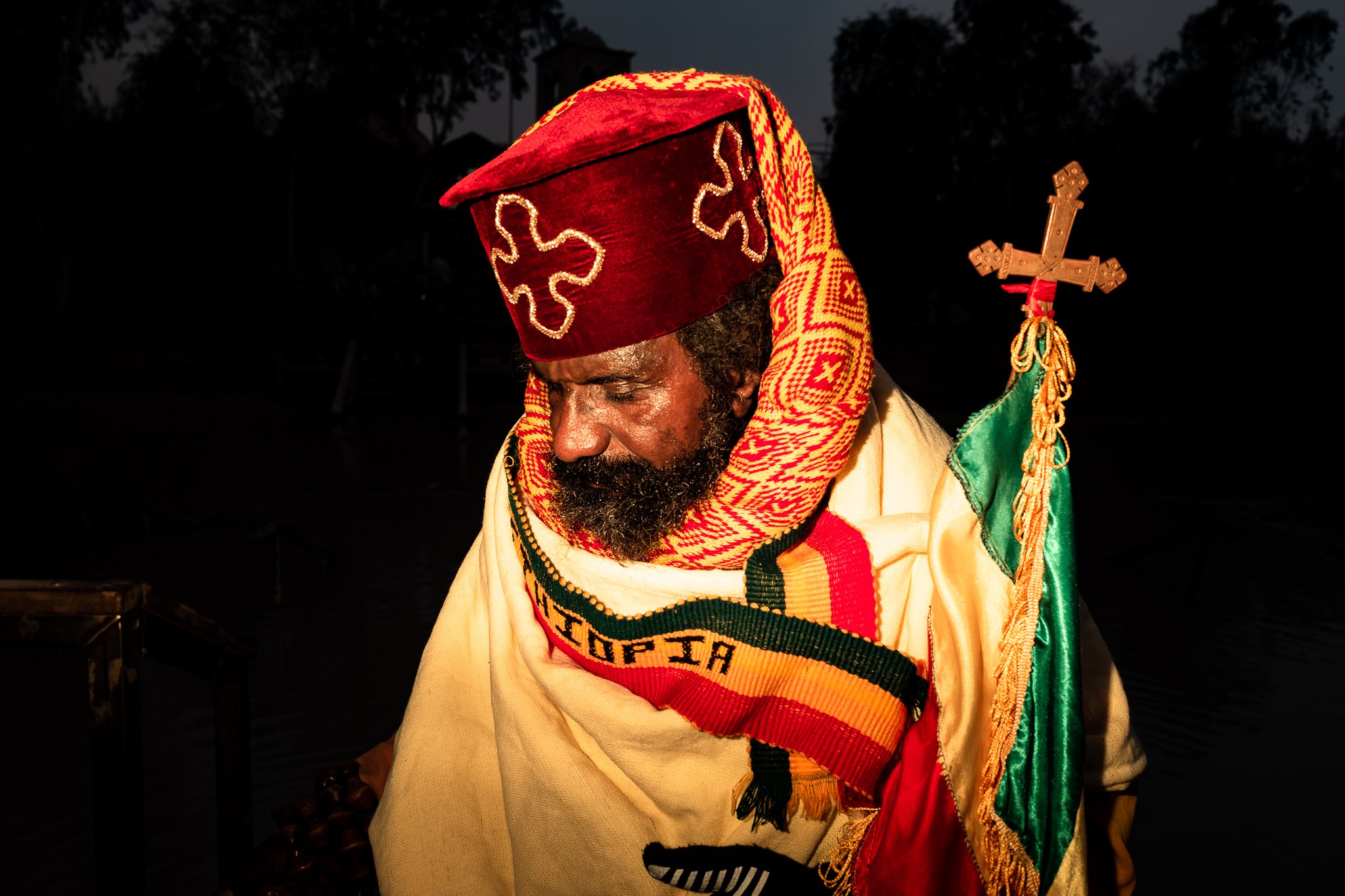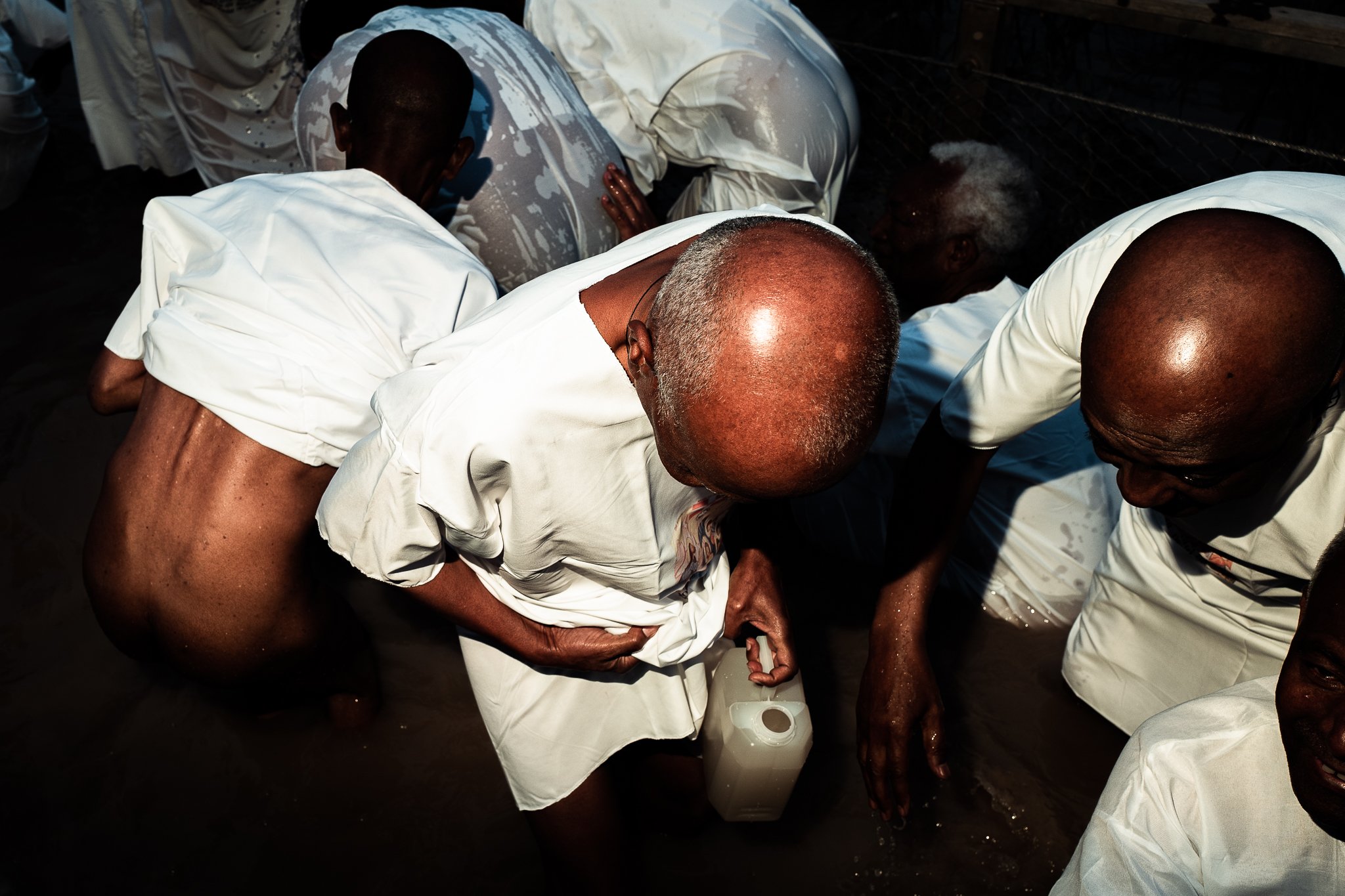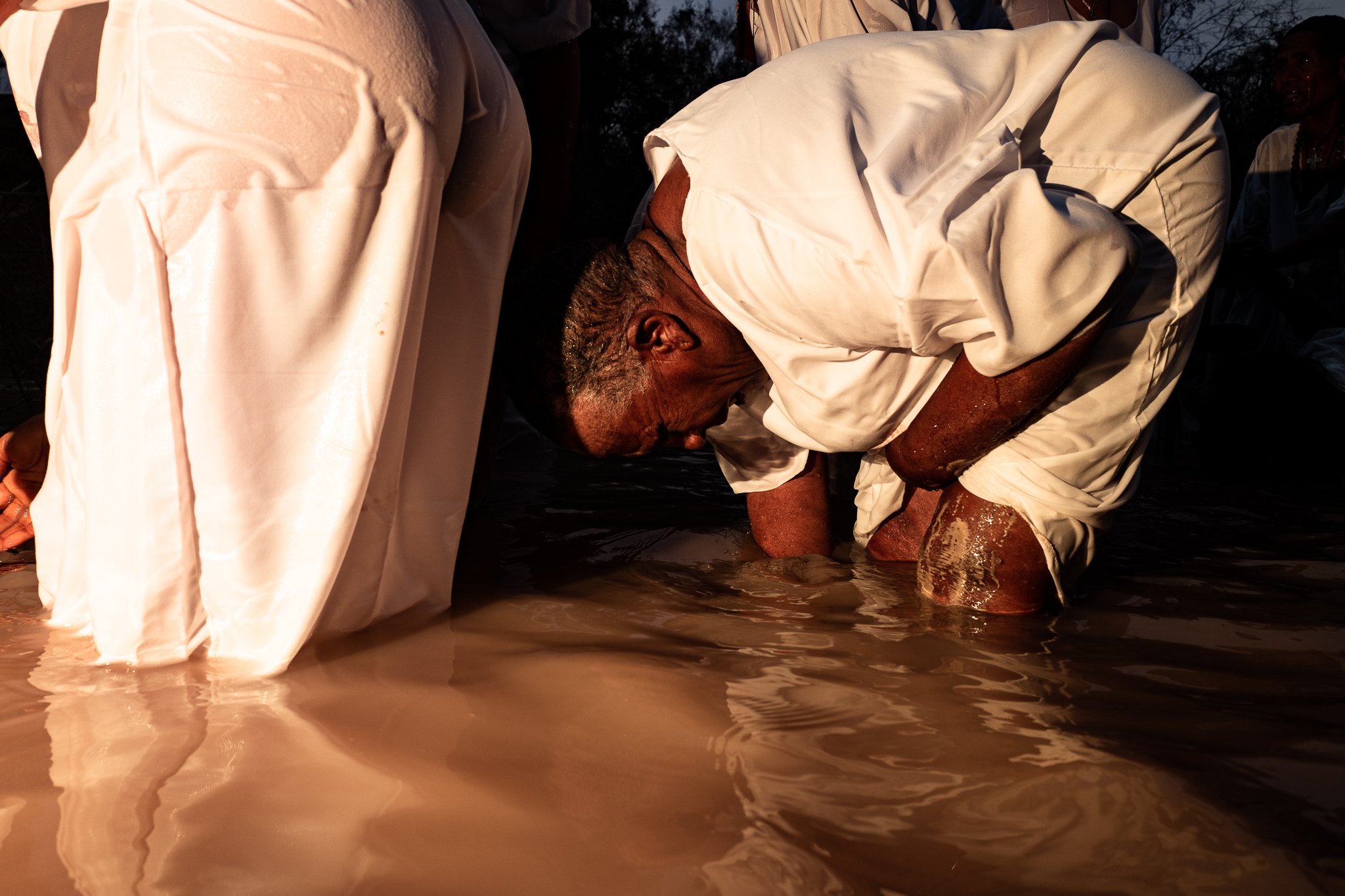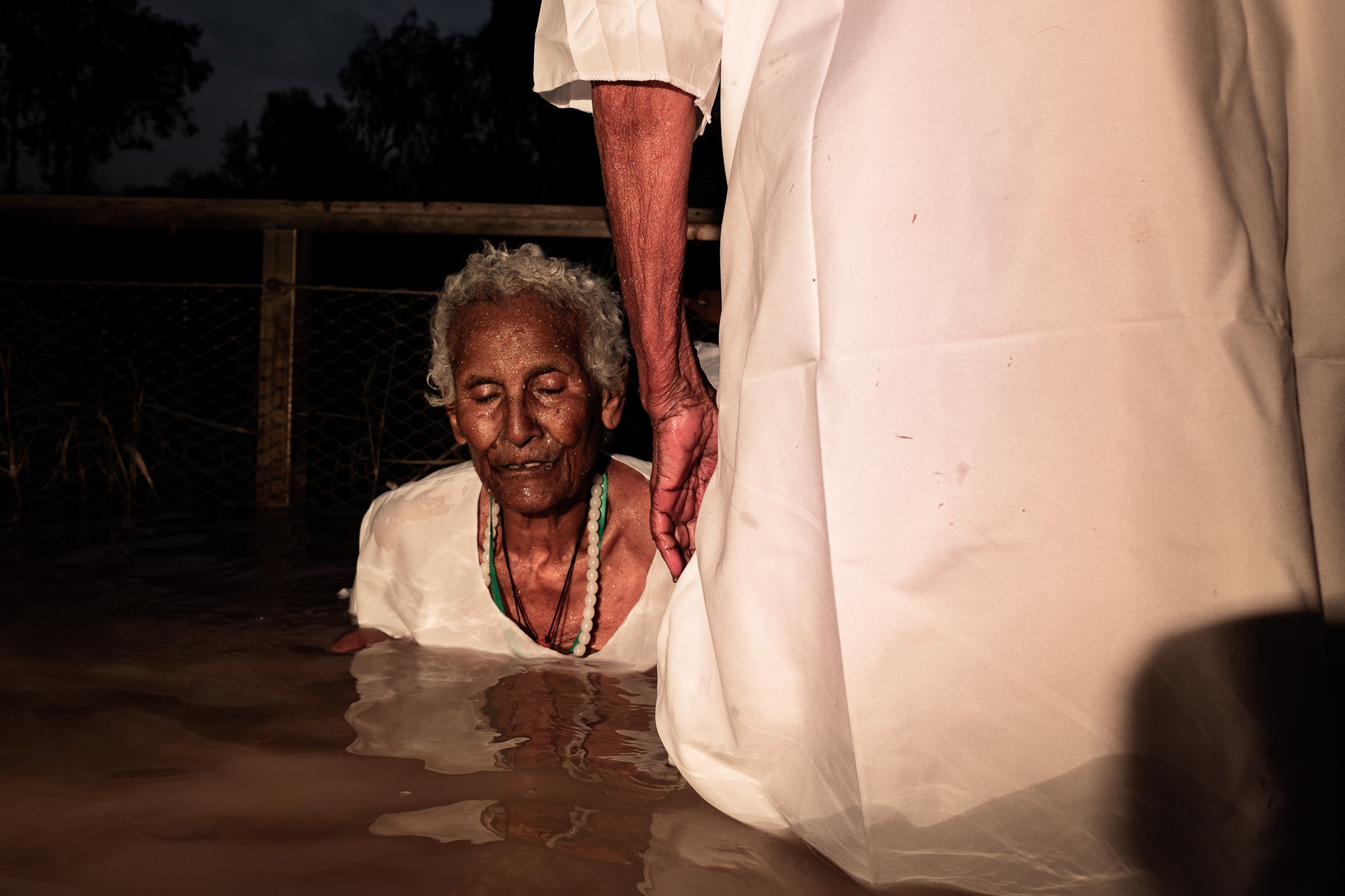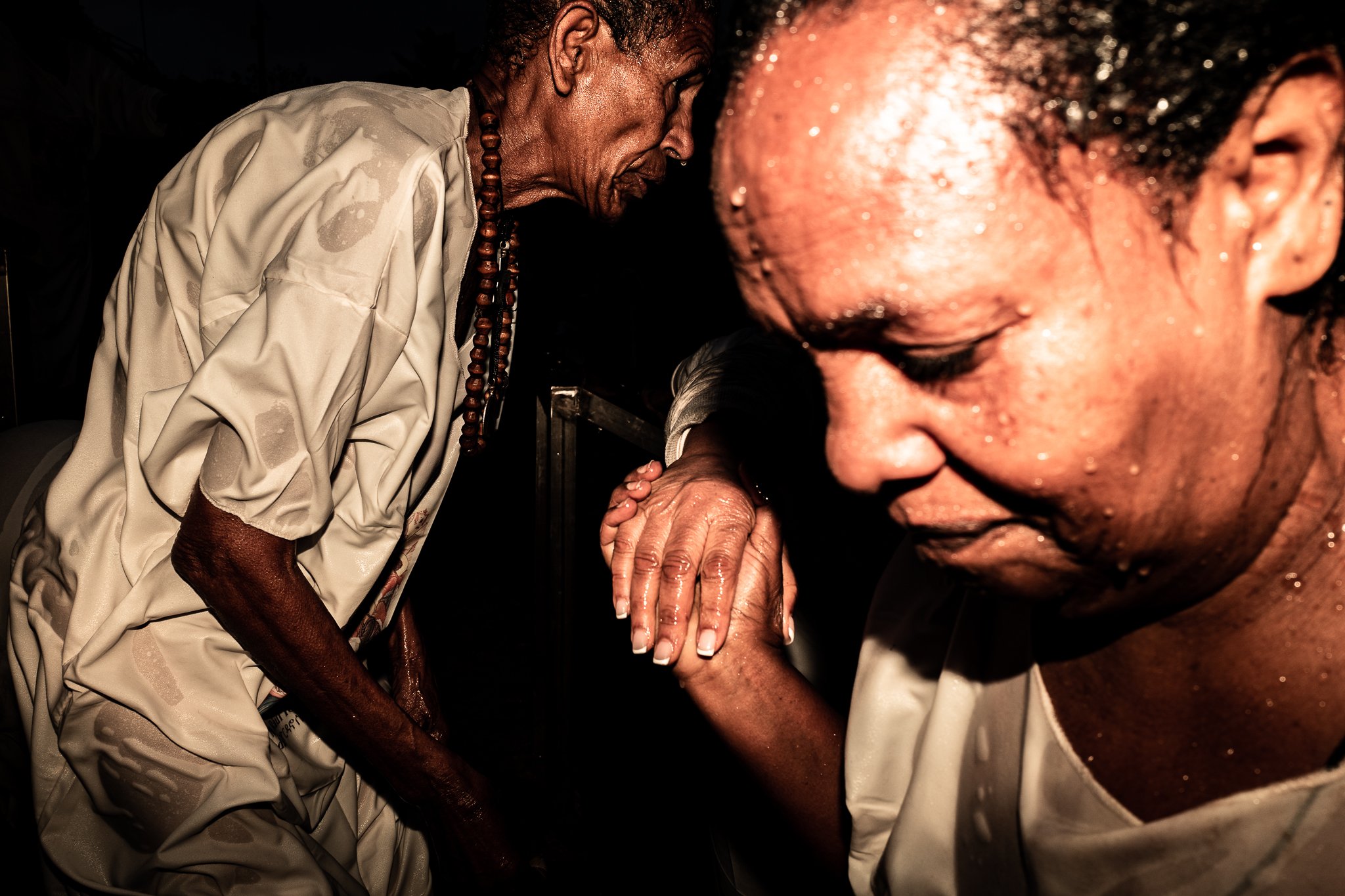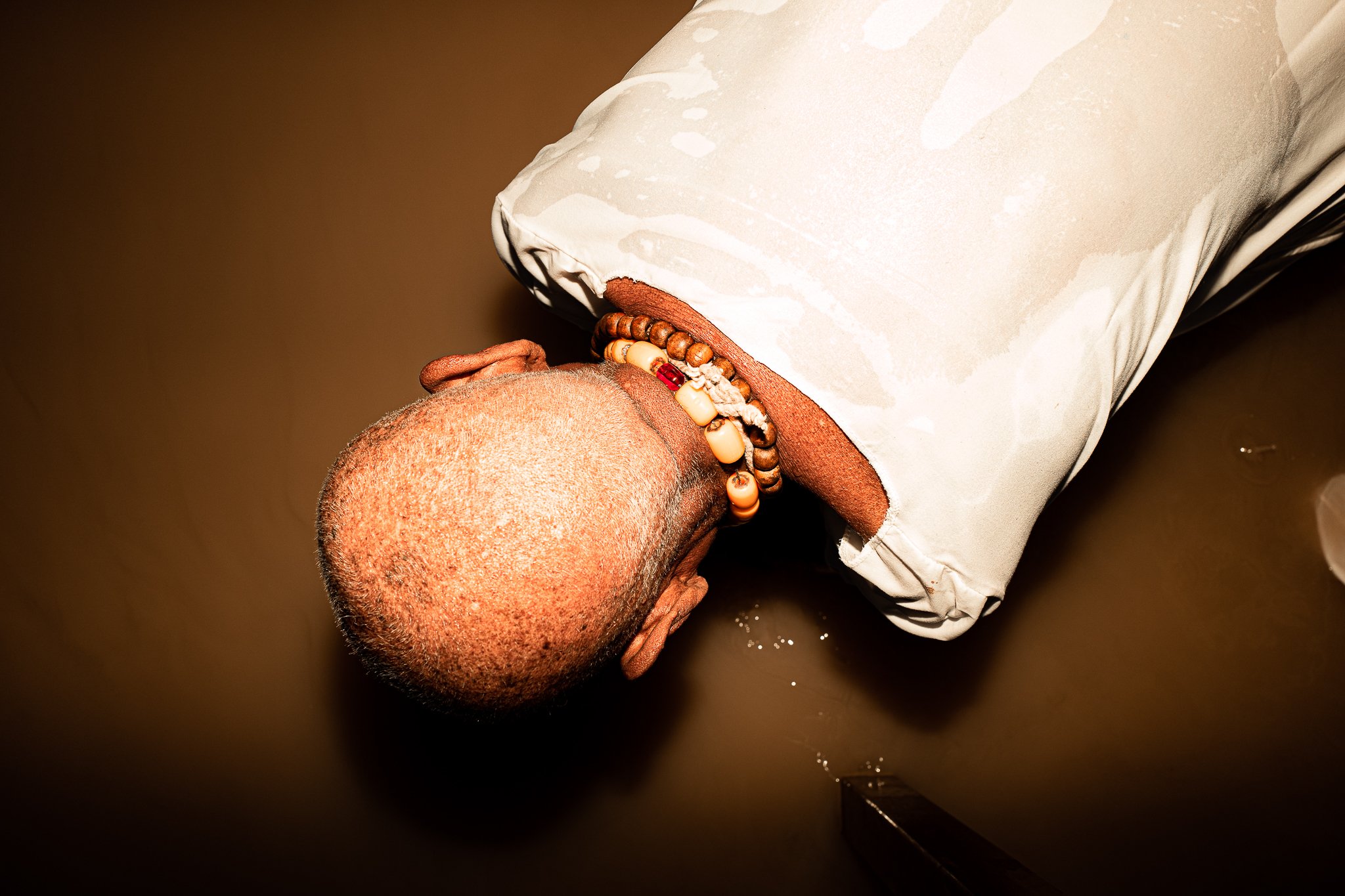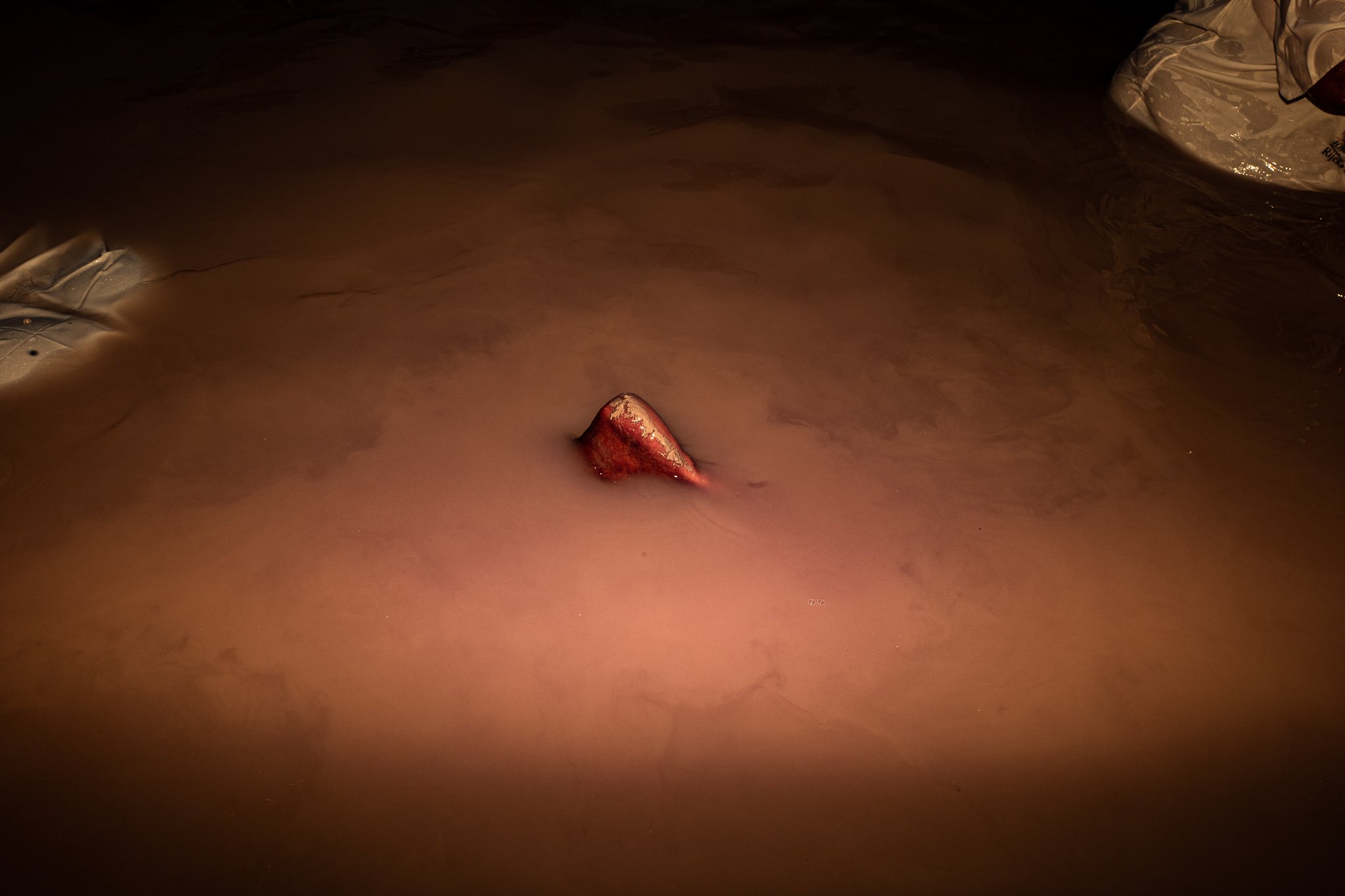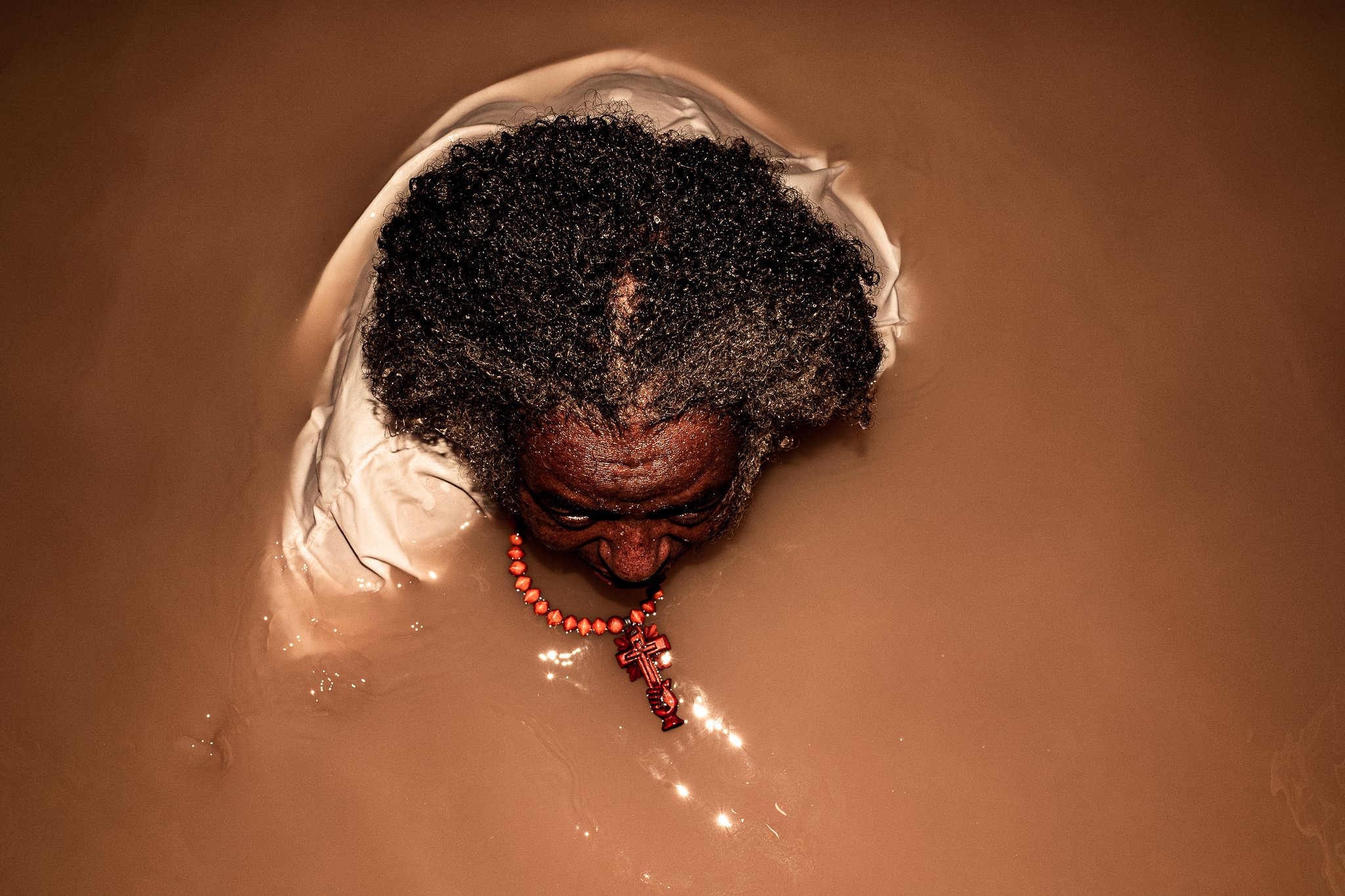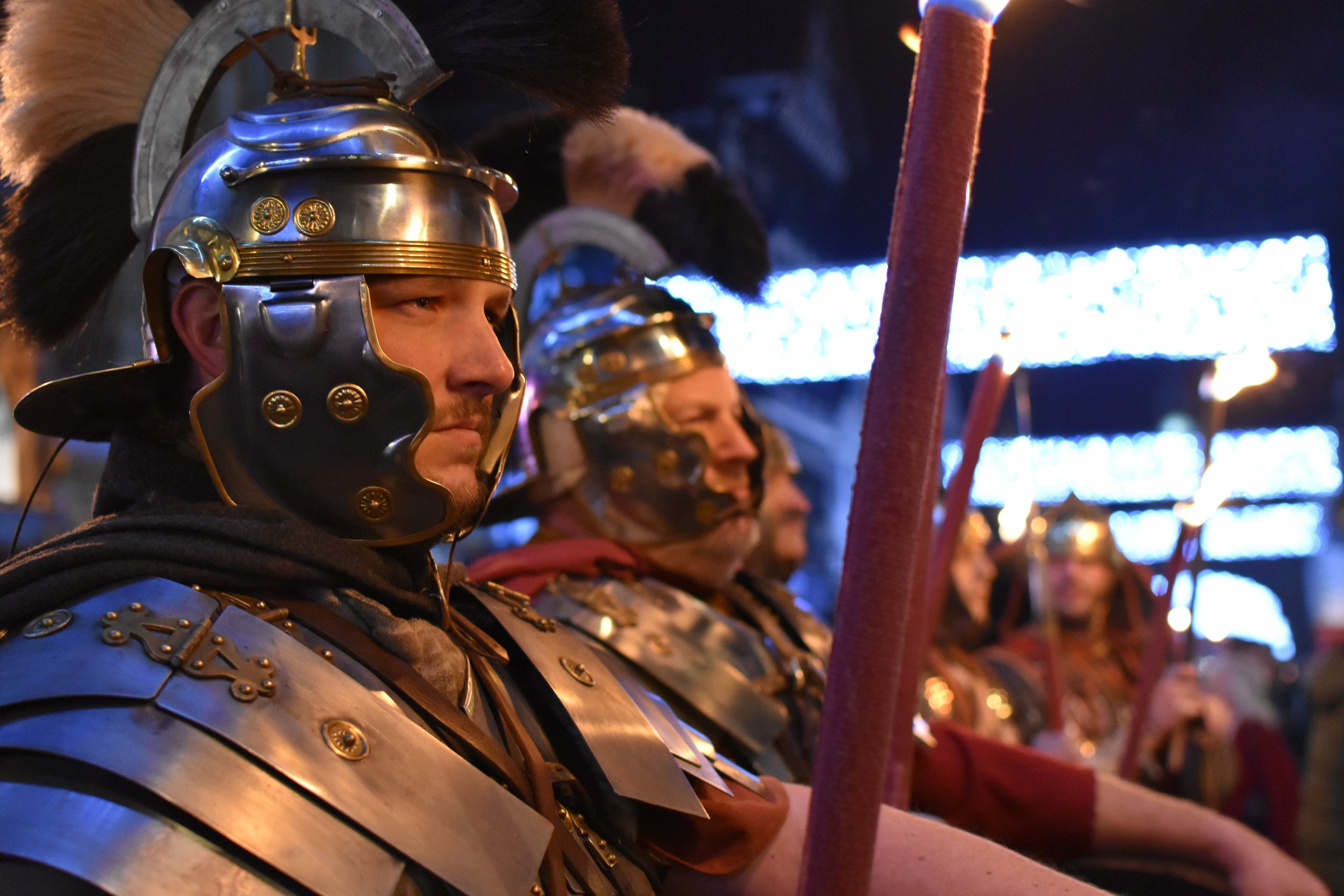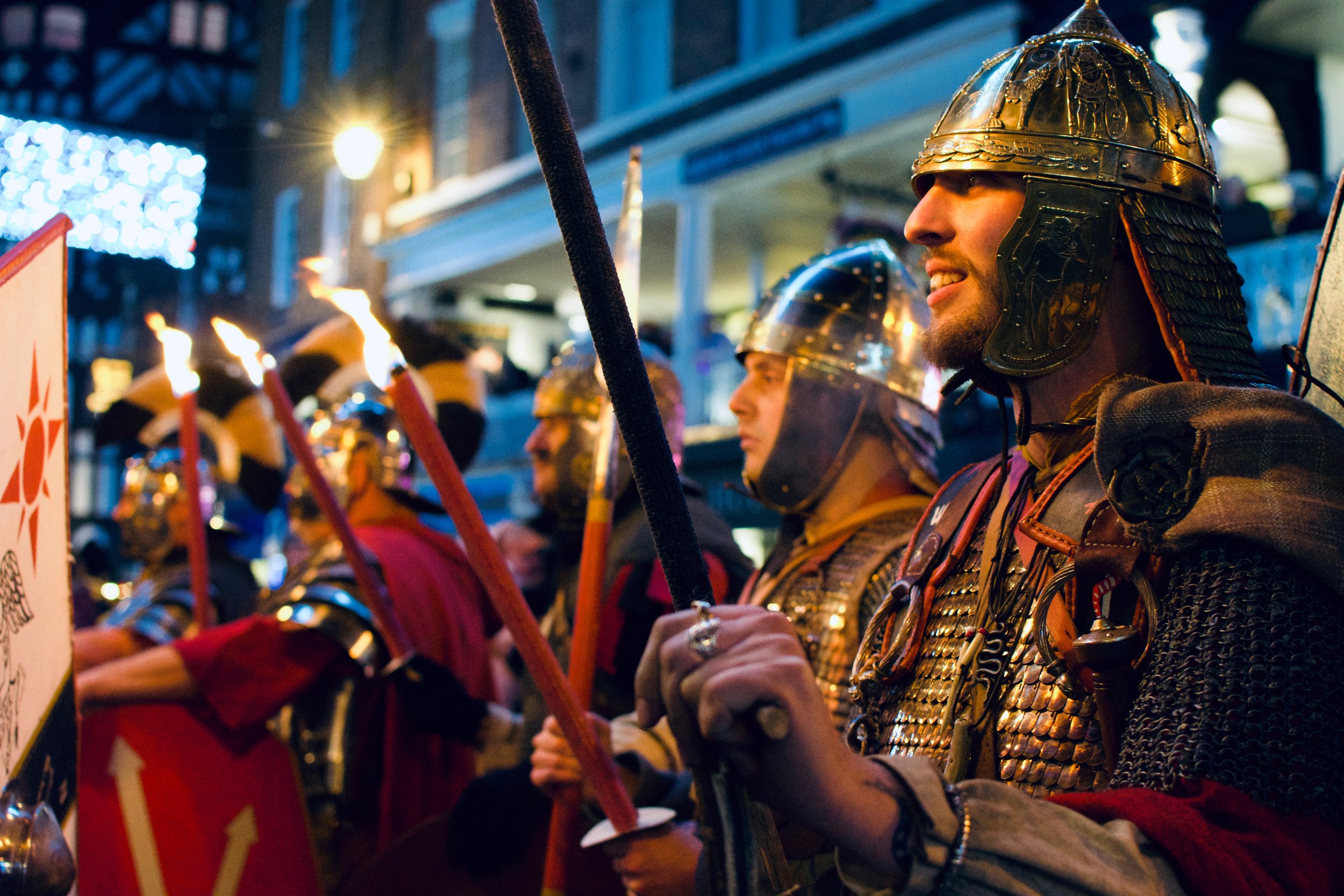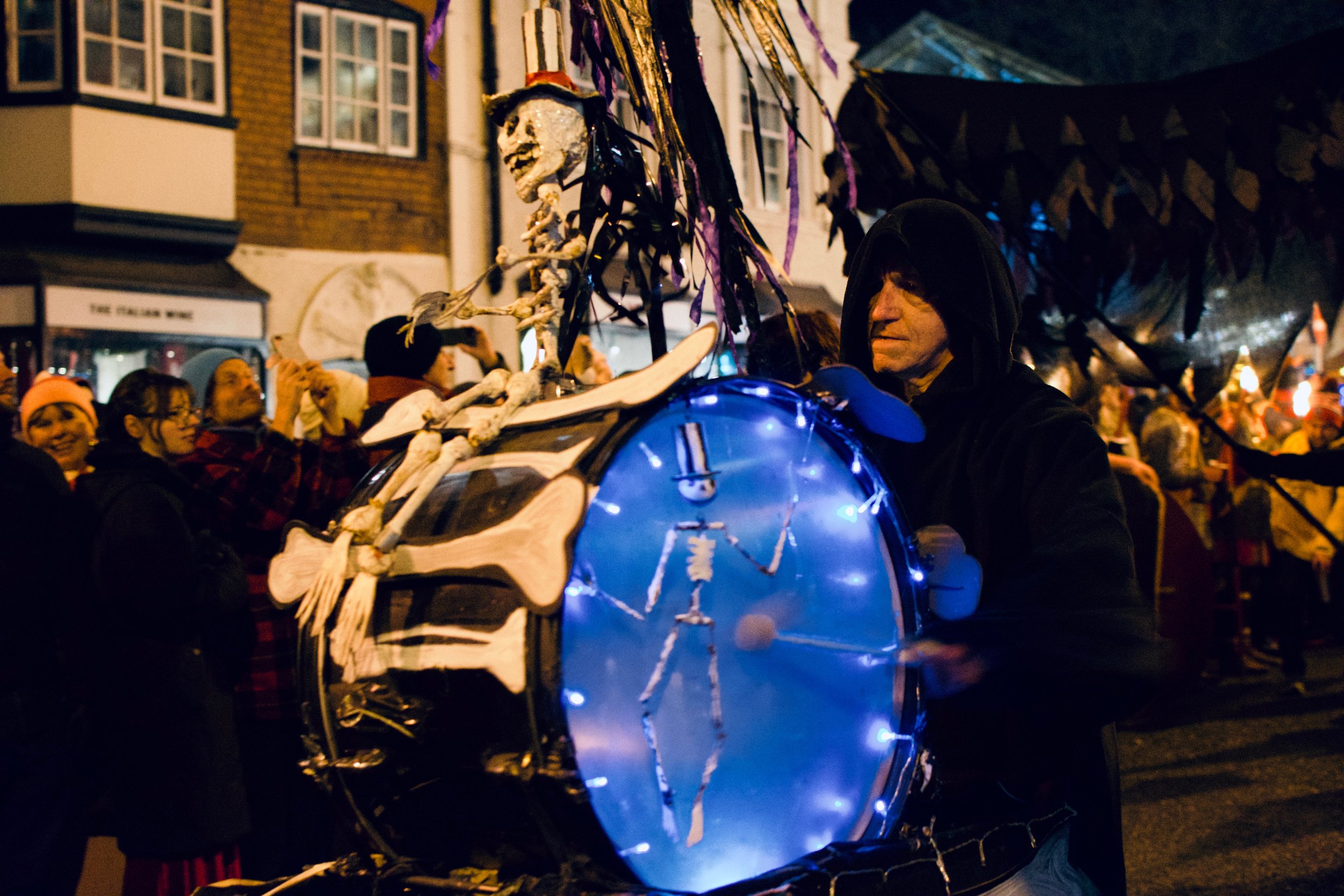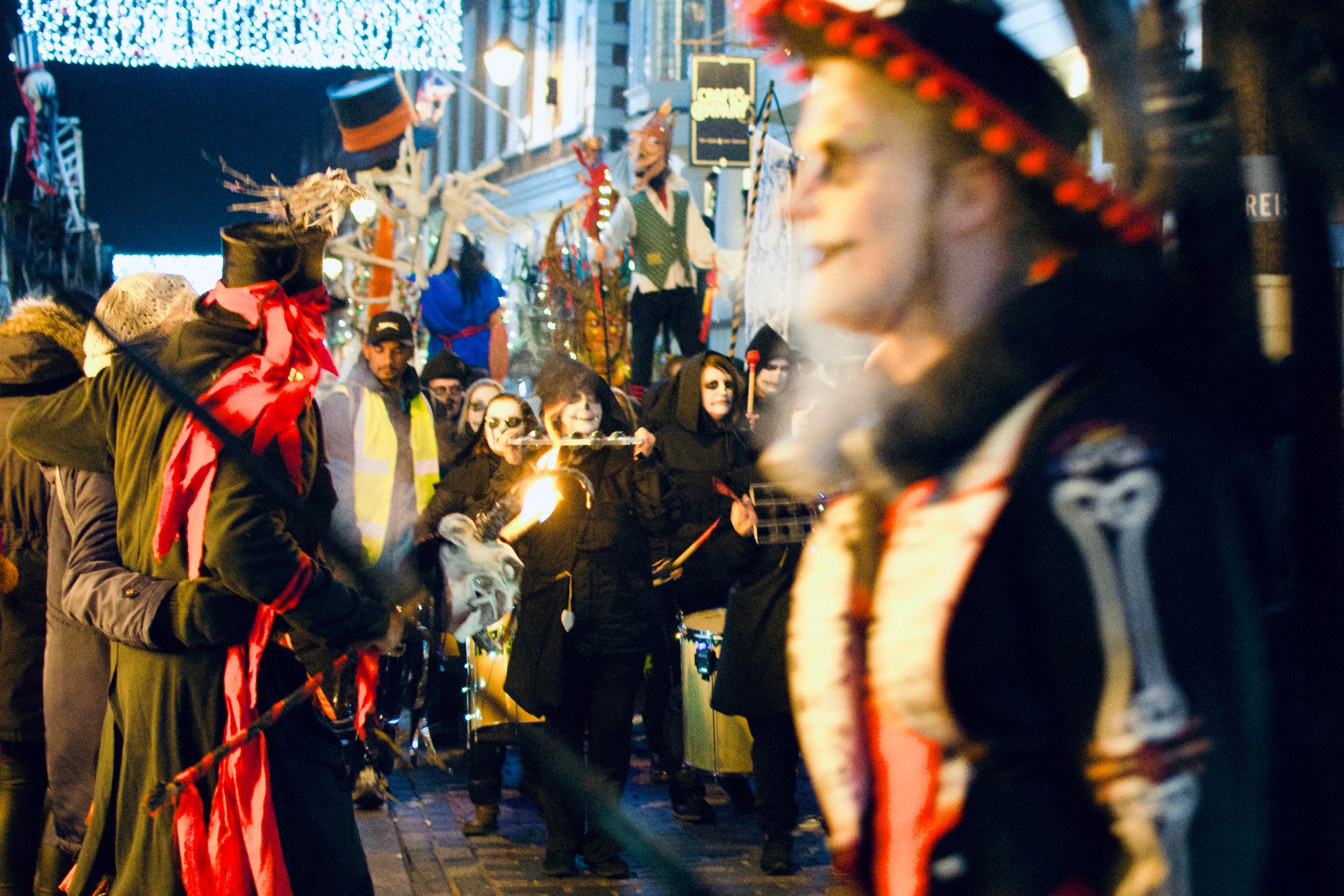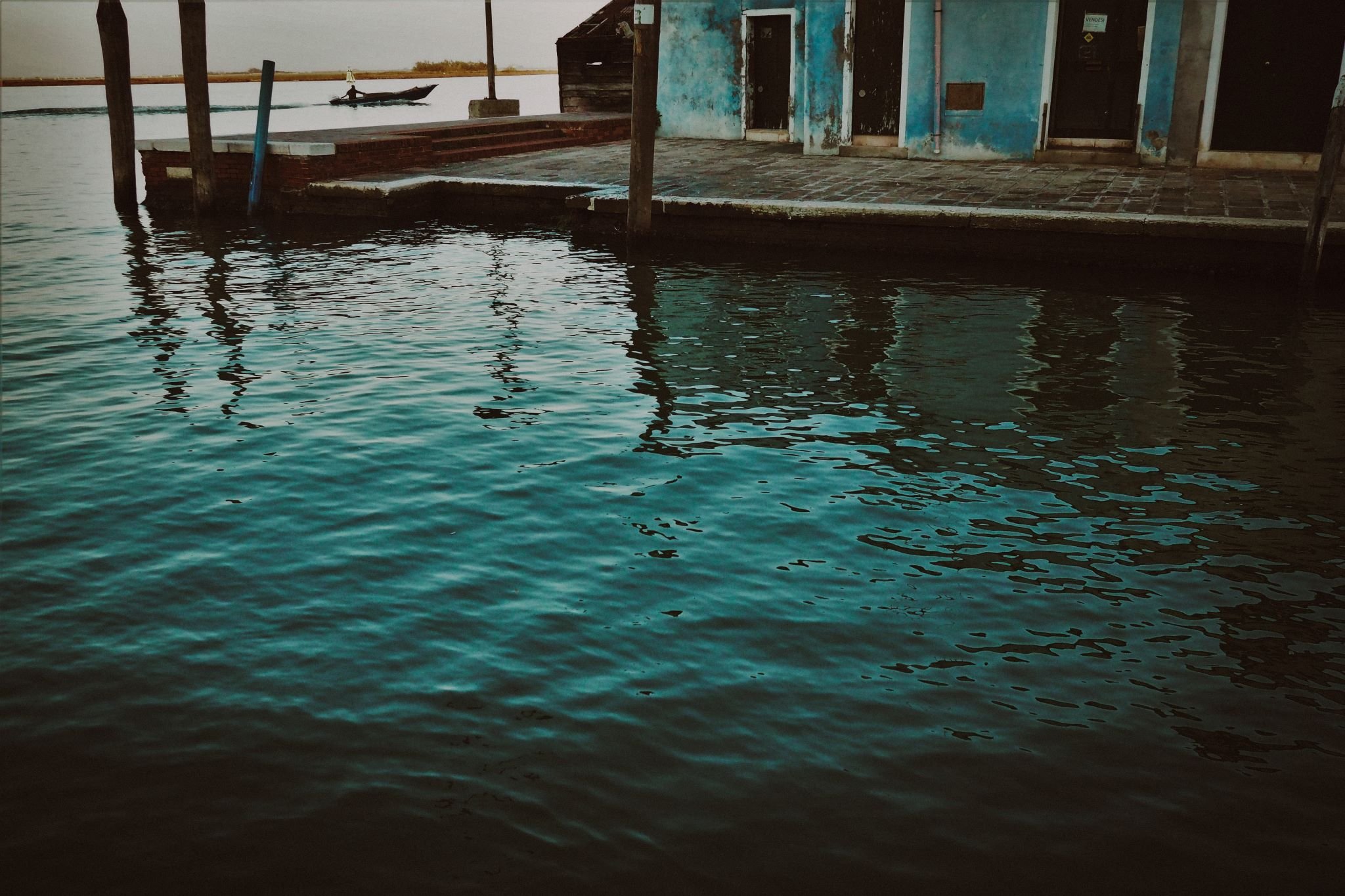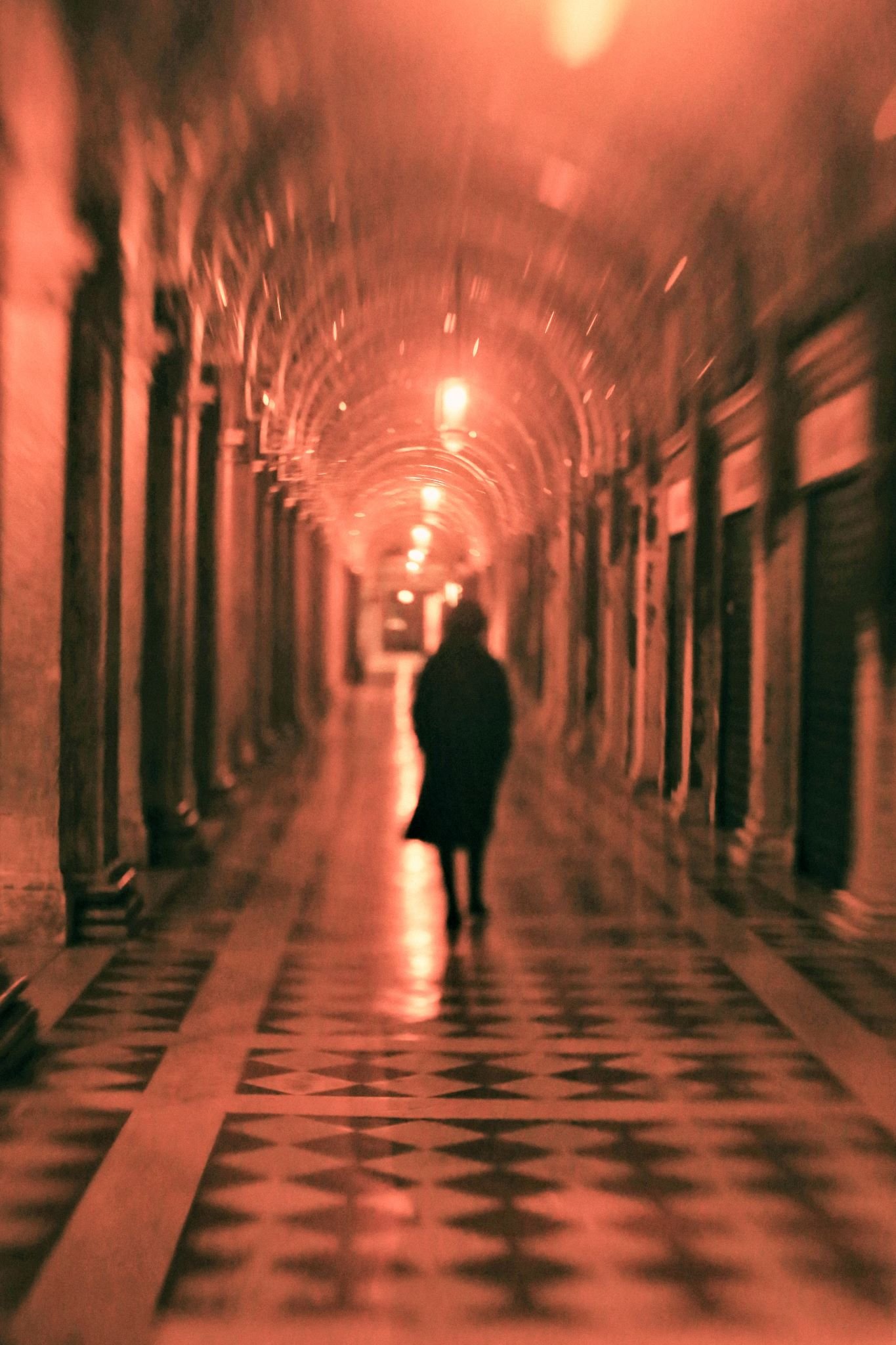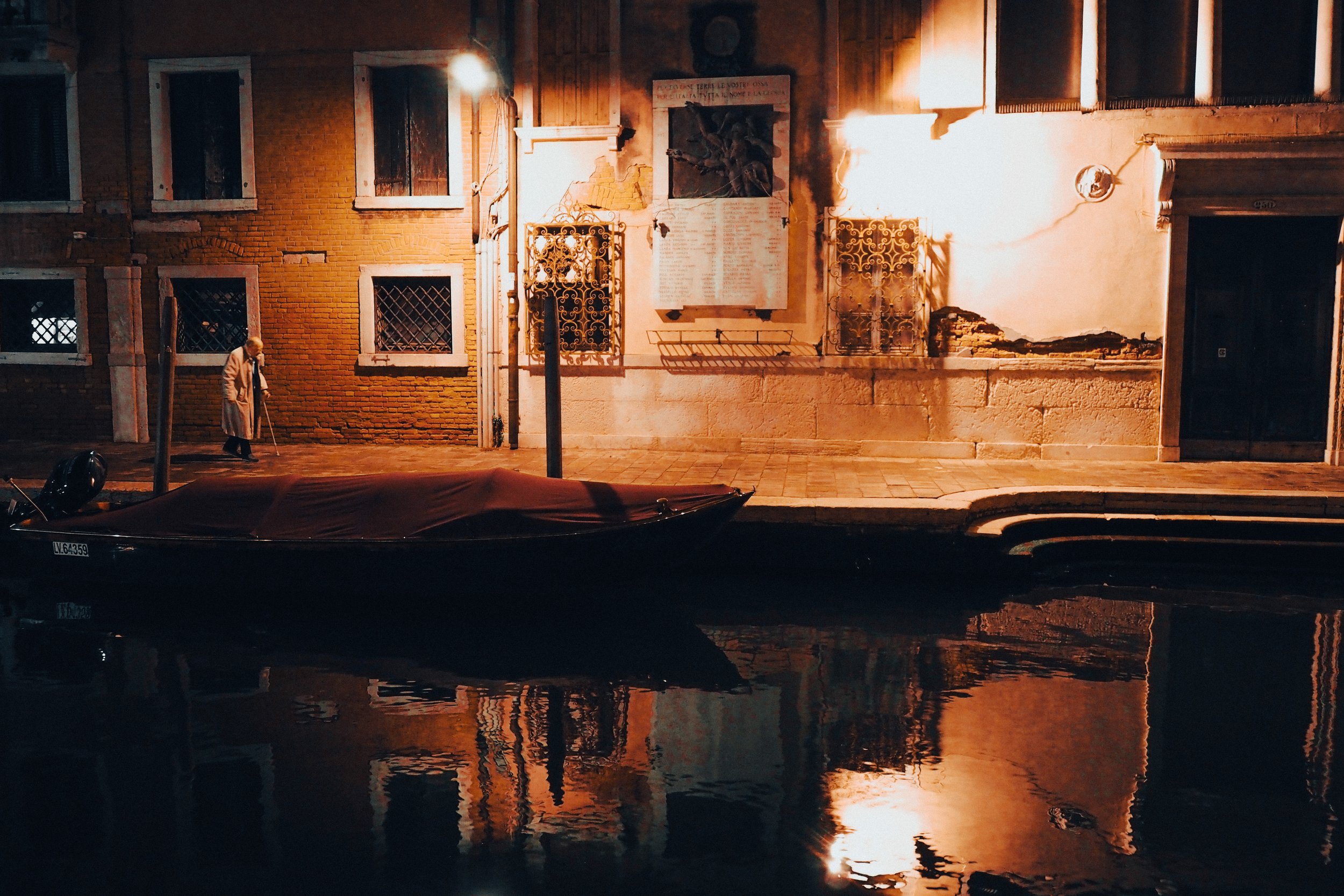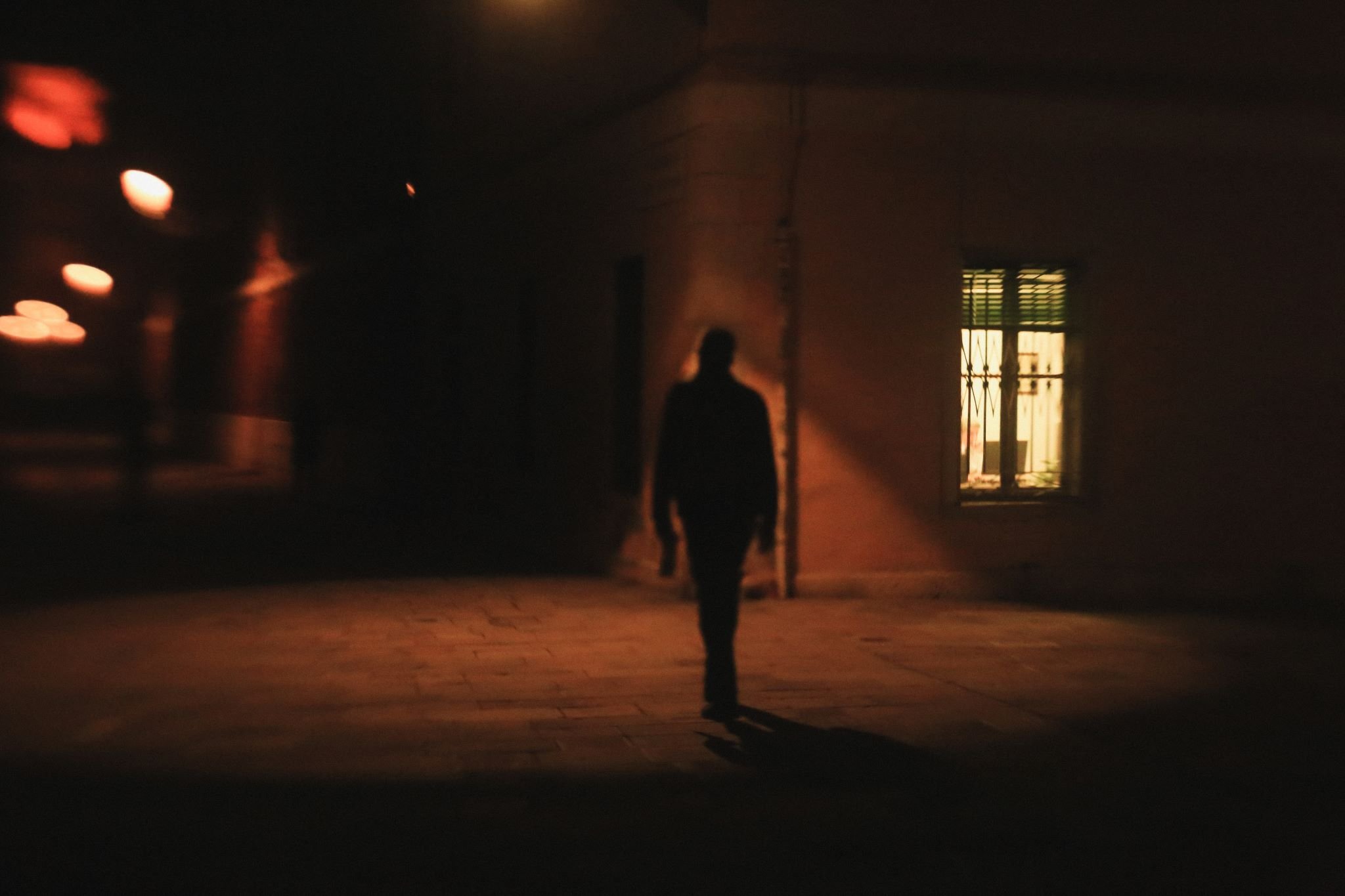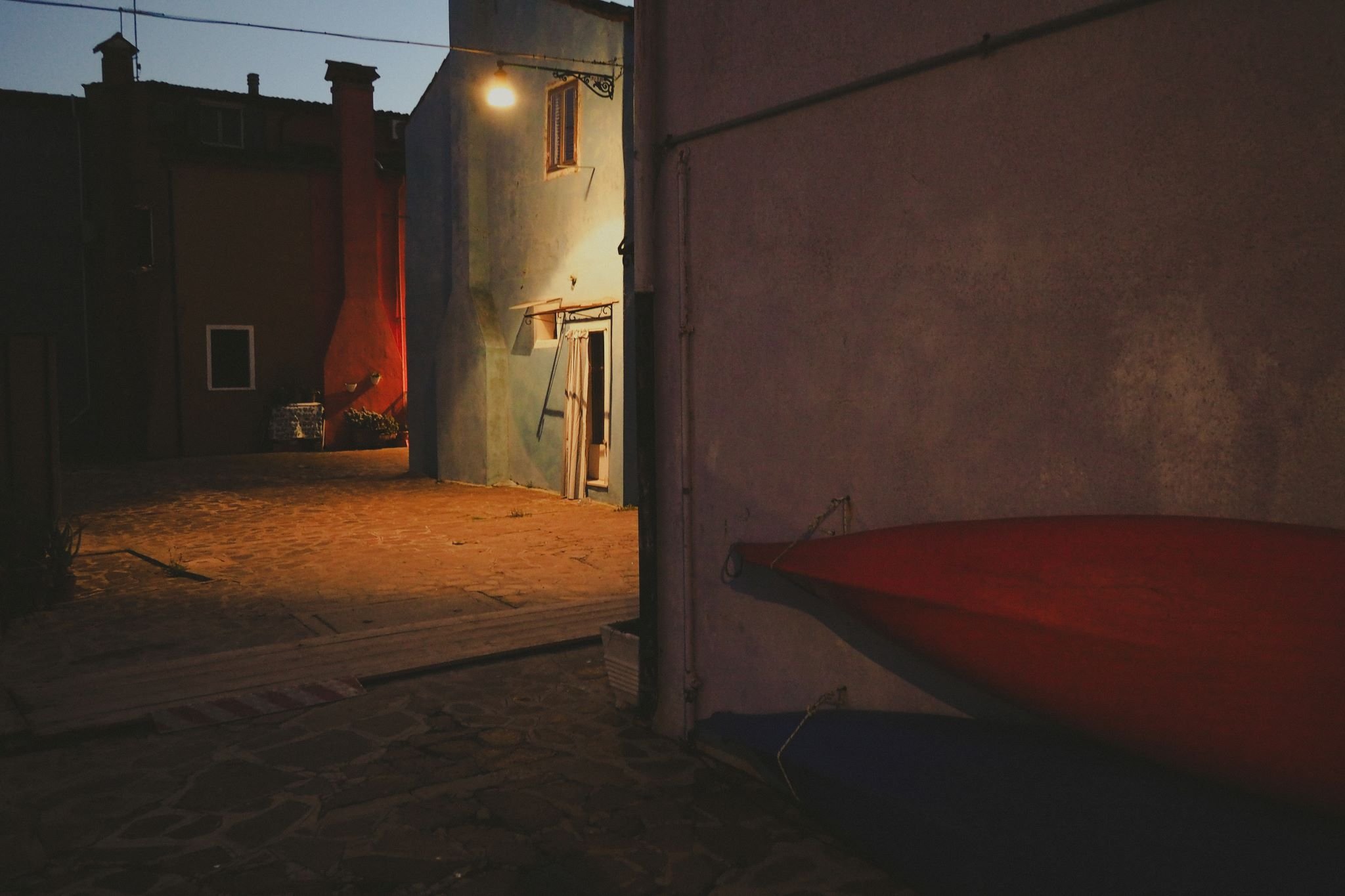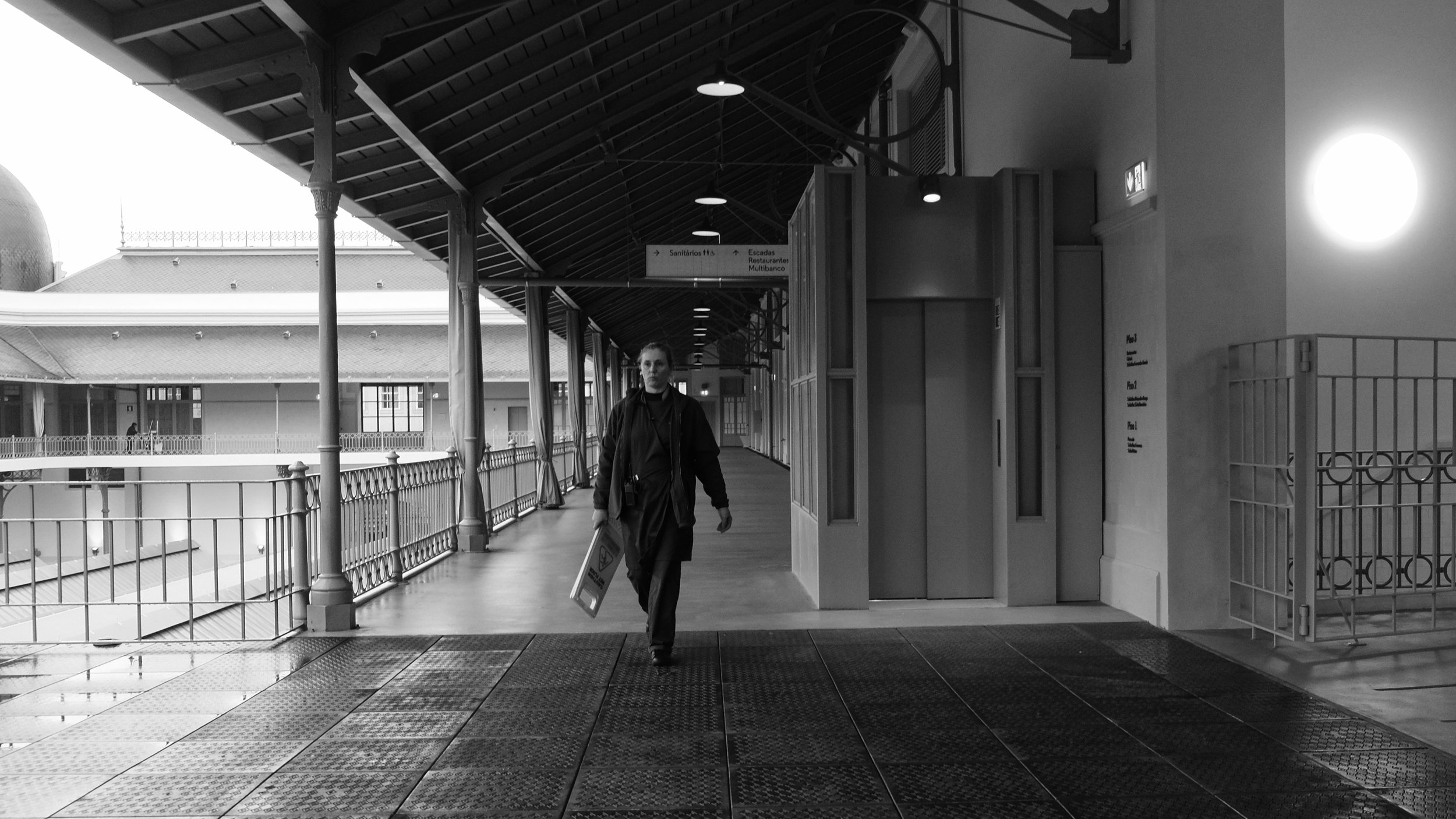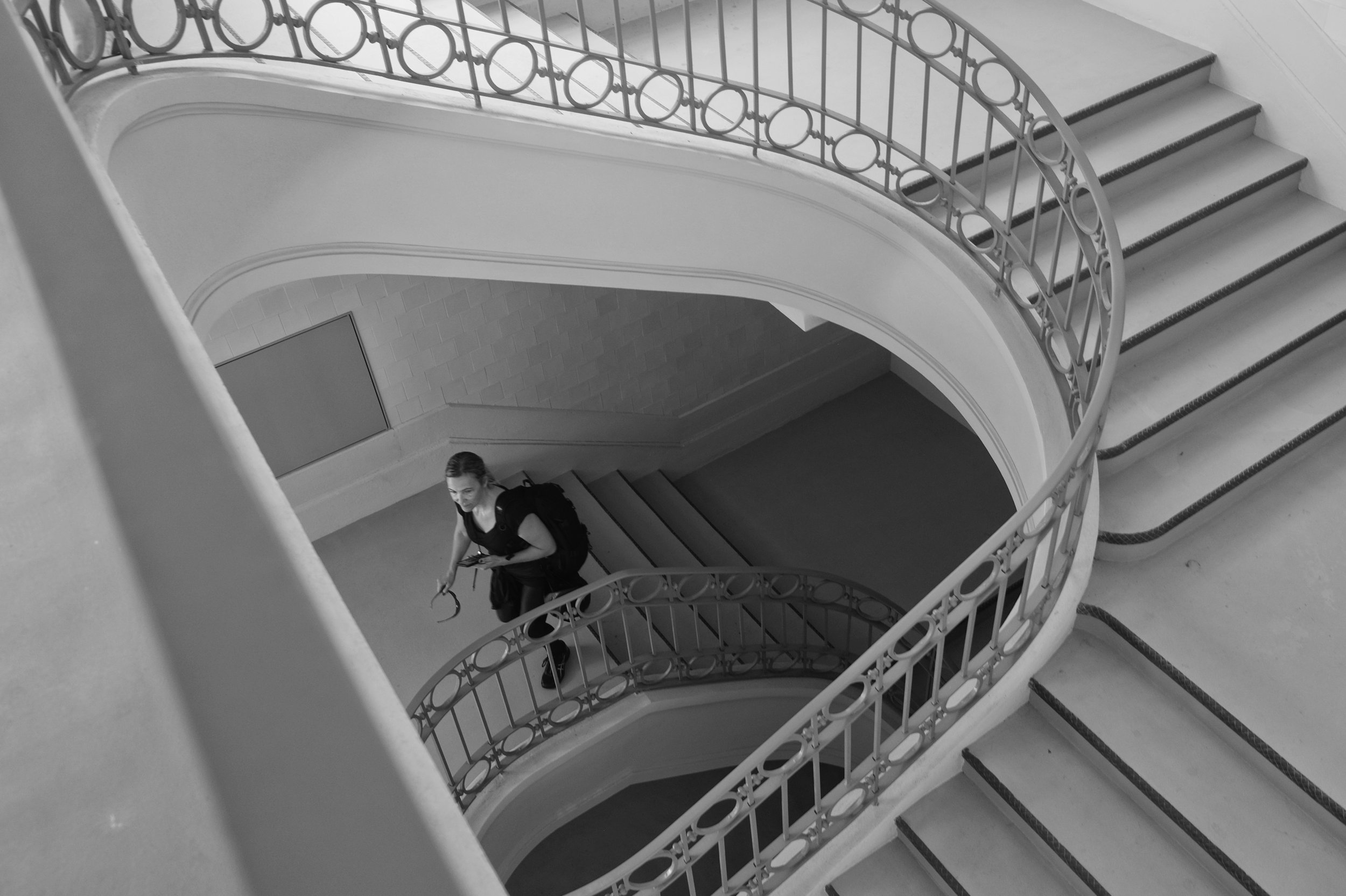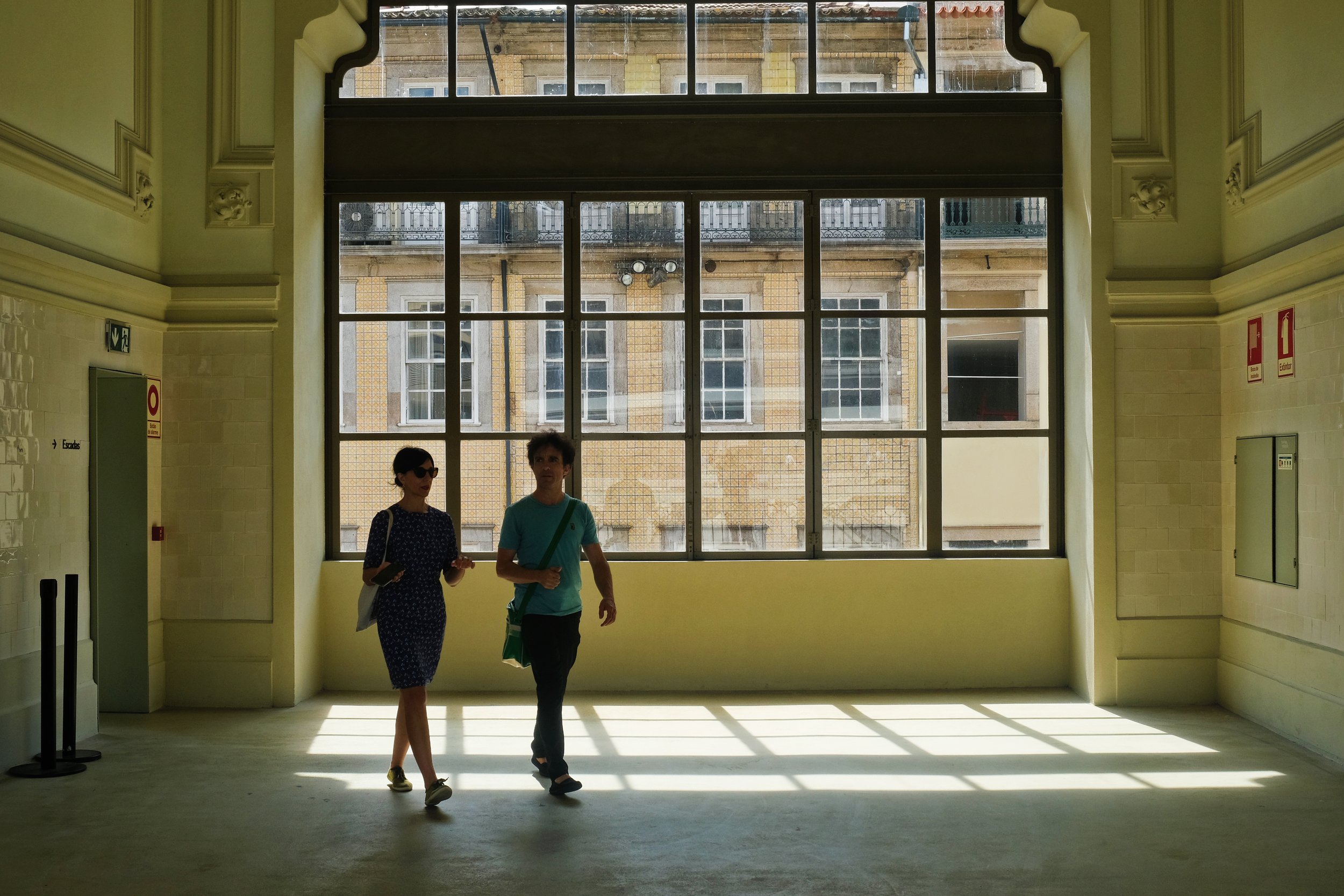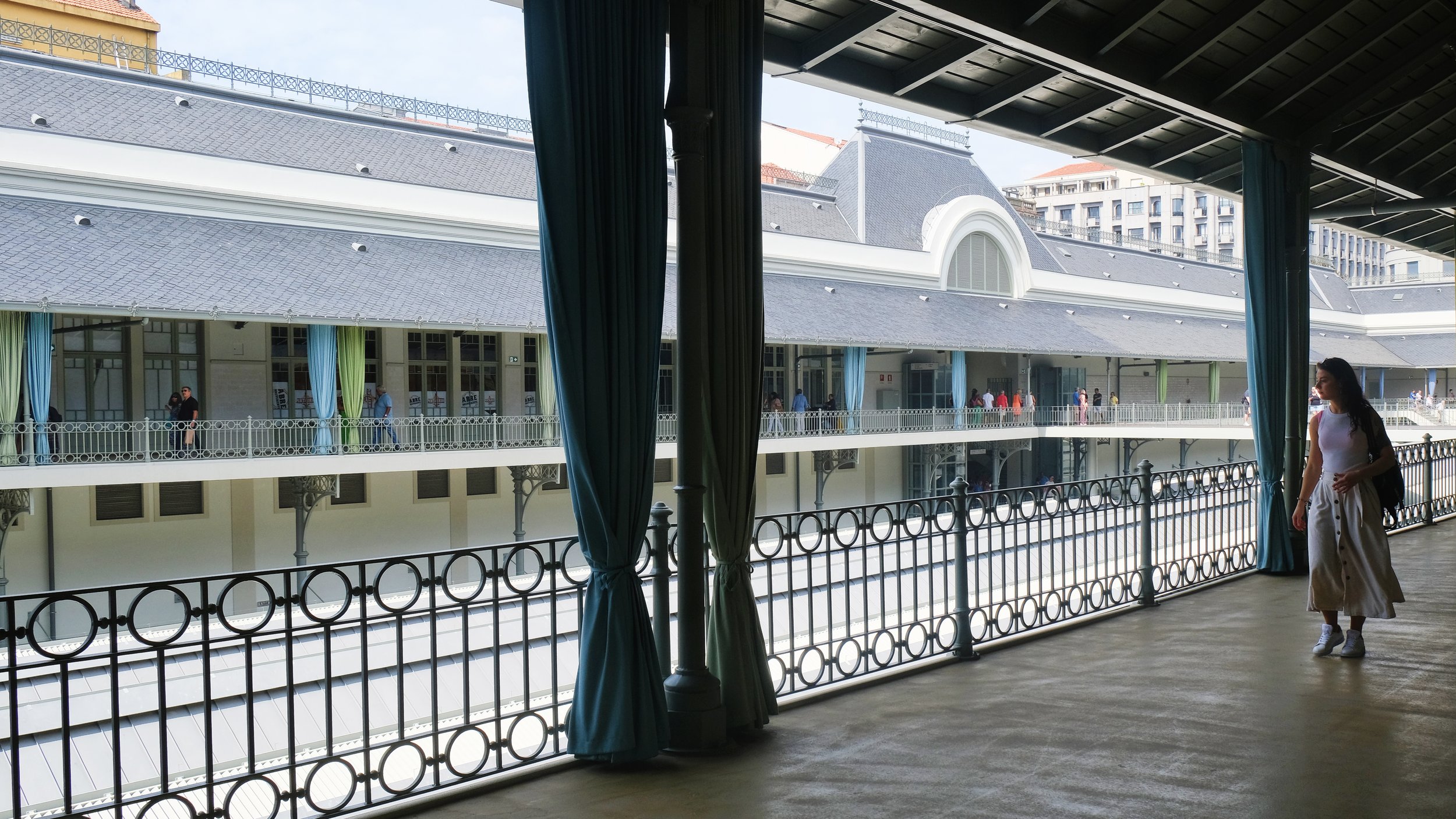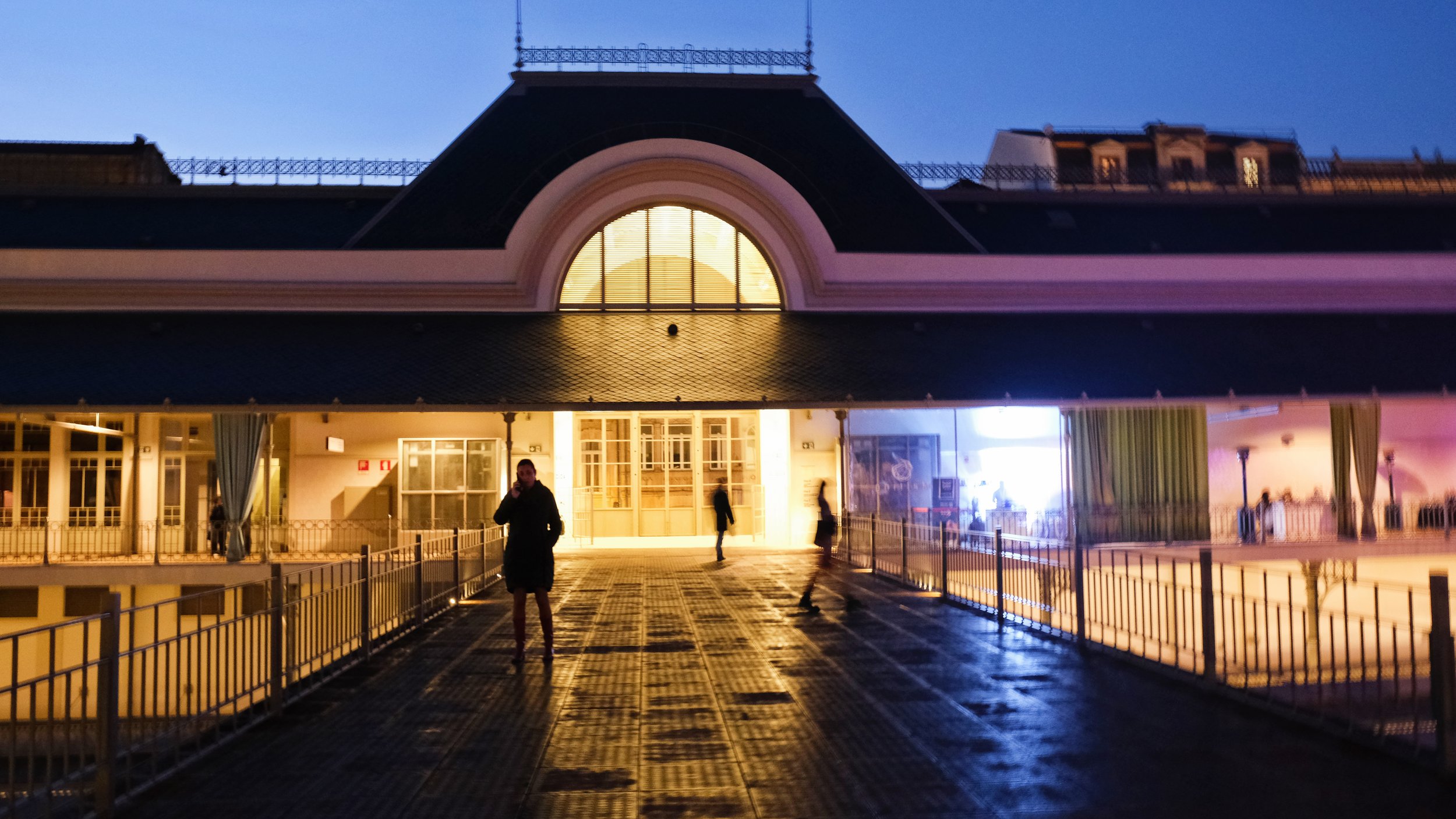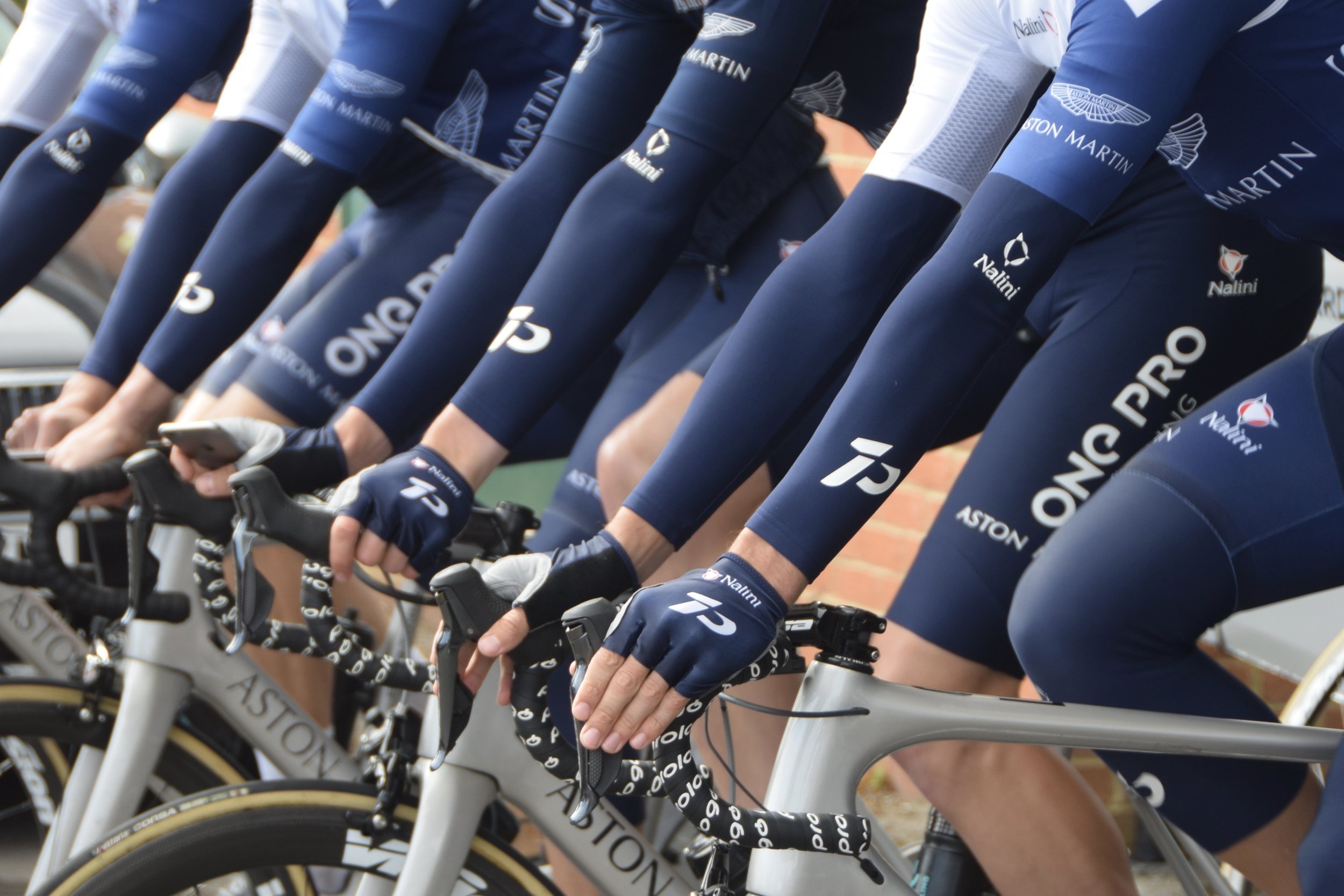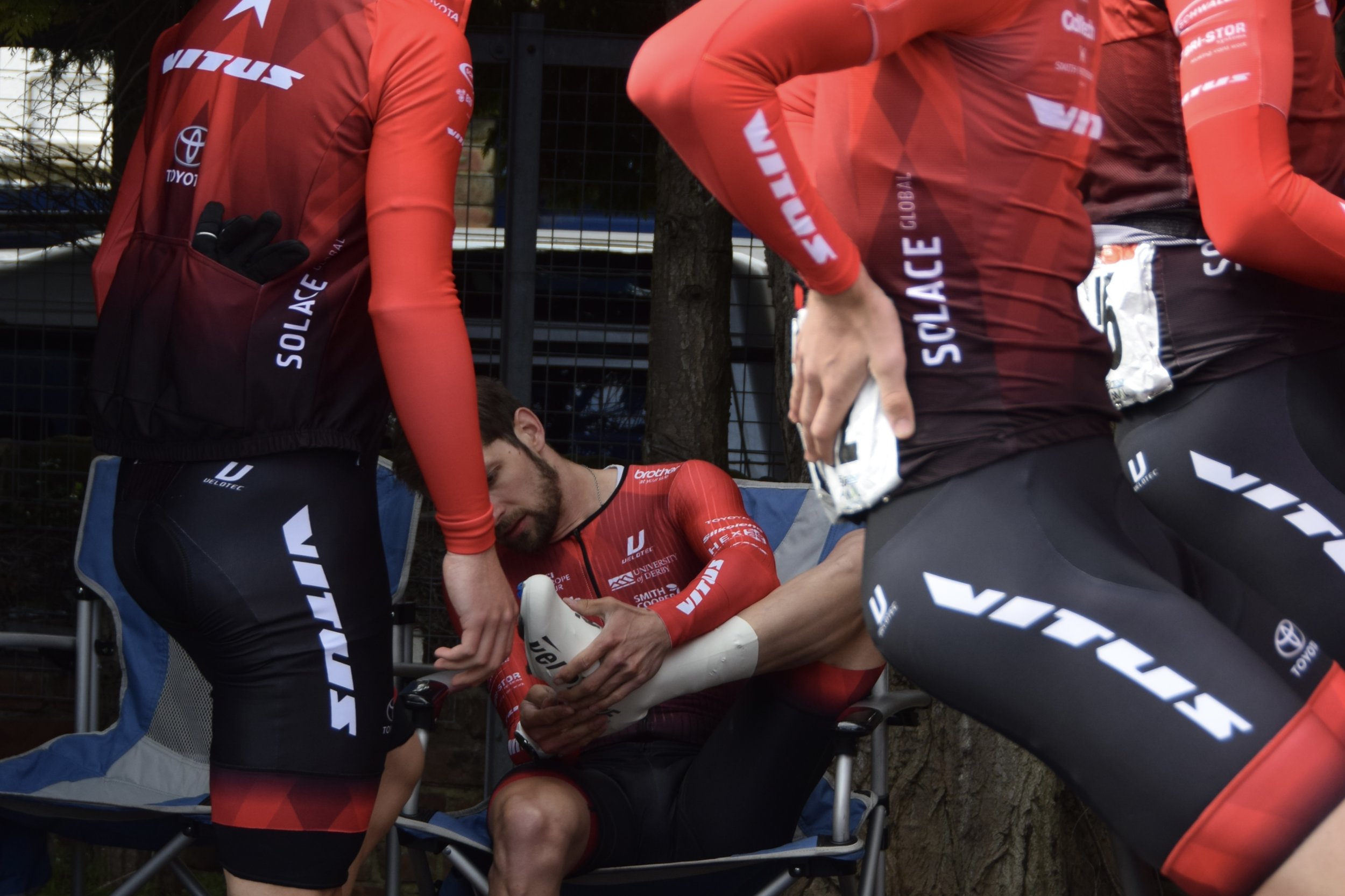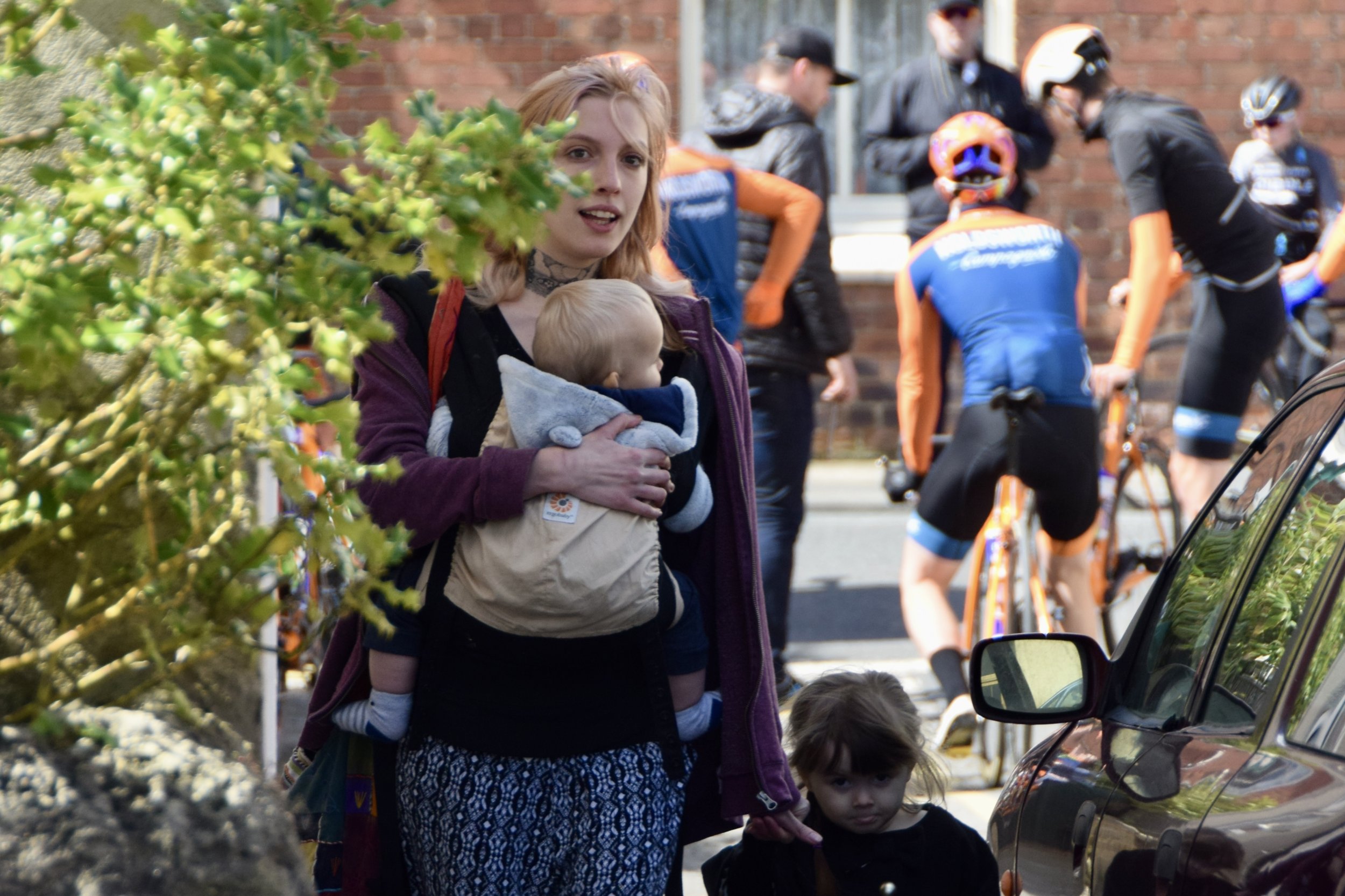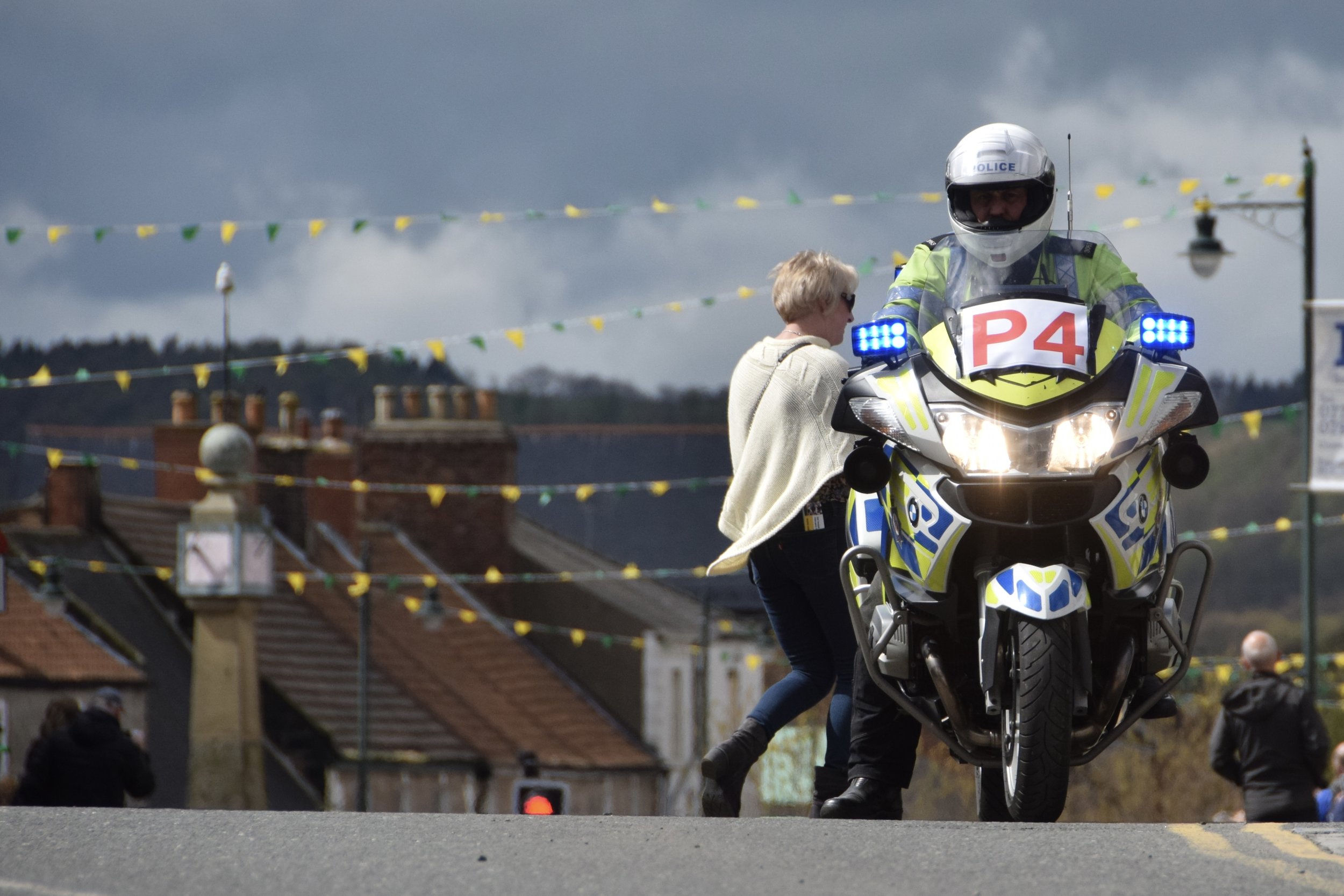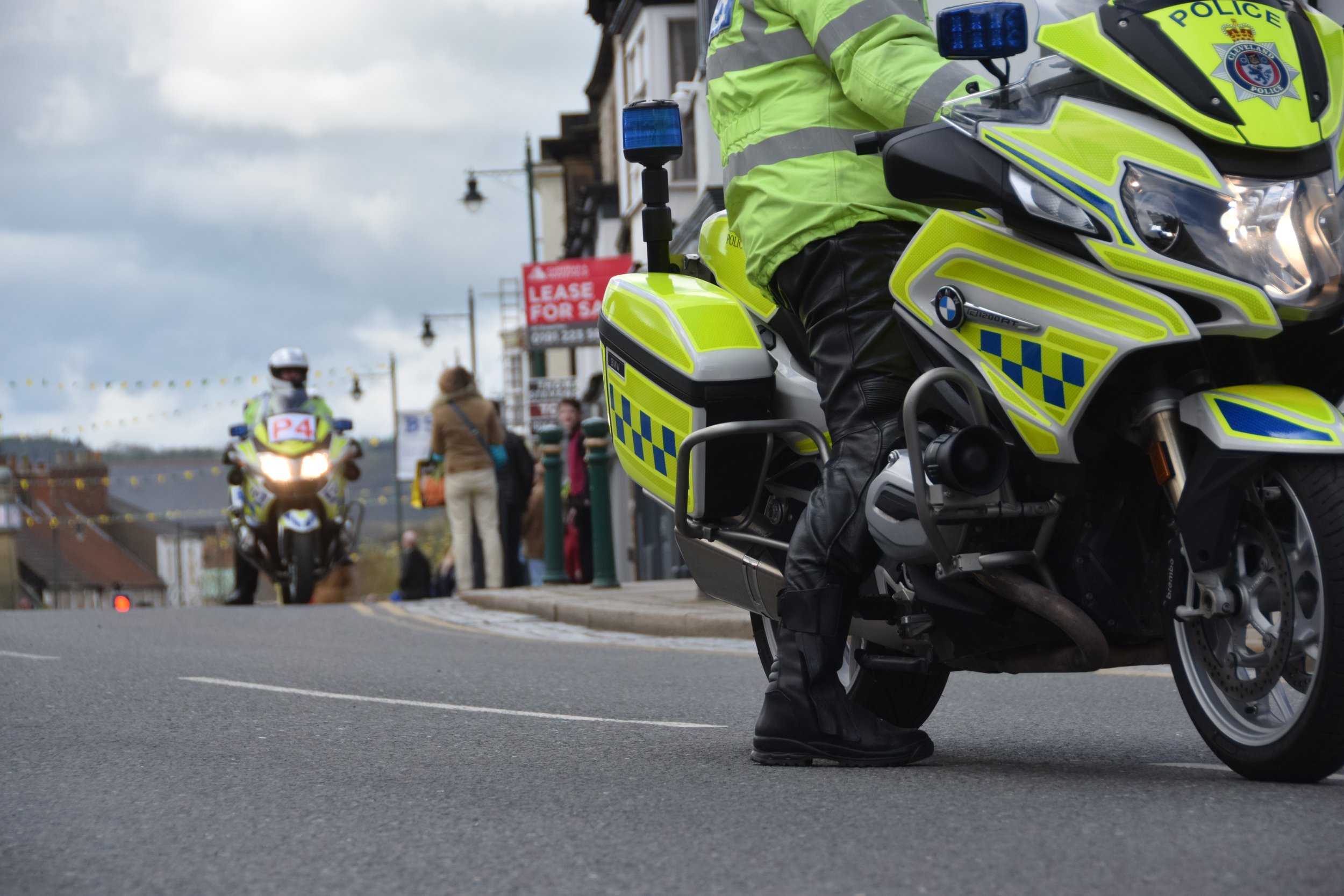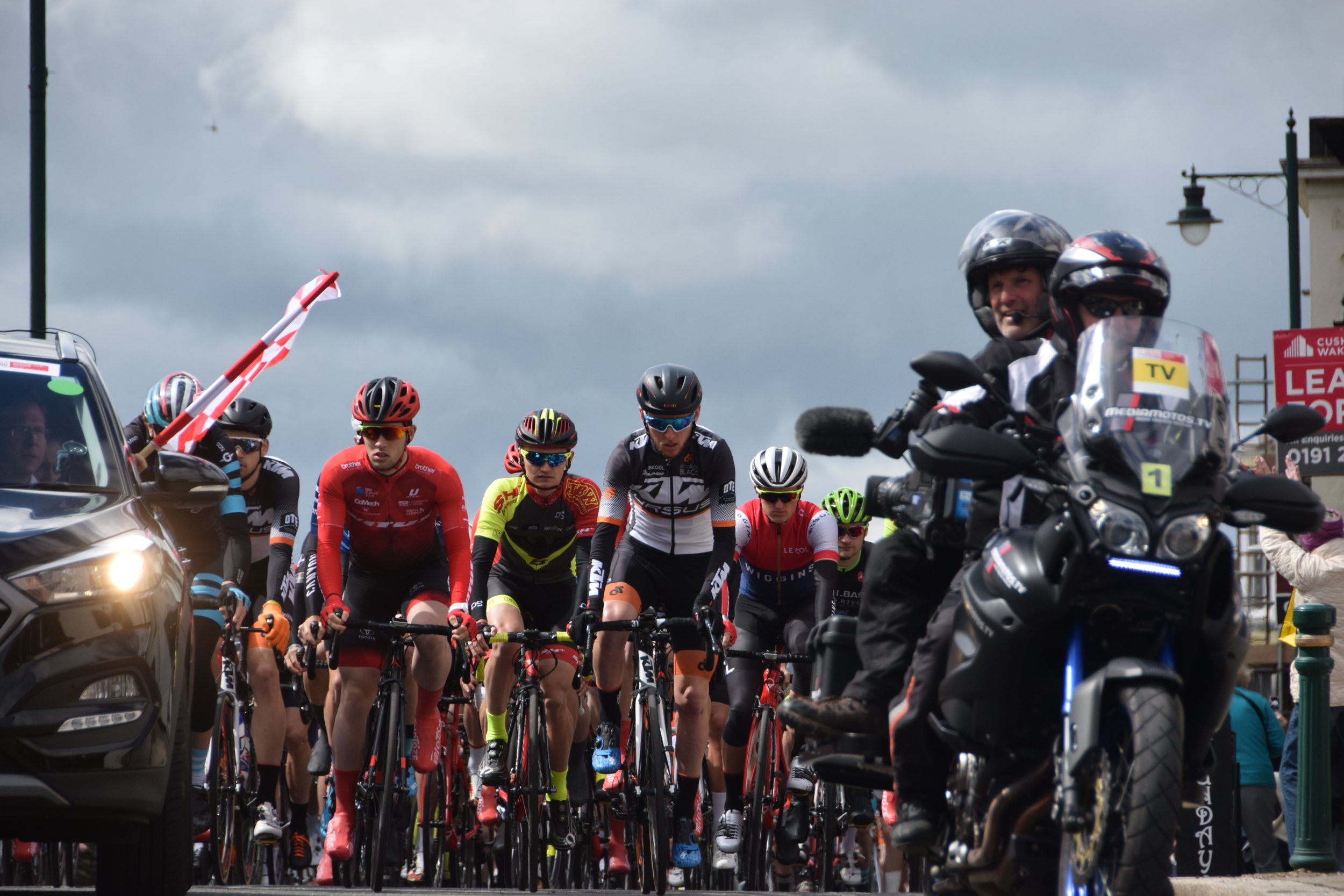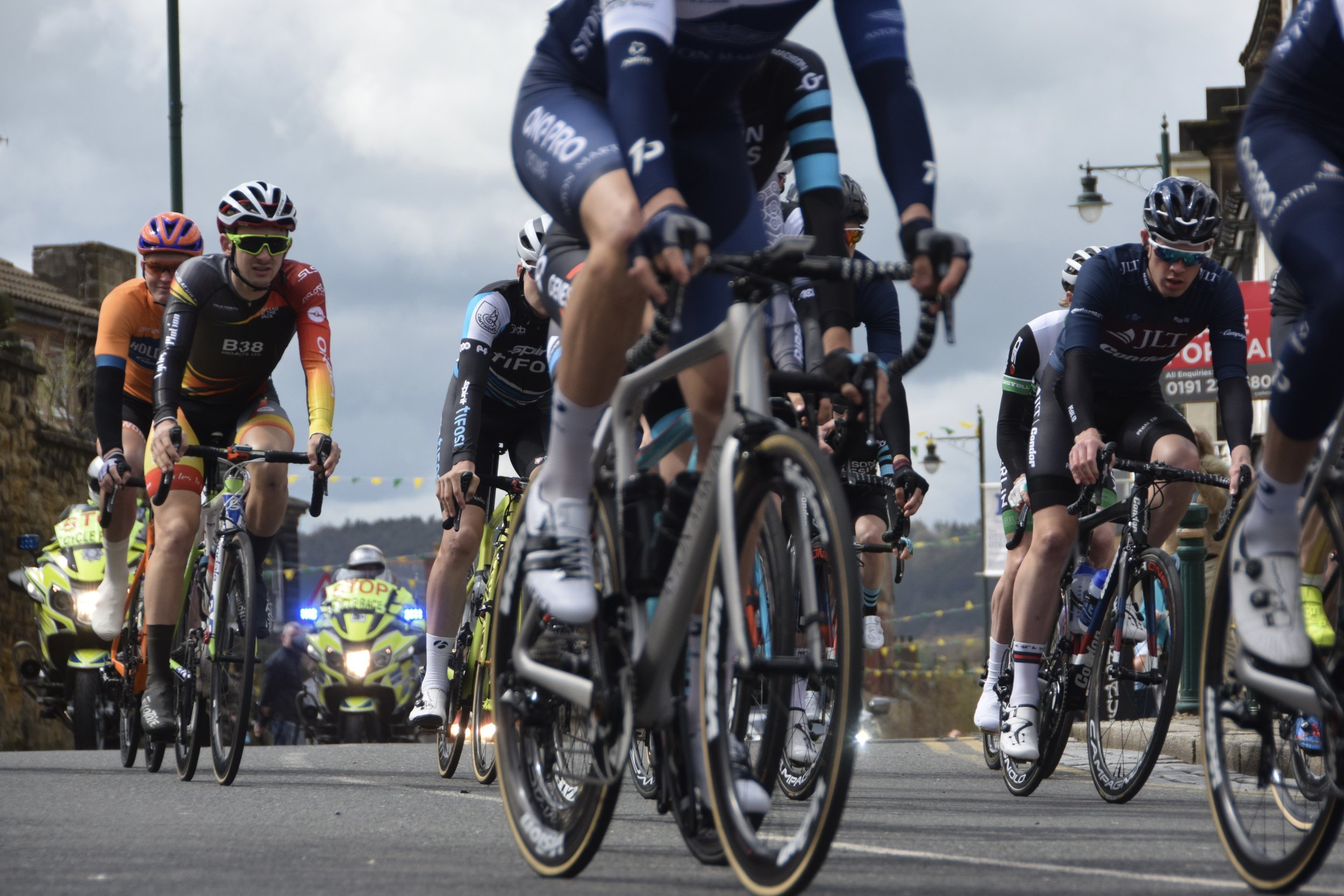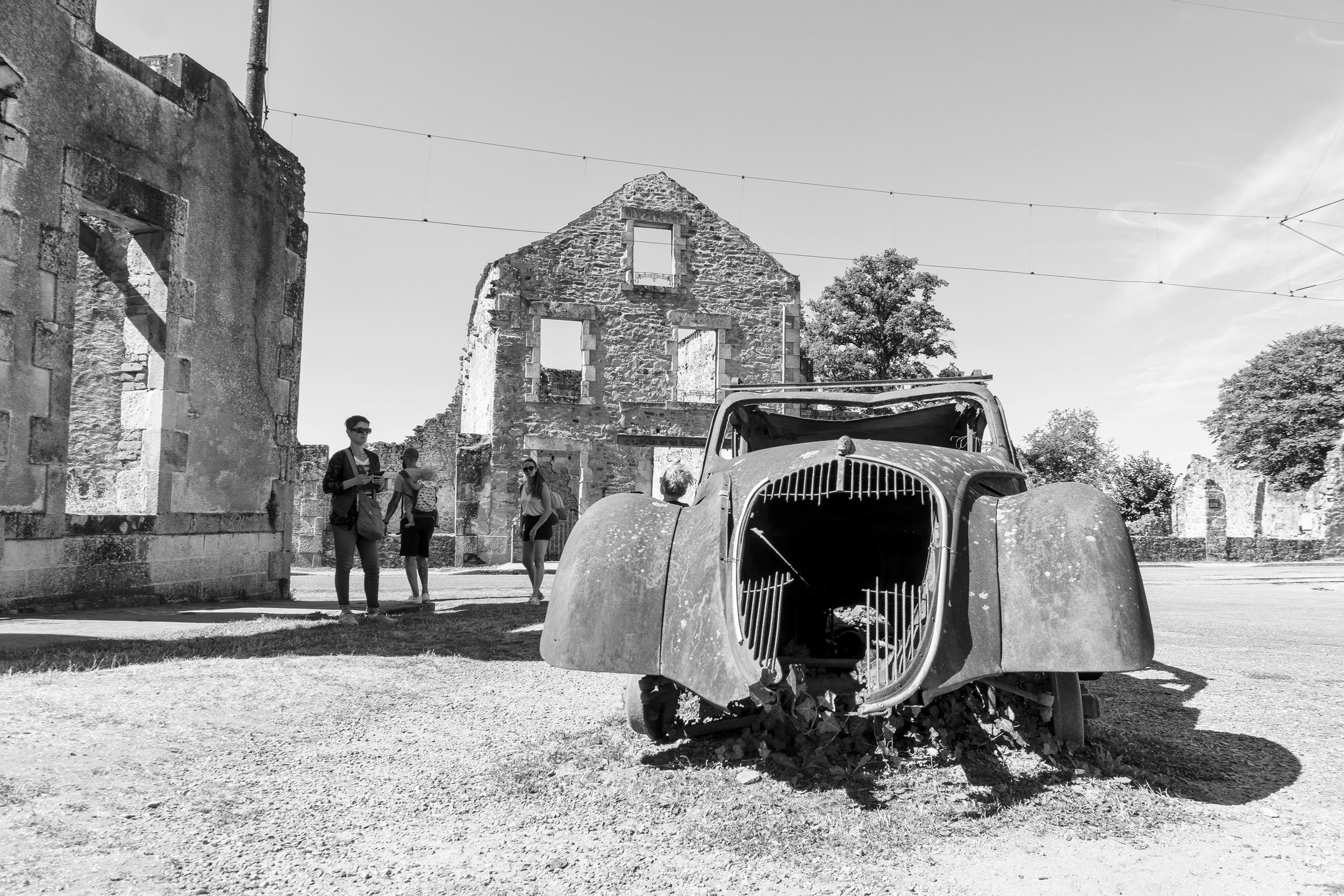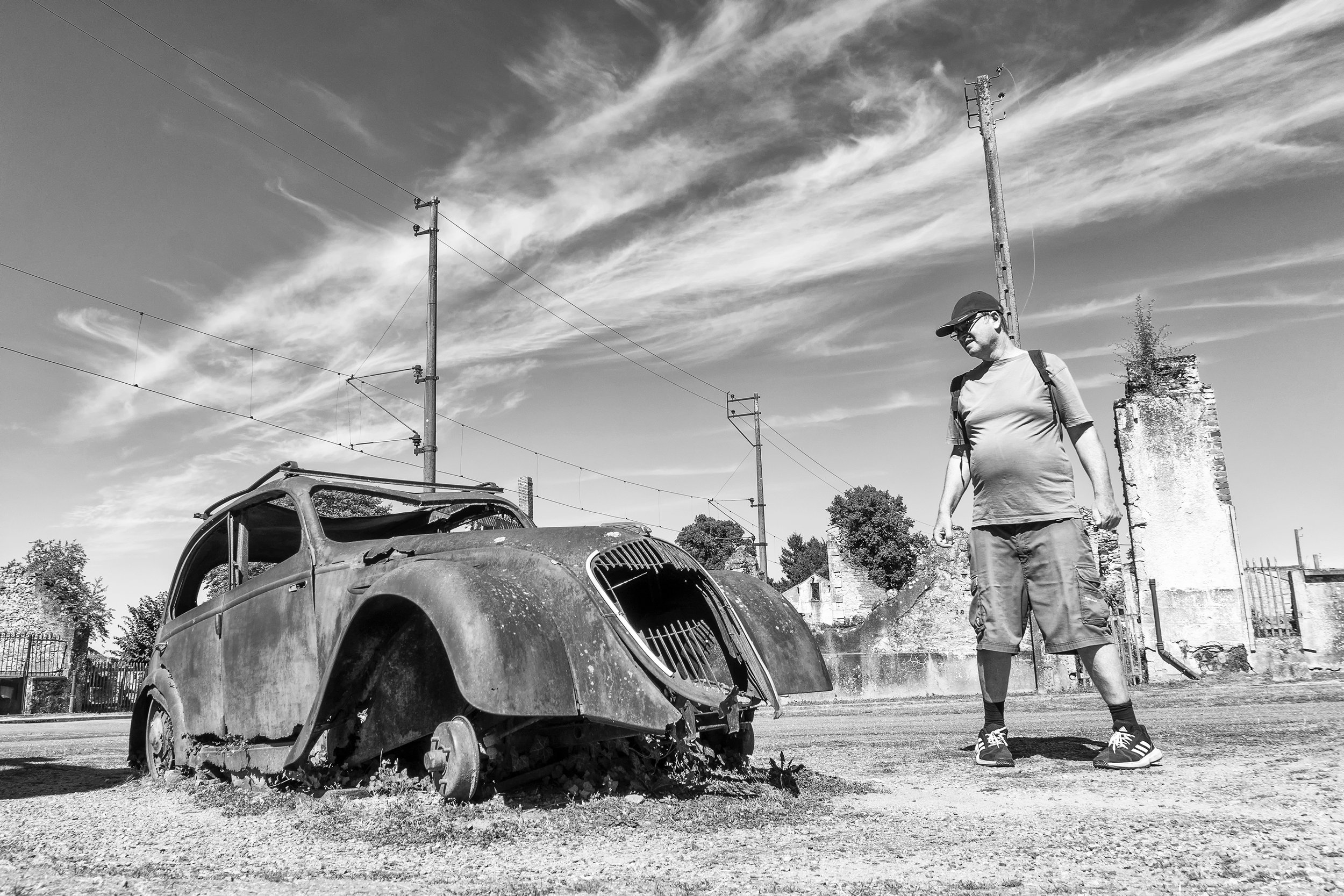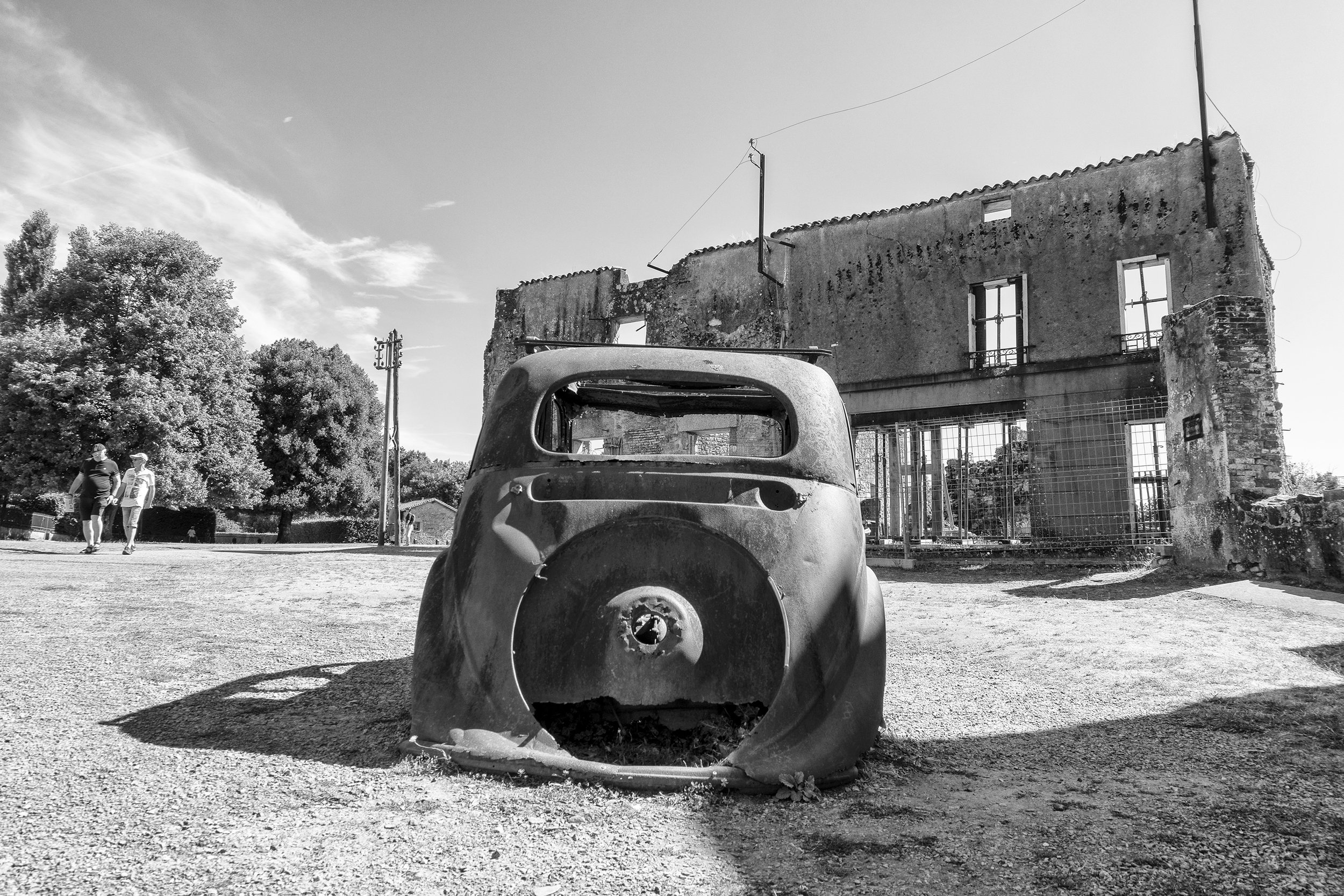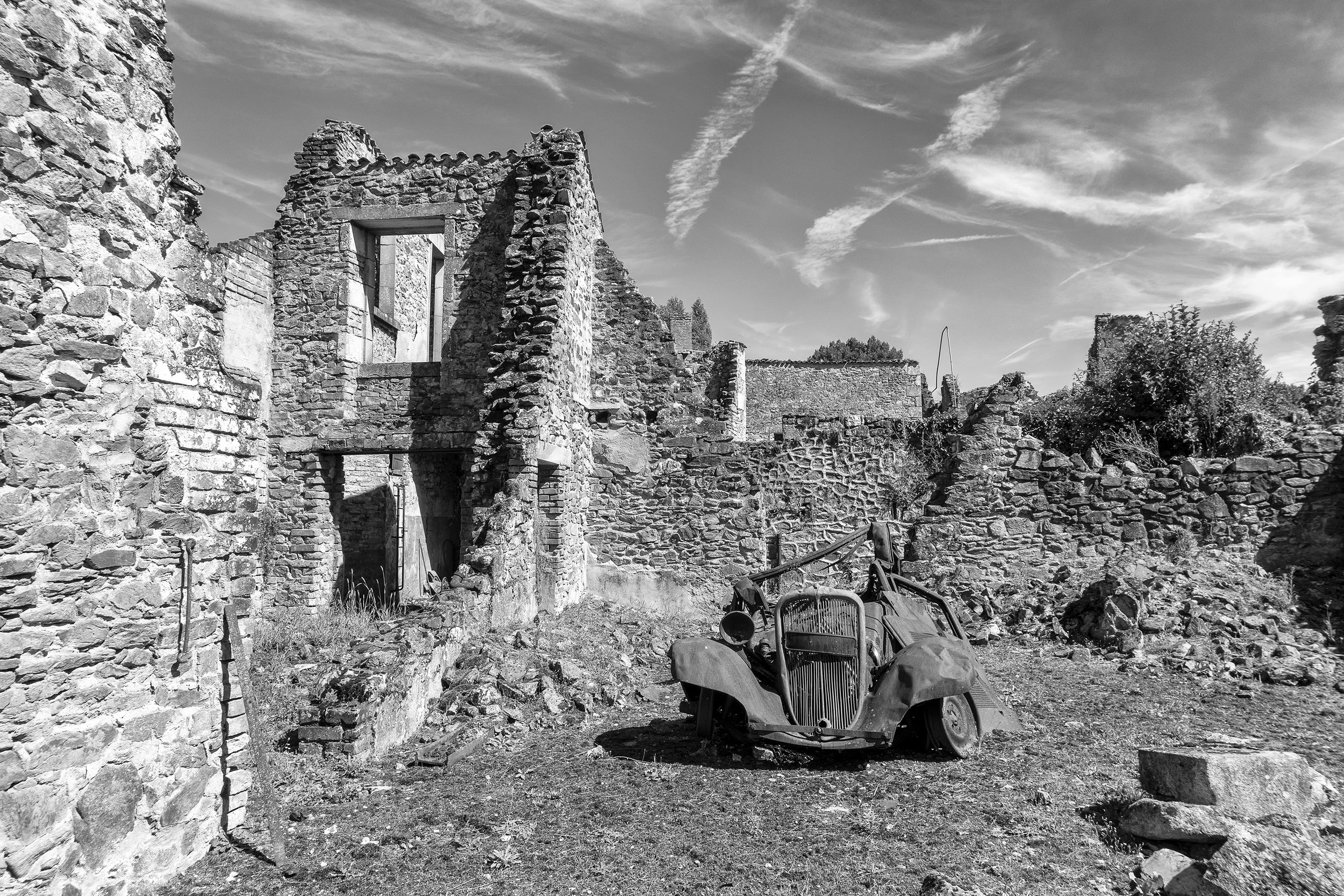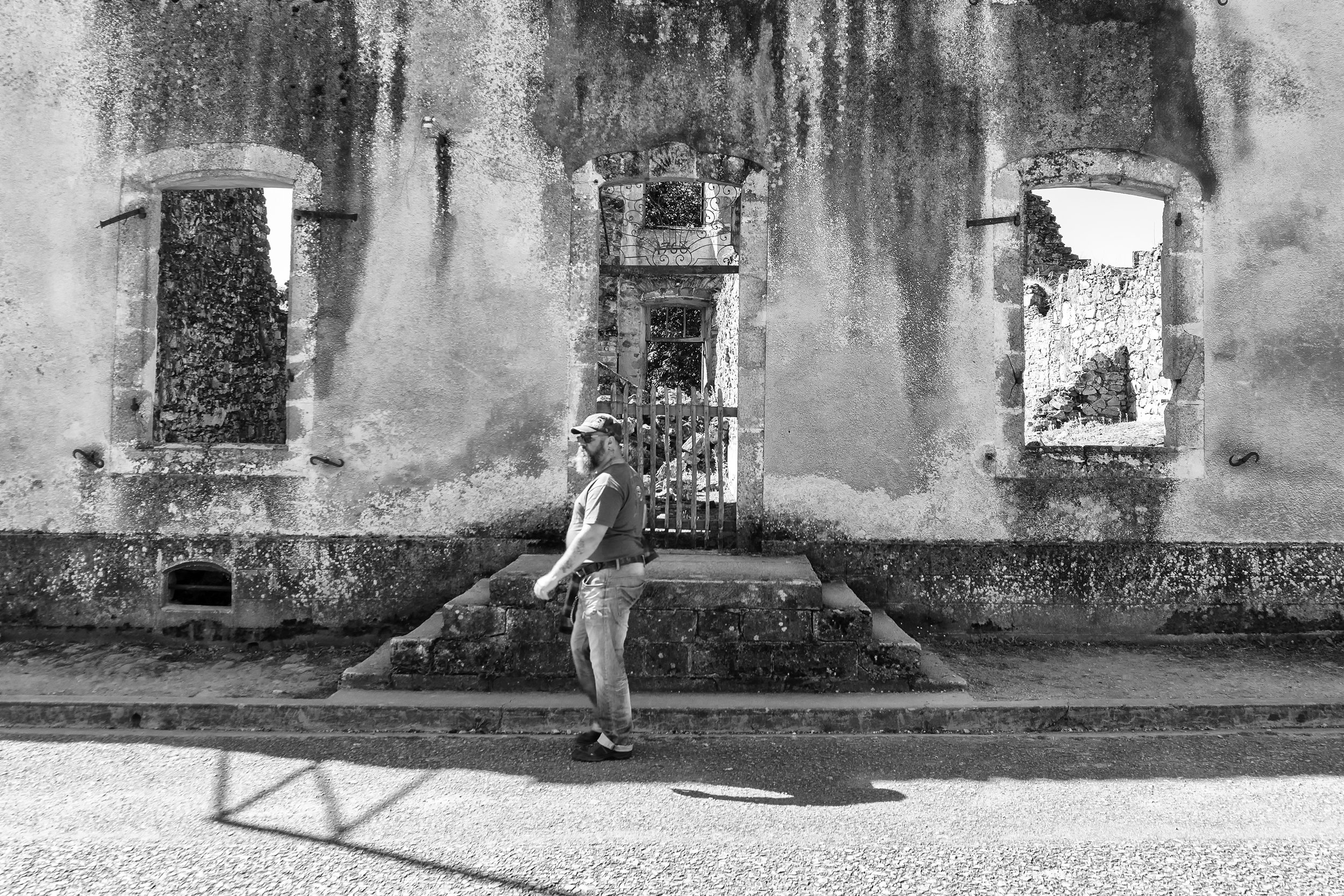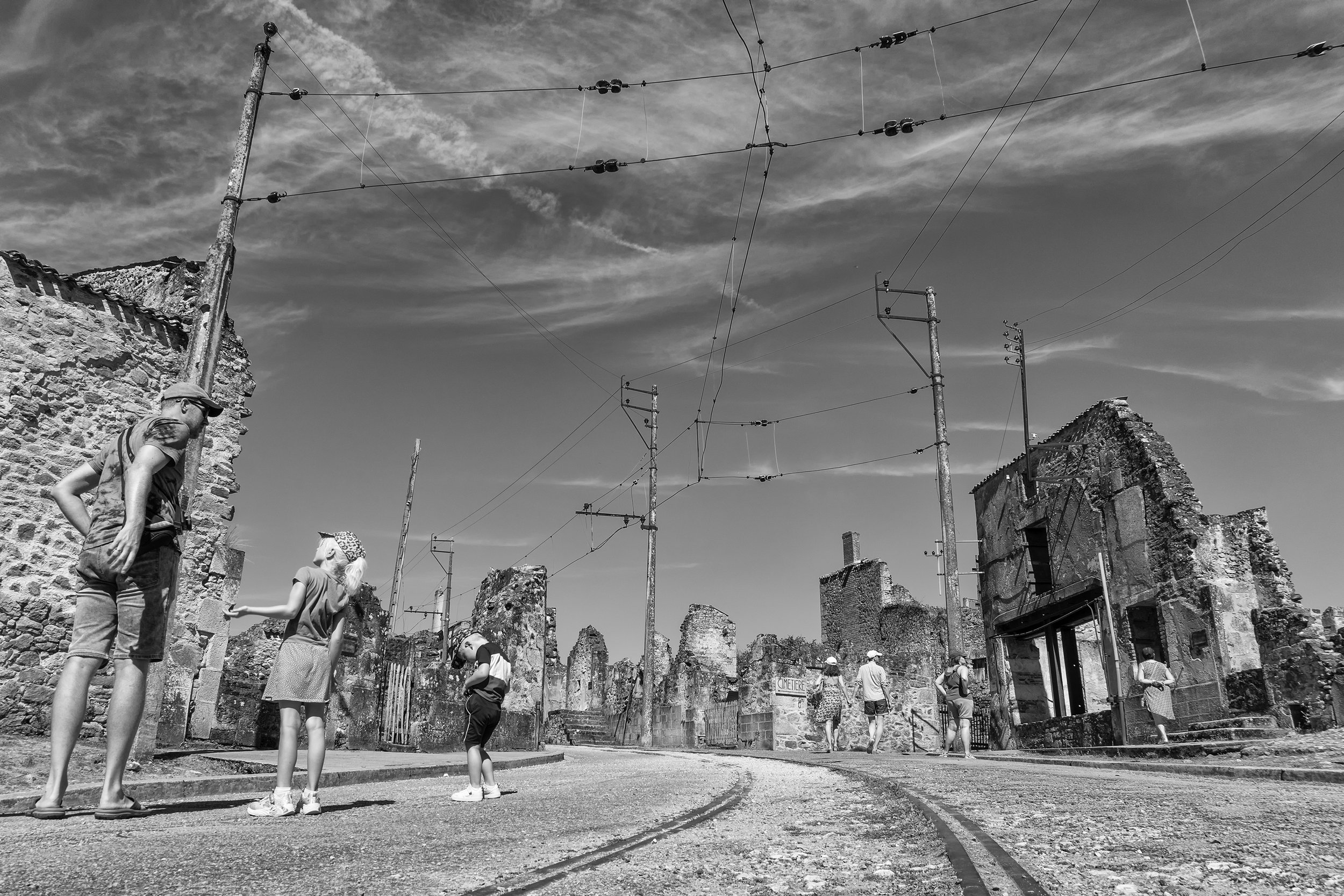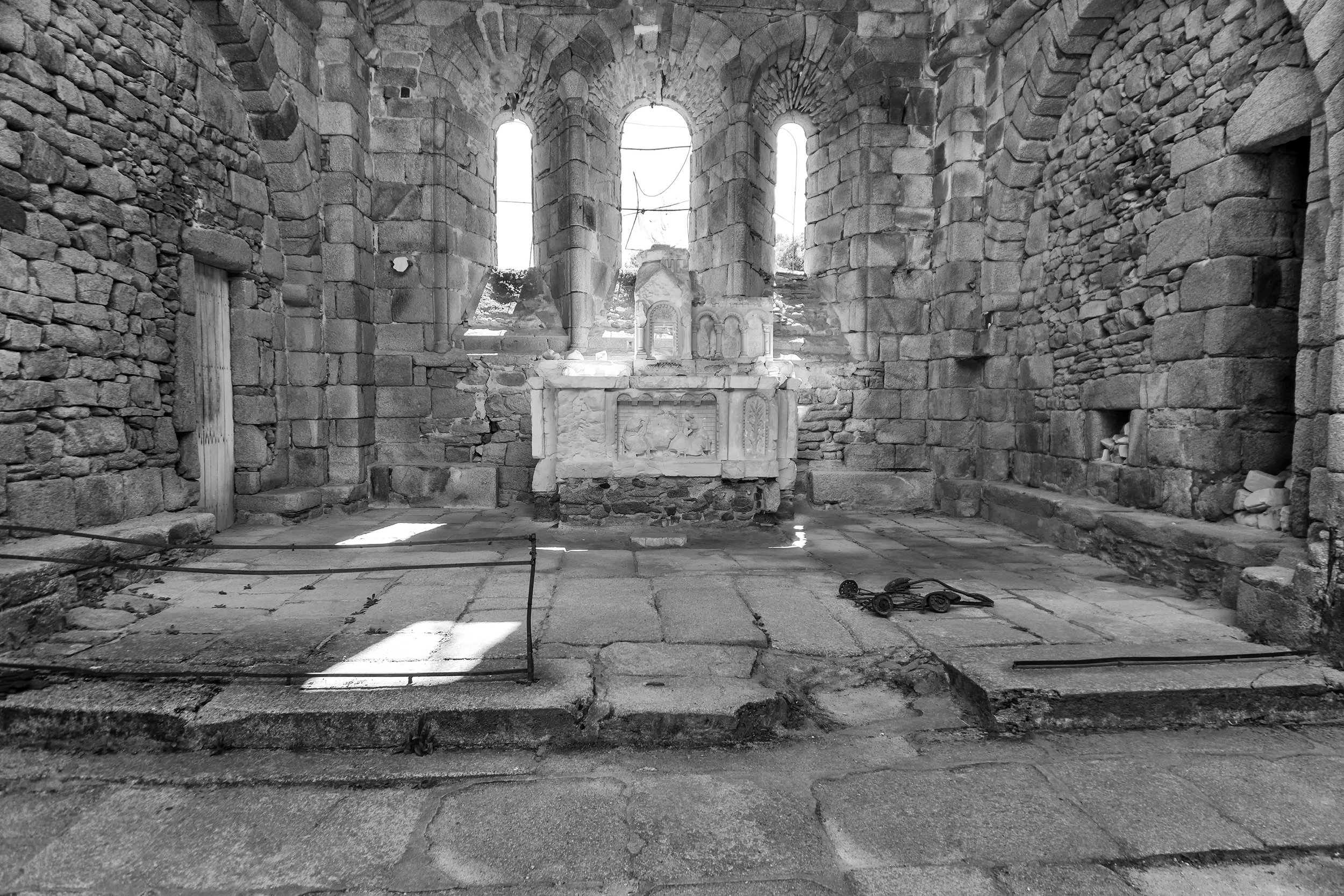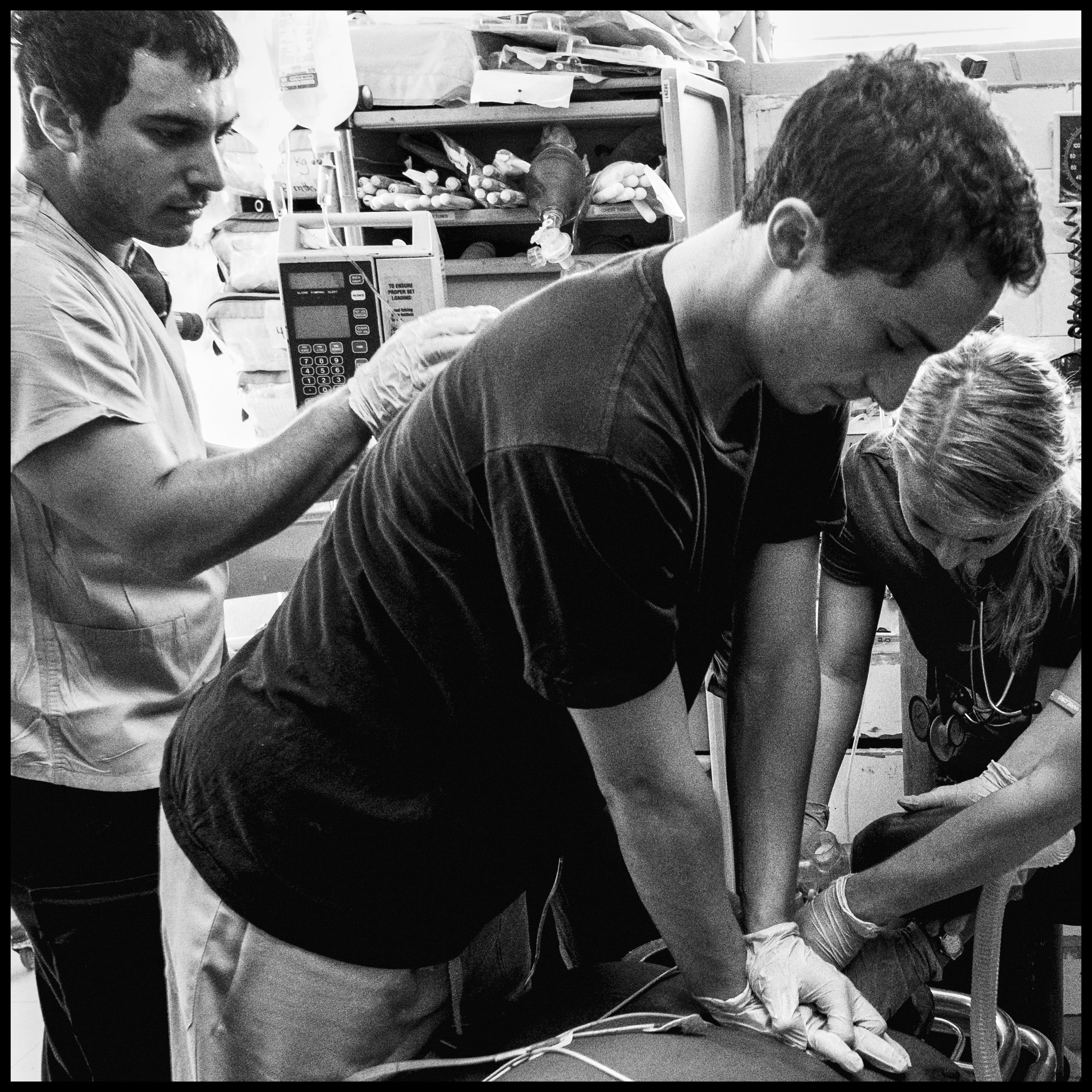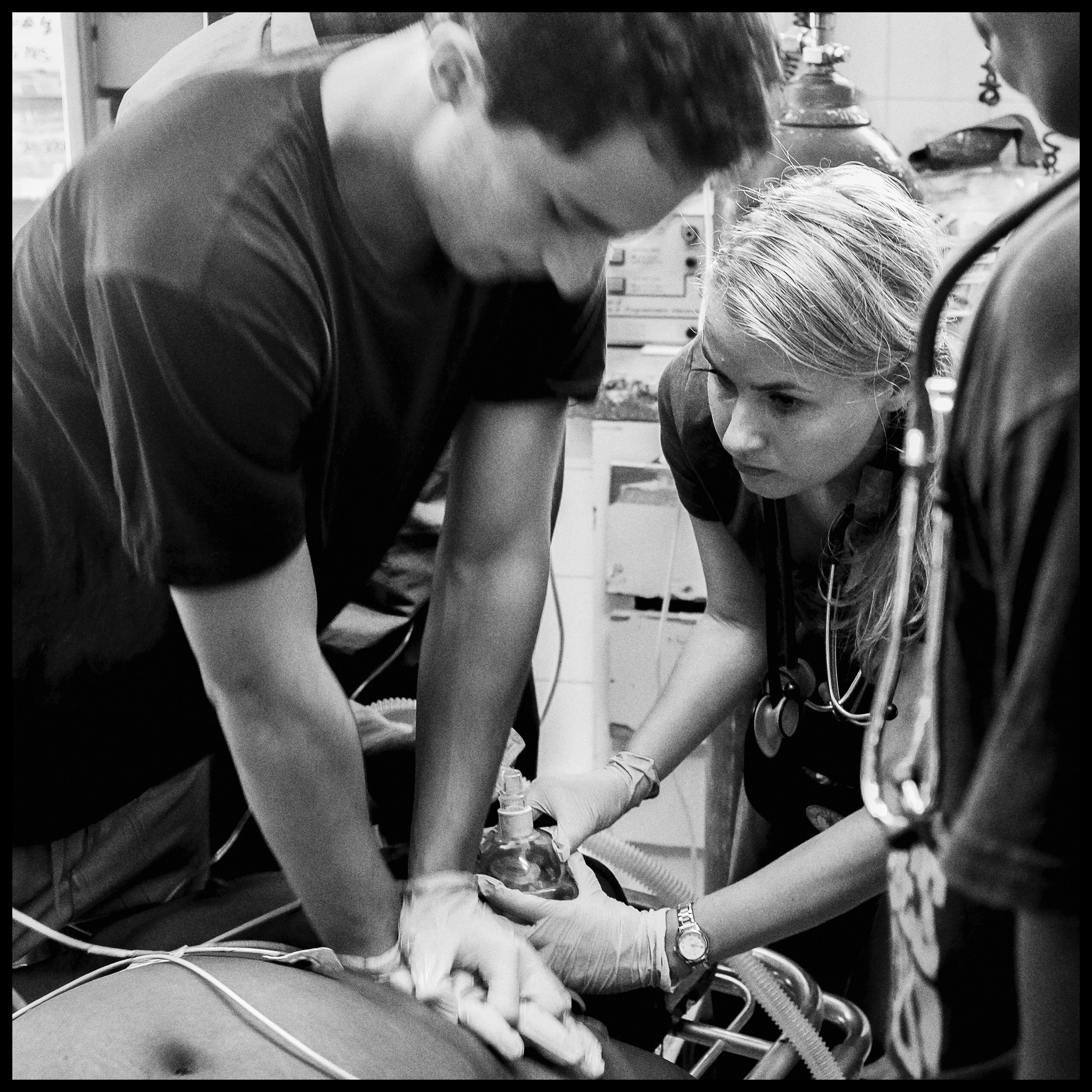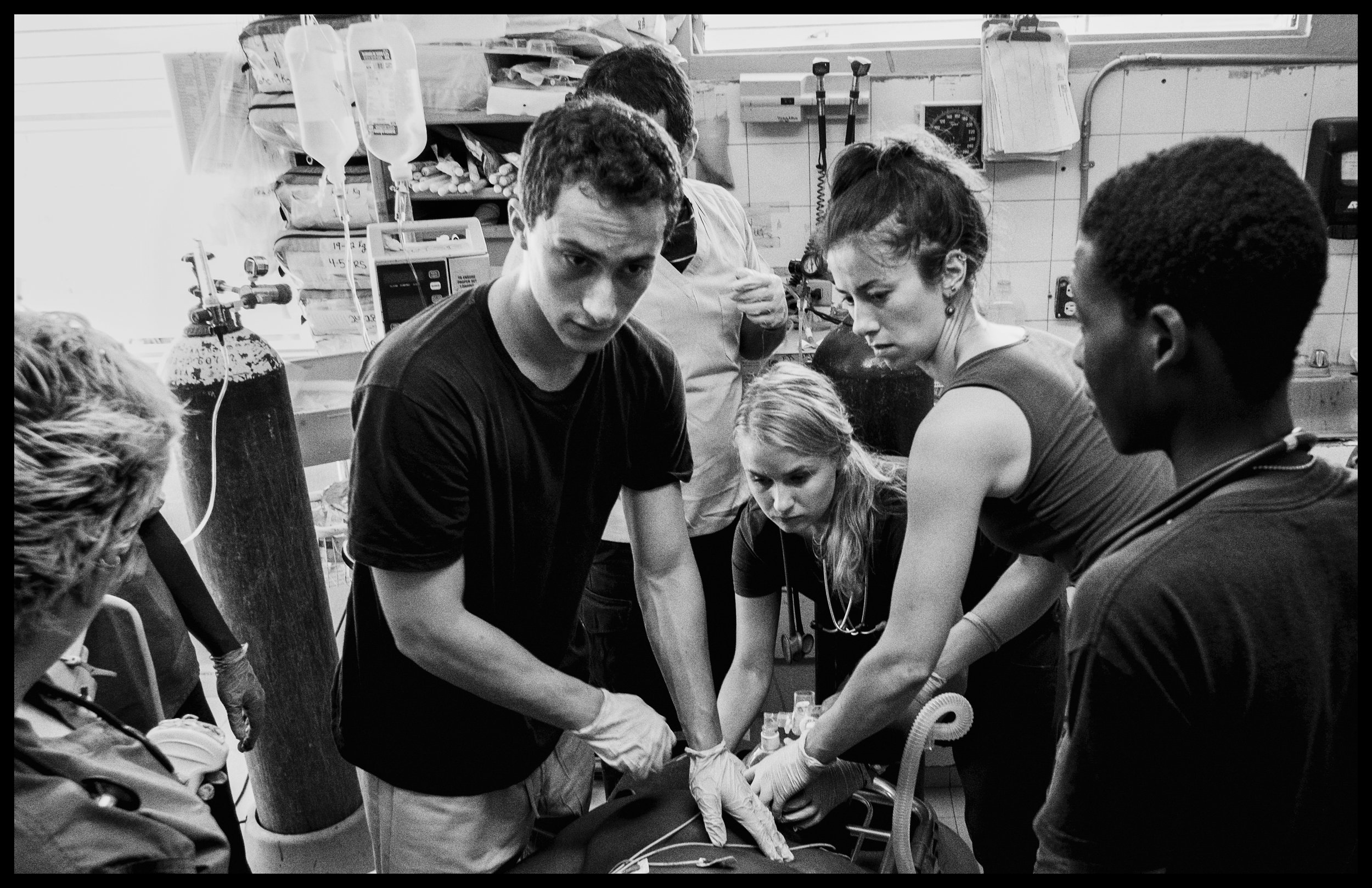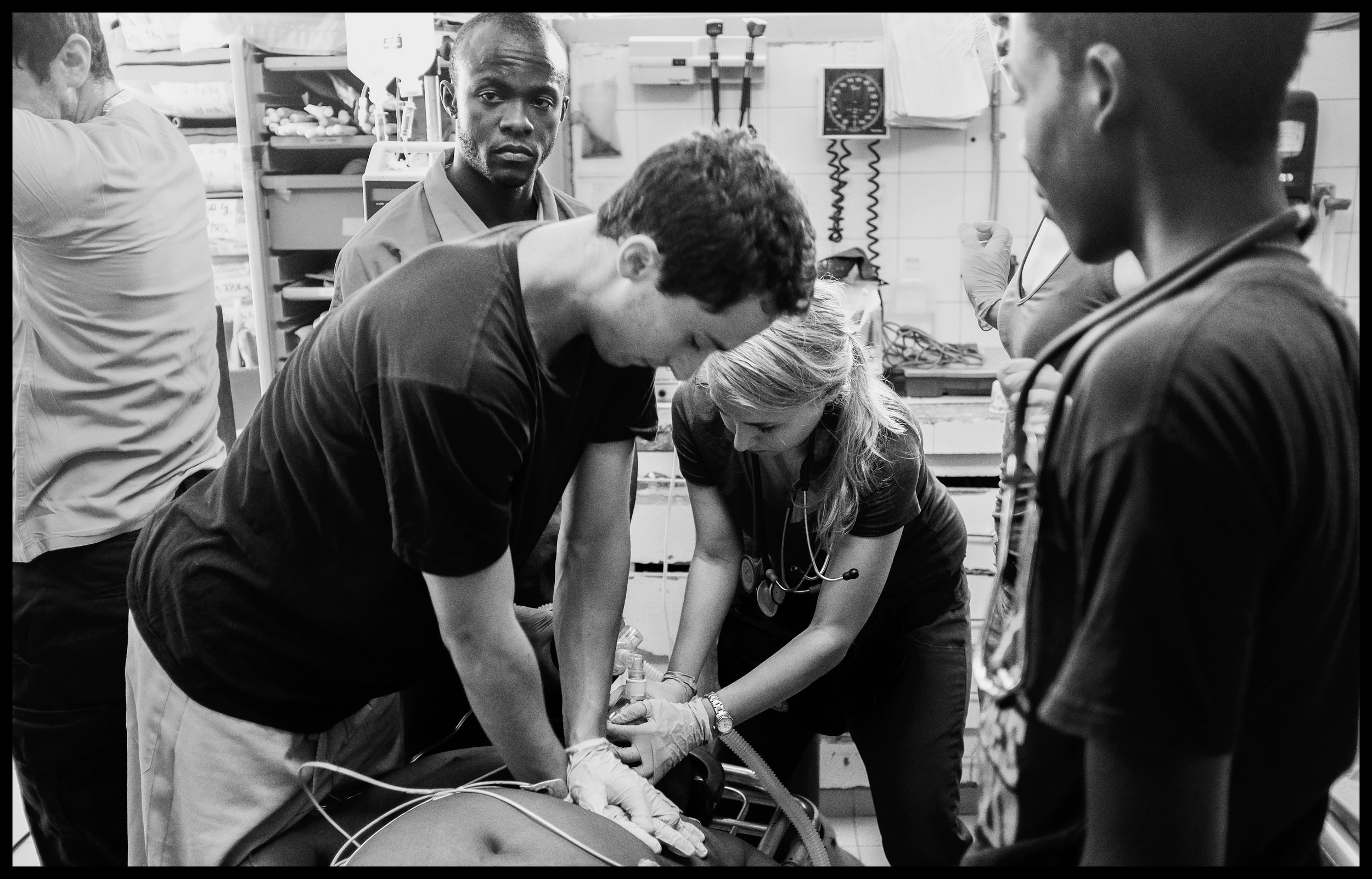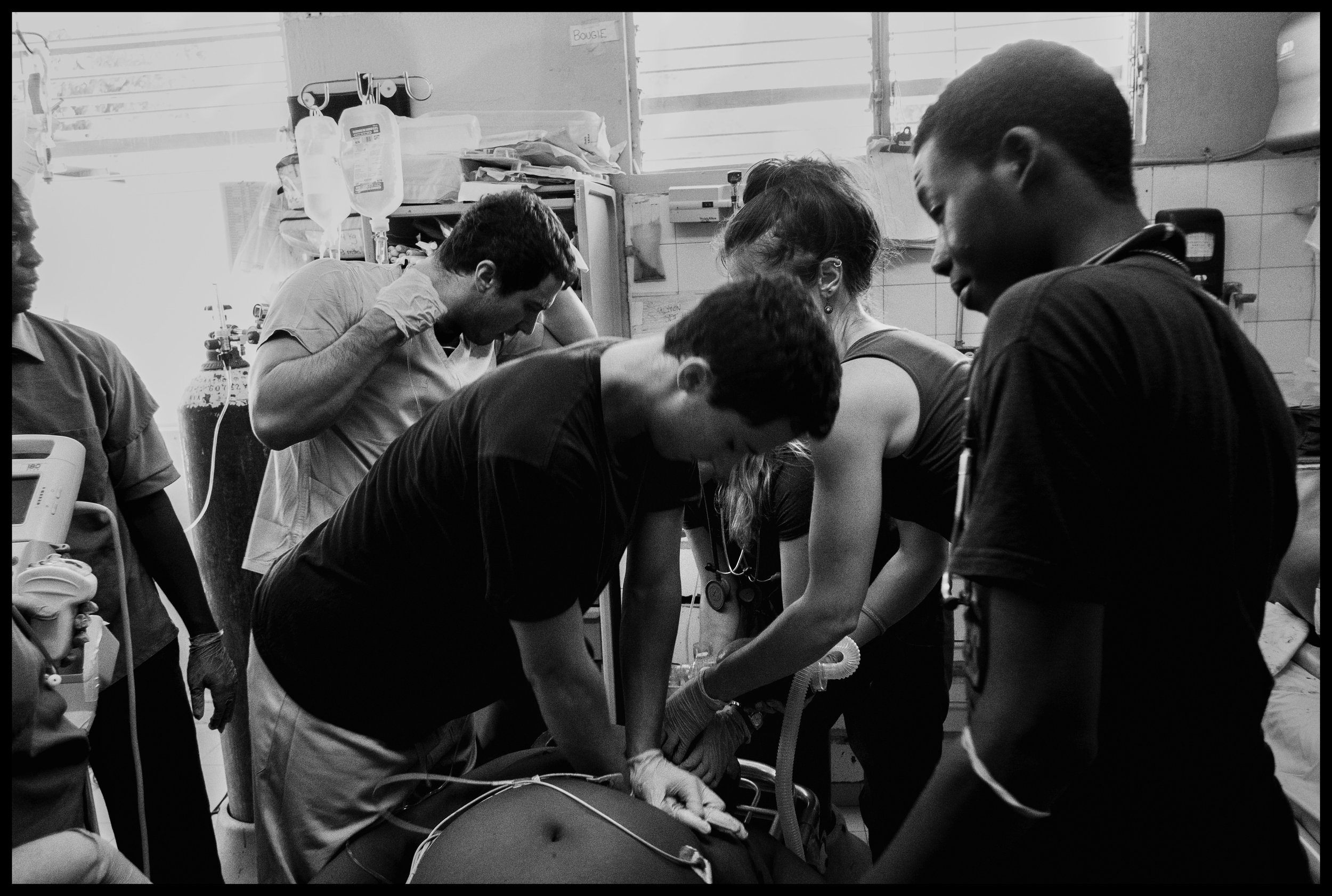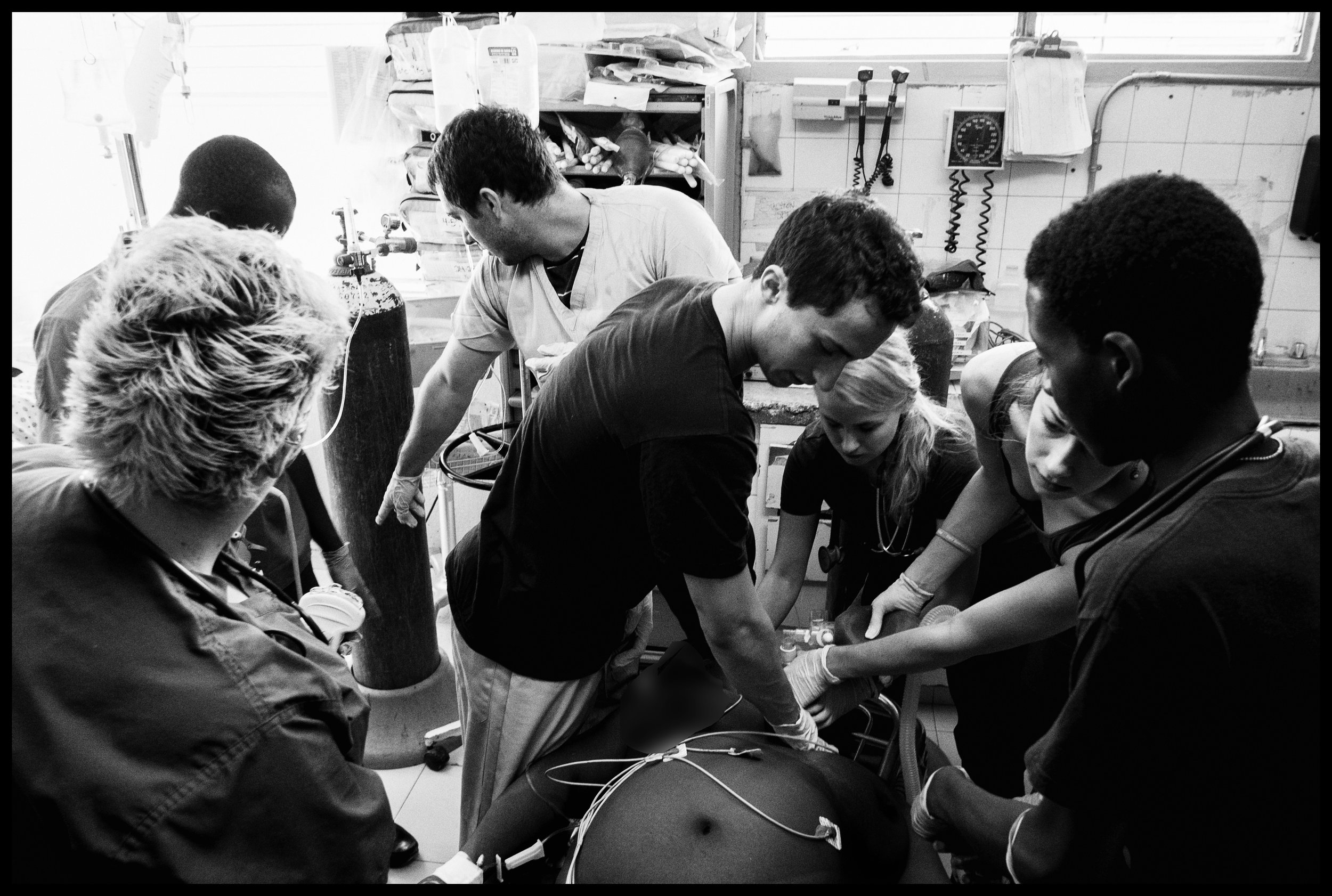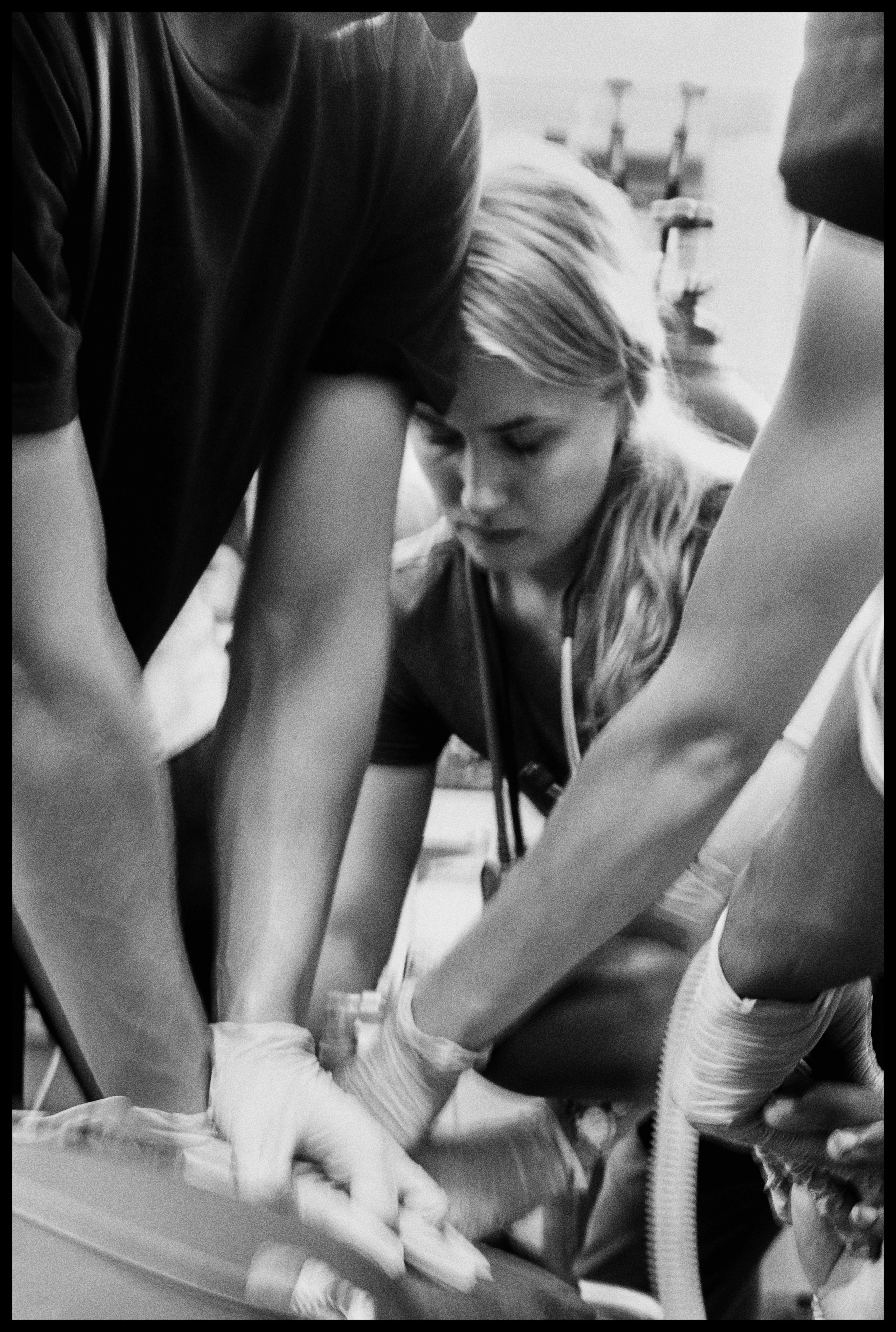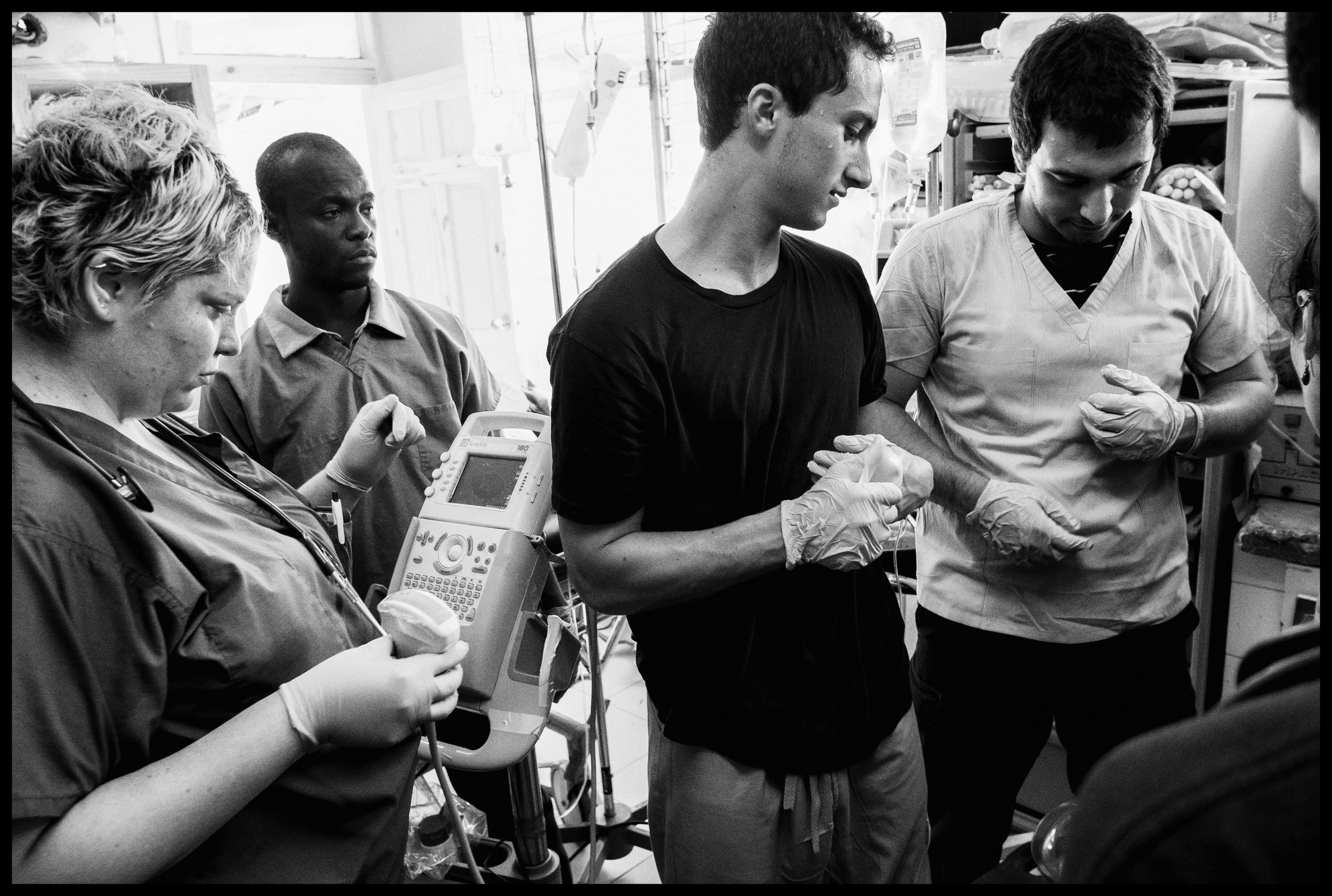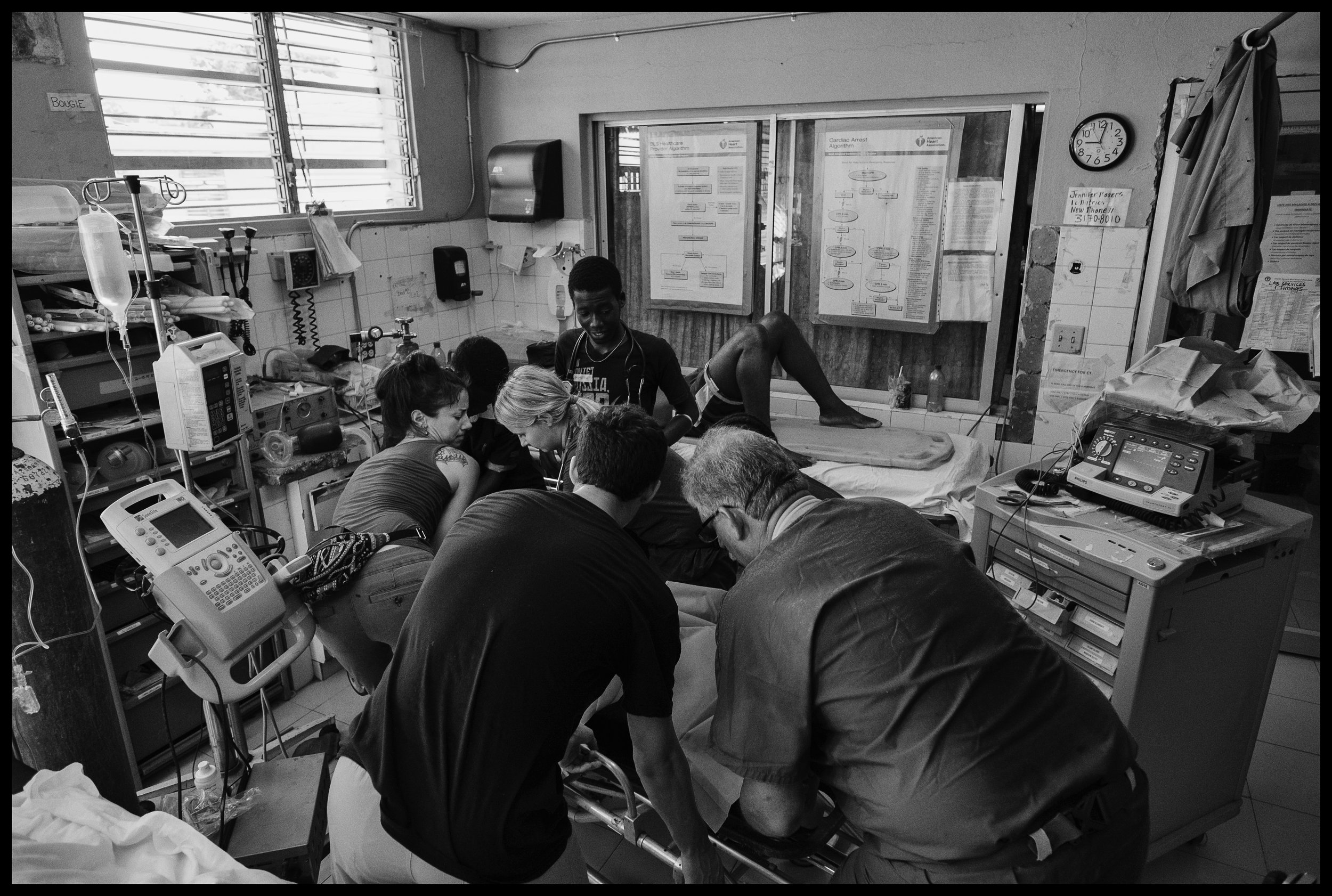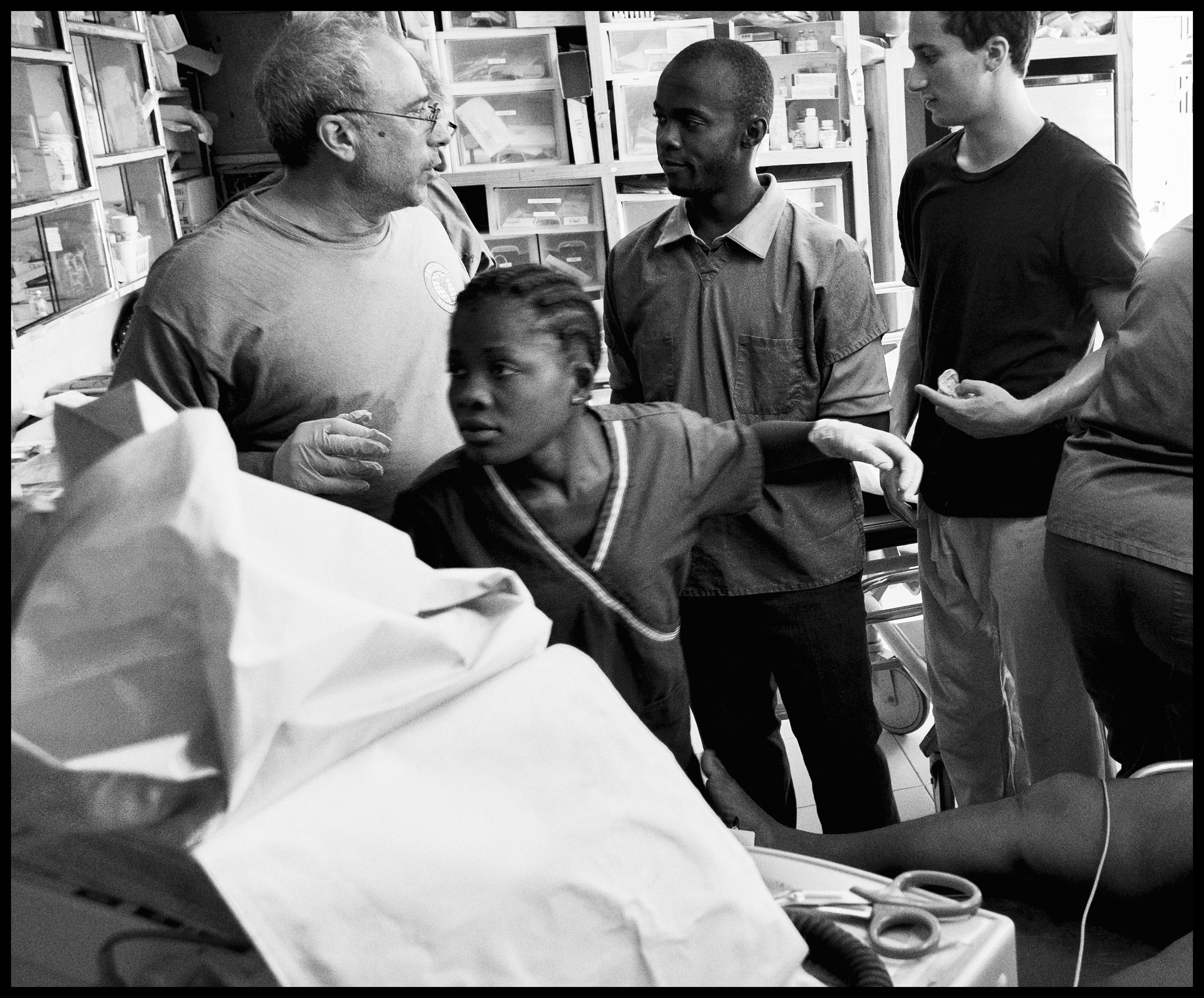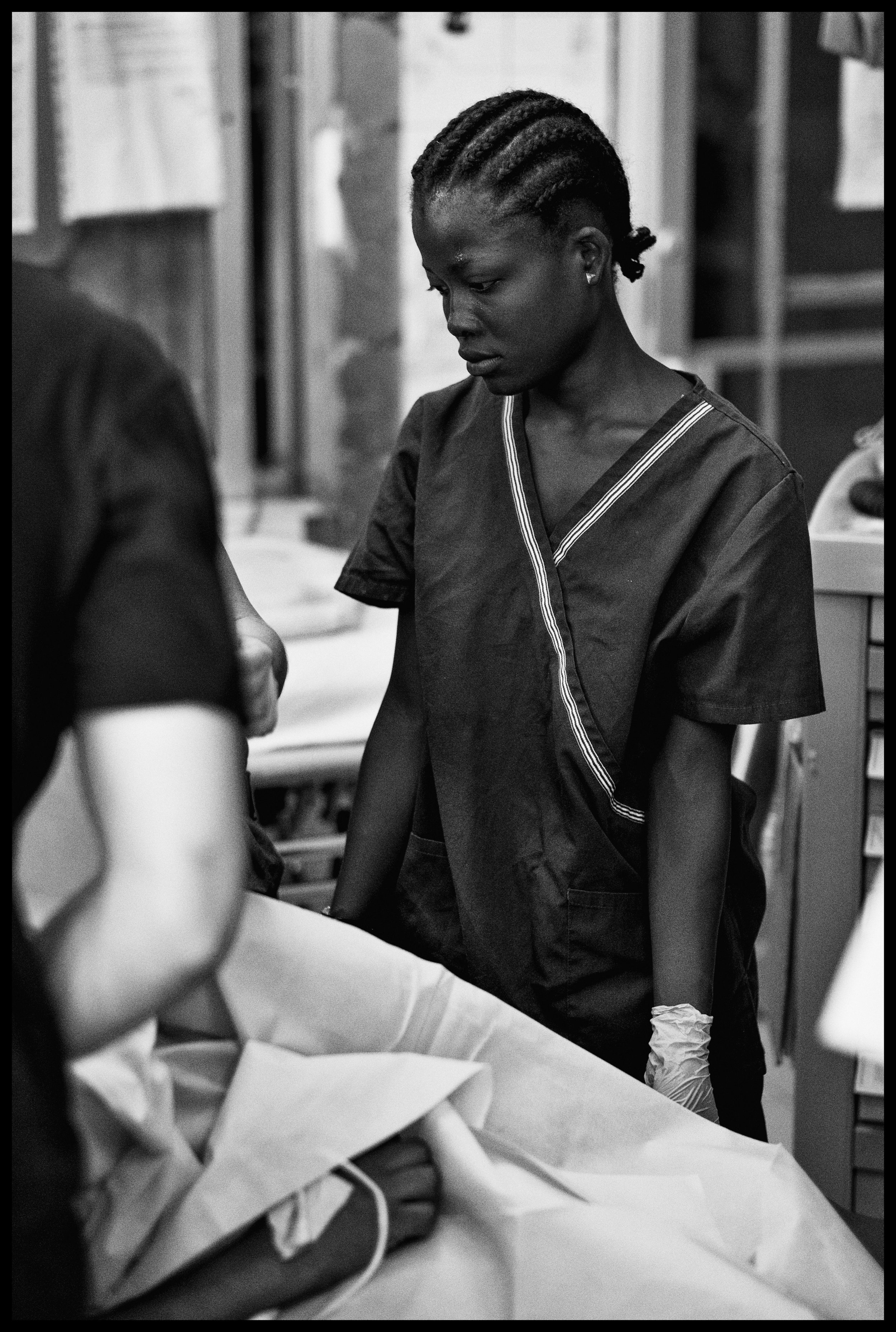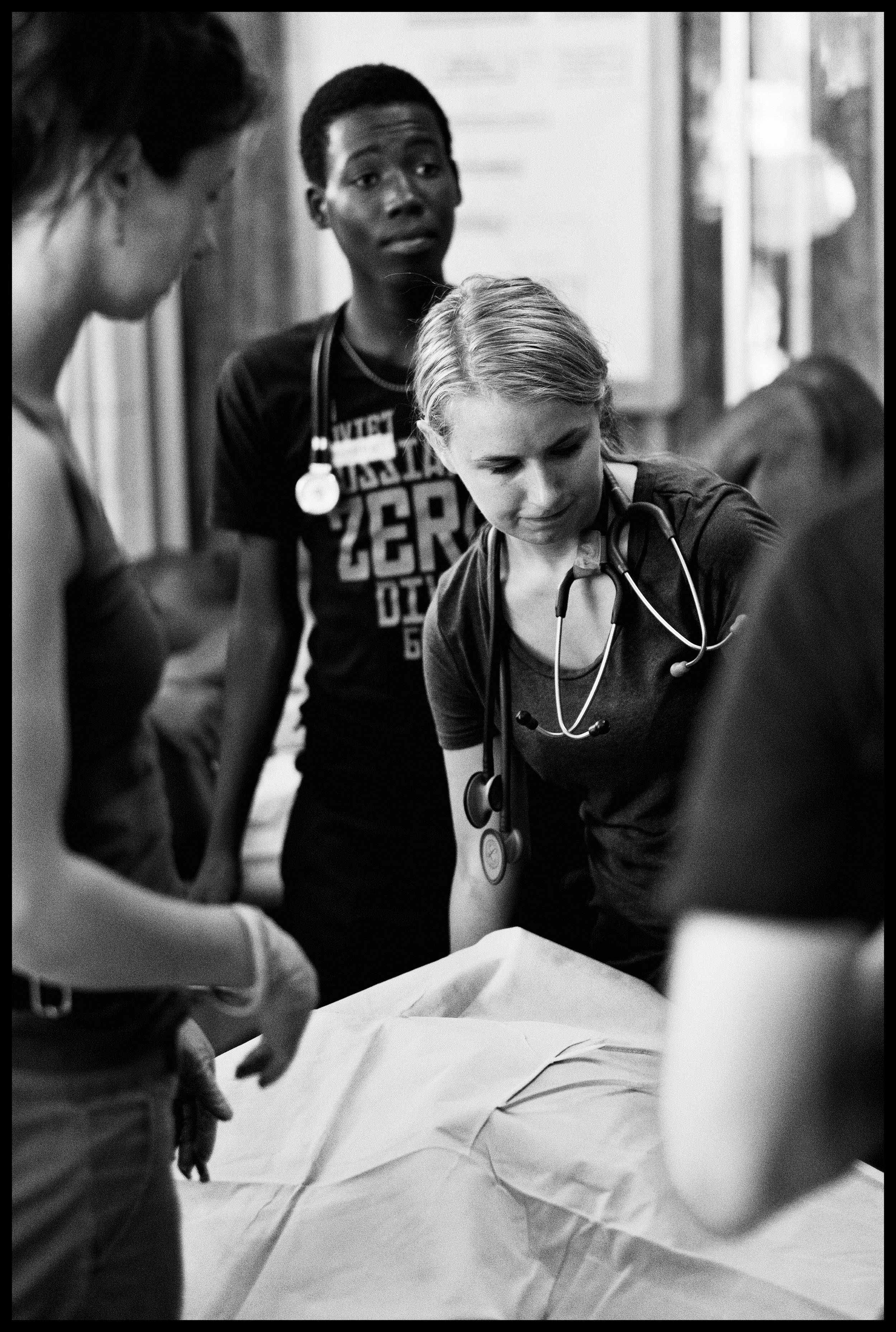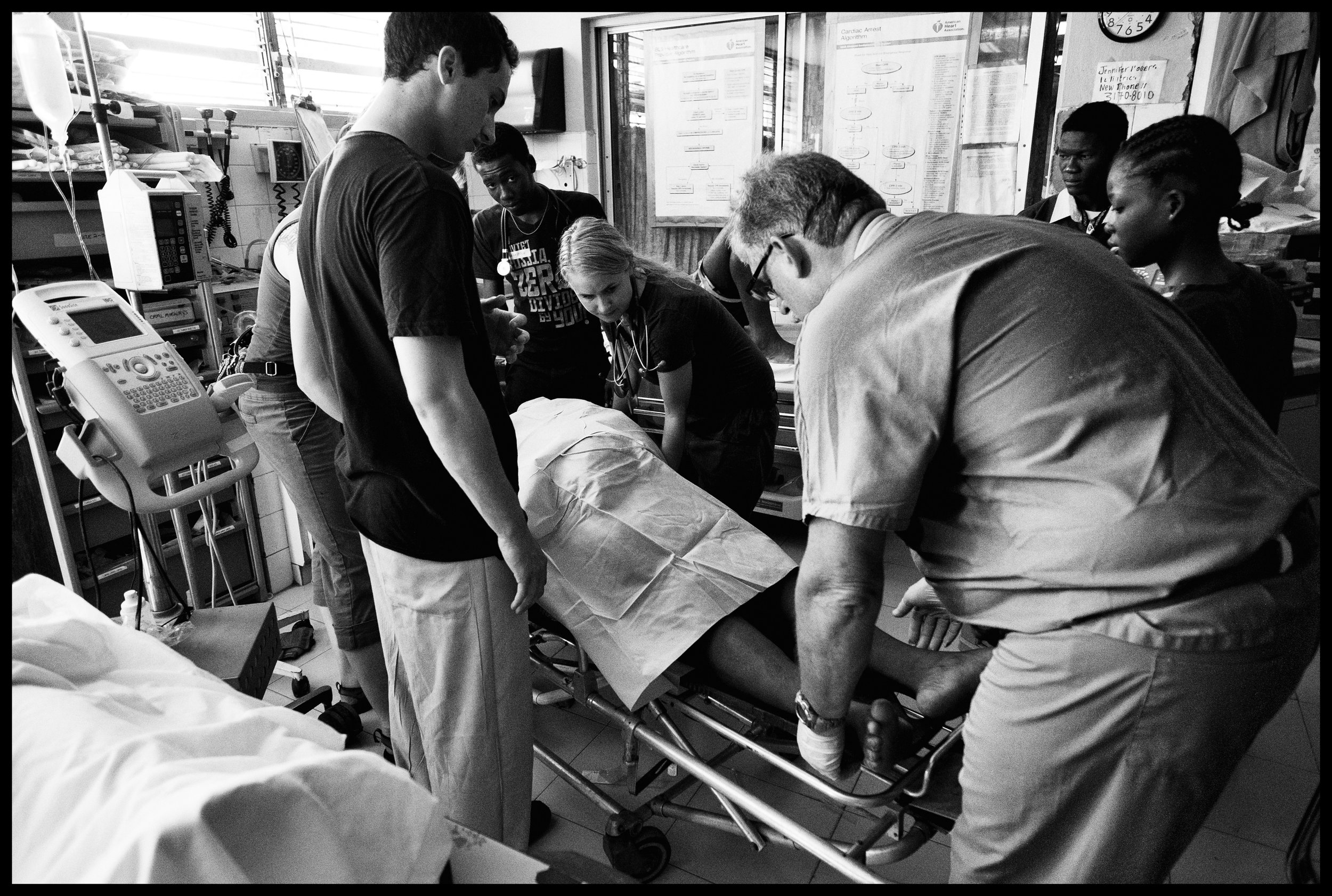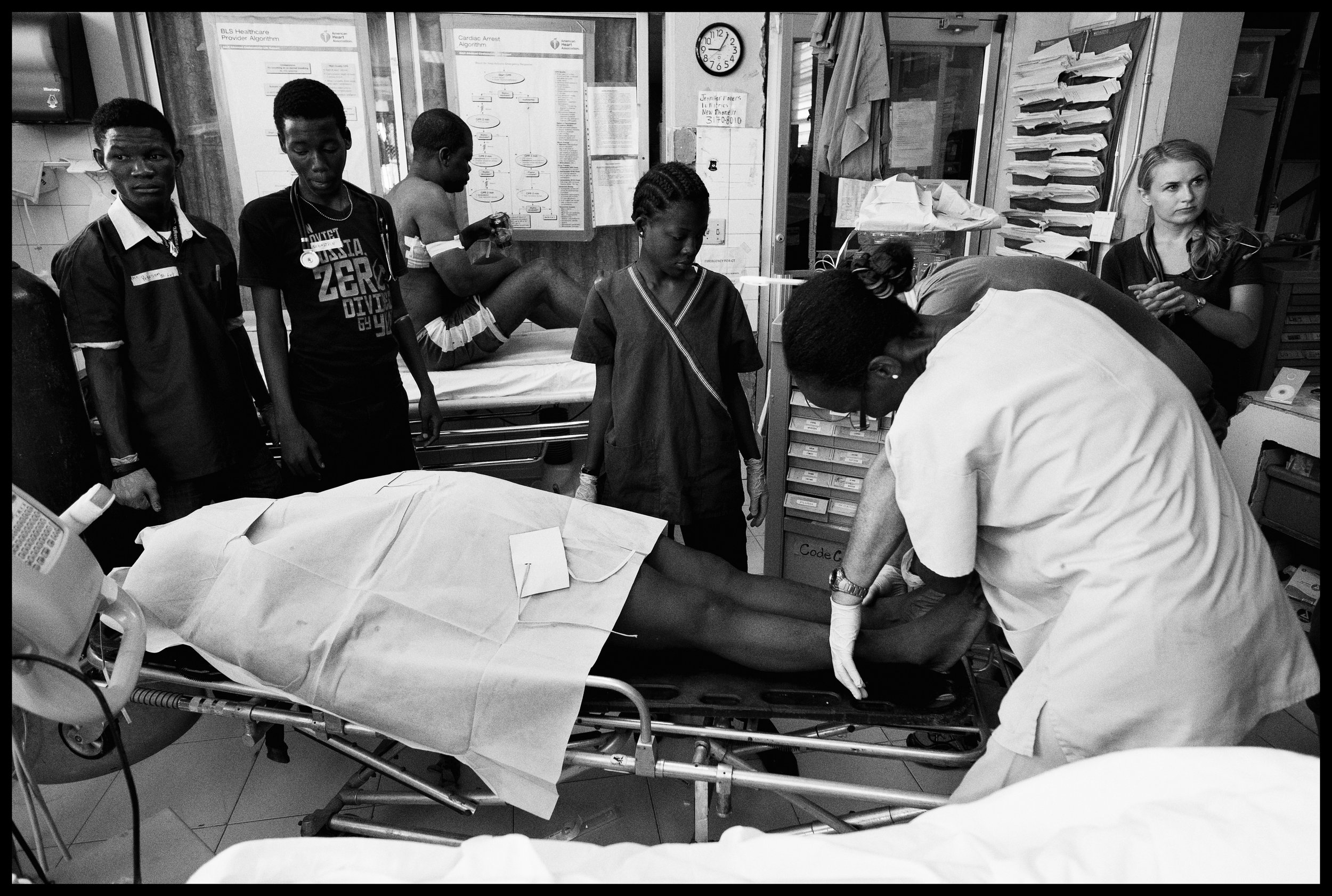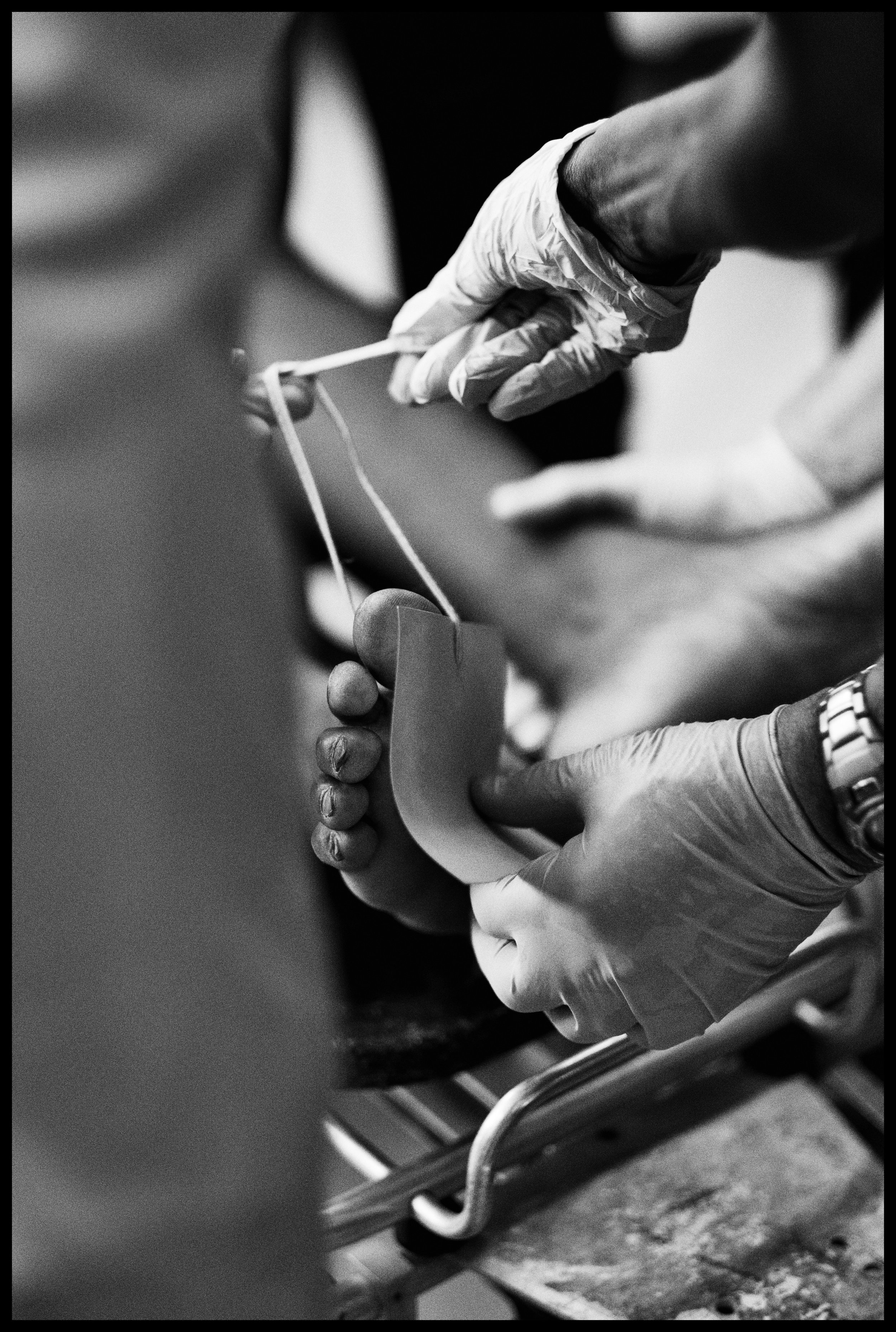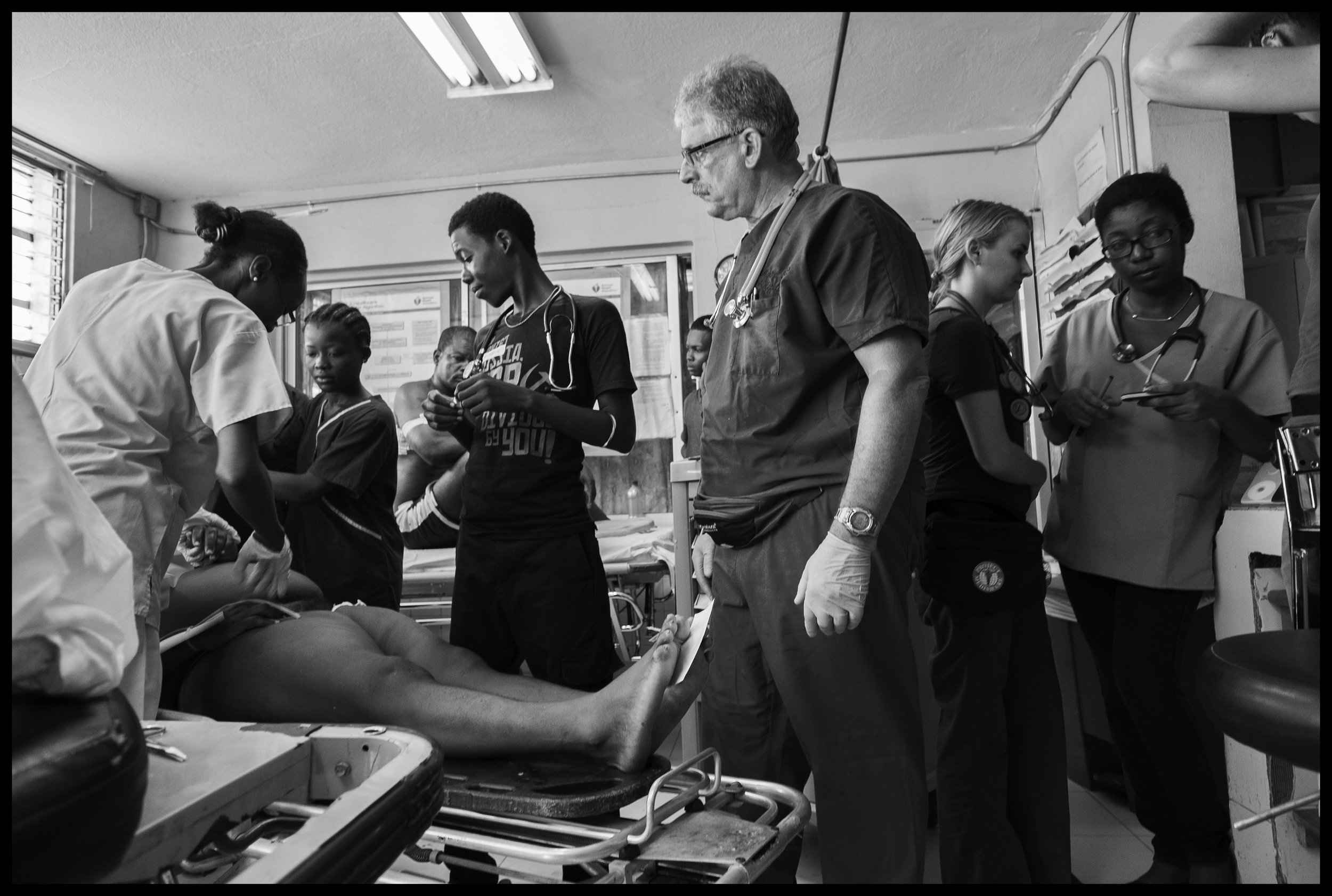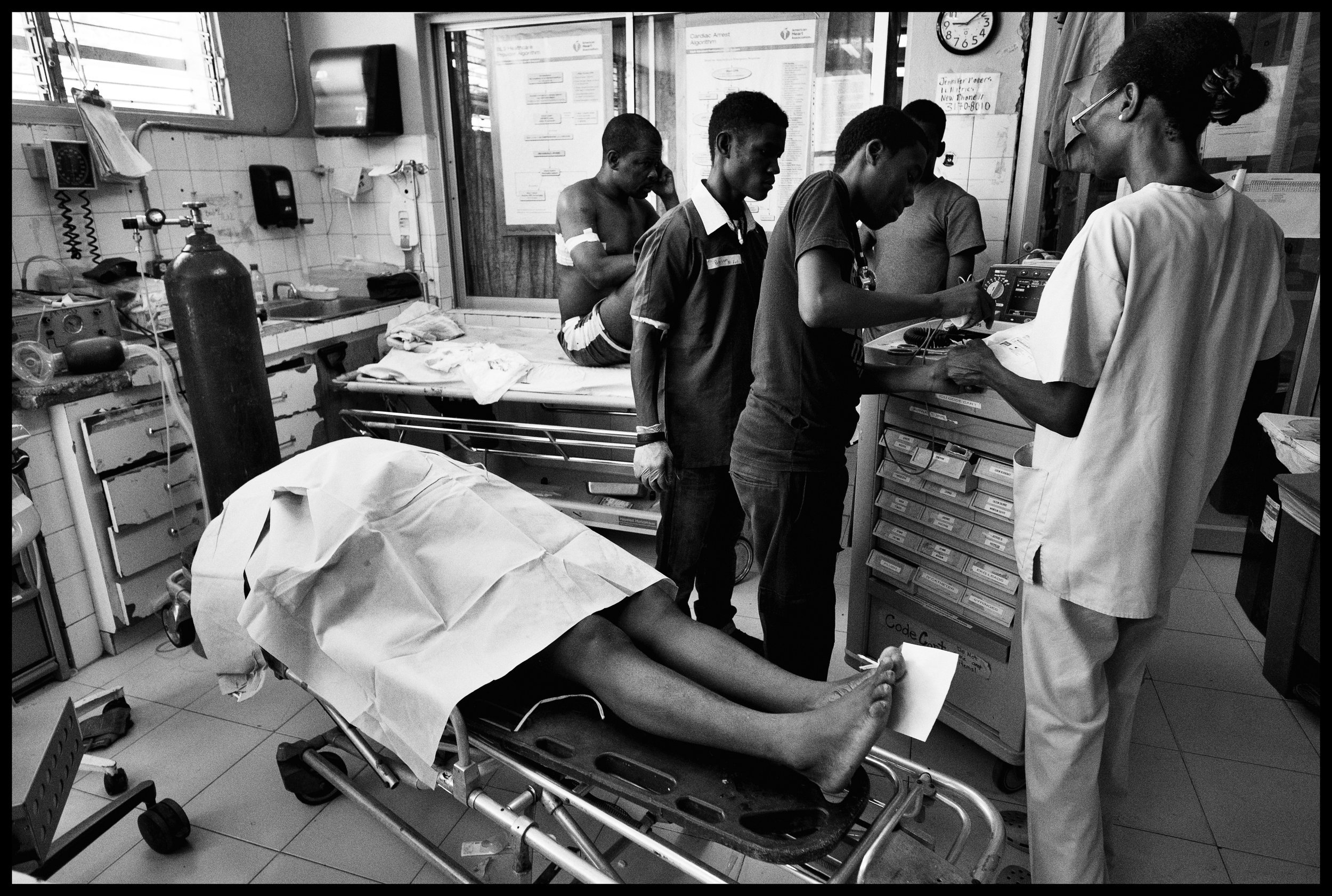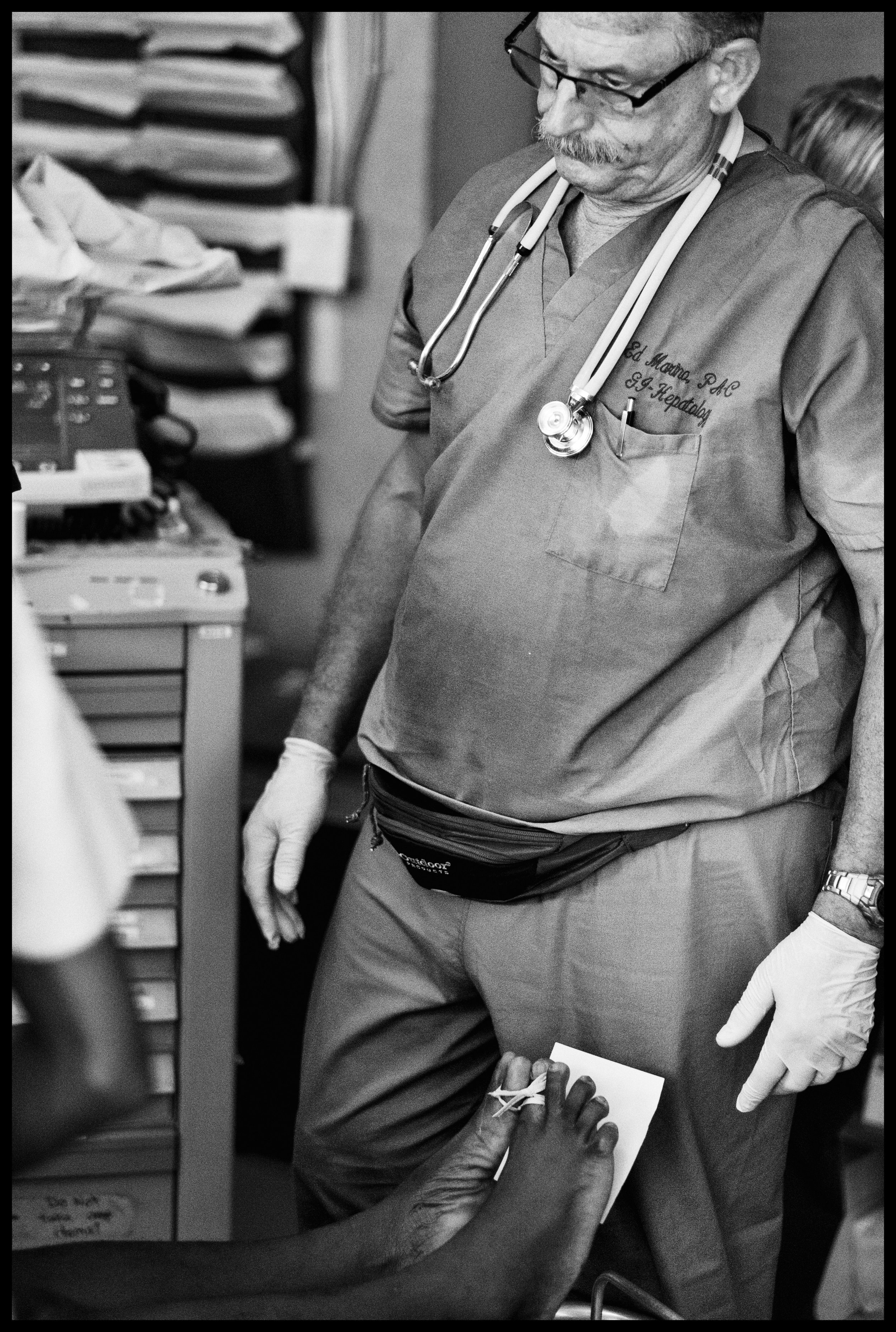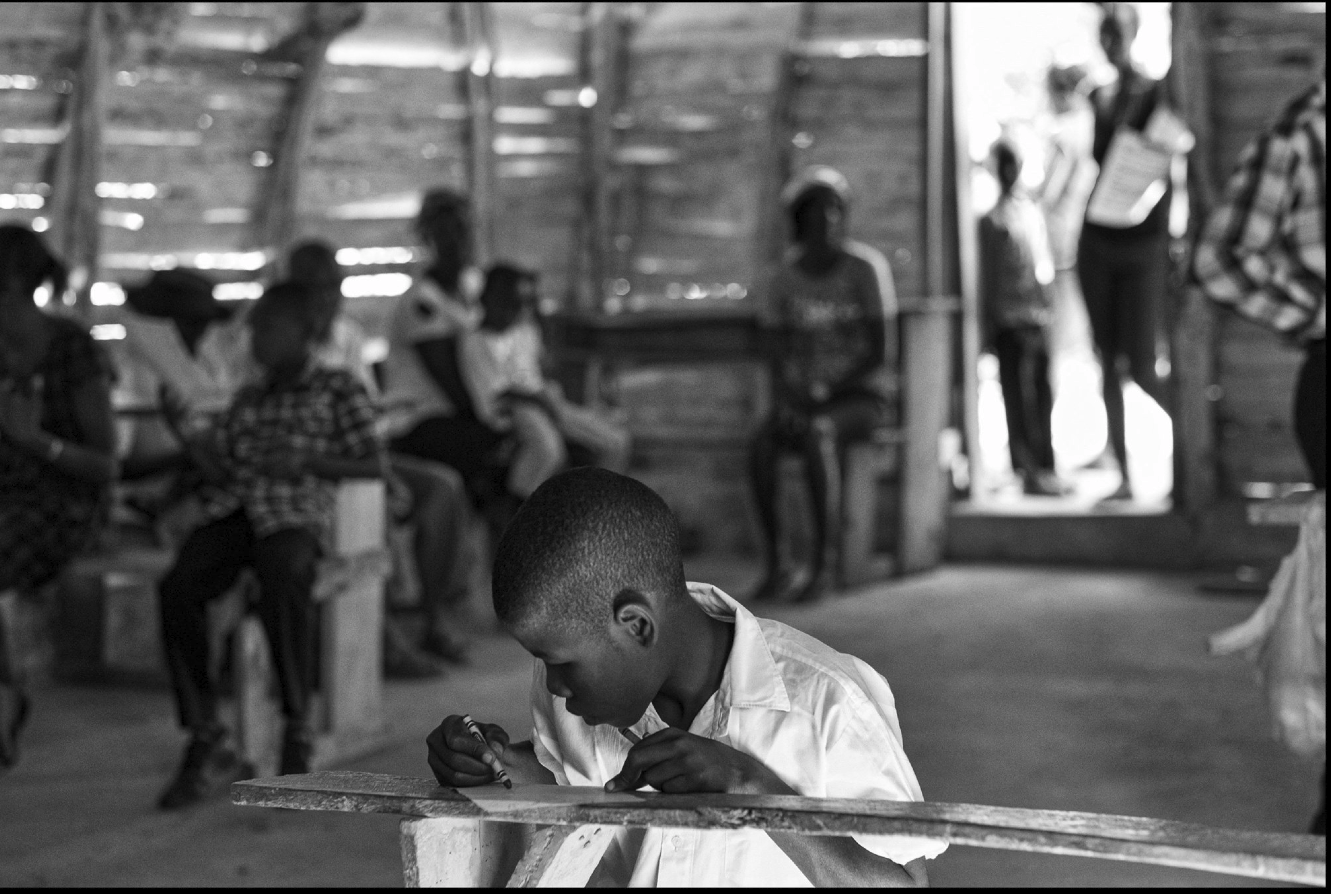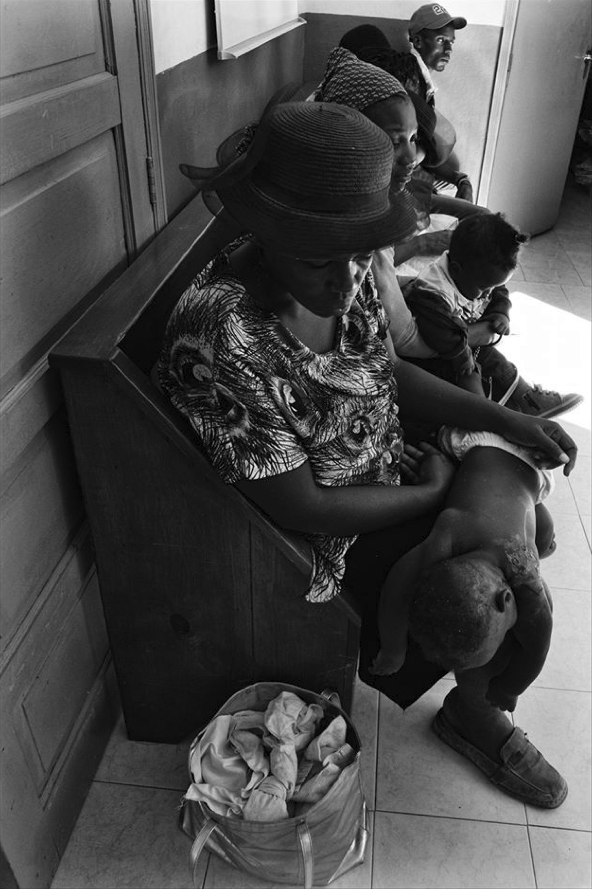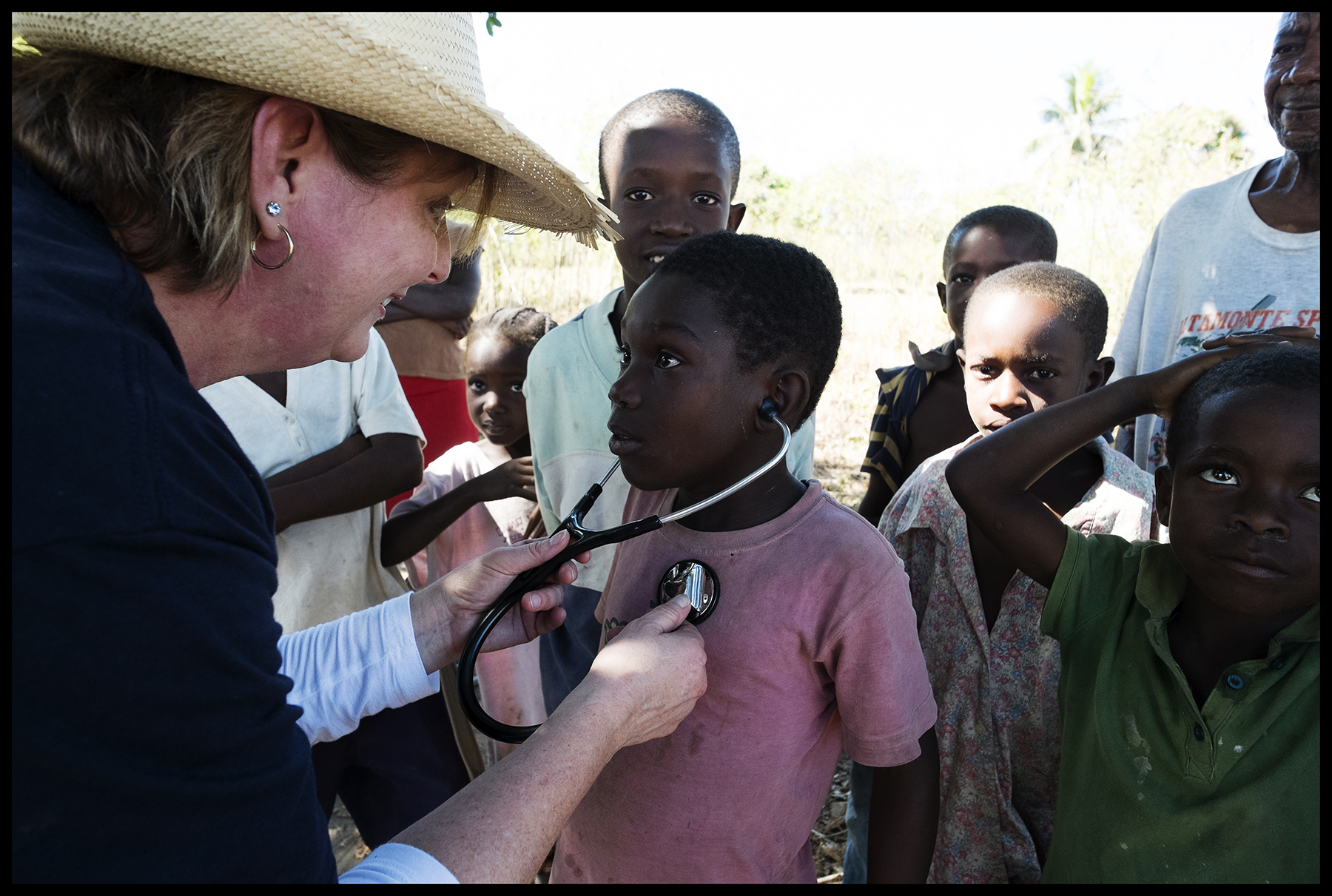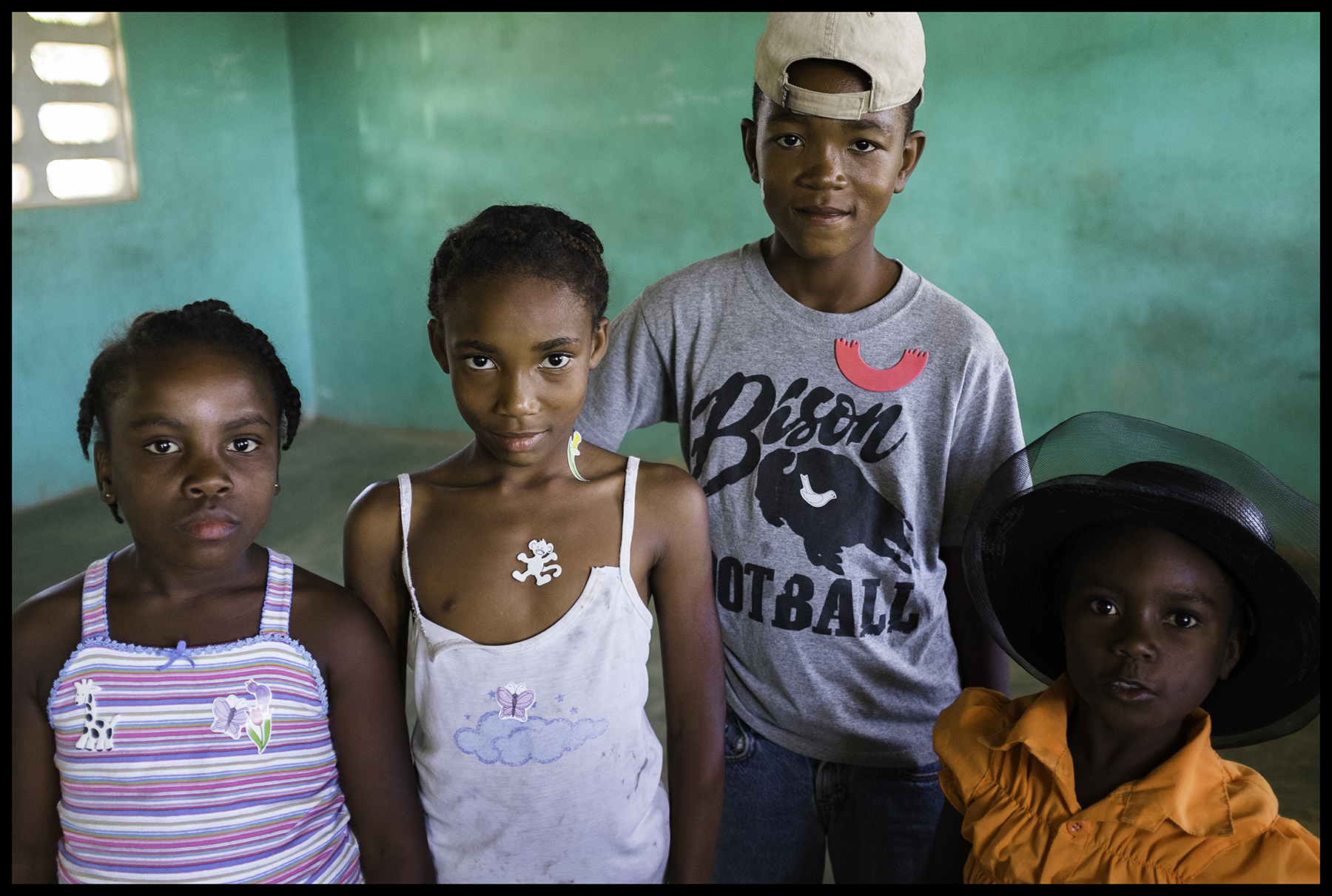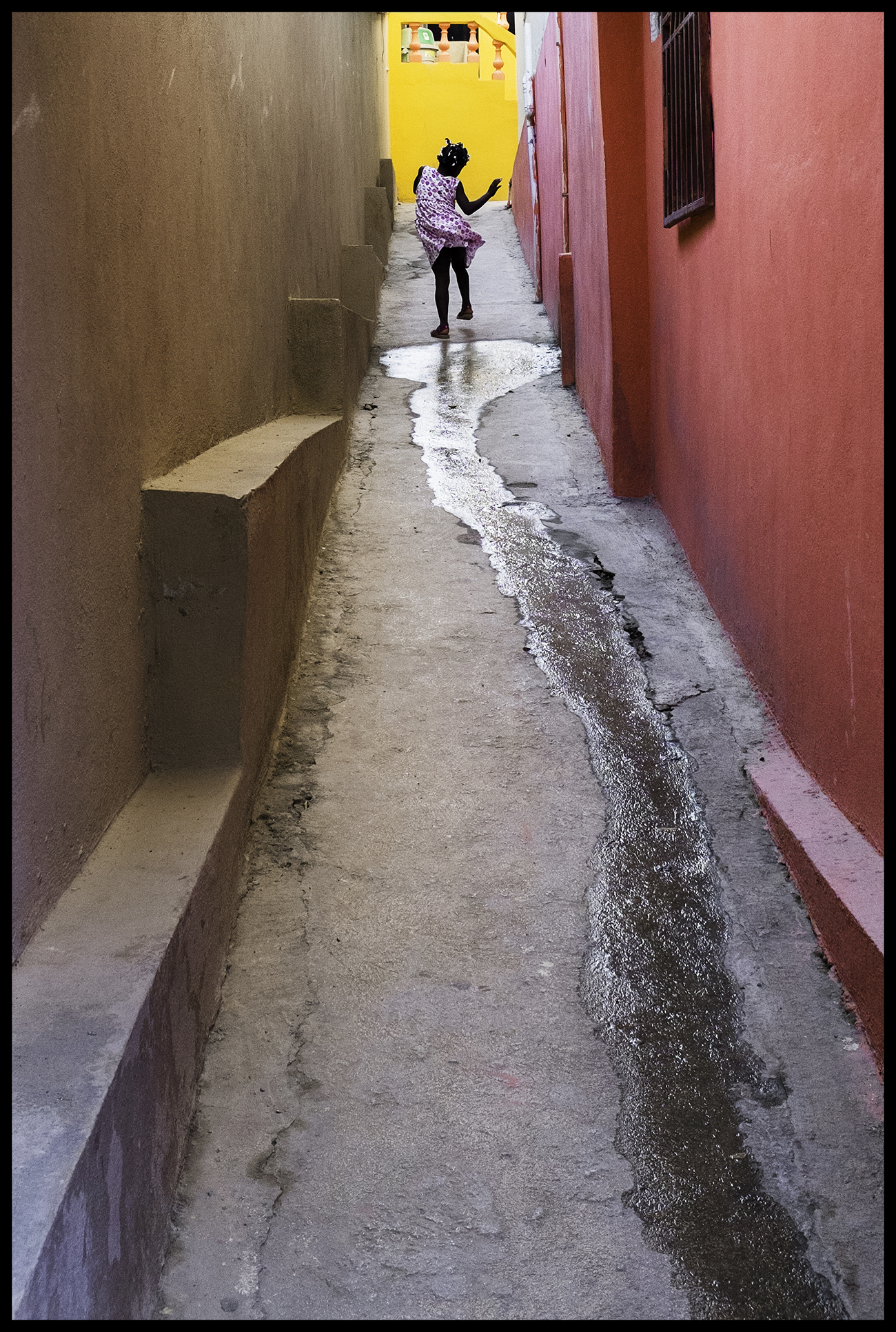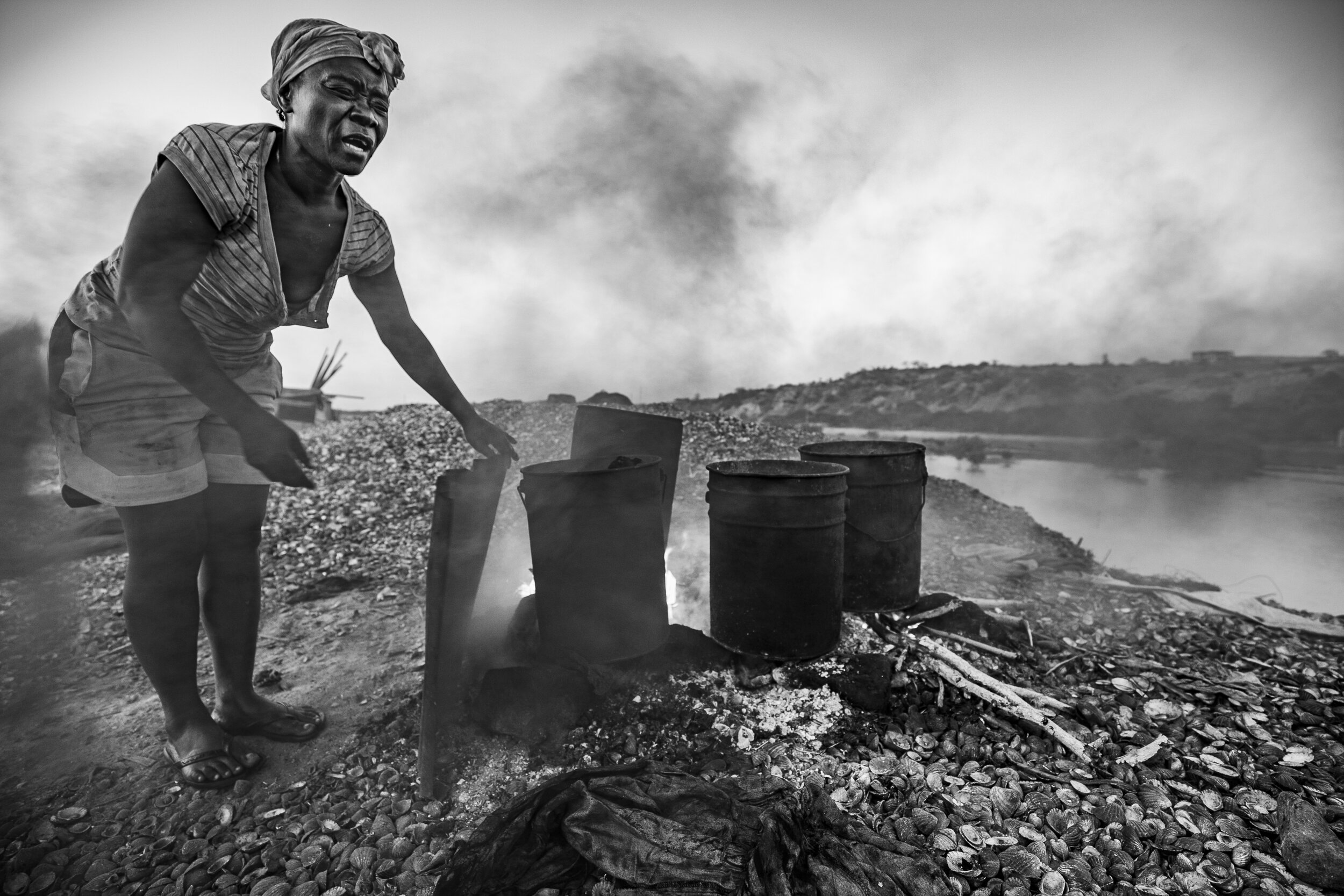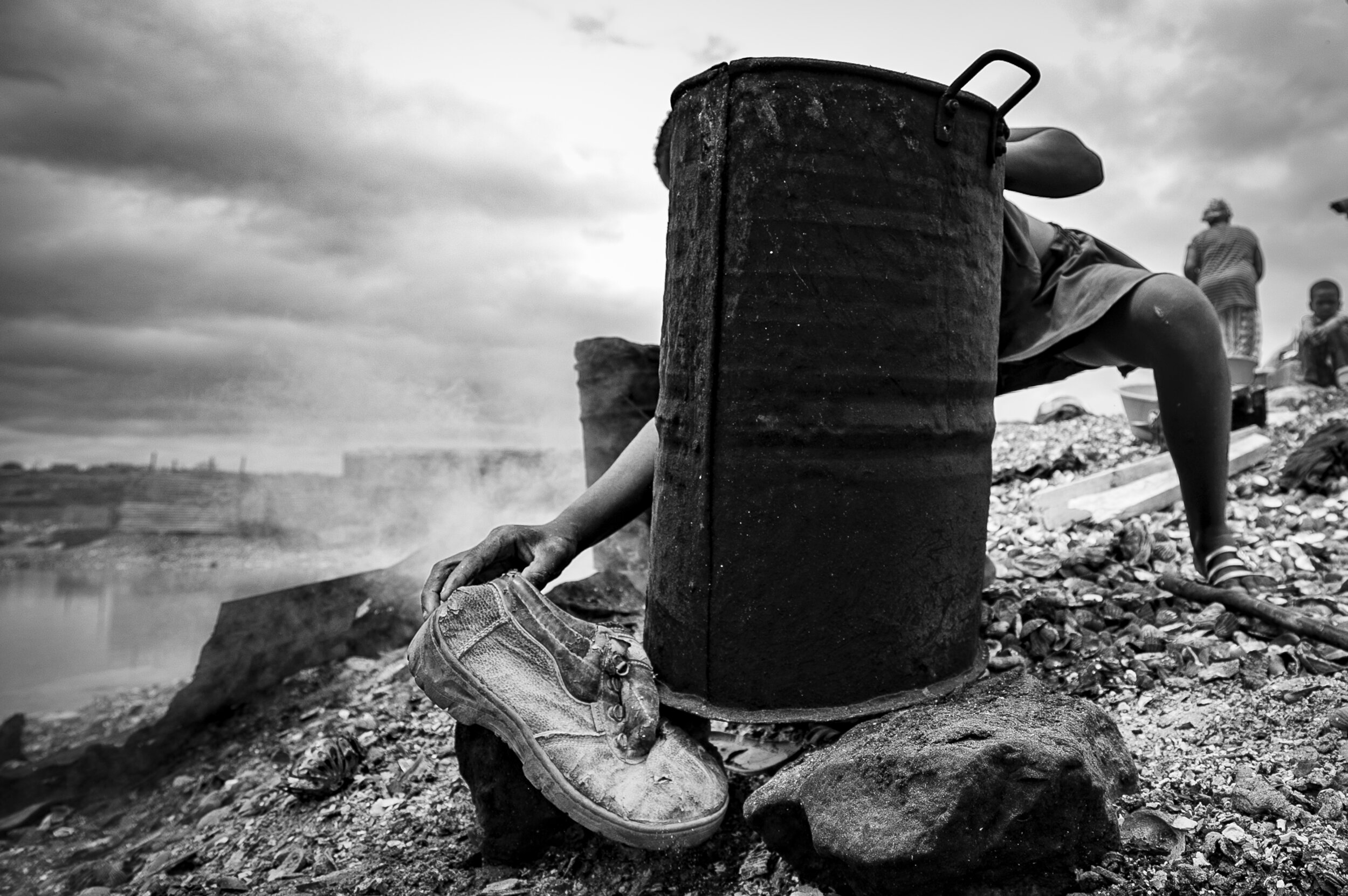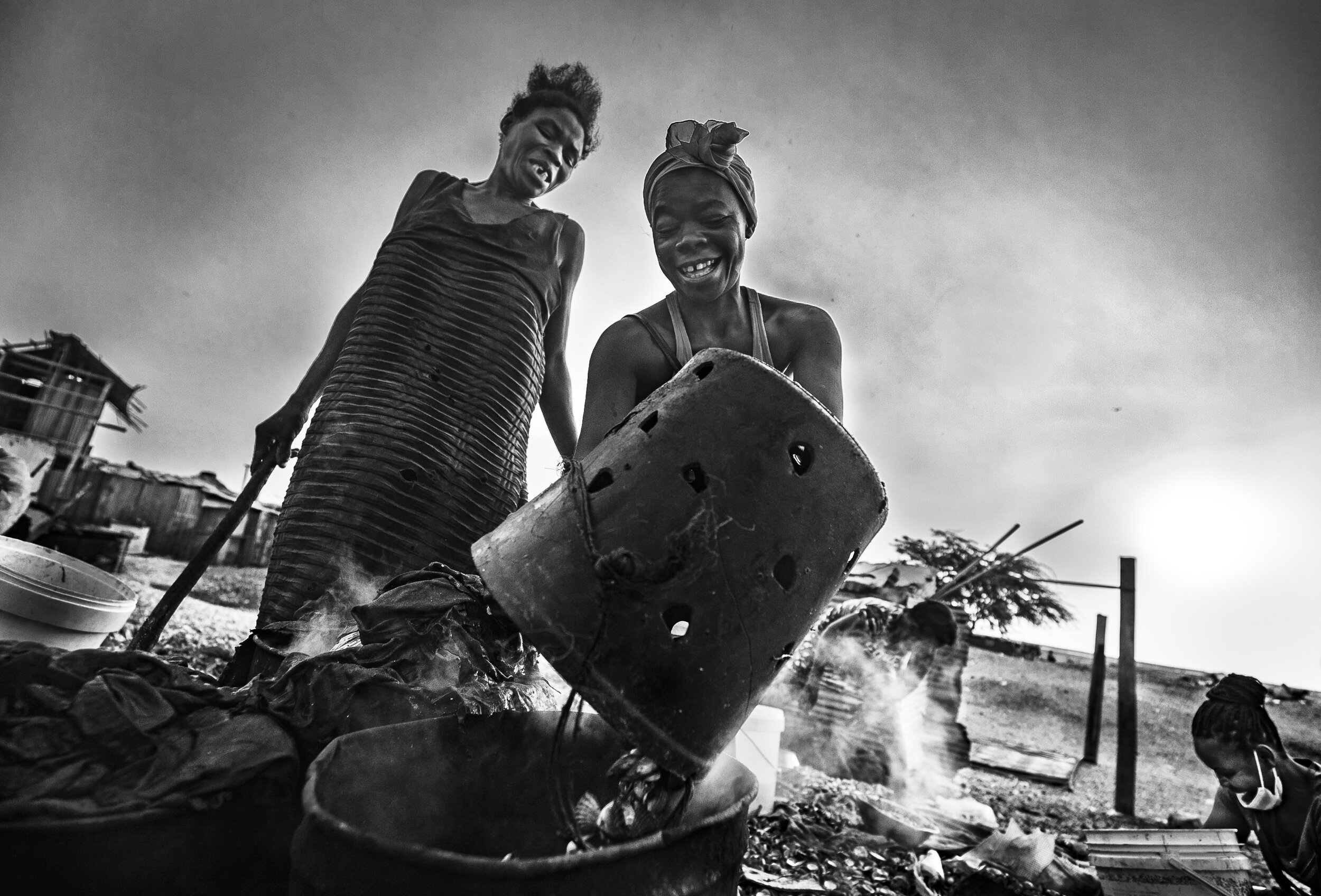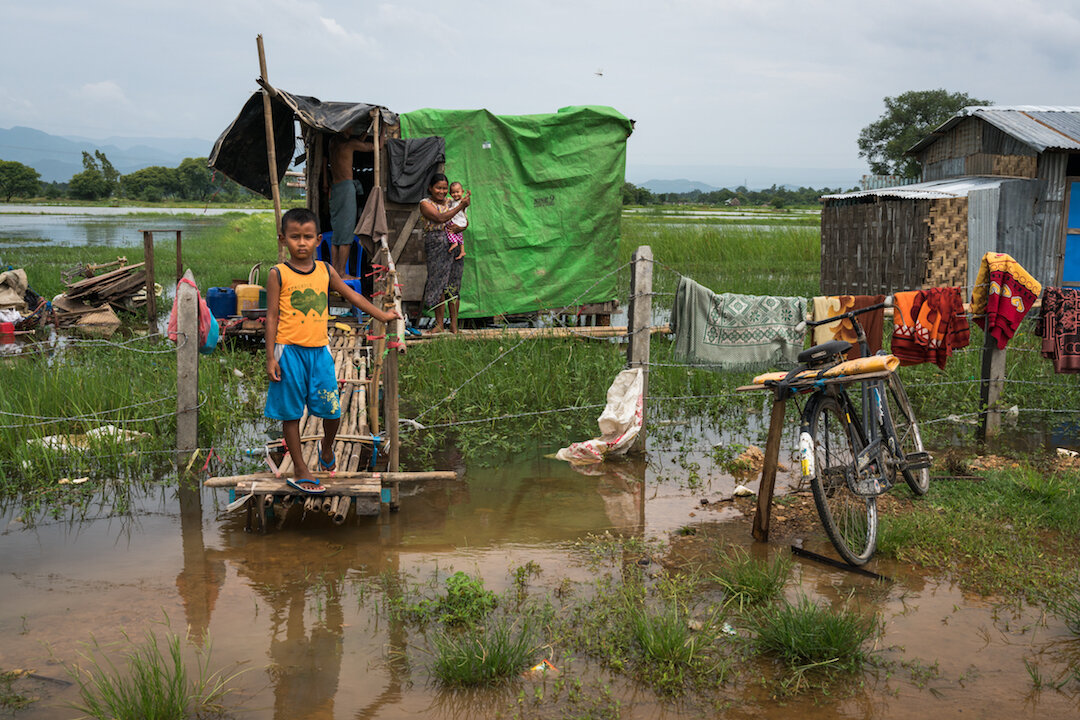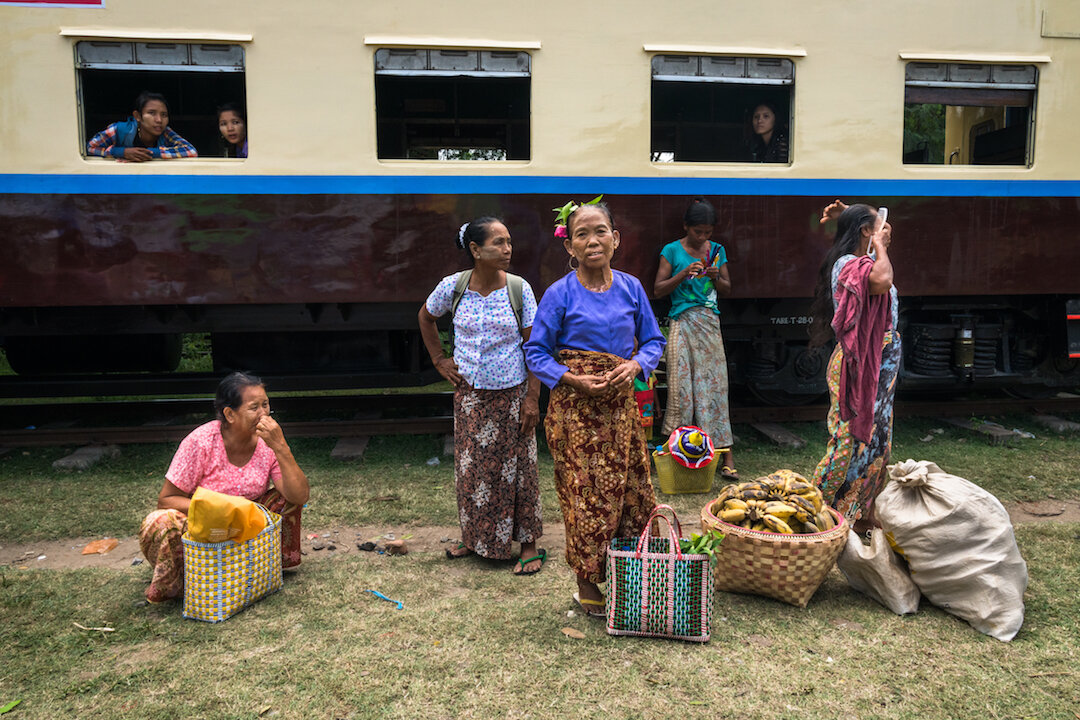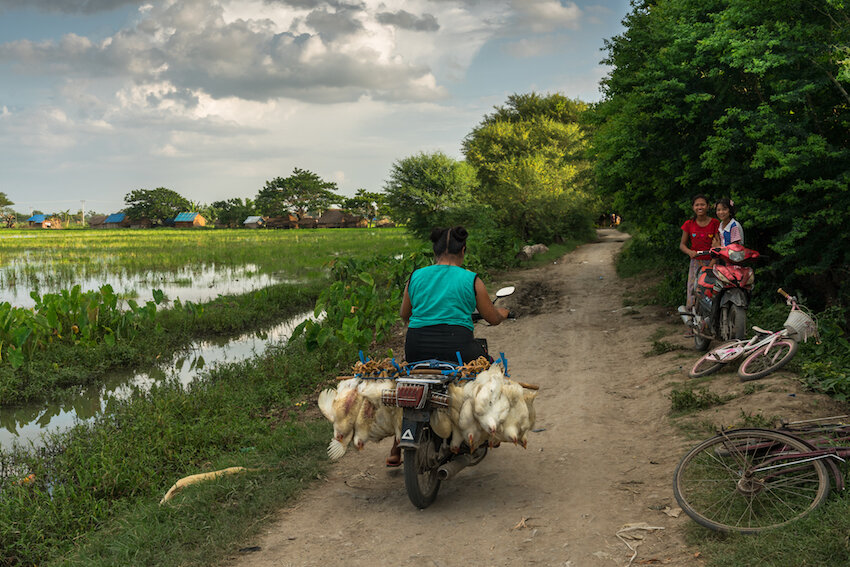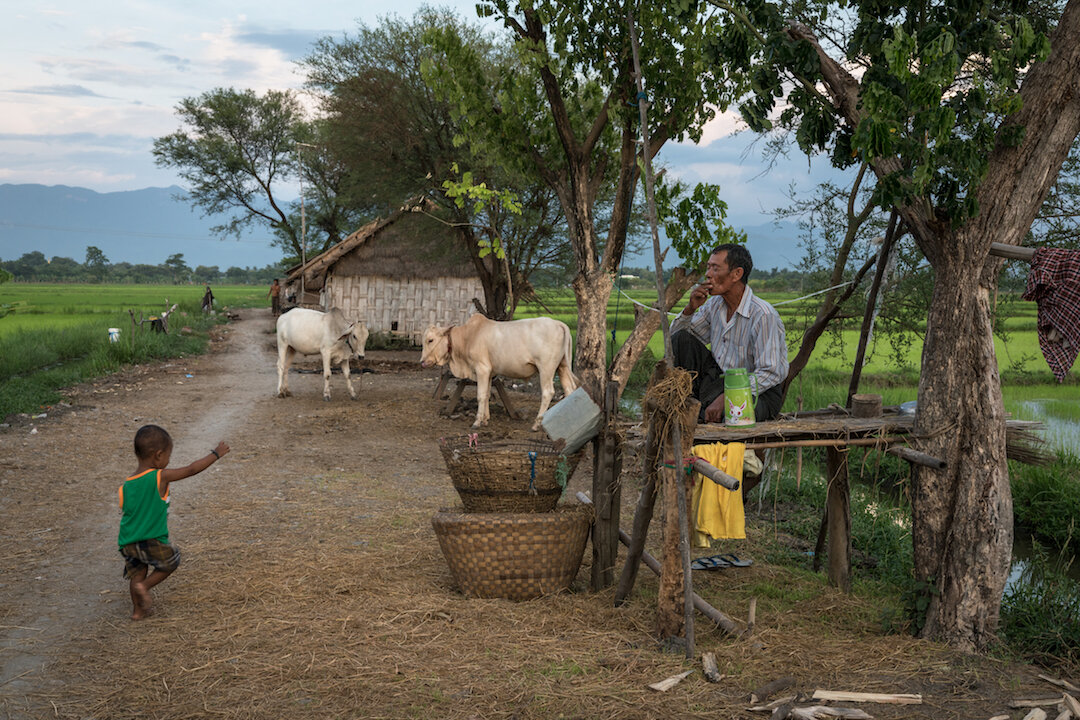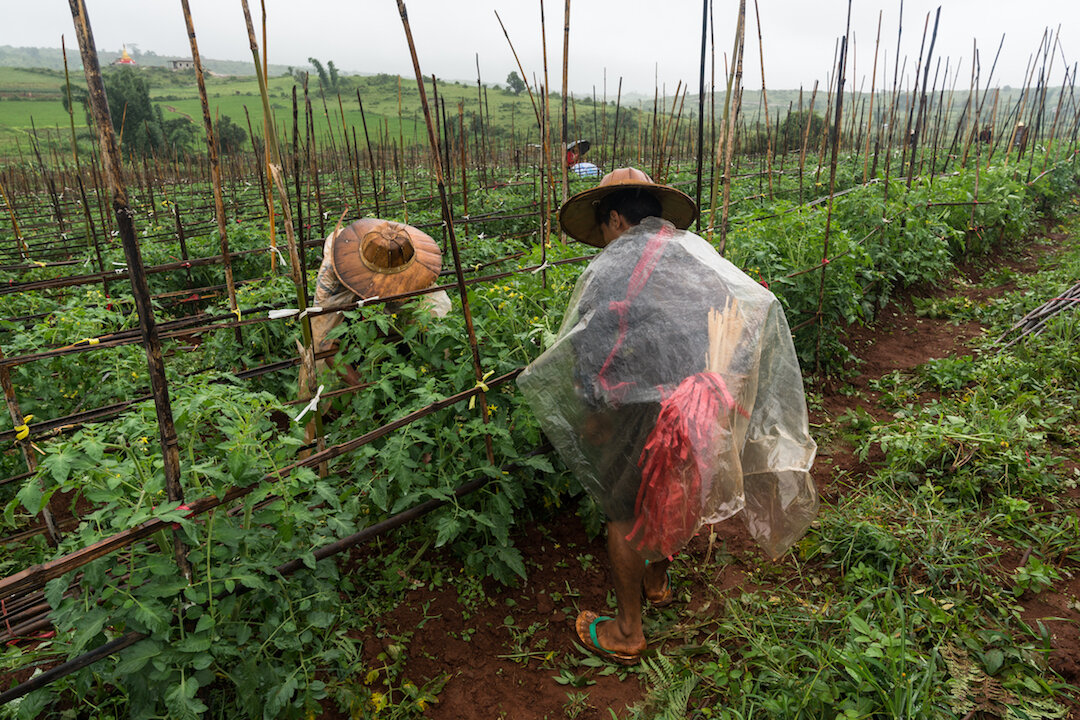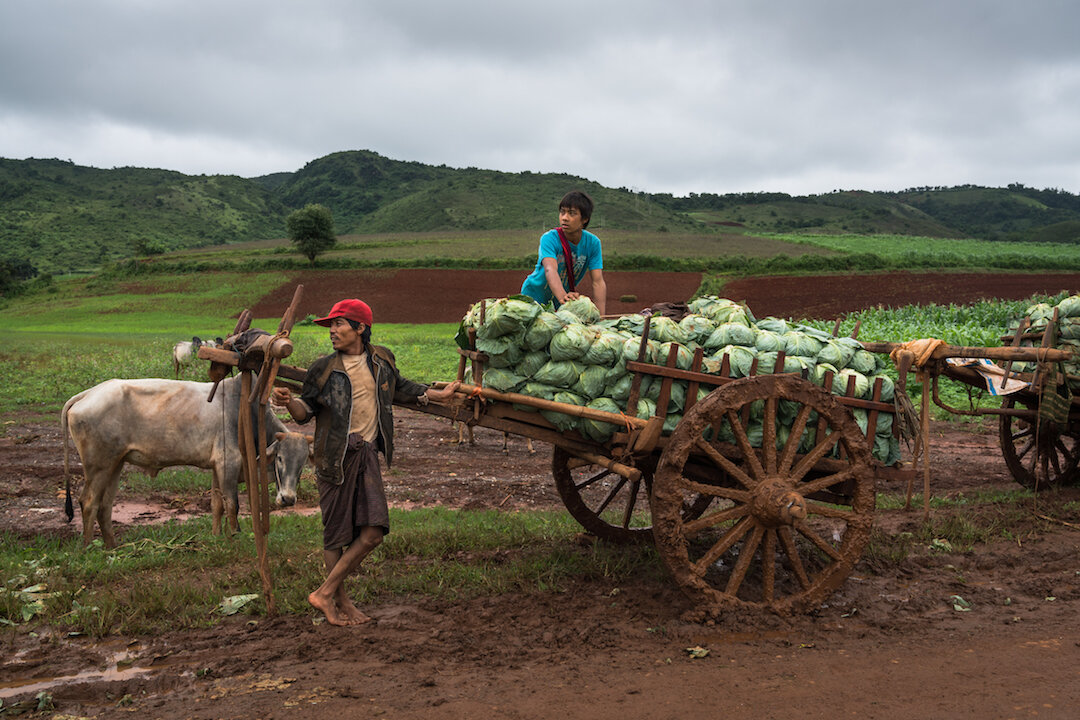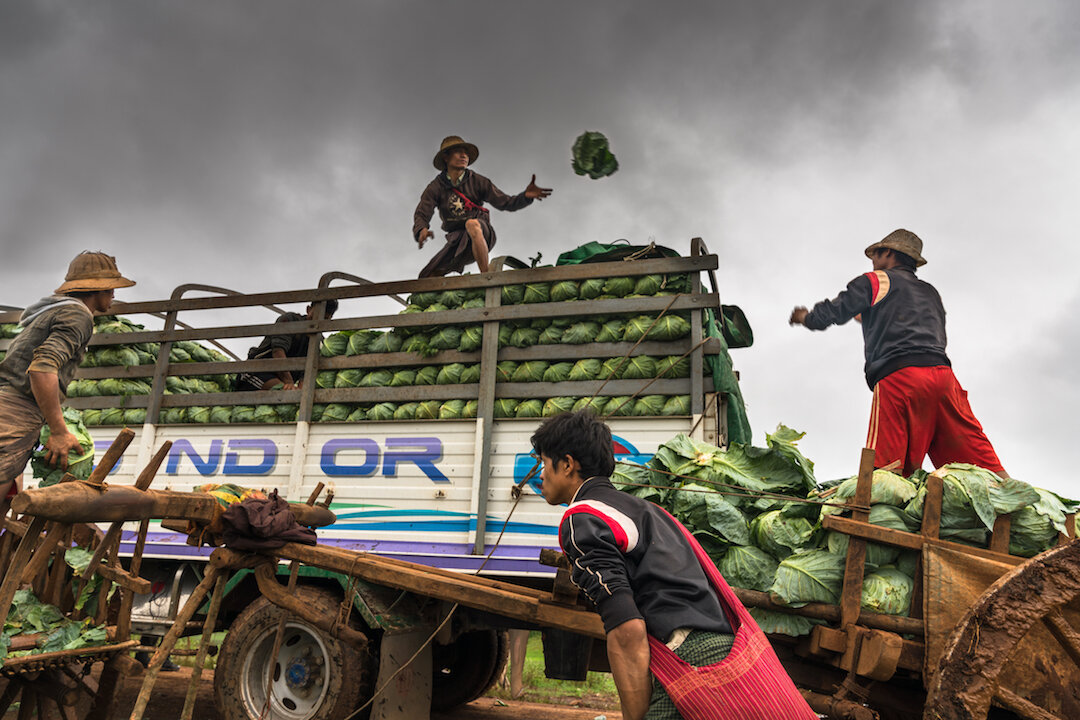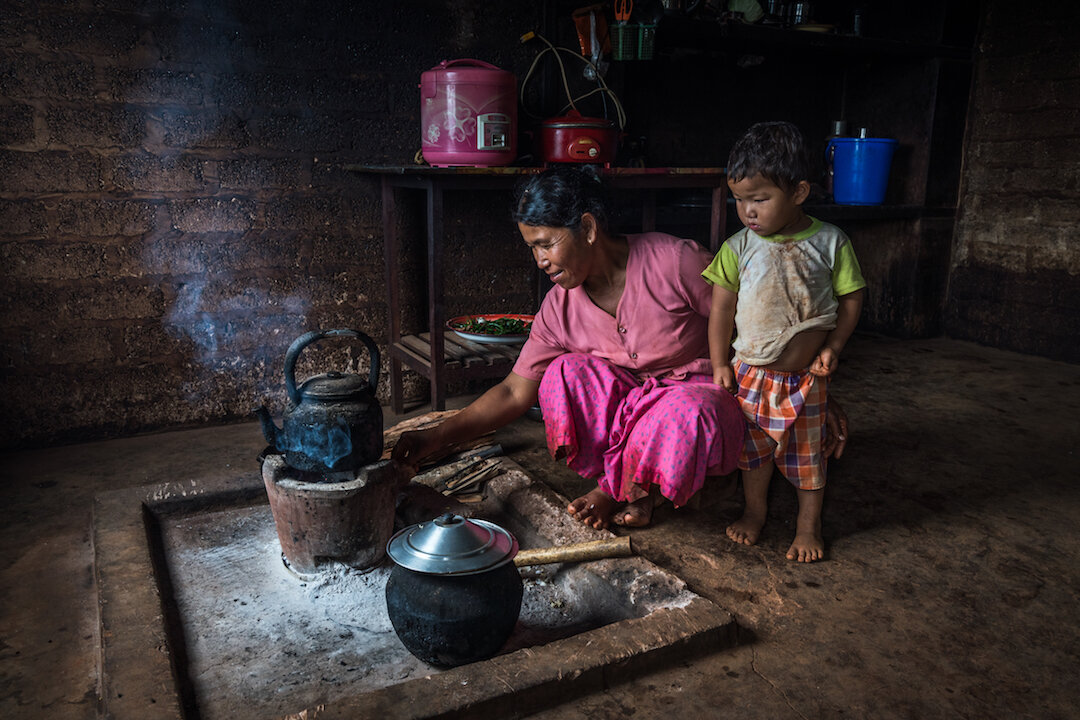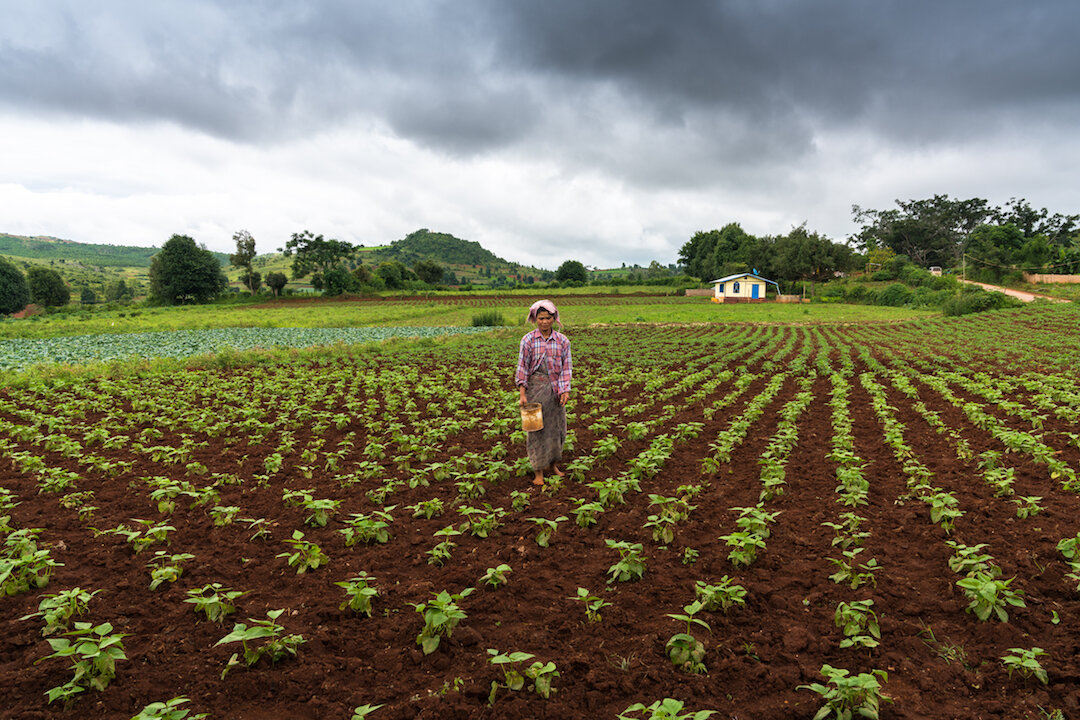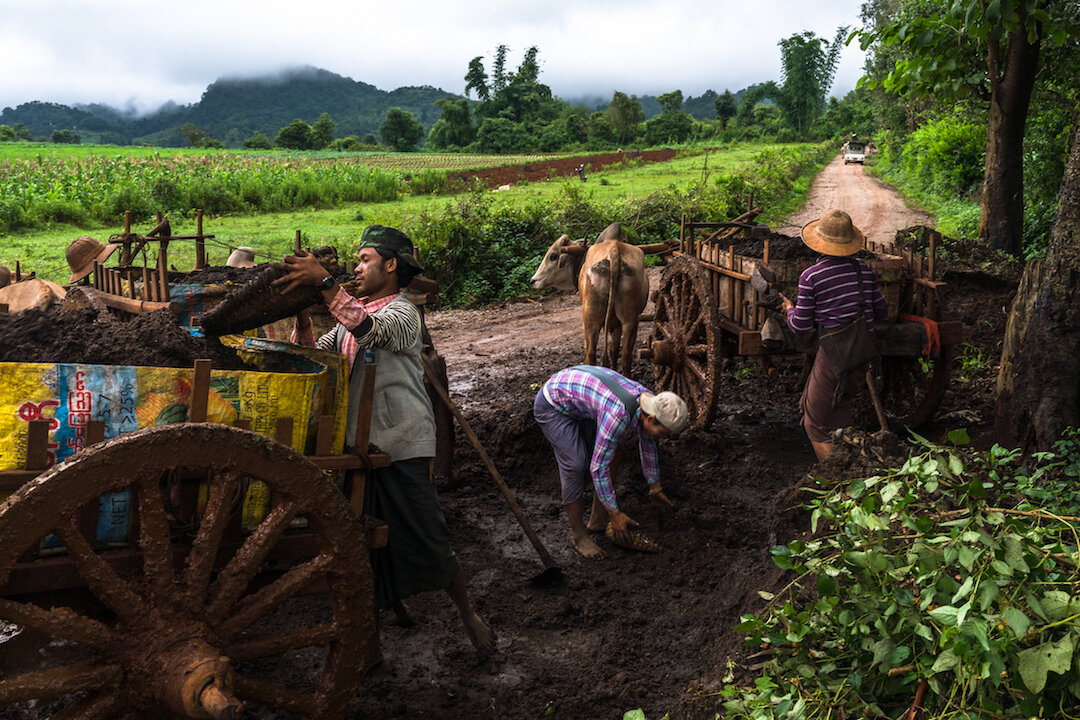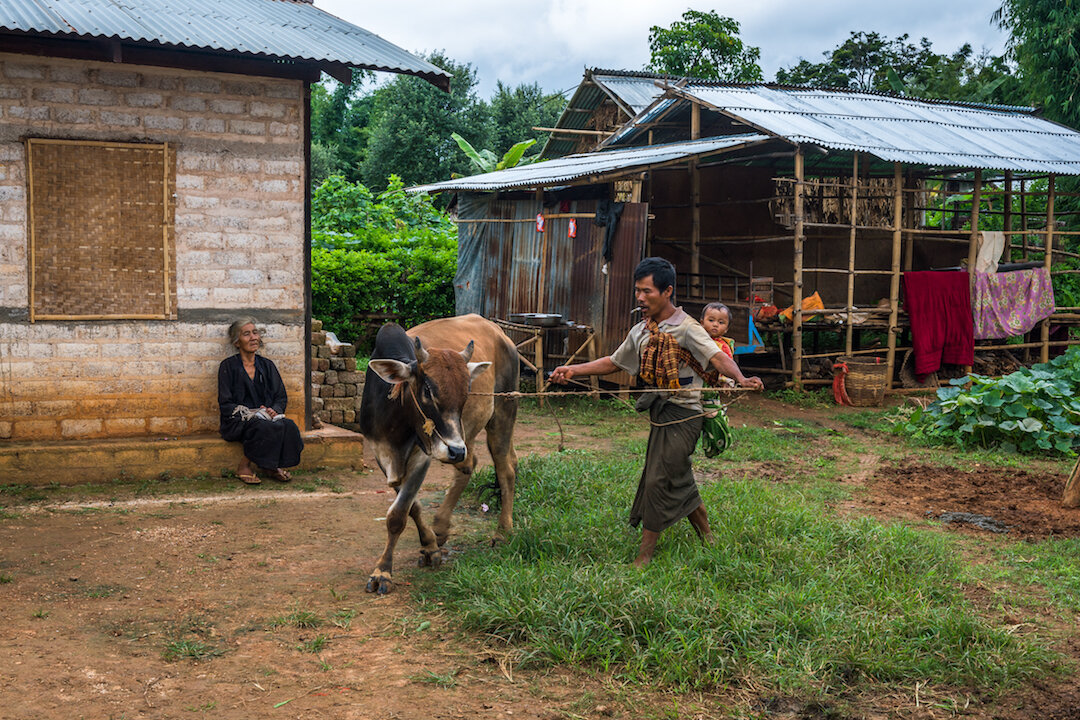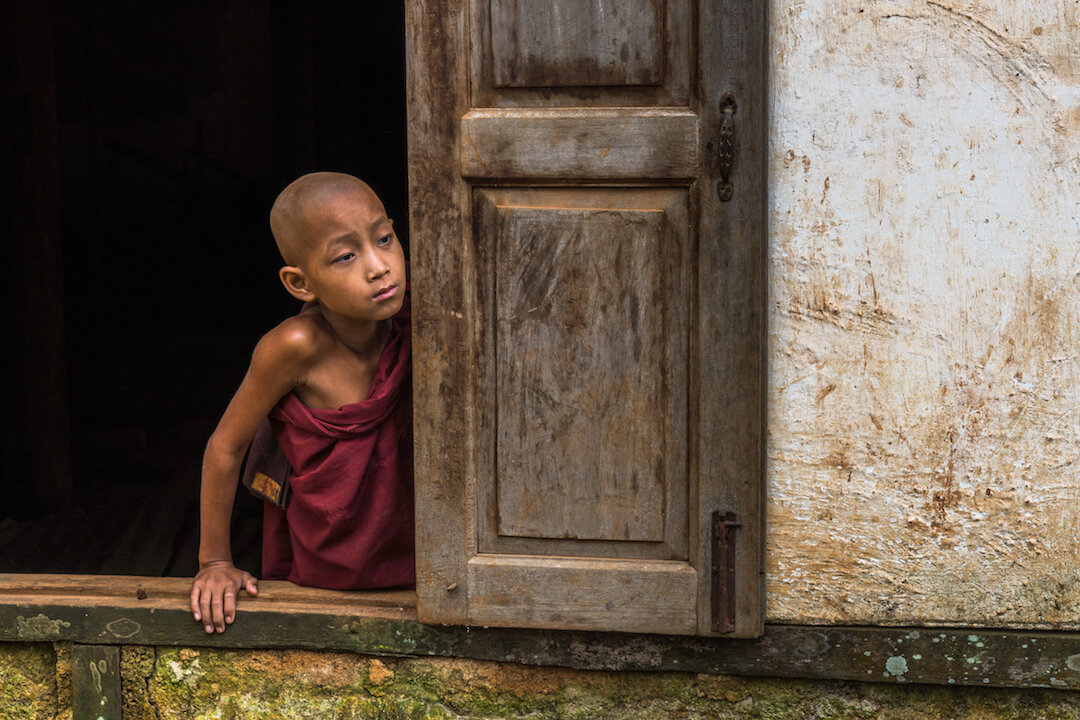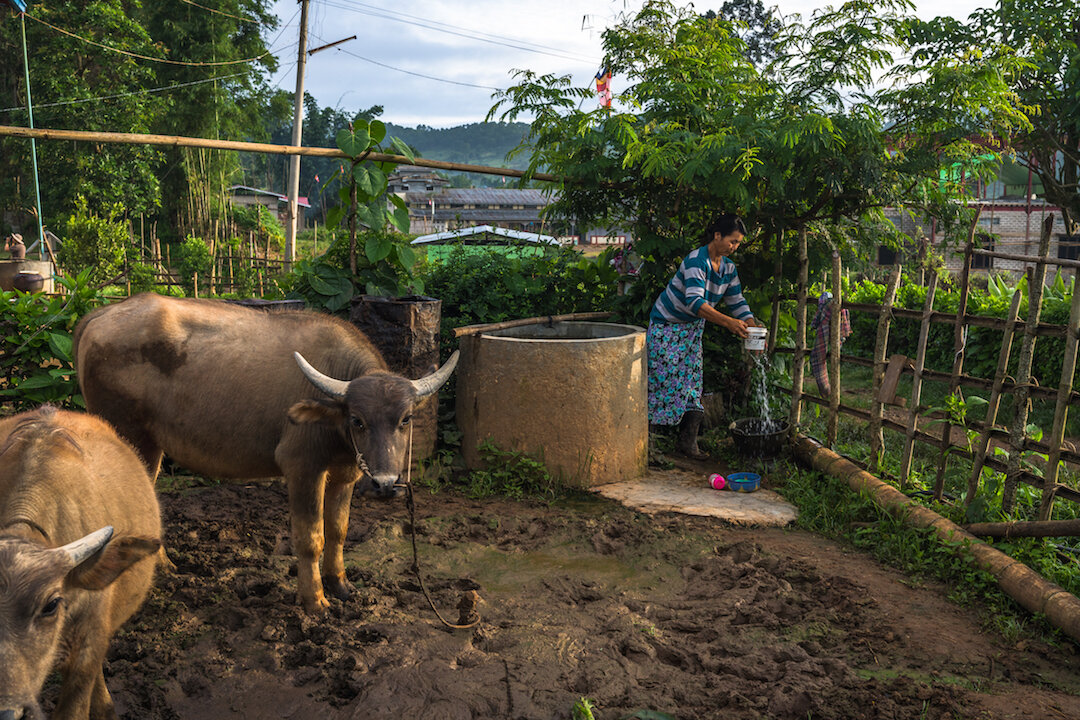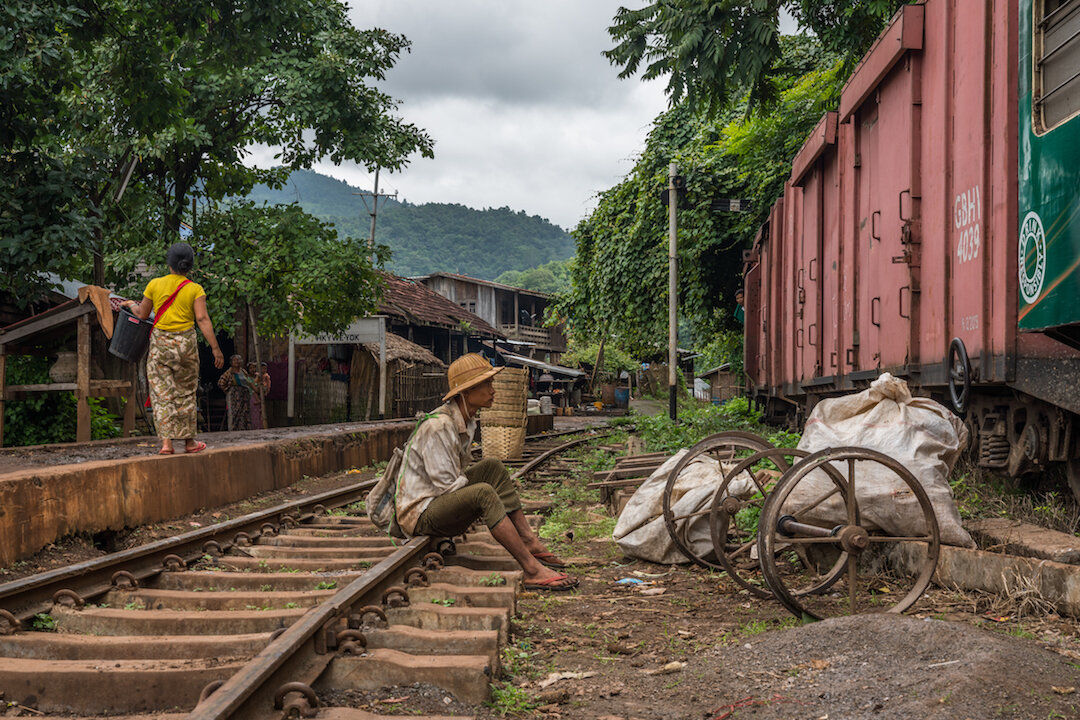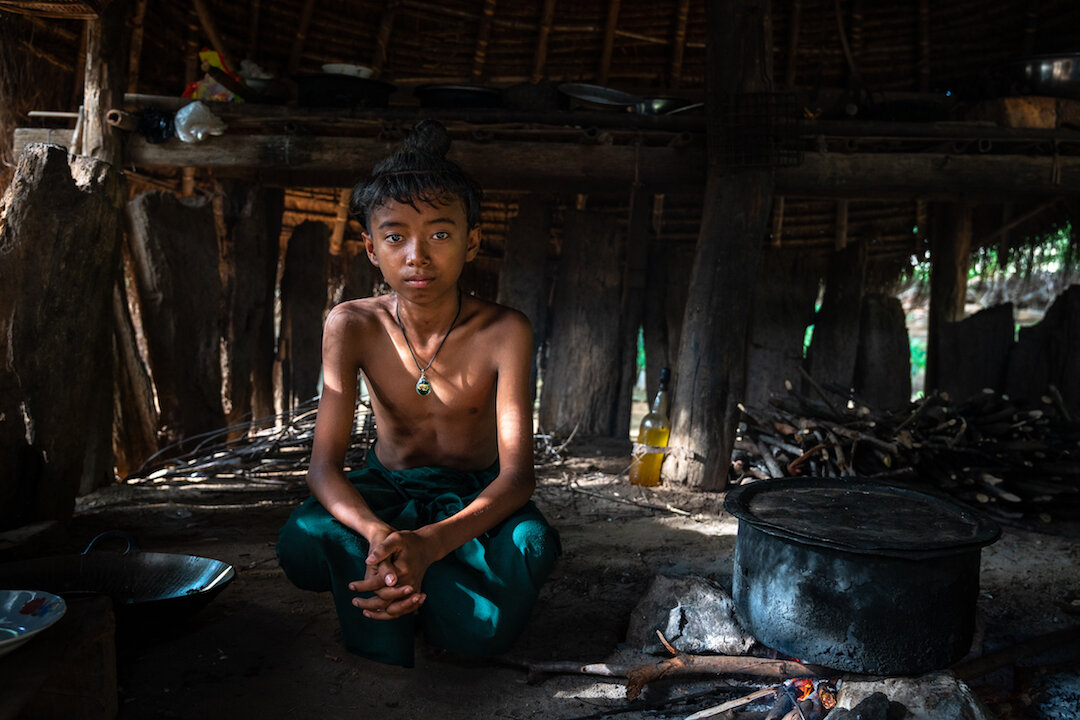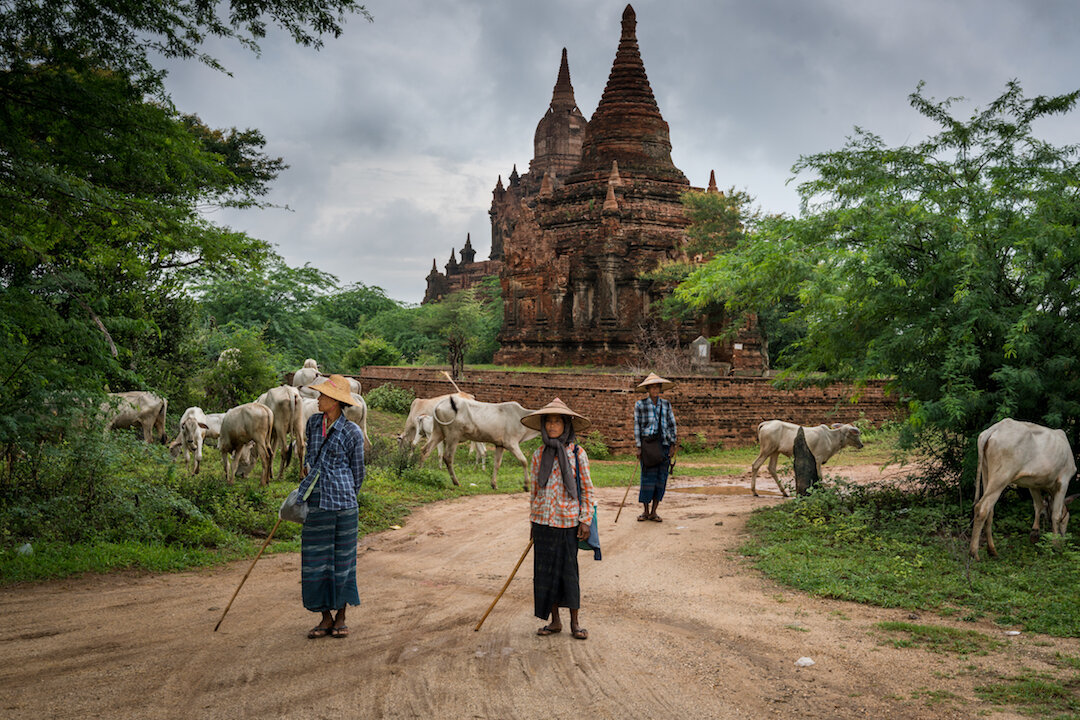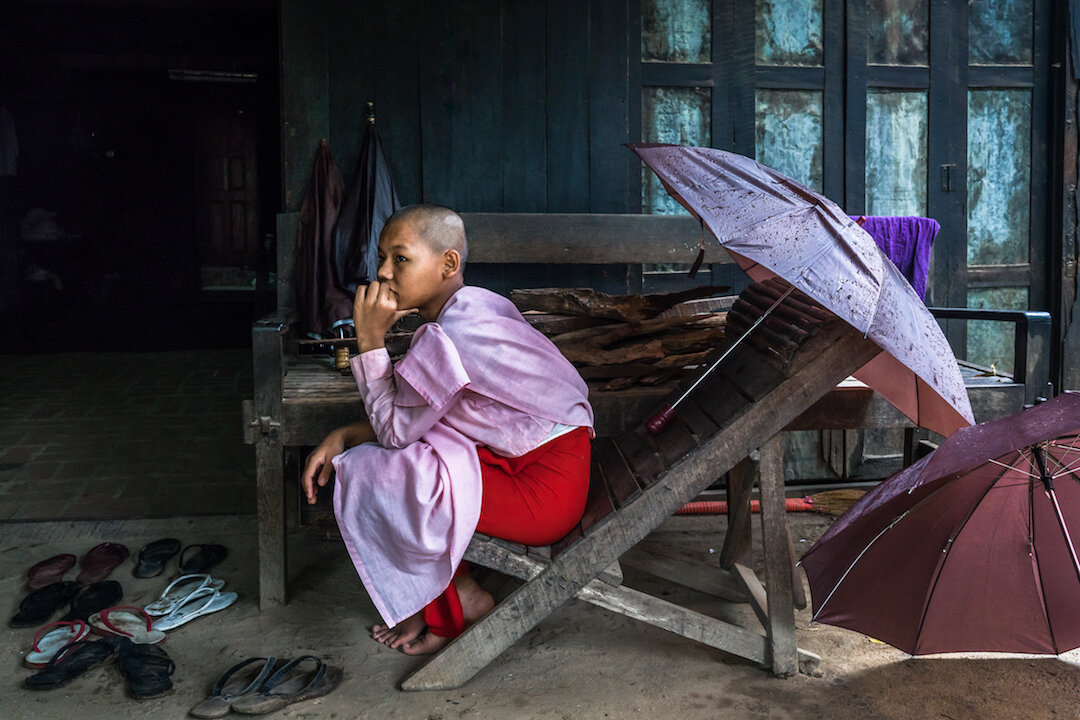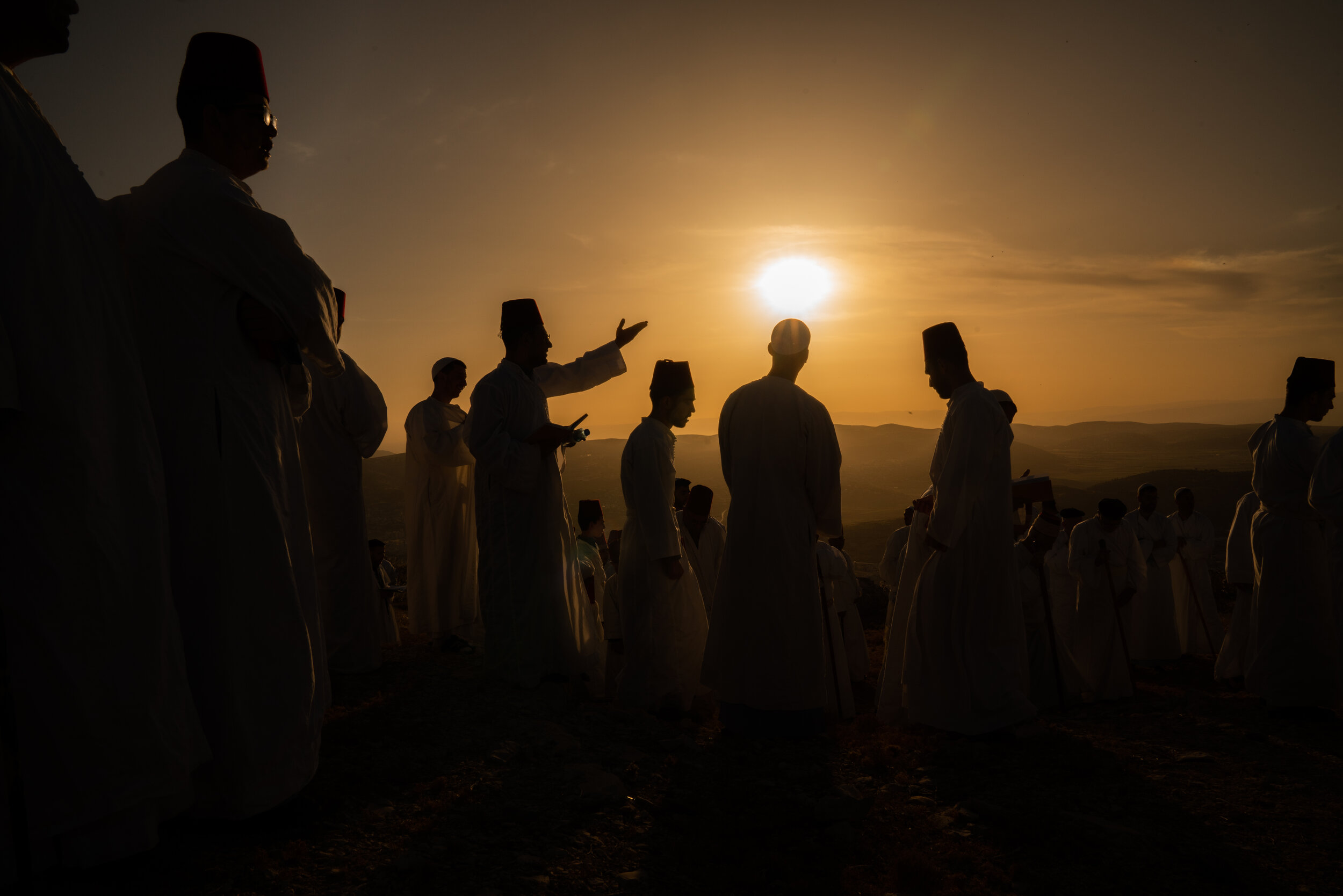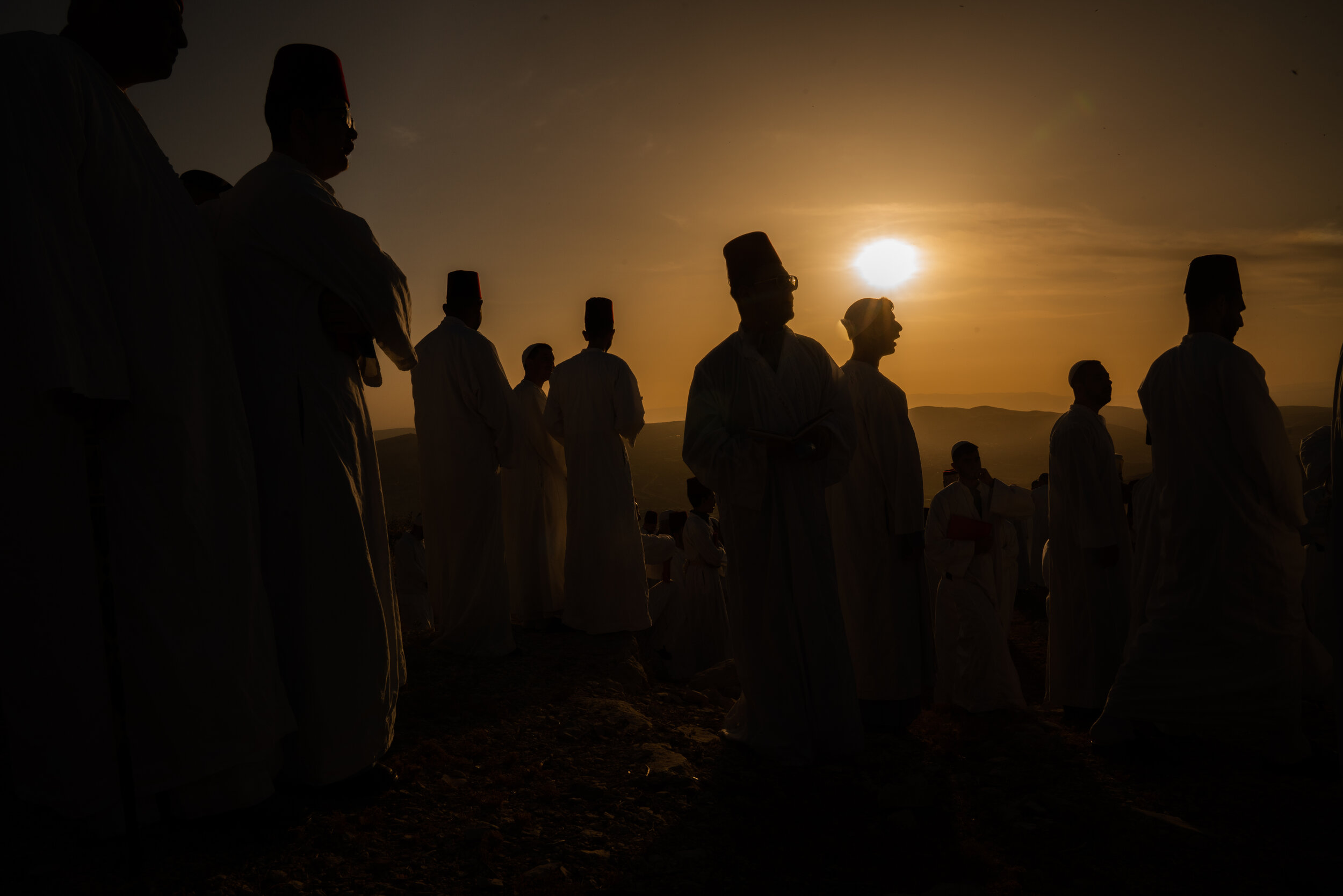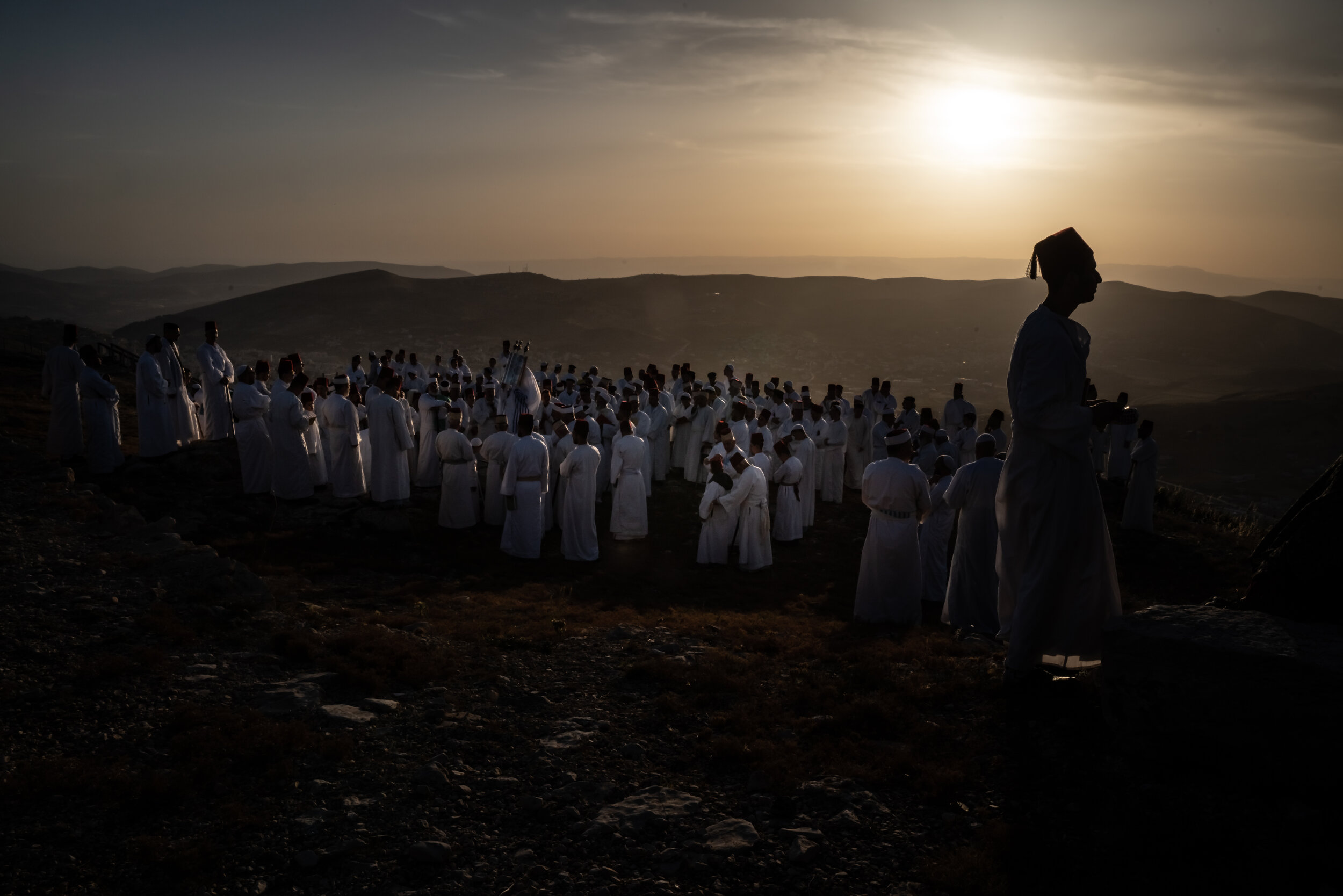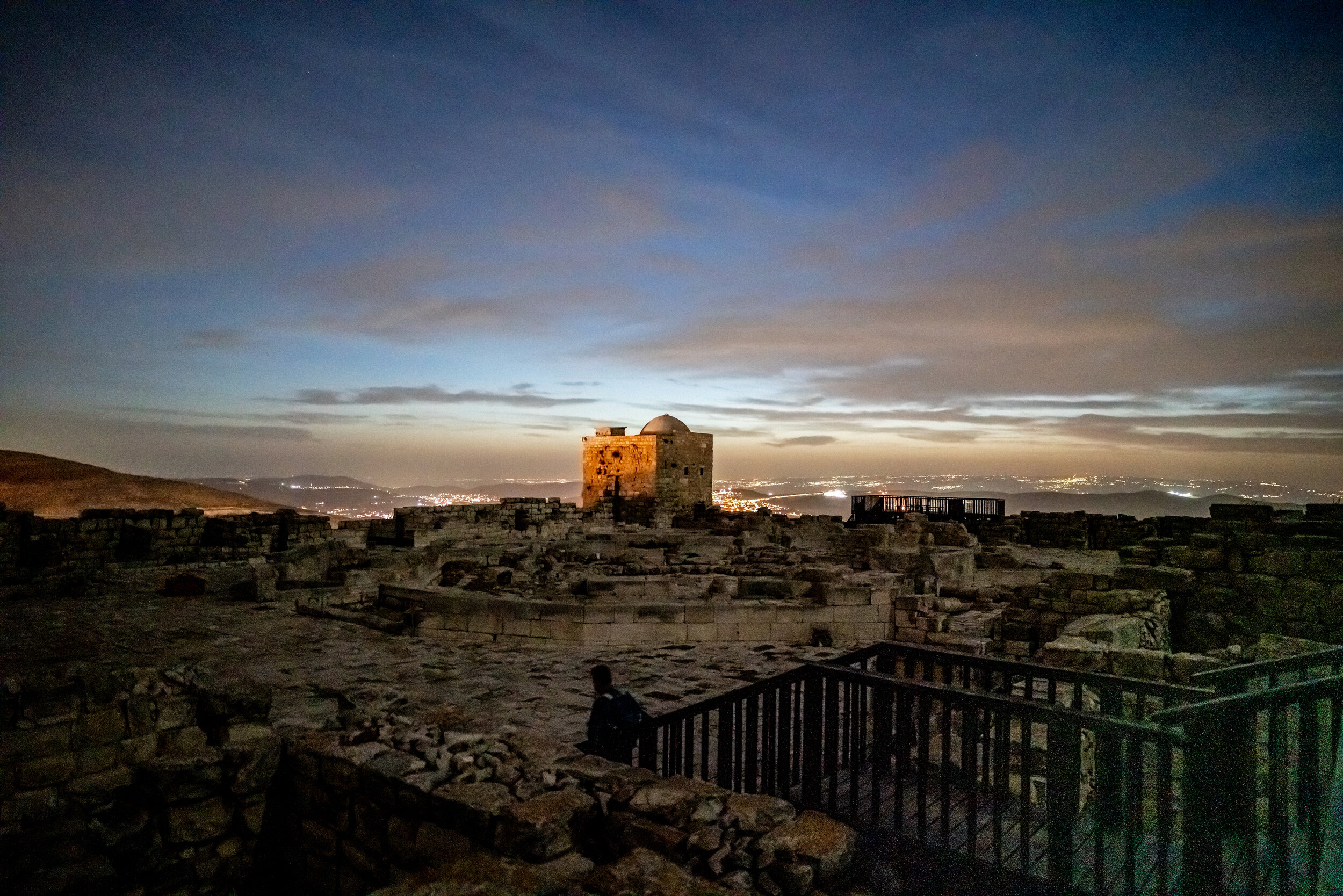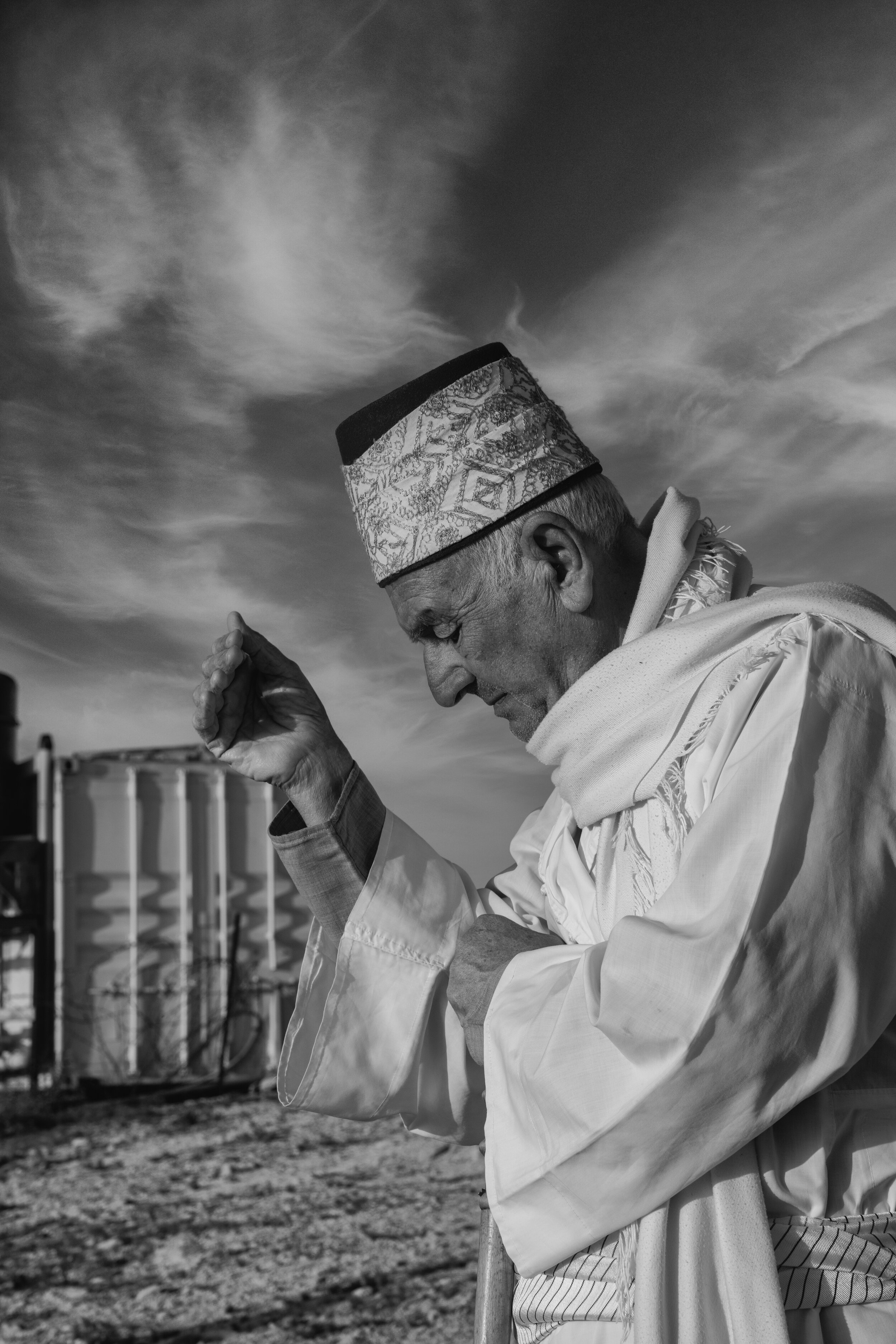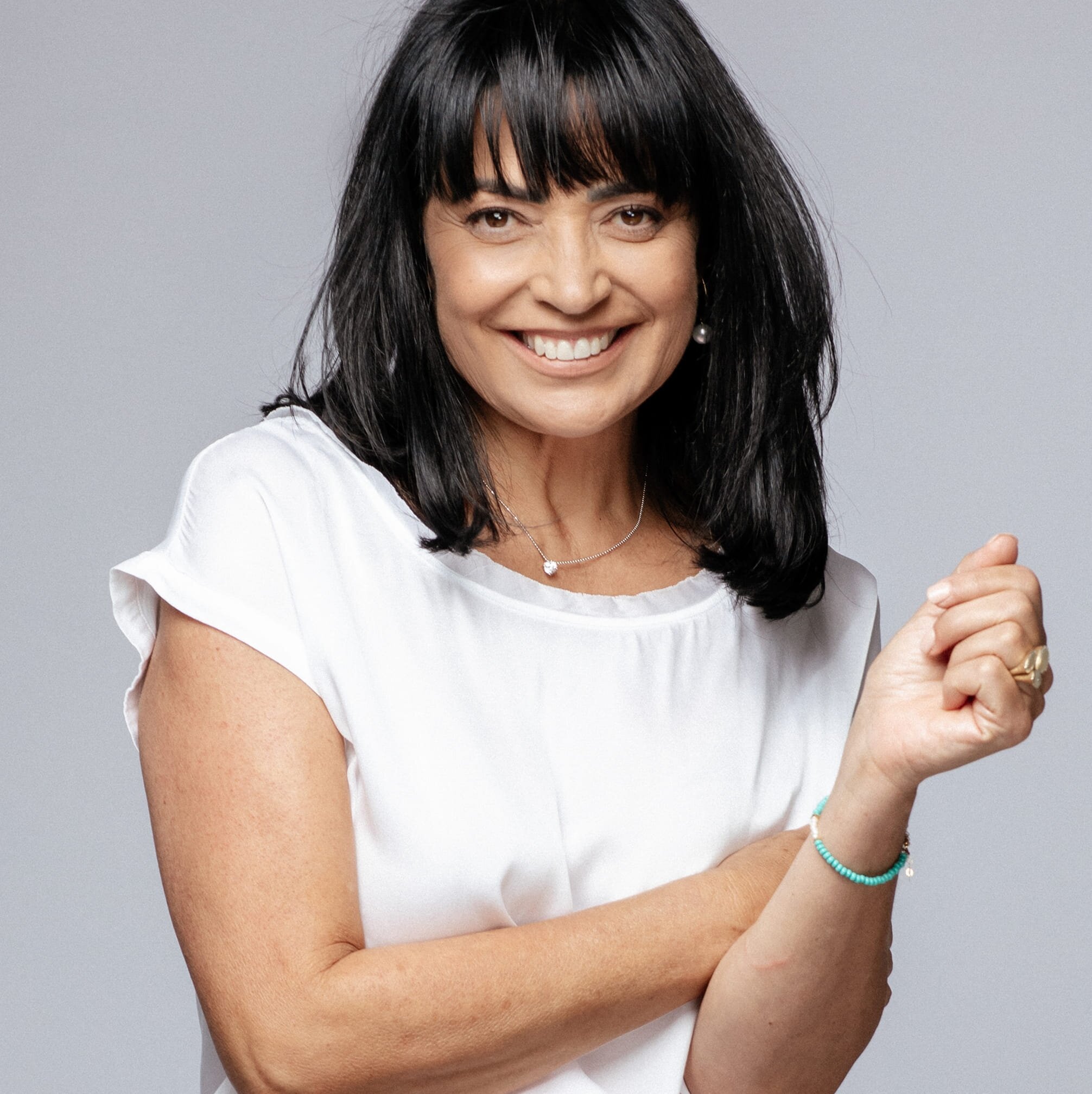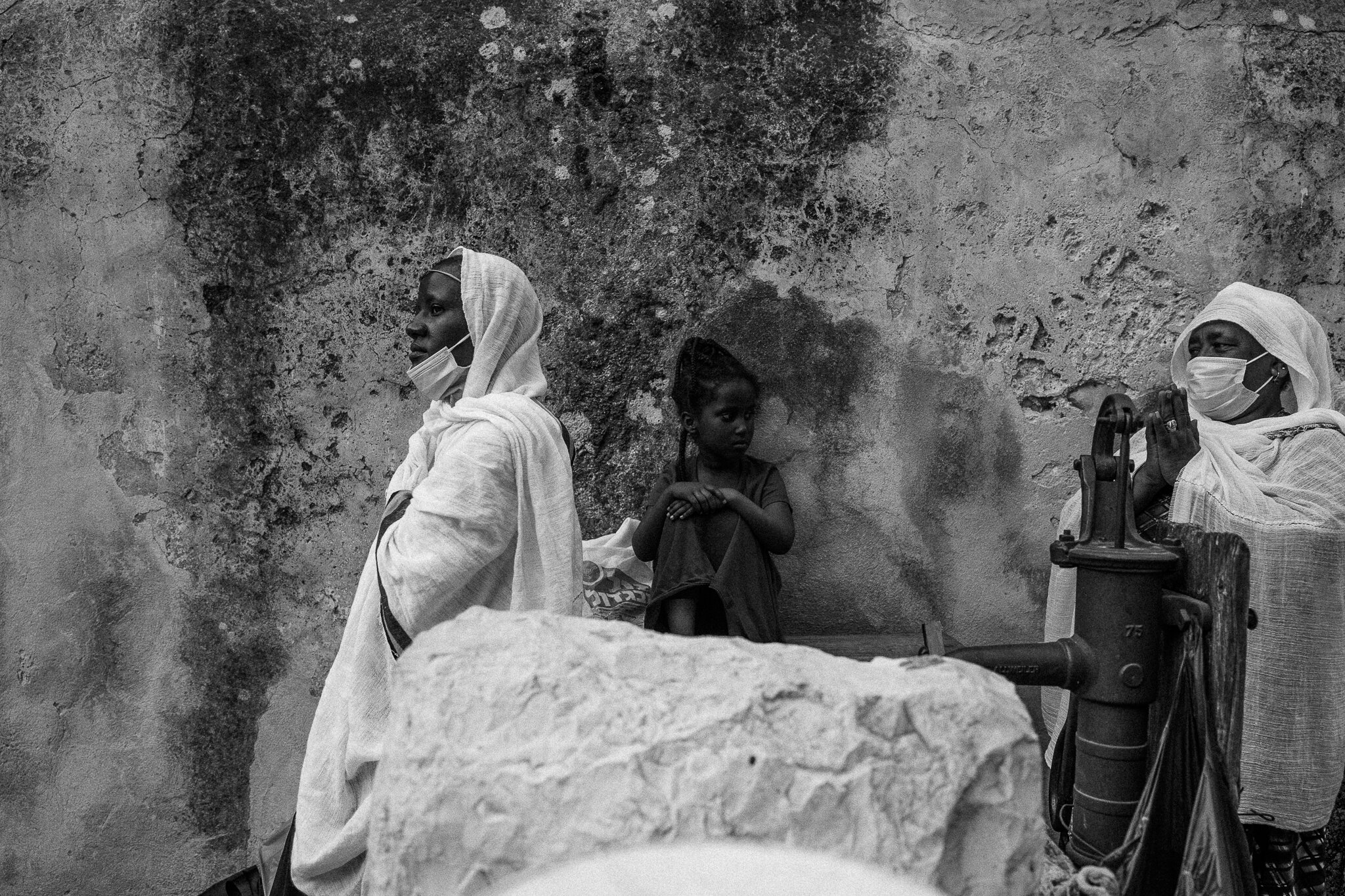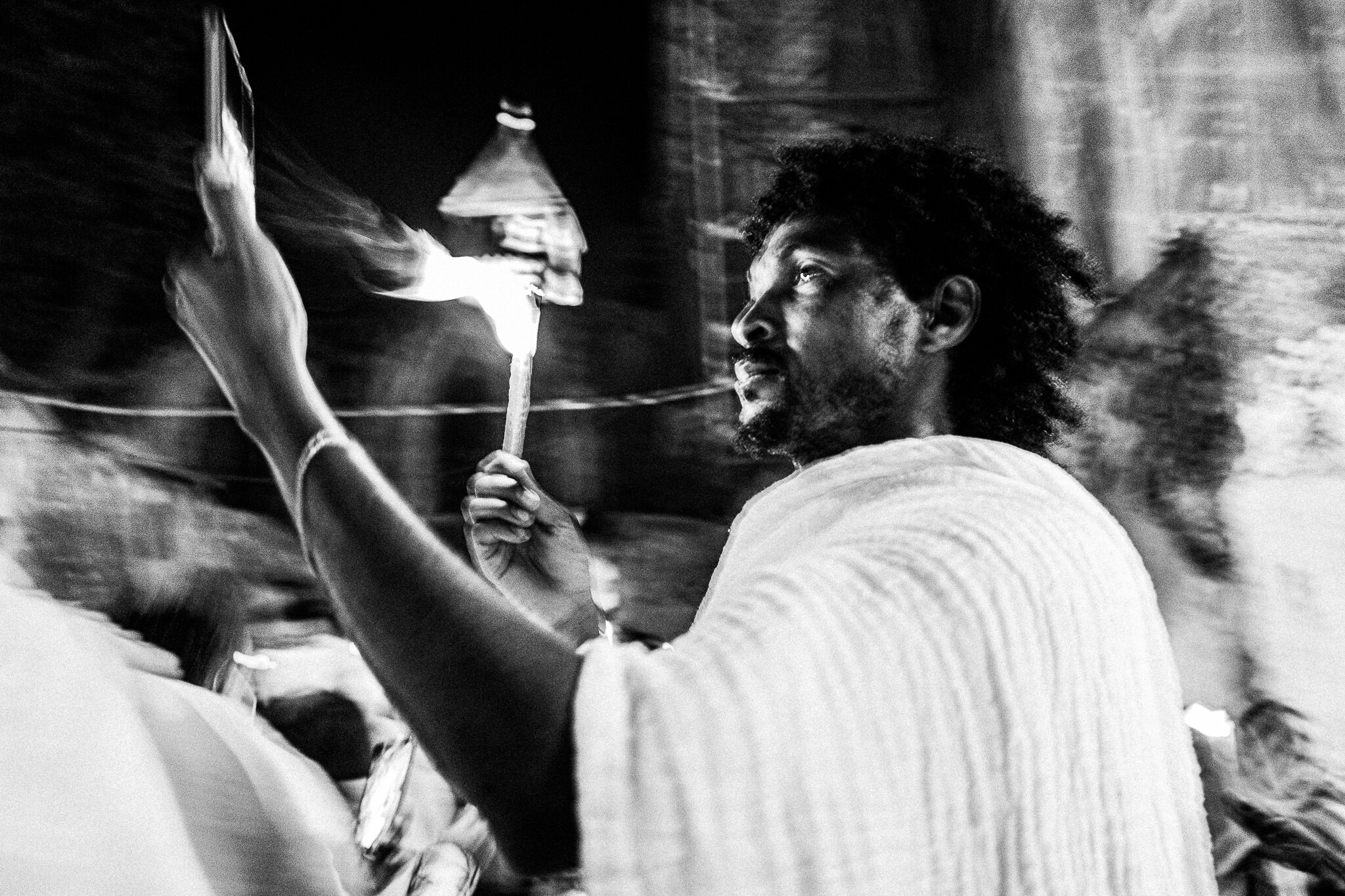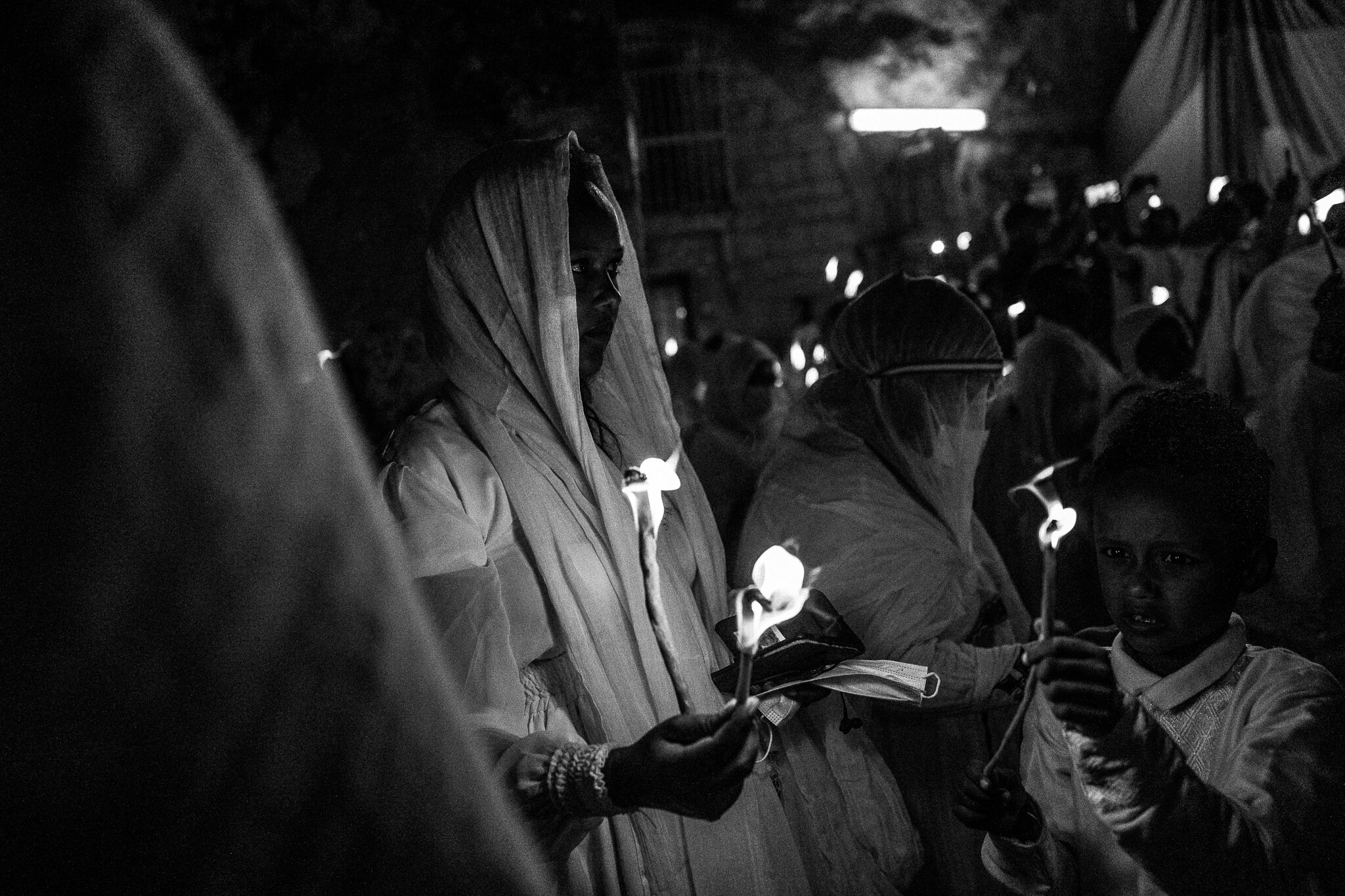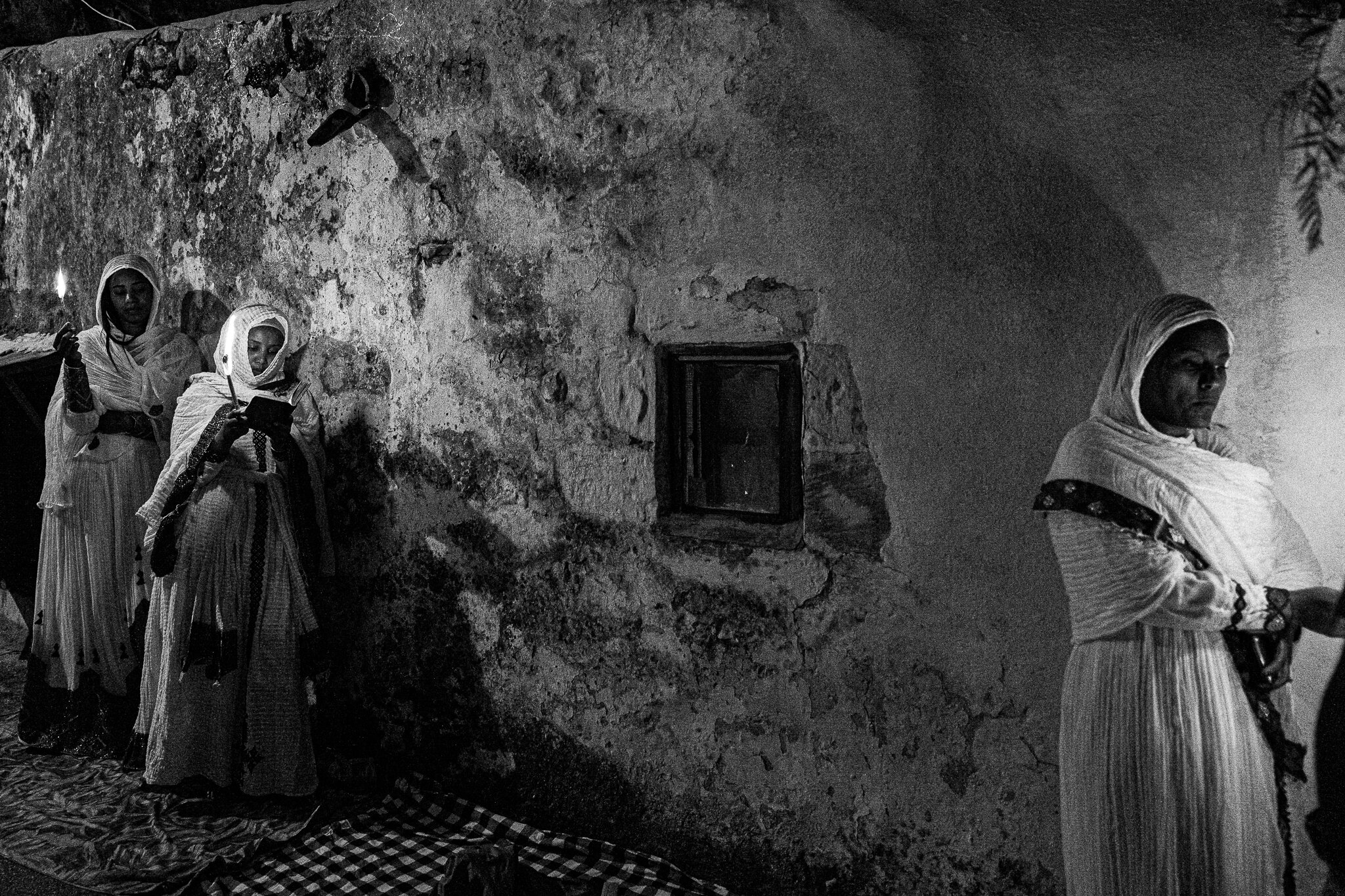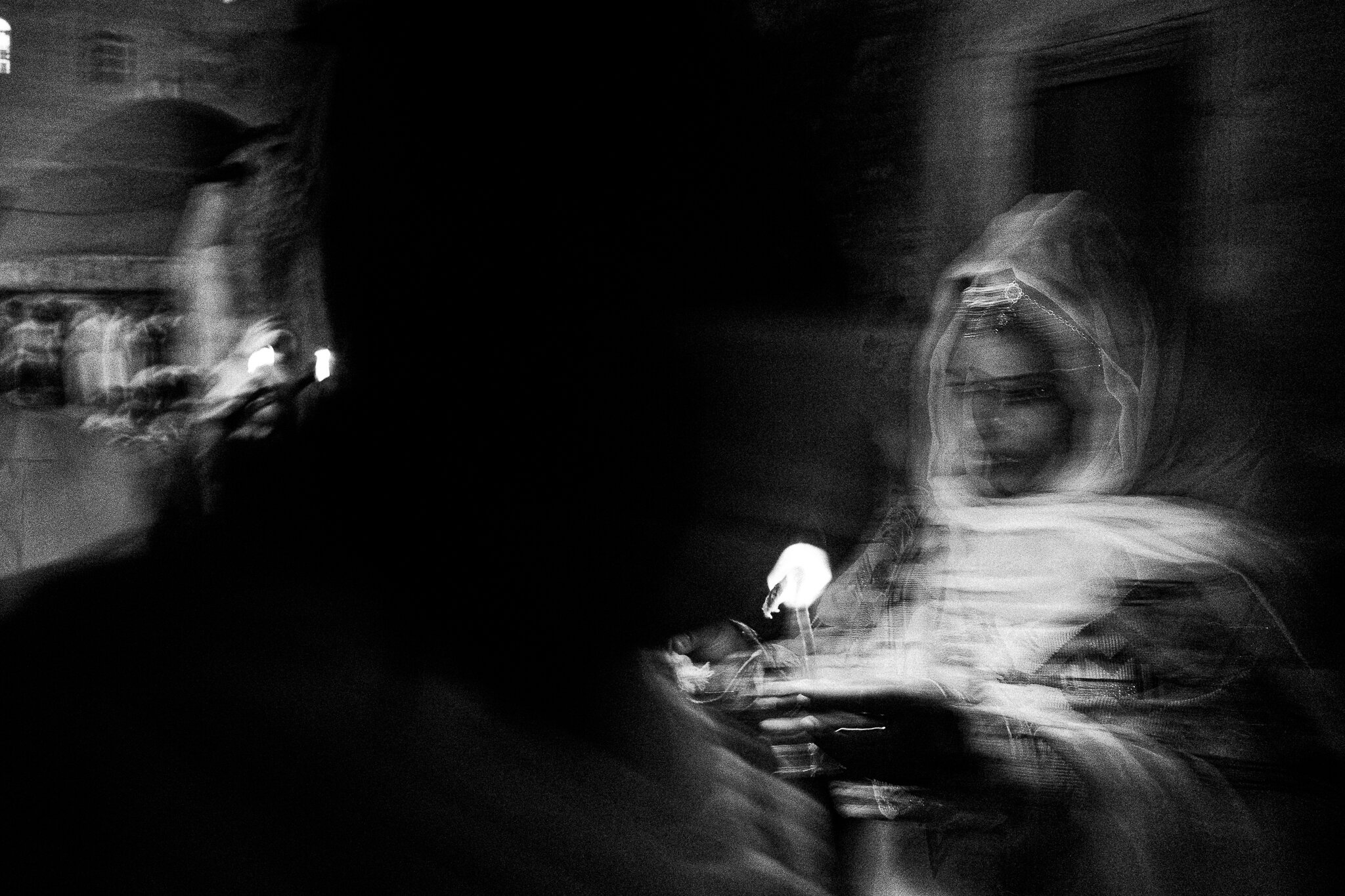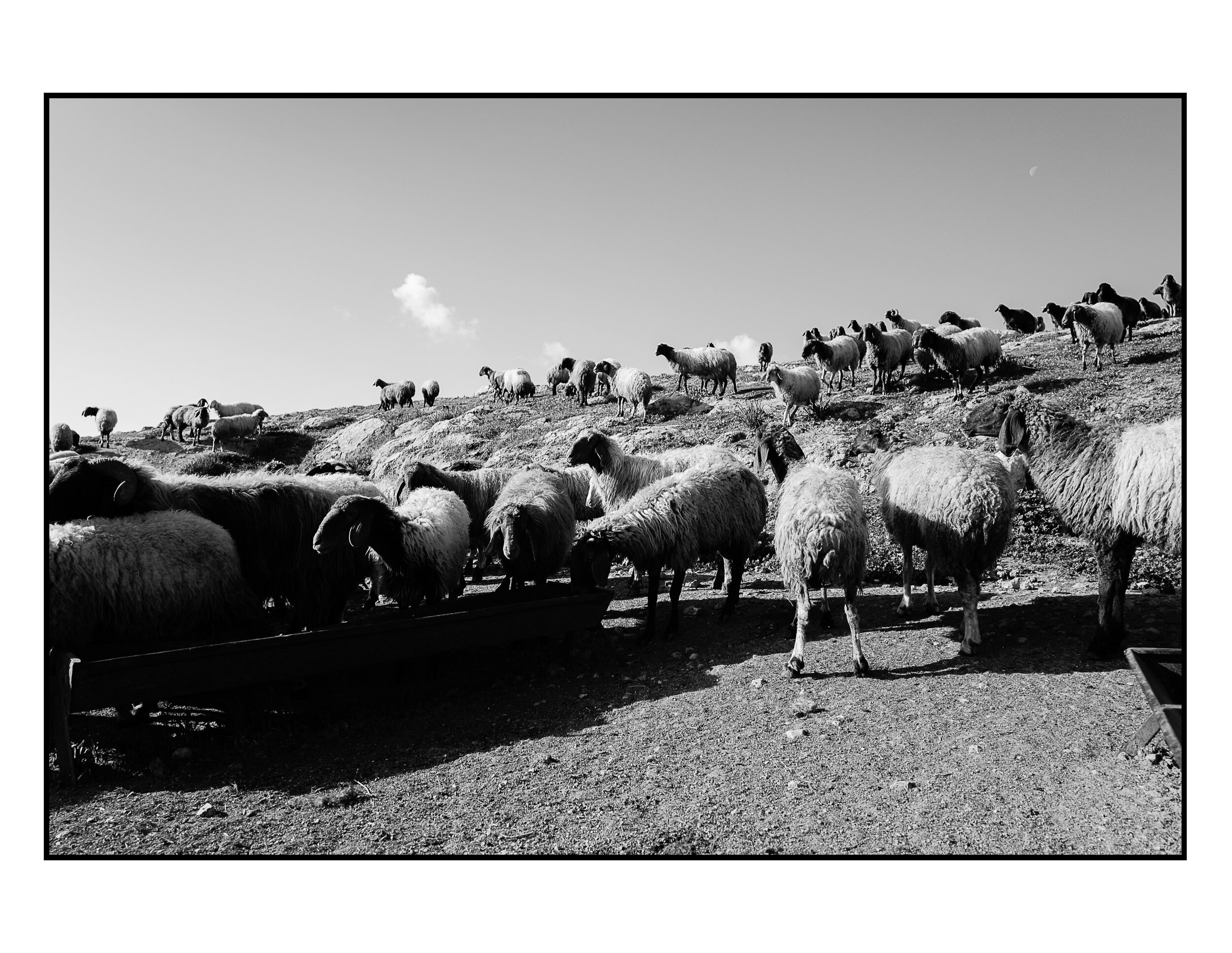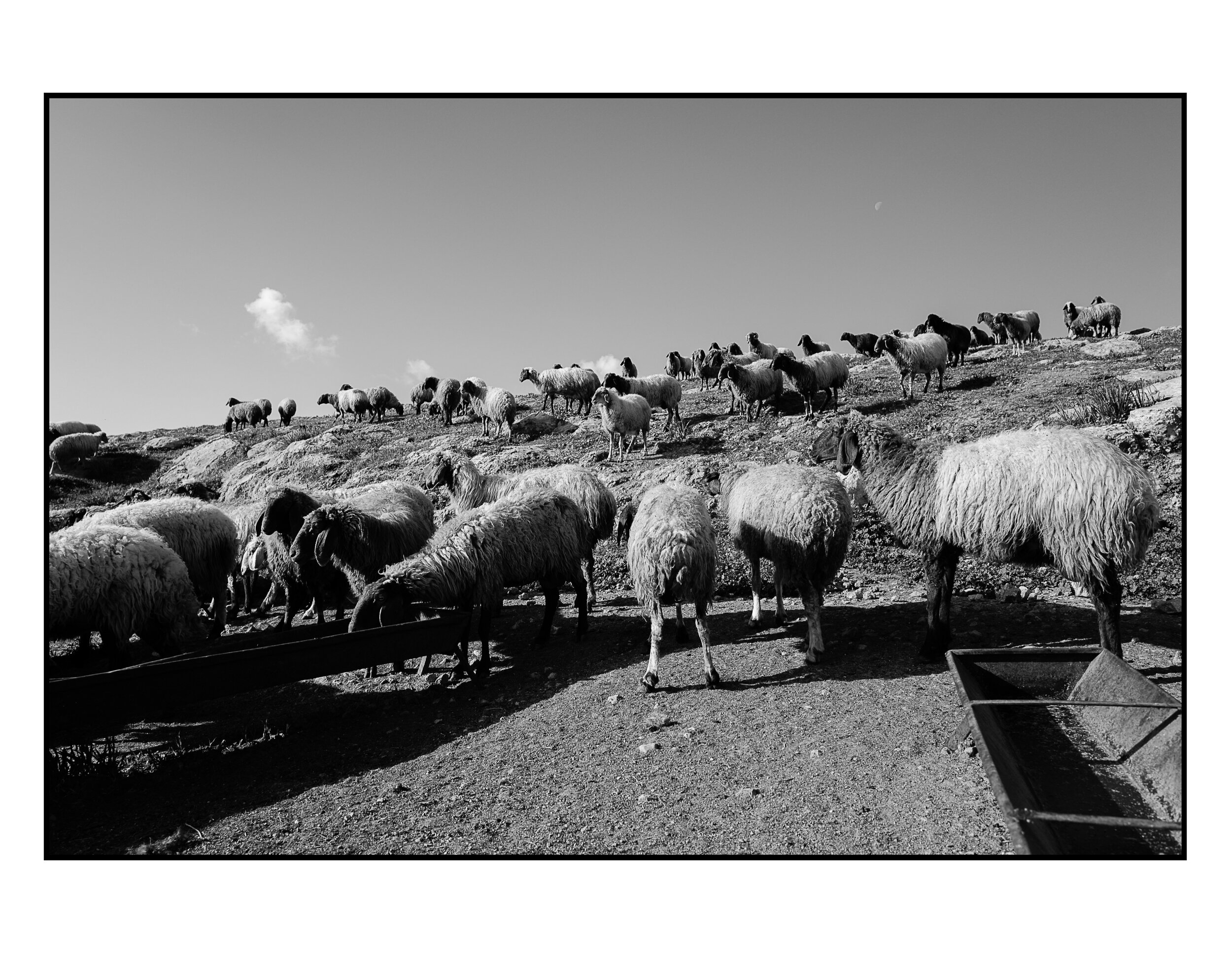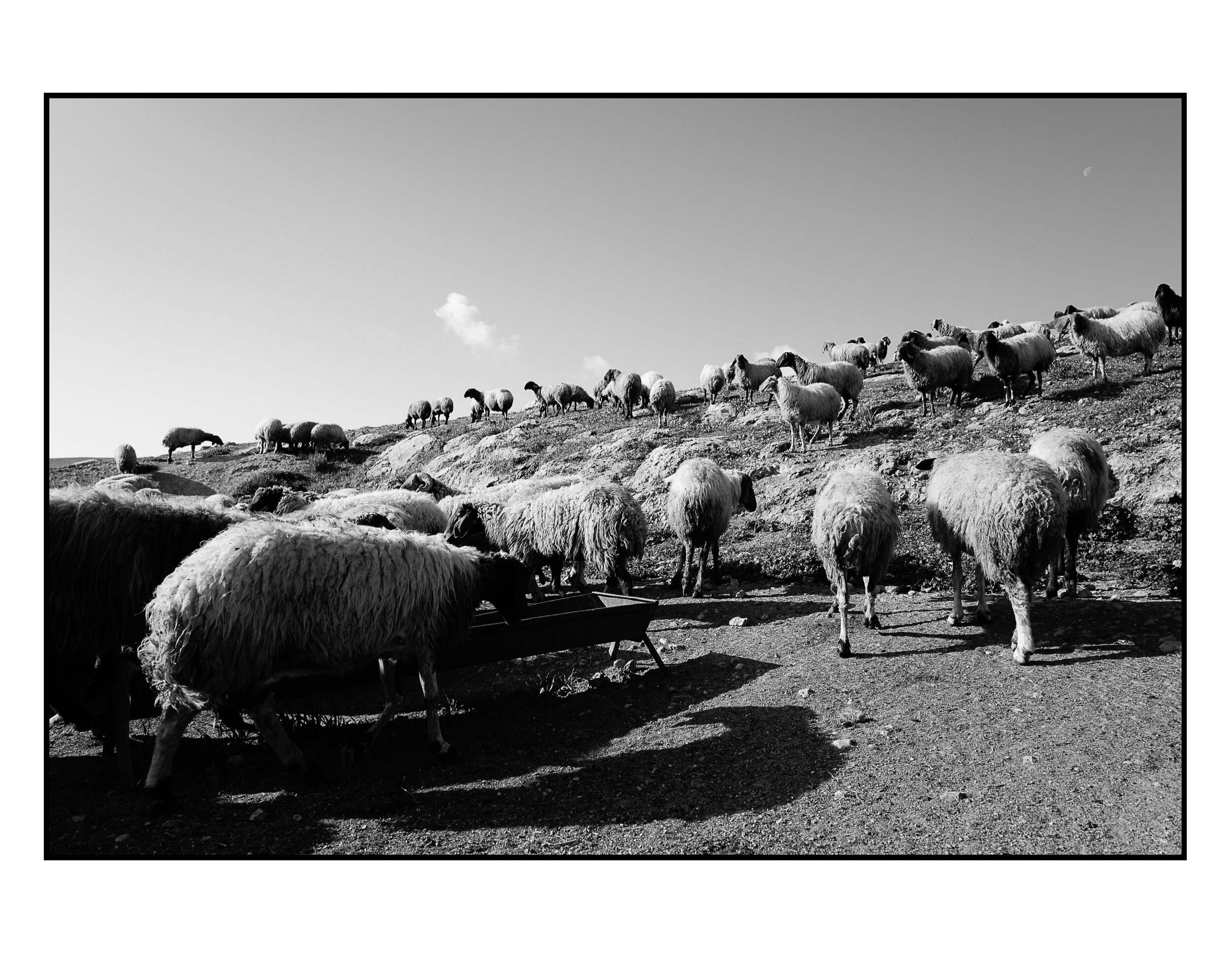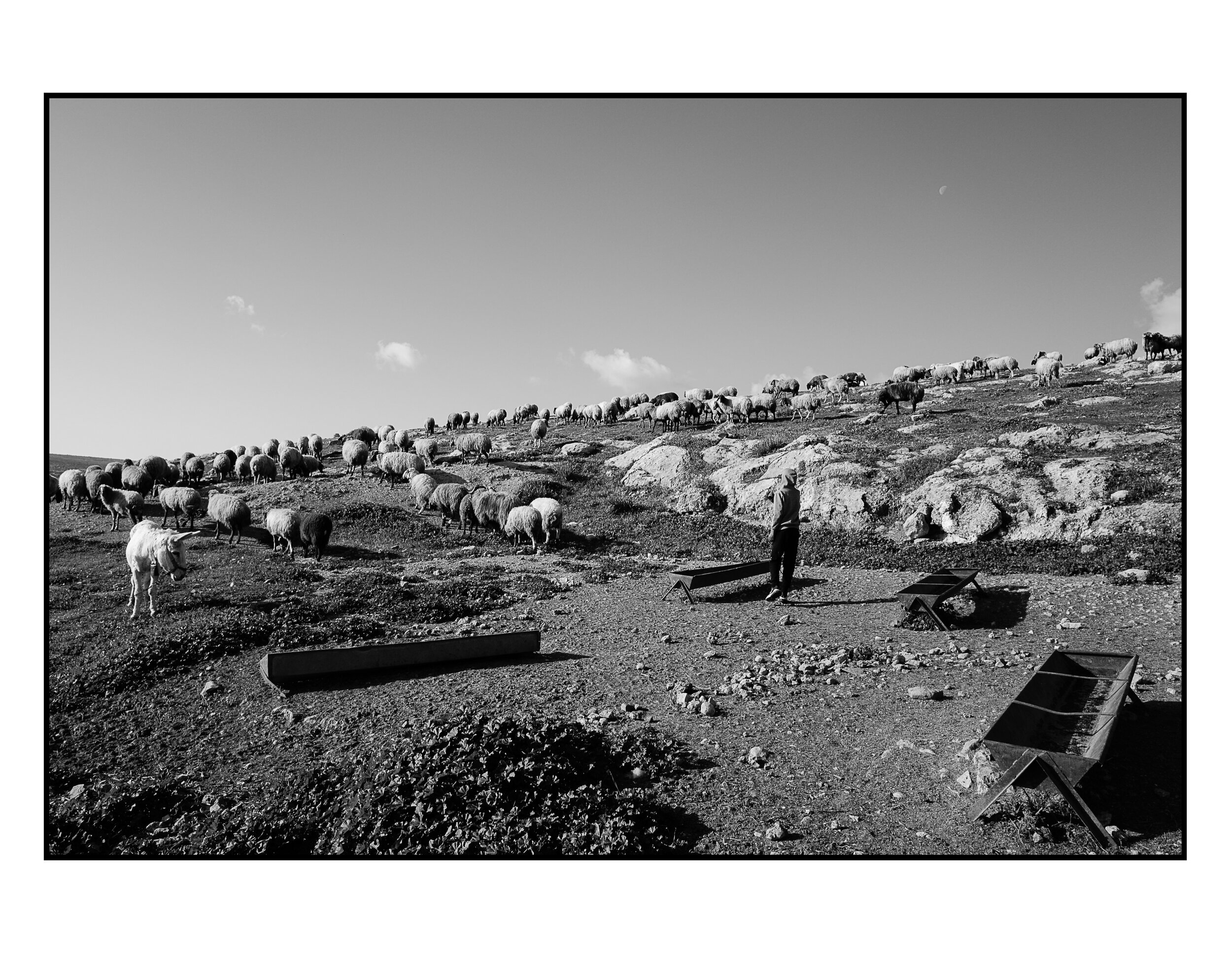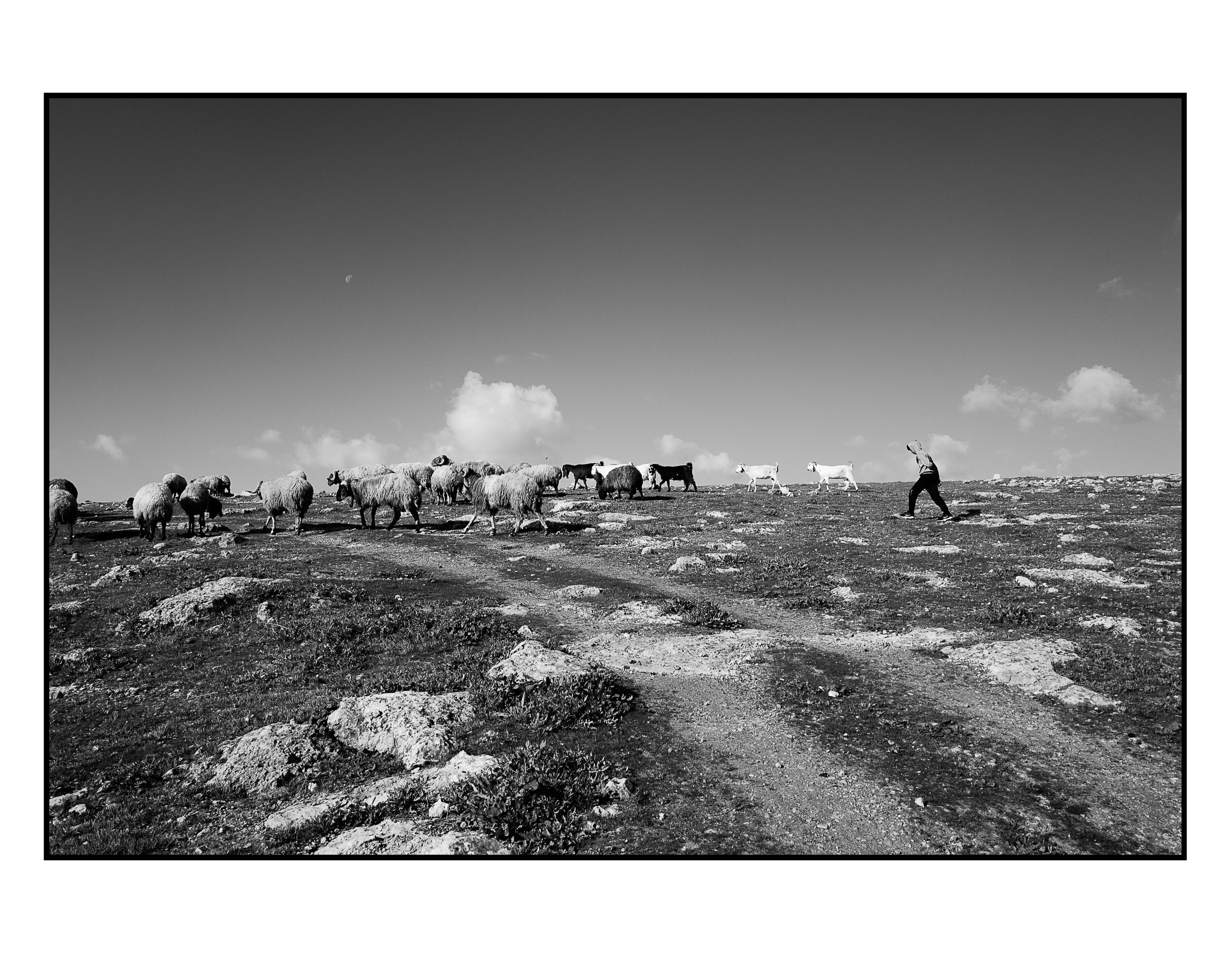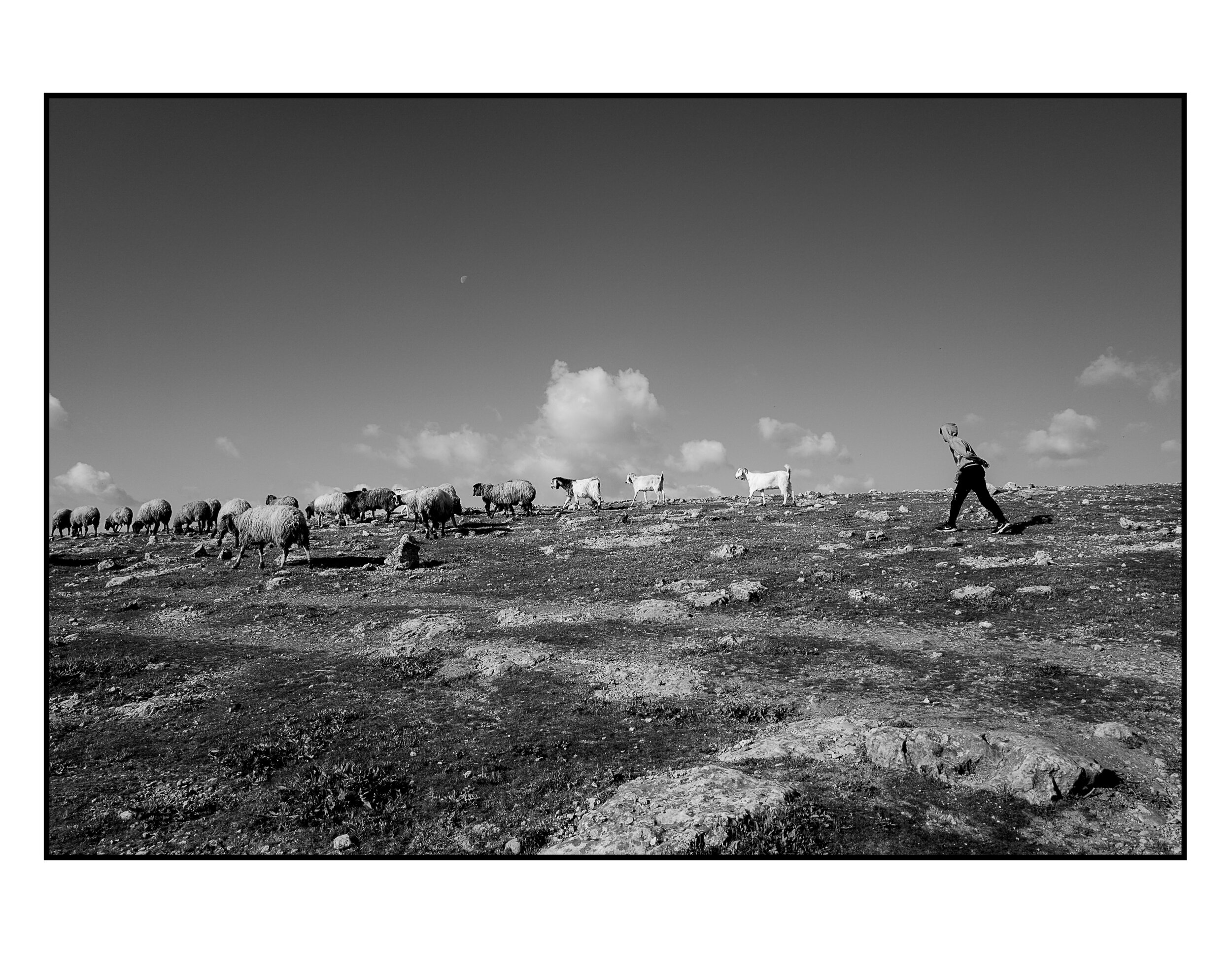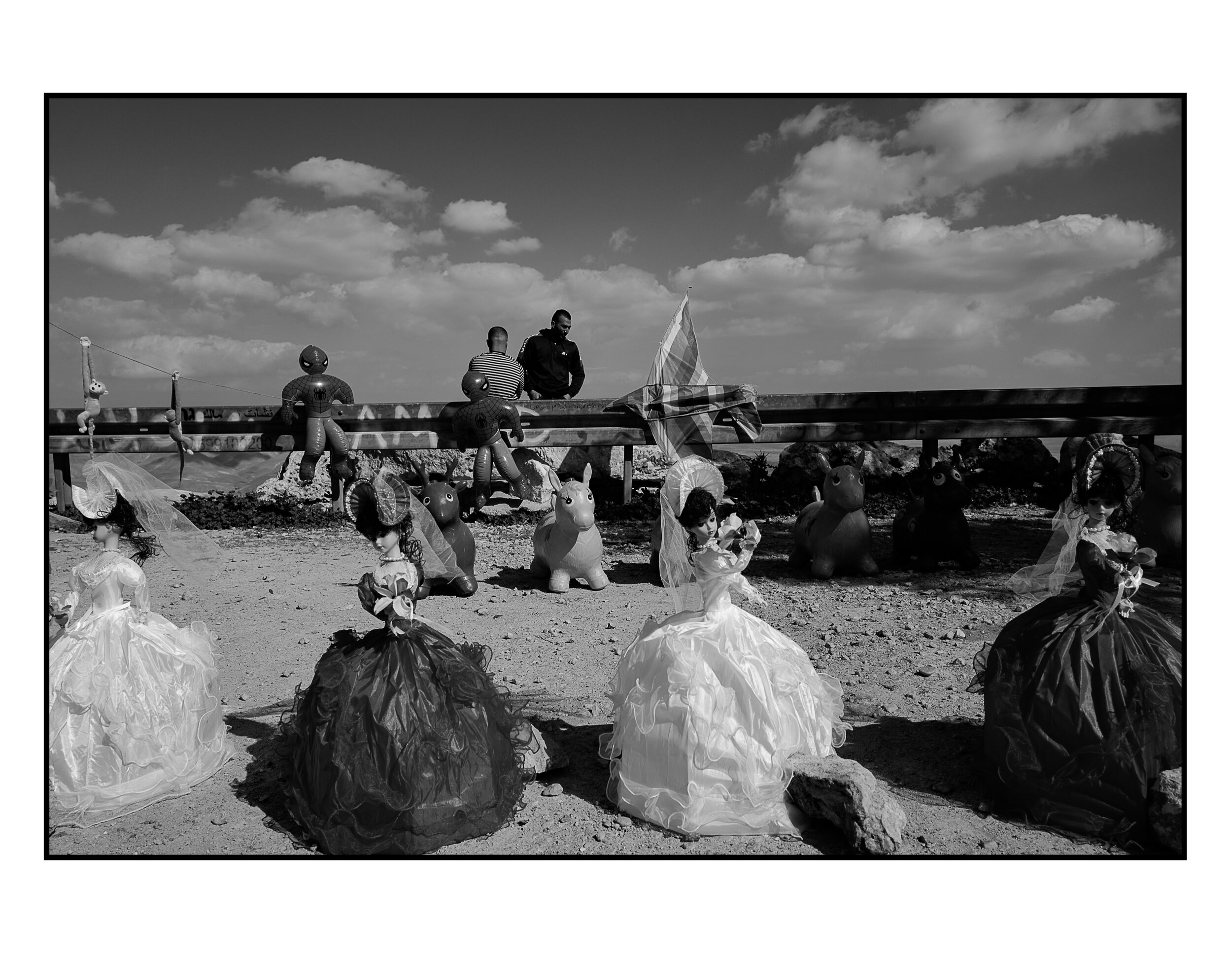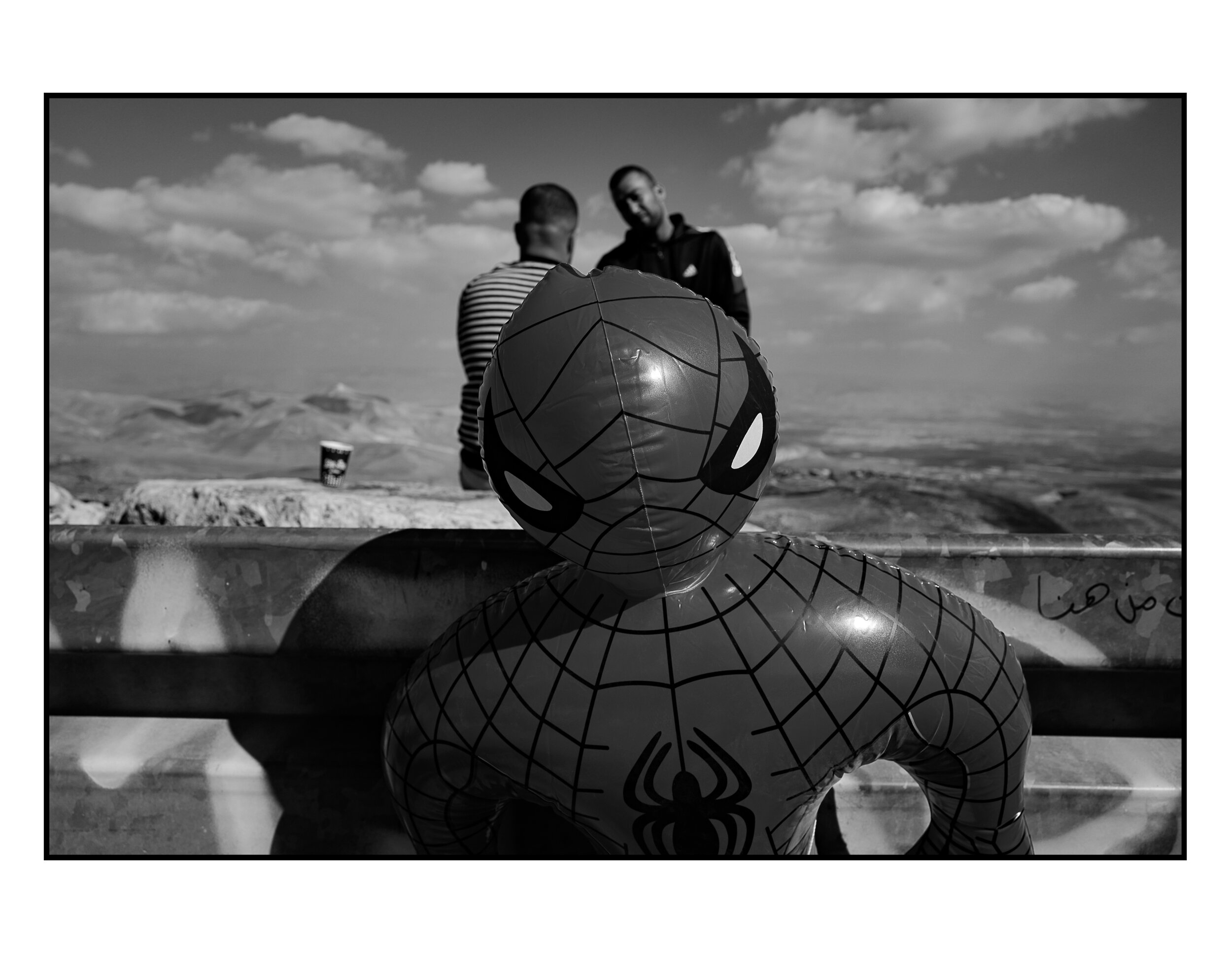As a photographer, I've always been drawn to the masters of the craft, those who don't just take pictures but tell stories through their lens. One such luminary figure who has profoundly influenced not only my work but the entire world of photography is Josef Koudelka. His journey into the realm of photography is far from conventional. He began his professional life as an engineer in Czechoslovakia before transitioning to photography in his late twenties. It was a pivot that would change the course of his life and contribute significantly to the world of visual storytelling.
Koudelka's photographic journey began in the 1950s when he was still a student, and he continued honing his craft while working as an aeronautical engineer. However, it was in 1961 that he truly embarked on his photographic career, capturing the lives of the Roma people in Czechoslovakia and the world of theater in Prague. By 1967, he had fully committed himself to photography.
"I try to be a photographer." These words resonate with anyone who has ever felt the magnetic pull of a creative passion. Koudelka's transition from engineering to photography reminds us that it's never too late to follow our artistic calling. It's a reminder that our true passions have a way of finding us, no matter where we start.
In 1968, Koudelka found himself thrust into a historic moment when he photographed the Soviet invasion of Prague. To protect himself and his family, he published these images under the initials P. P. (Prague Photographer). Despite the risks, he was anonymously awarded the Overseas Press Club’s Robert Capa Gold Medal for these photographs in 1969.
Koudelka's courageous act of documenting a pivotal historical event, even at great personal risk, speaks volumes about the power and responsibility of photographers. His images remind us that photography is not just an art form but also a tool for bearing witness and sparking change.
What sets Koudelka apart is his unique journey. His initial foray into photography through the theater allowed him to refine his technique and develop his signature stark, contrasty style. This experience provided both the technical and financial foundation he needed later to pursue his documentary work with the Roma people.
Koudelka's transition from photographing theater to documenting the lives of the Roma is noteworthy. It highlights the importance of diversifying one's photography skills by exploring different genres. Just as Koudelka's theater work enriched his abilities in documentary photography, other photographers can benefit from diversifying their experiences to become more well-rounded artists.
Another key aspect of Koudelka's approach is his reluctance to explain his photographs. He believes in letting the images speak for themselves, allowing viewers to interpret and create their narratives. This philosophy encourages a more engaging and open-ended interaction with his work, inviting viewers to connect with it on a personal level.
In a world often filled with noise and explanations, Koudelka's approach reminds us to trust our audience. To trust that viewers can derive their meanings and emotions from our work. It's a powerful lesson in the art of subtlety.
Koudelka's mastery of various lenses for different projects is also instructive. He adapted his equipment to suit the specific needs of each project, emphasizing the importance of choosing the right tools for the job. This flexibility and willingness to experiment have enriched his body of work.
In a world where gear often takes center stage, Koudelka's approach grounds us. It reminds us that the camera is a tool, not the creator. It's a lesson in resourcefulness and adaptability.
Furthermore, Koudelka's patient approach to photography is a valuable lesson. He allows his images to "marinate" over time, revisiting them and making deliberate, thoughtful decisions about their significance and placement. This patient editing process ensures that his final body of work is cohesive and powerful.
In an age of instant gratification, Koudelka's approach teaches us that great art often requires time and reflection. It's a reminder that our initial impressions of our work may not reveal its true depth.
Koudelka's enduring passion for photography, even after nearly seven decades, demonstrates that age should not limit one's creative pursuits. He views each day as an opportunity to capture meaningful moments through his lens. This unwavering commitment to his craft serves as a reminder to all photographers to keep their passion alive and stay open to new challenges.
“Many photographers like Robert Frank and Cartier Bresson stopped photographing after 70 years because they felt that they had nothing more to say. In my case I still wake up and want to go and take photographs more than
ever before. But I can see that a certain type of photography has come to an end because the subjects don’t exist anymore. From 1961 to 1966 I took pictures of Gypsies because I loved the music and culture. They were like me in many ways. Now there are less and less of these people so I can’t really say anything else about them.
What I can do is update projects like “The Black Triangle”, as that is about a specific landscape that doesn’t exist anymore. I can show how it was before and how it is now, so people realize what’s going on. That keeps me excited.” - Josef Koudelka
Living simply has been a fundamental part of Koudelka's life. His minimalistic approach to personal belongings and his willingness to live modestly allowed him to focus on his artistic endeavors without distractions. This simplicity not only eased his path as a photographer but also kept him grounded in his pursuit of visual storytelling.
In conclusion, Josef Koudelka's photography teaches us to make our work personal, to follow our passions, and to keep shooting. He encourages photographers to embrace simplicity, prioritize their creative journey over material pursuits, and allow their images to speak for themselves. Koudelka's legacy serves as an enduring source of inspiration for photographers, reminding us that the true essence of photography lies in the raw, unfiltered emotions it captures and the stories it tells.
At the end of the day, there are many lessons we can learn from his passion, hard work, and genius. But remember, at the end of the day– he didn’t pursue his photography for the money, fame, or to impress others. He photographed for the love of it and for himself.
**Recommended Books by Josef Koudelka**
1. "Exiles" - This book features Koudelka's stunning black and white photographs taken between 1968 and 1988, capturing the lives of various exiled communities. It provides a powerful visual narrative of displacement and resilience.
2. "Gypsies" - Dive into Koudelka's immersive photographic exploration of the Roma people's lives. Originally published in 1975, this work remains a significant contribution to the world of documentary photography.
3. "Chaos" - Josef Koudelka's "Chaos" presents a series of photographs taken between 1986 and 1997, capturing moments of upheaval and change in various European countries. This book showcases his mastery of visual storytelling during turbulent times.
4. "Wall: Israeli and Palestinian Landscapes" - Explore Koudelka's recent work that delves into the complexities of the Israeli-Palestinian conflict, both in terms of physical barriers and emotional divisions.

